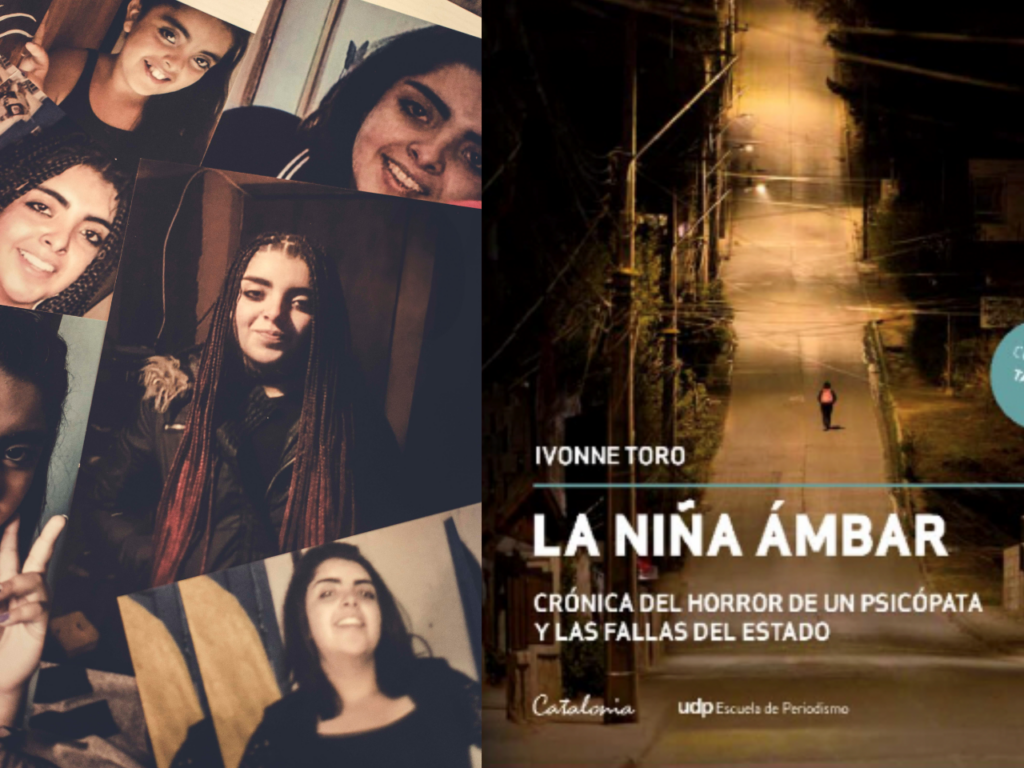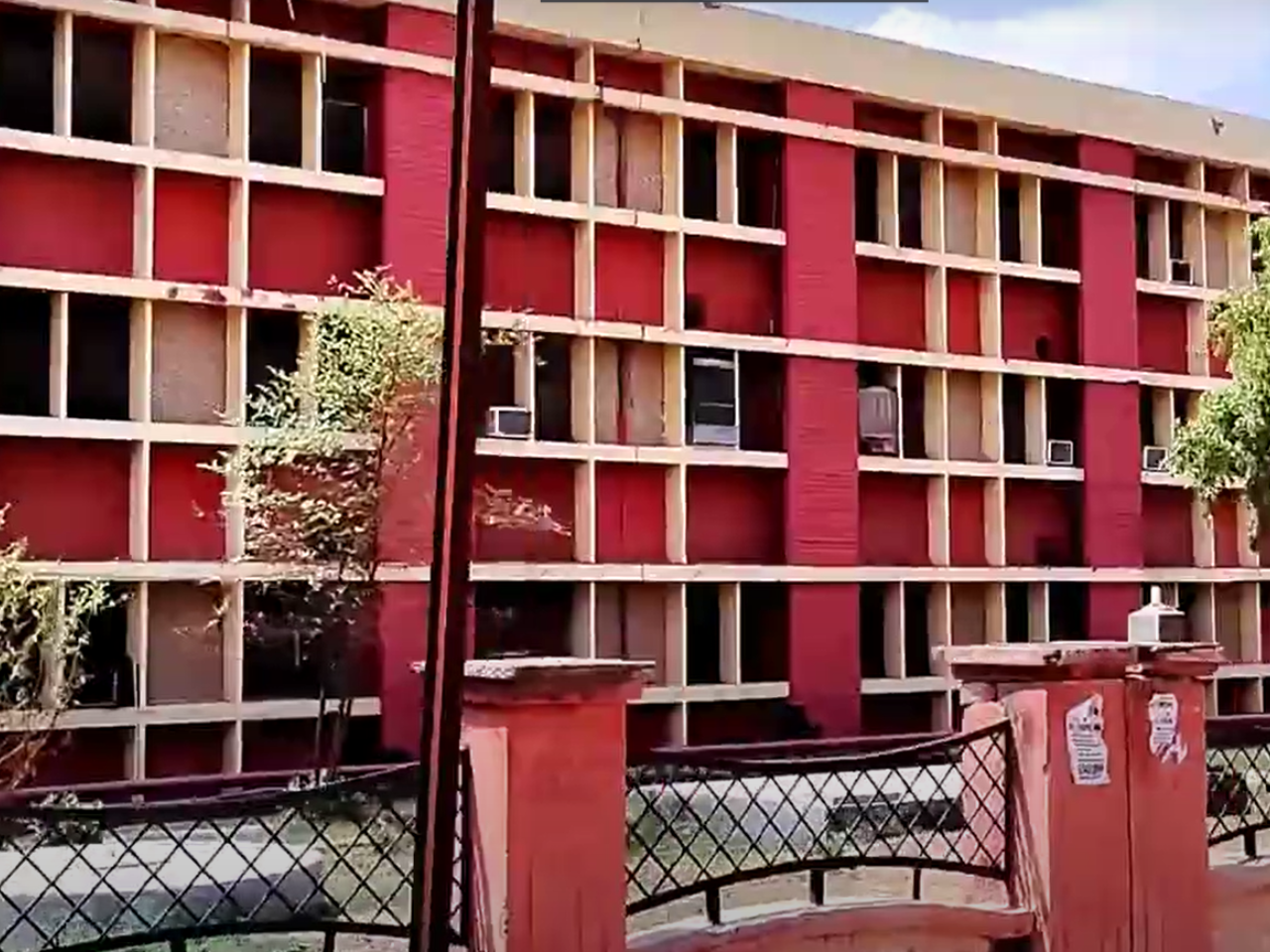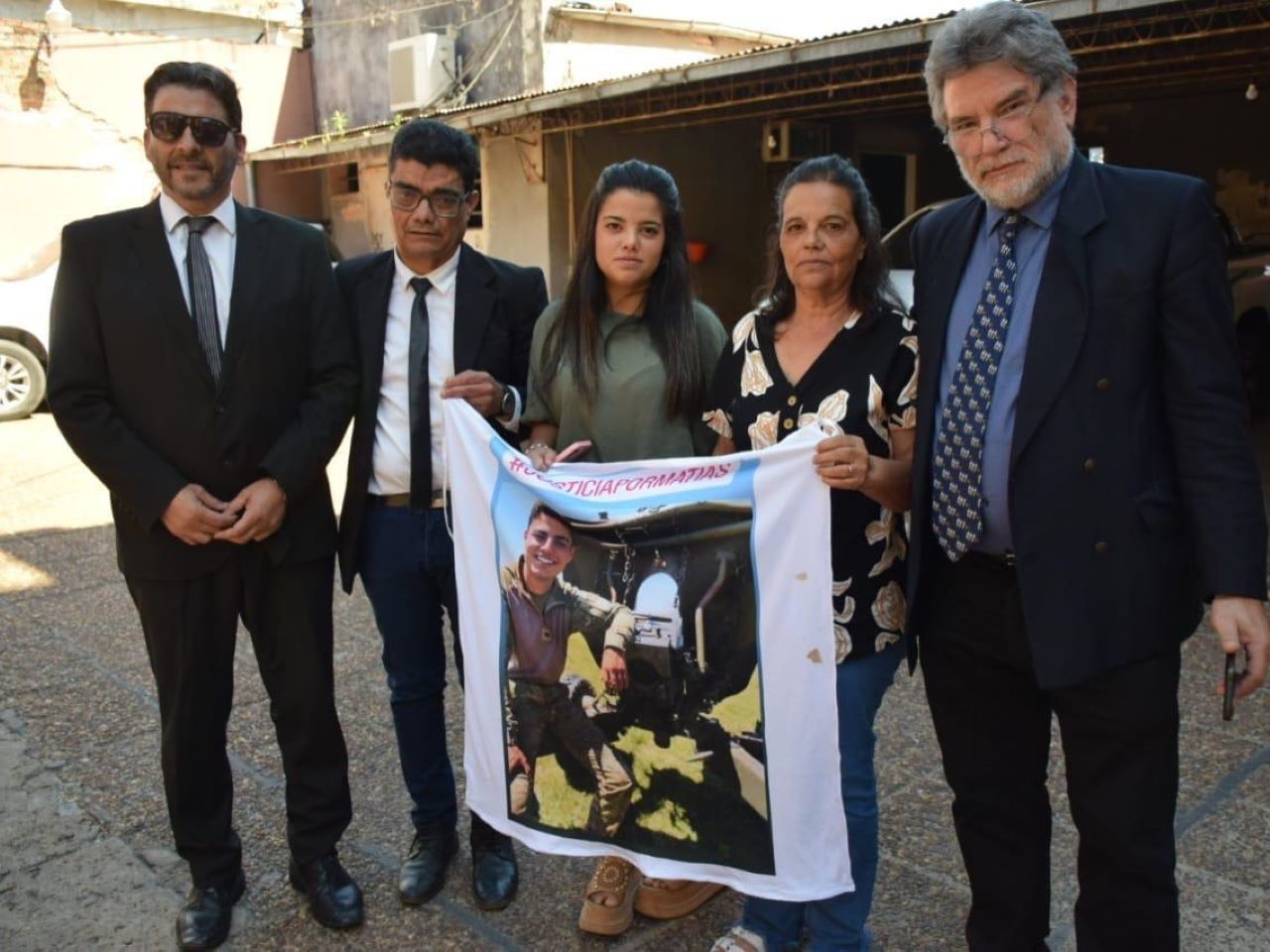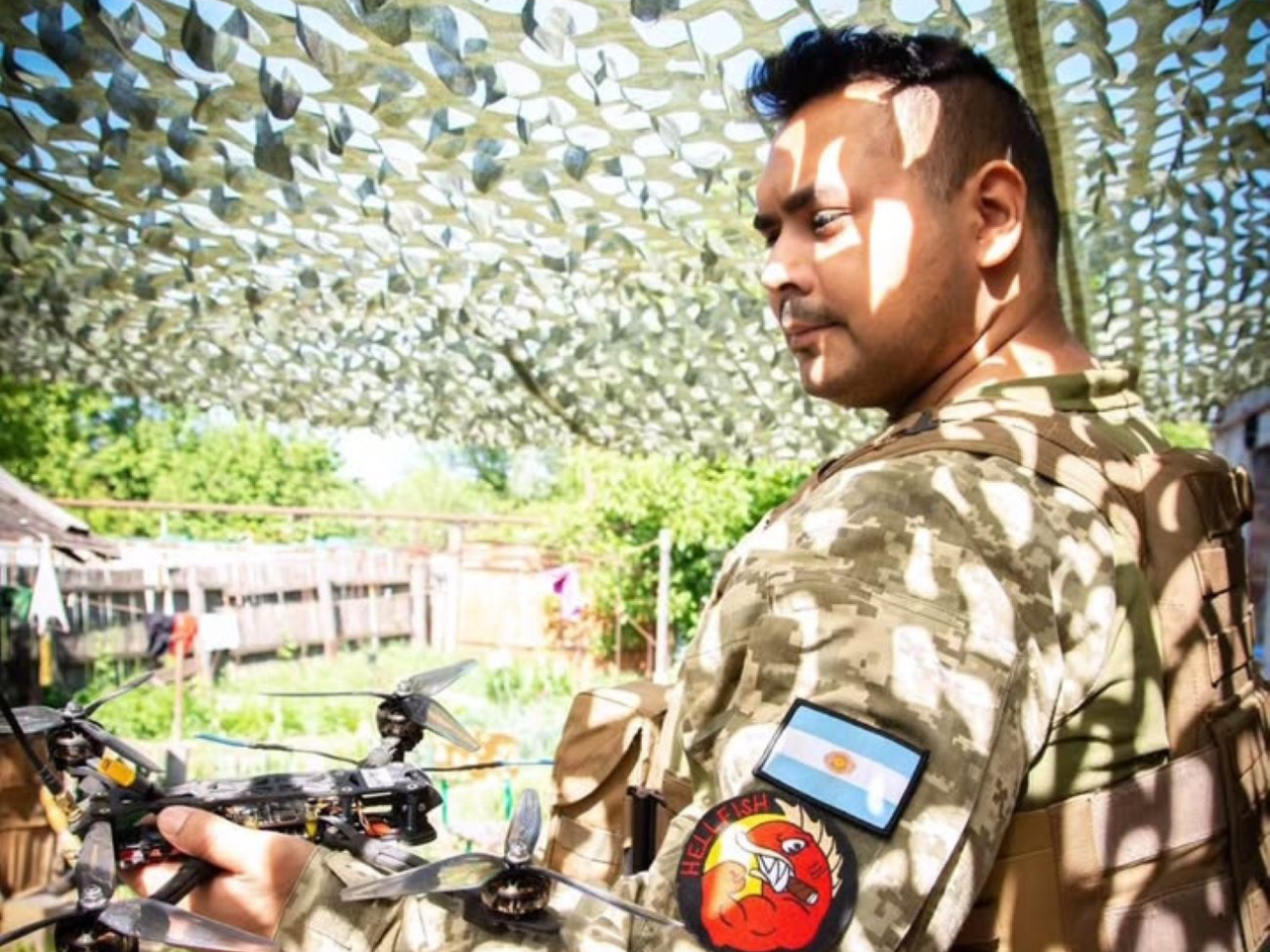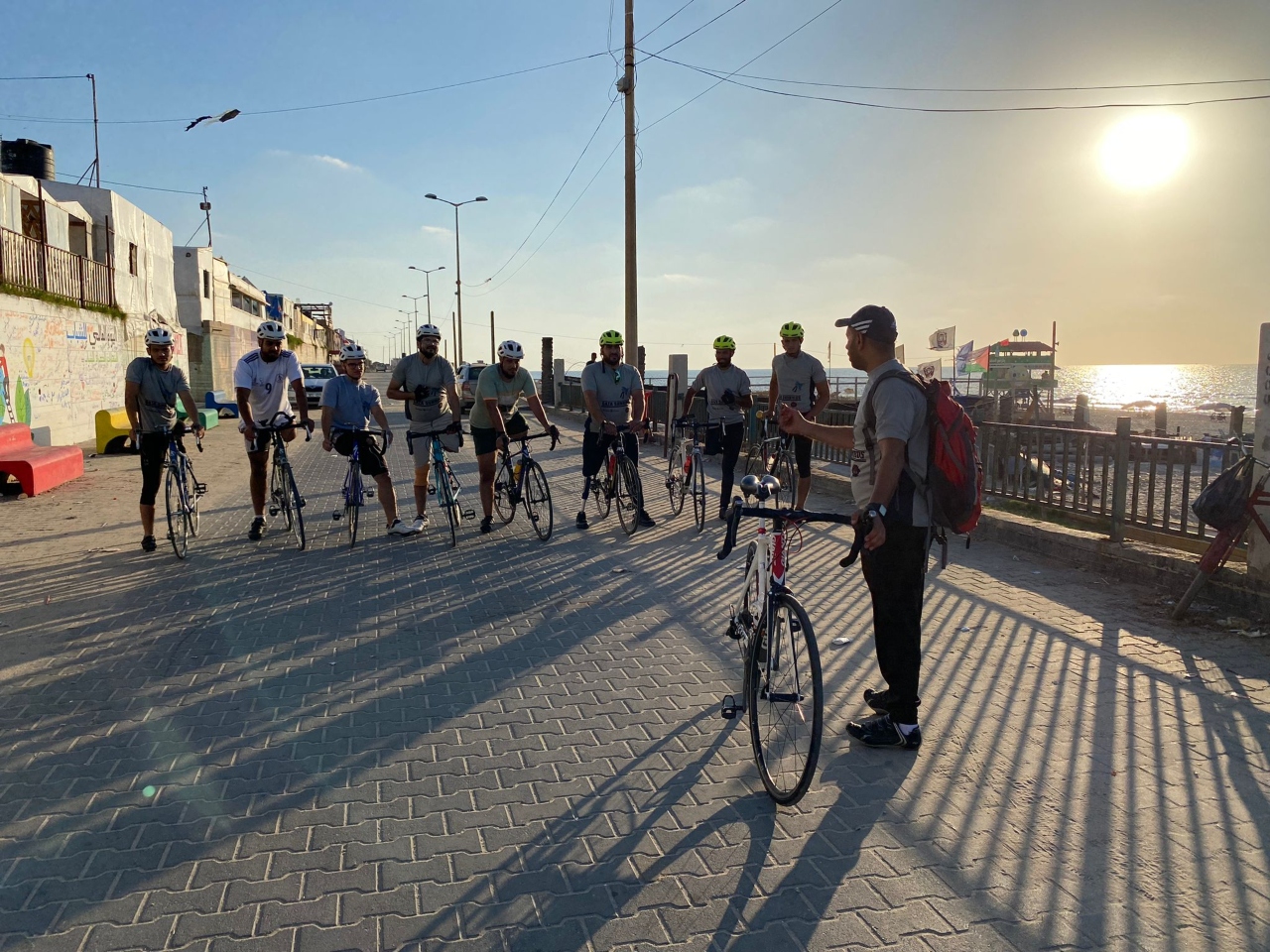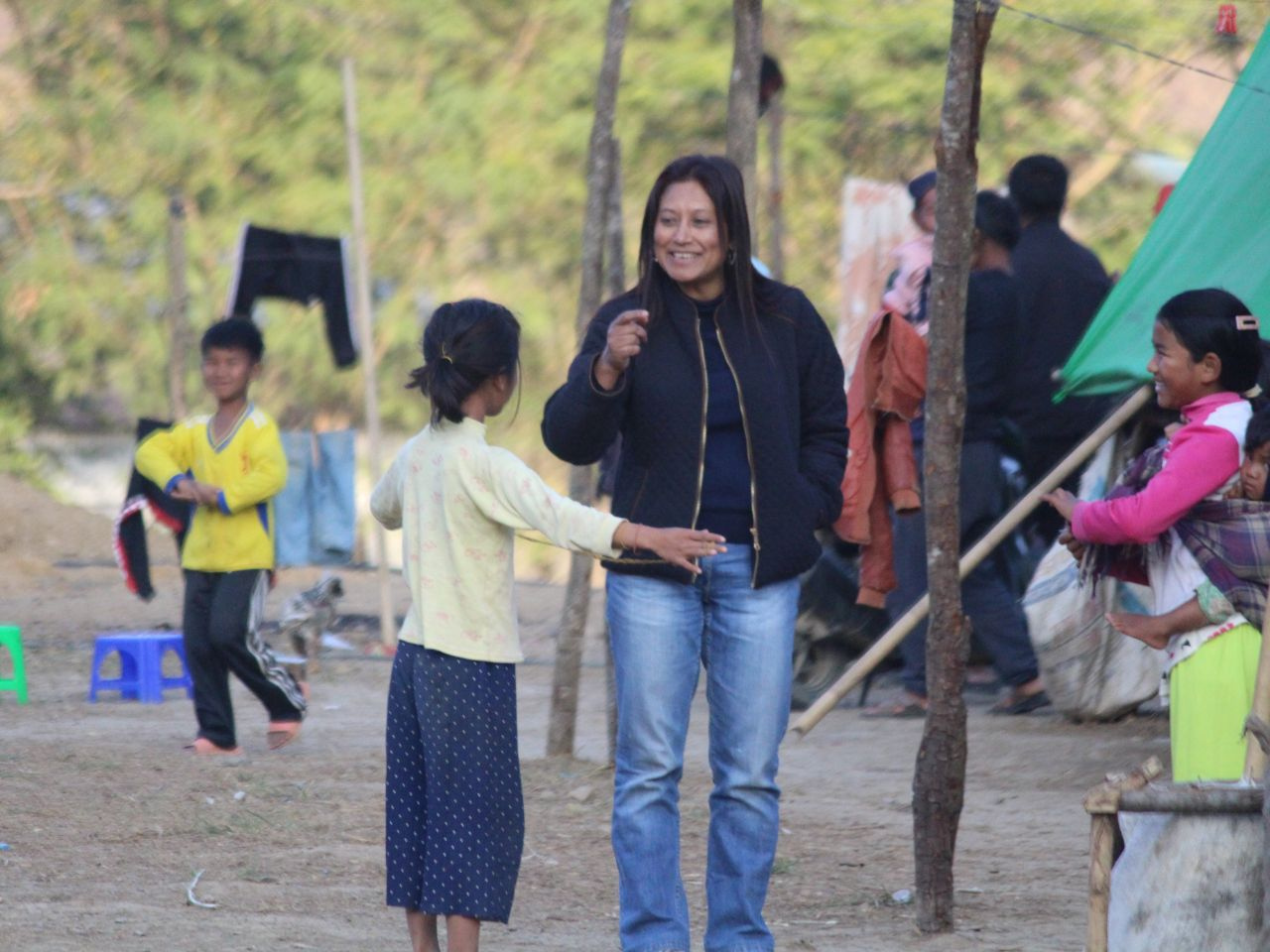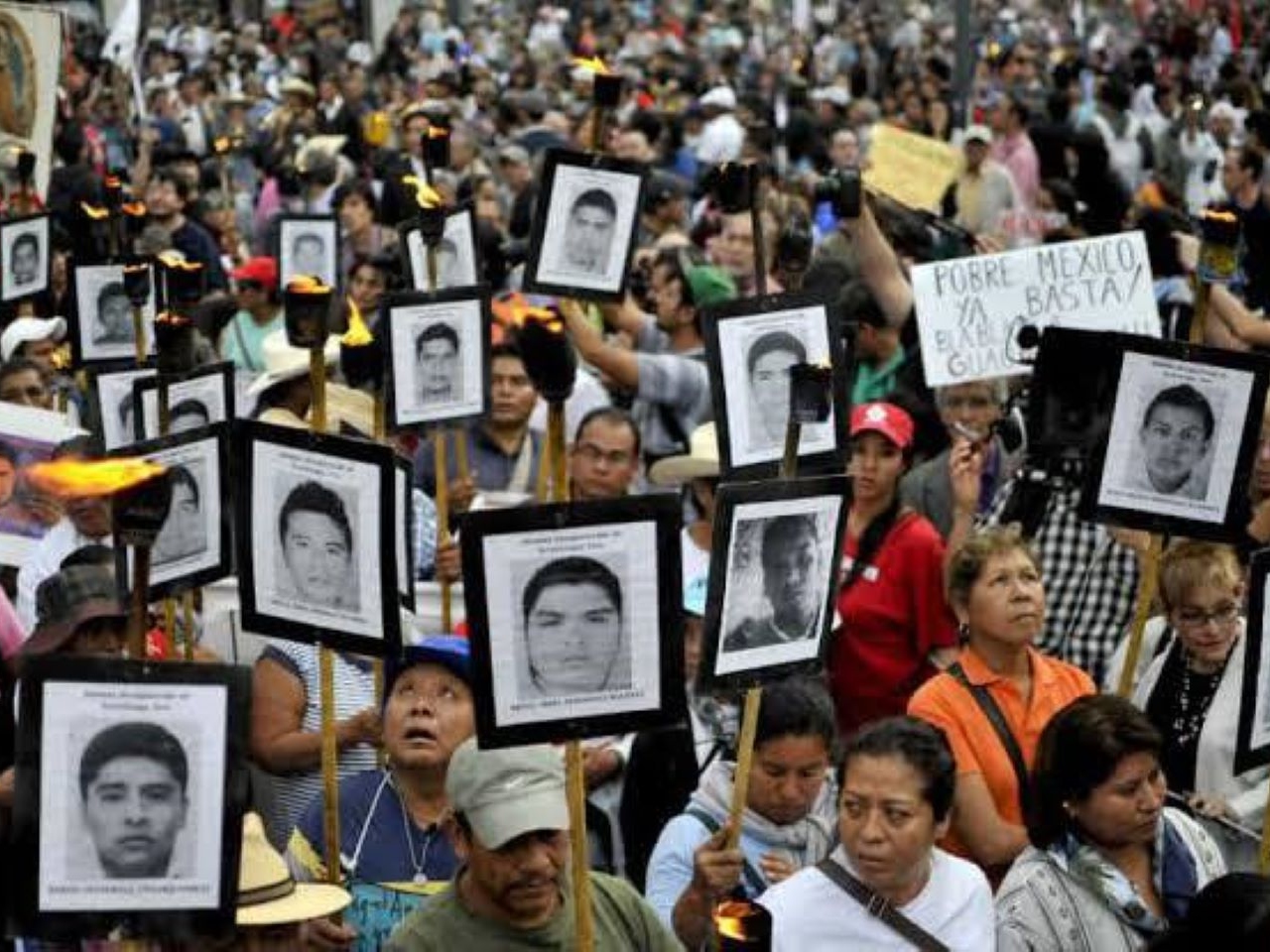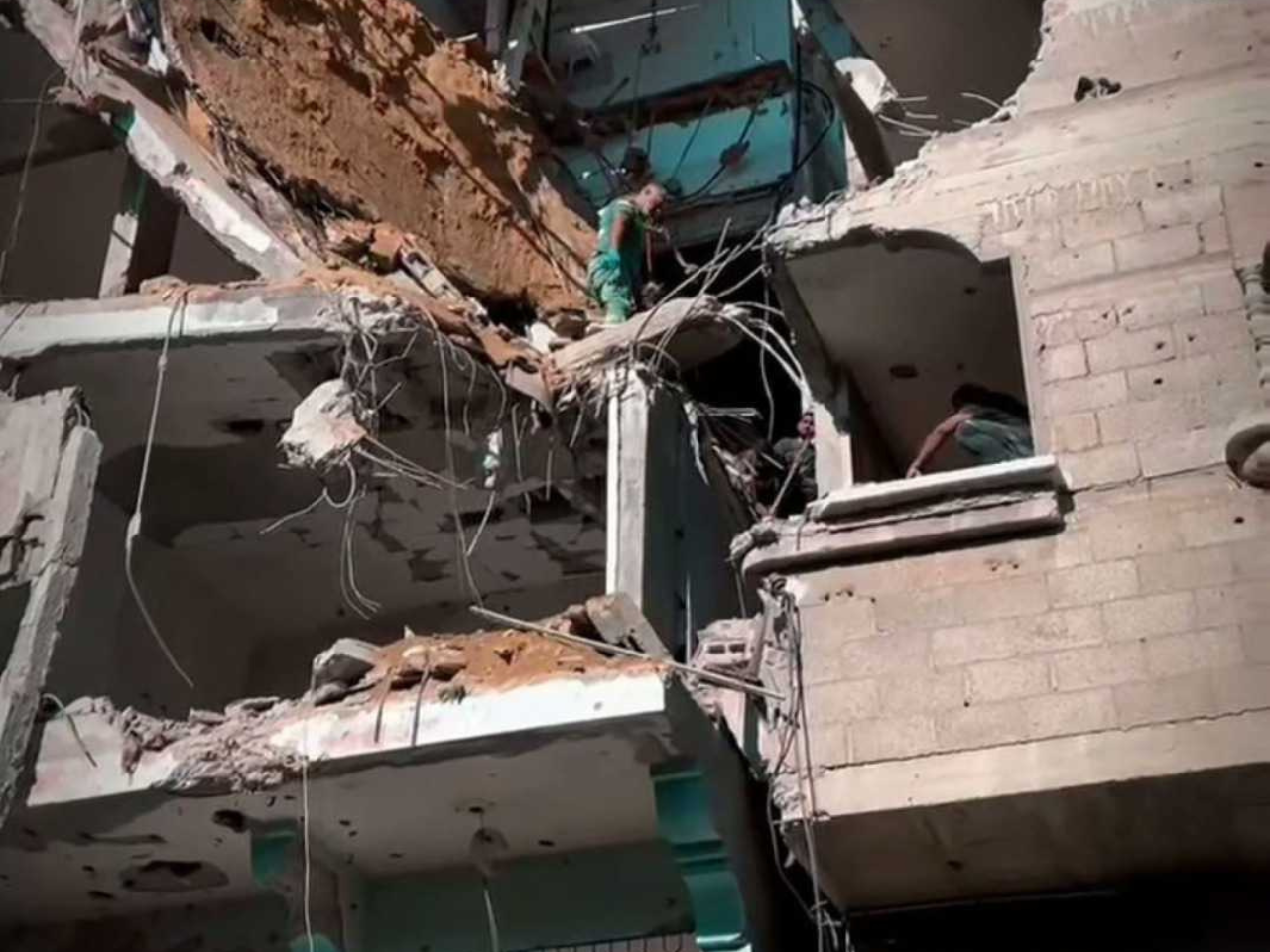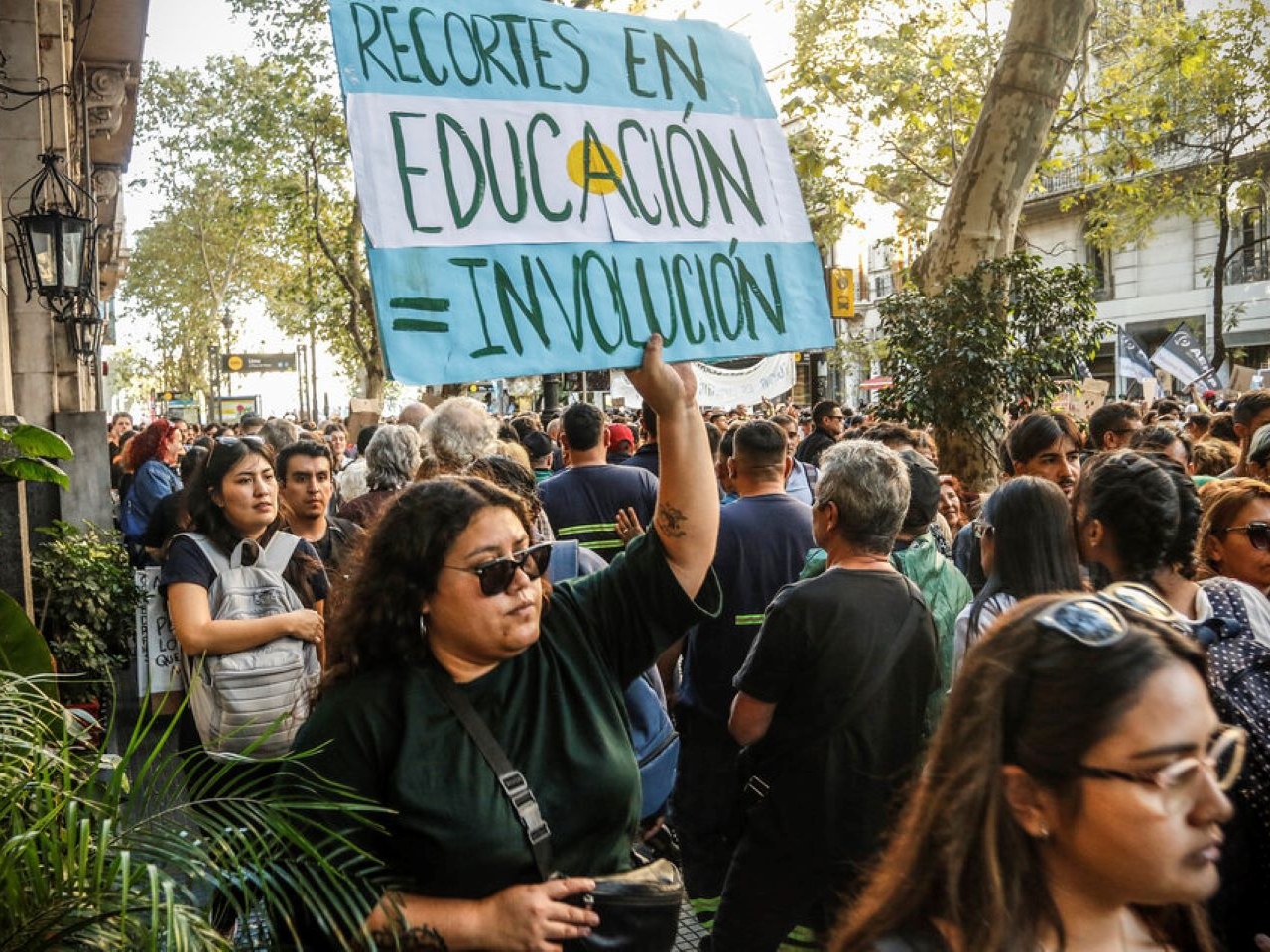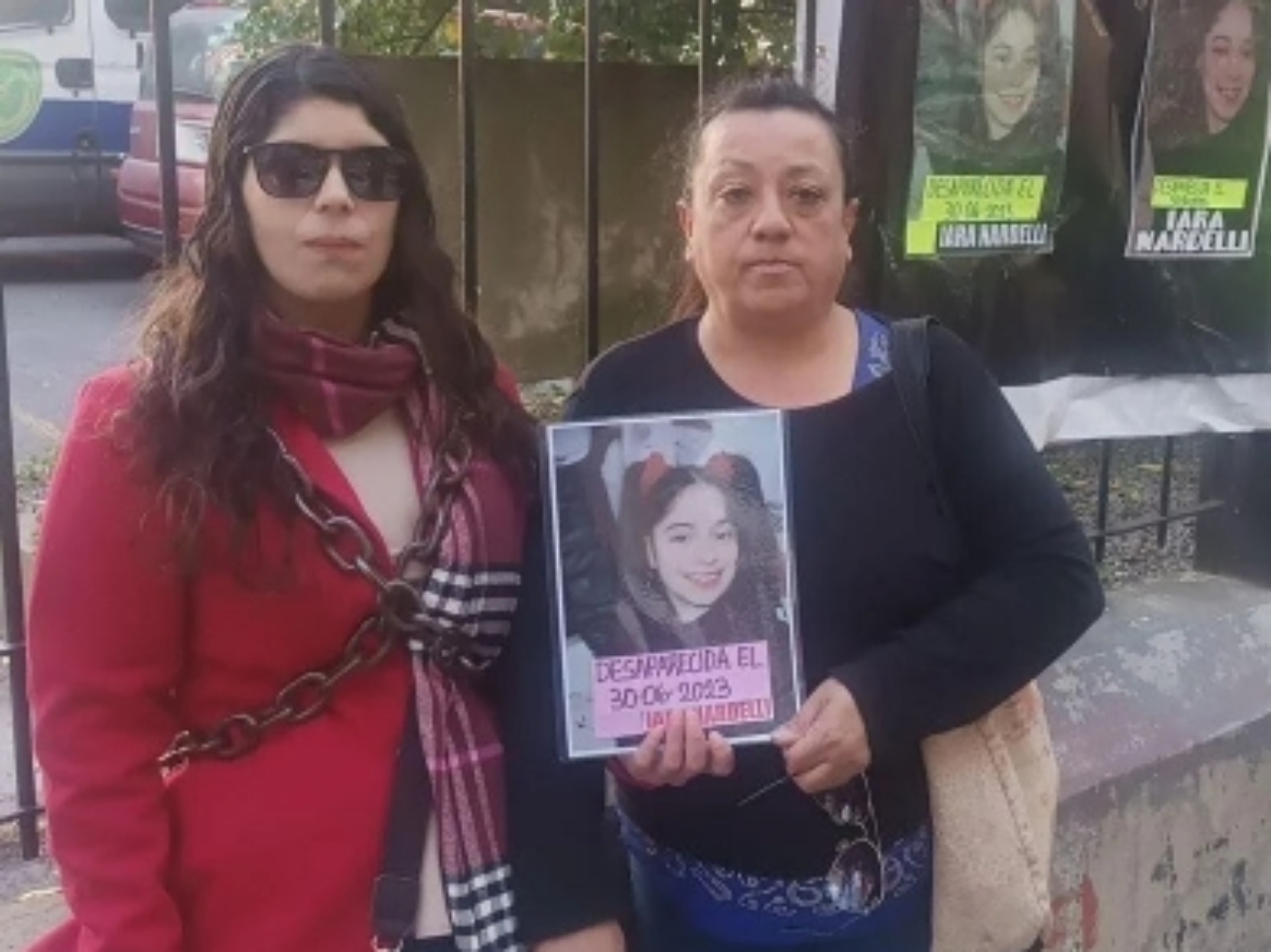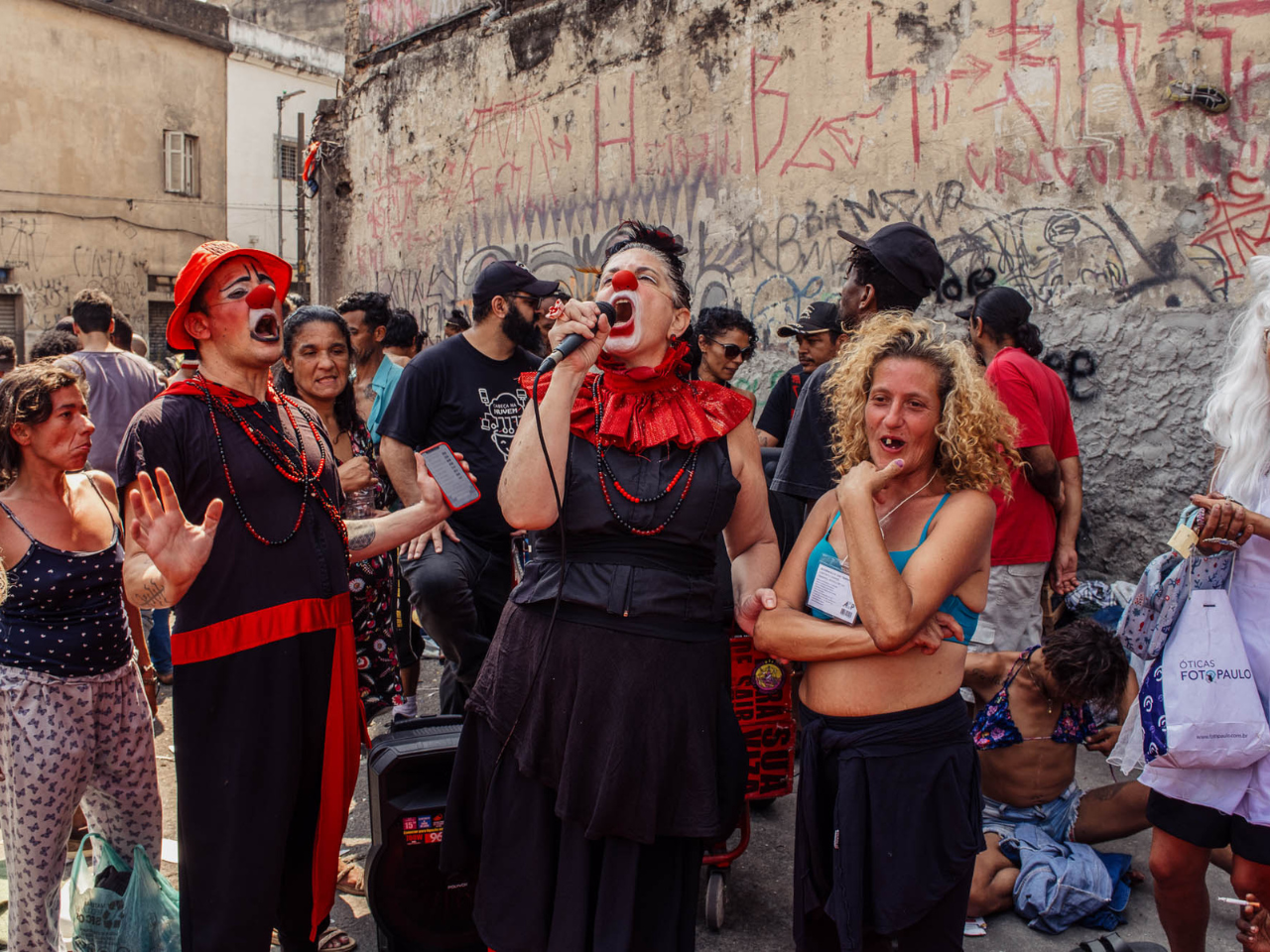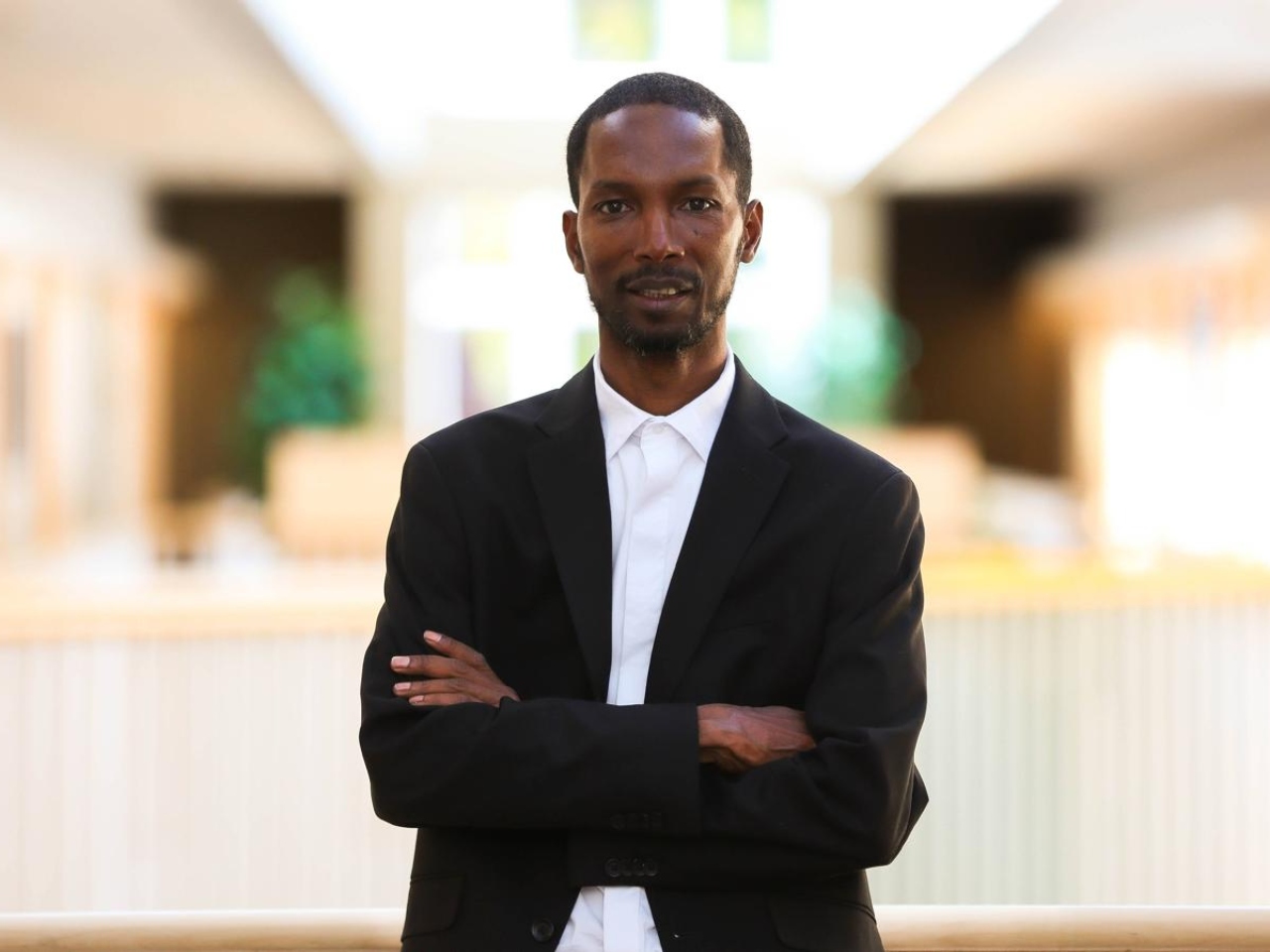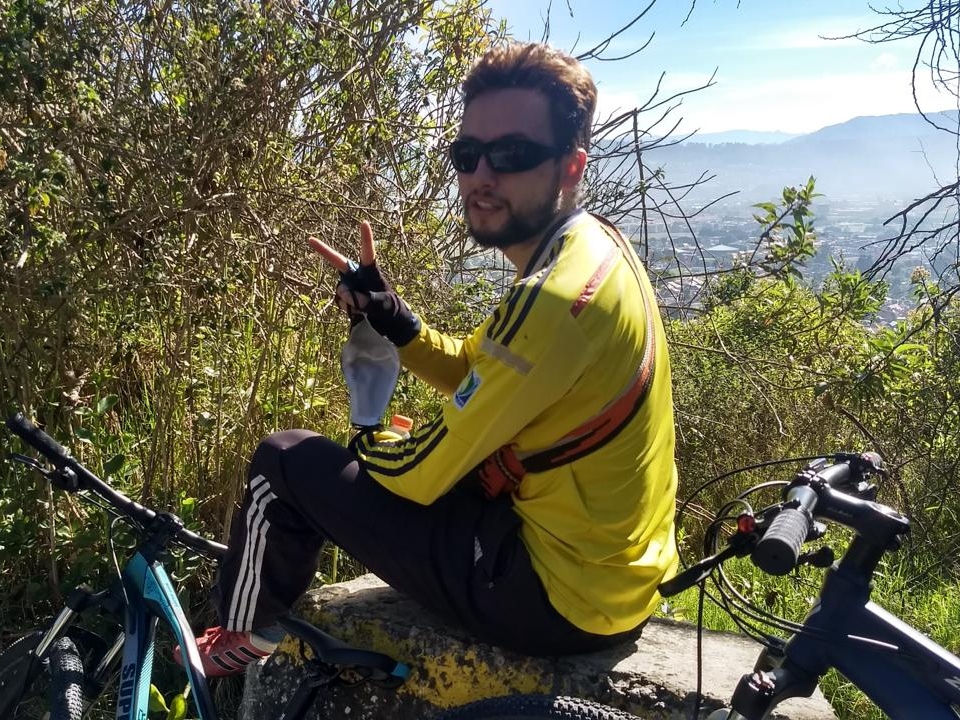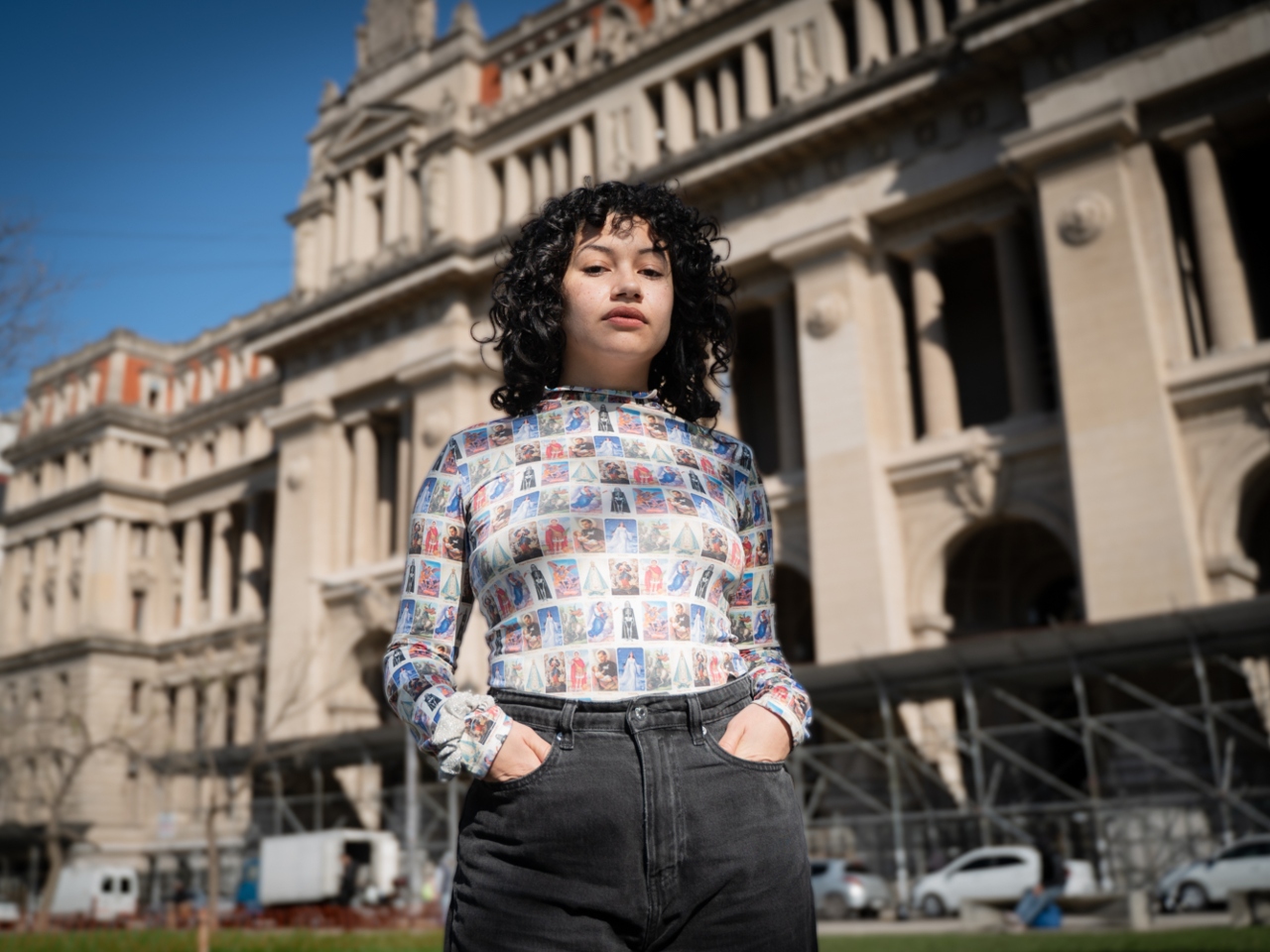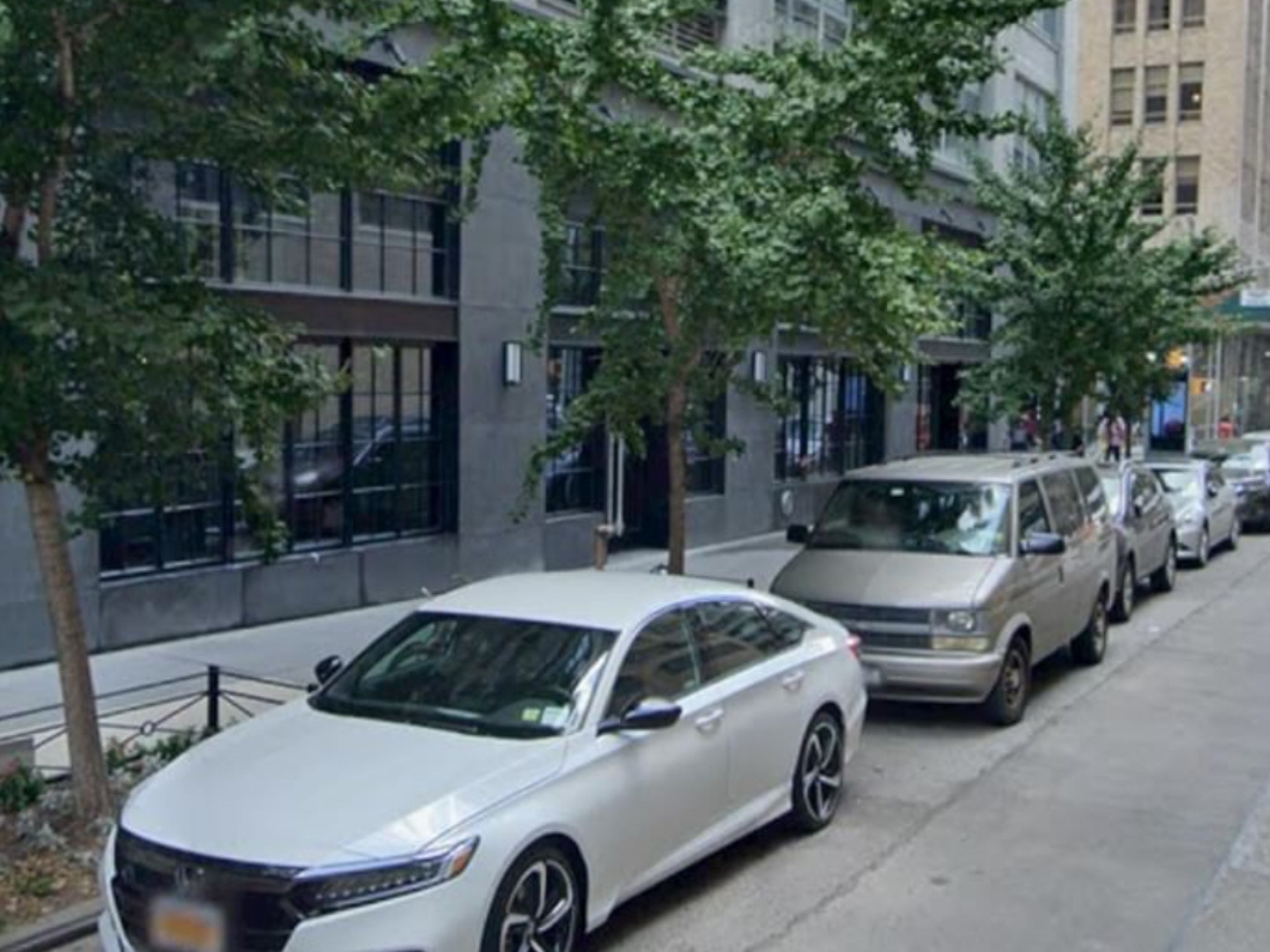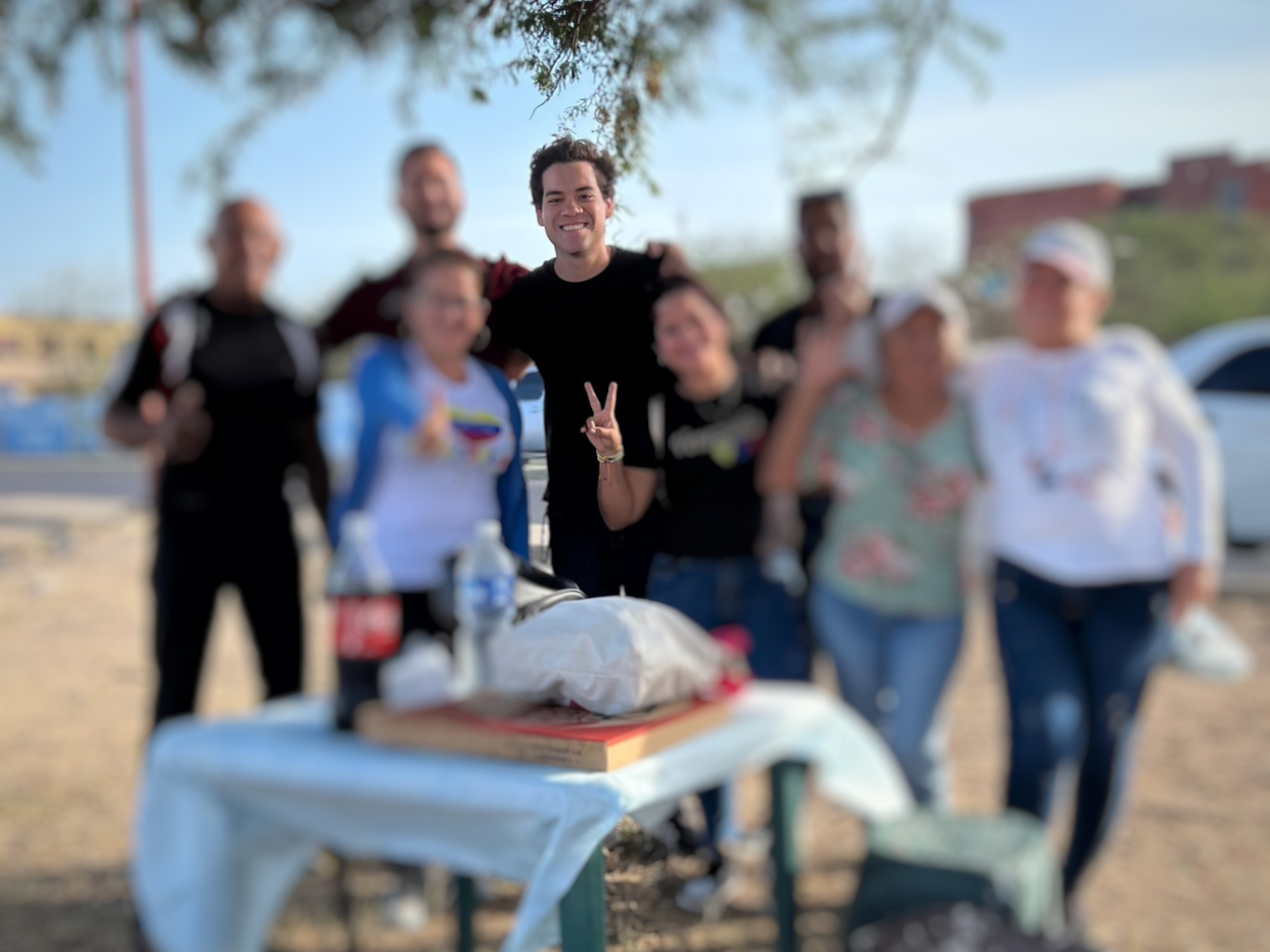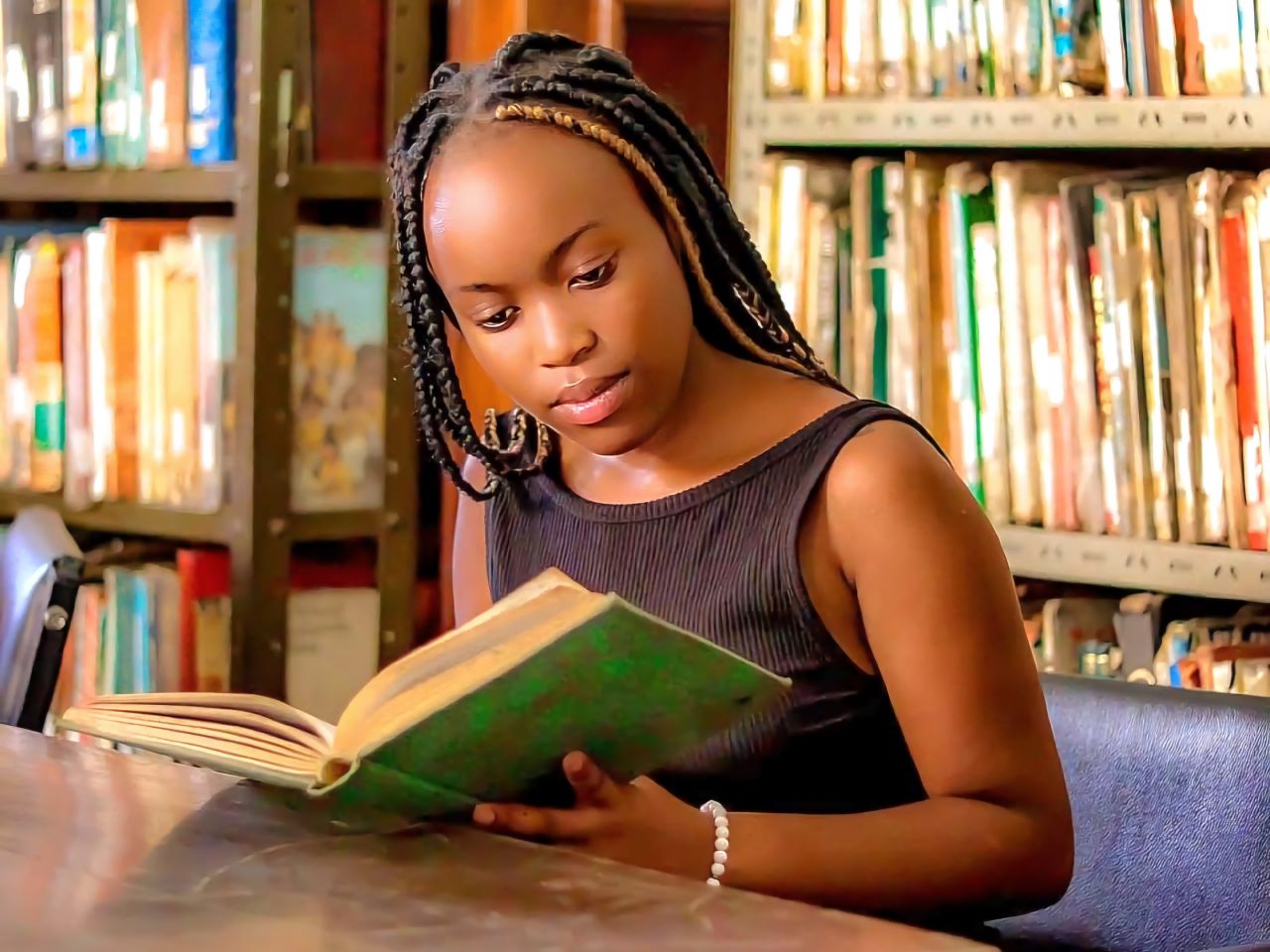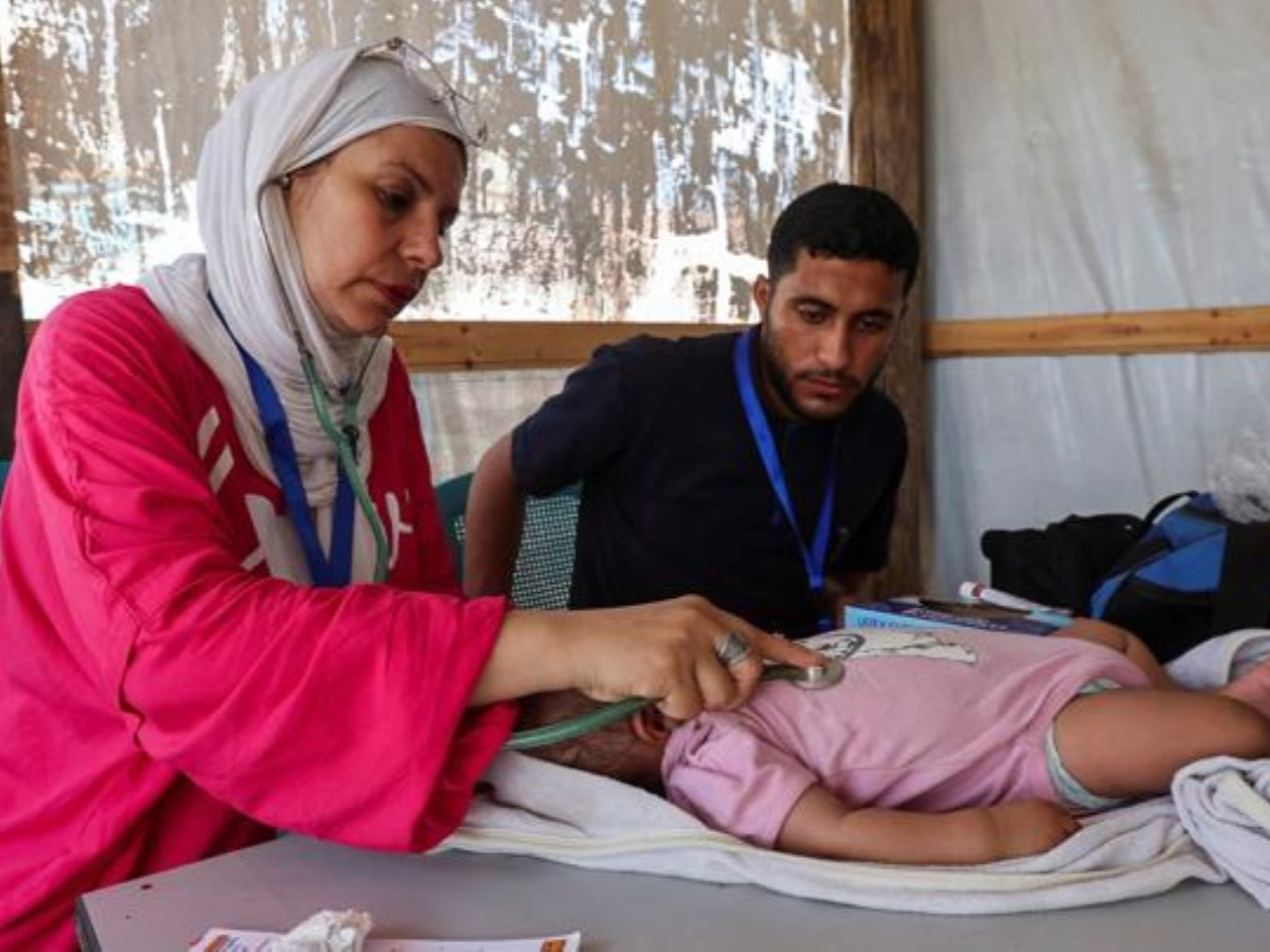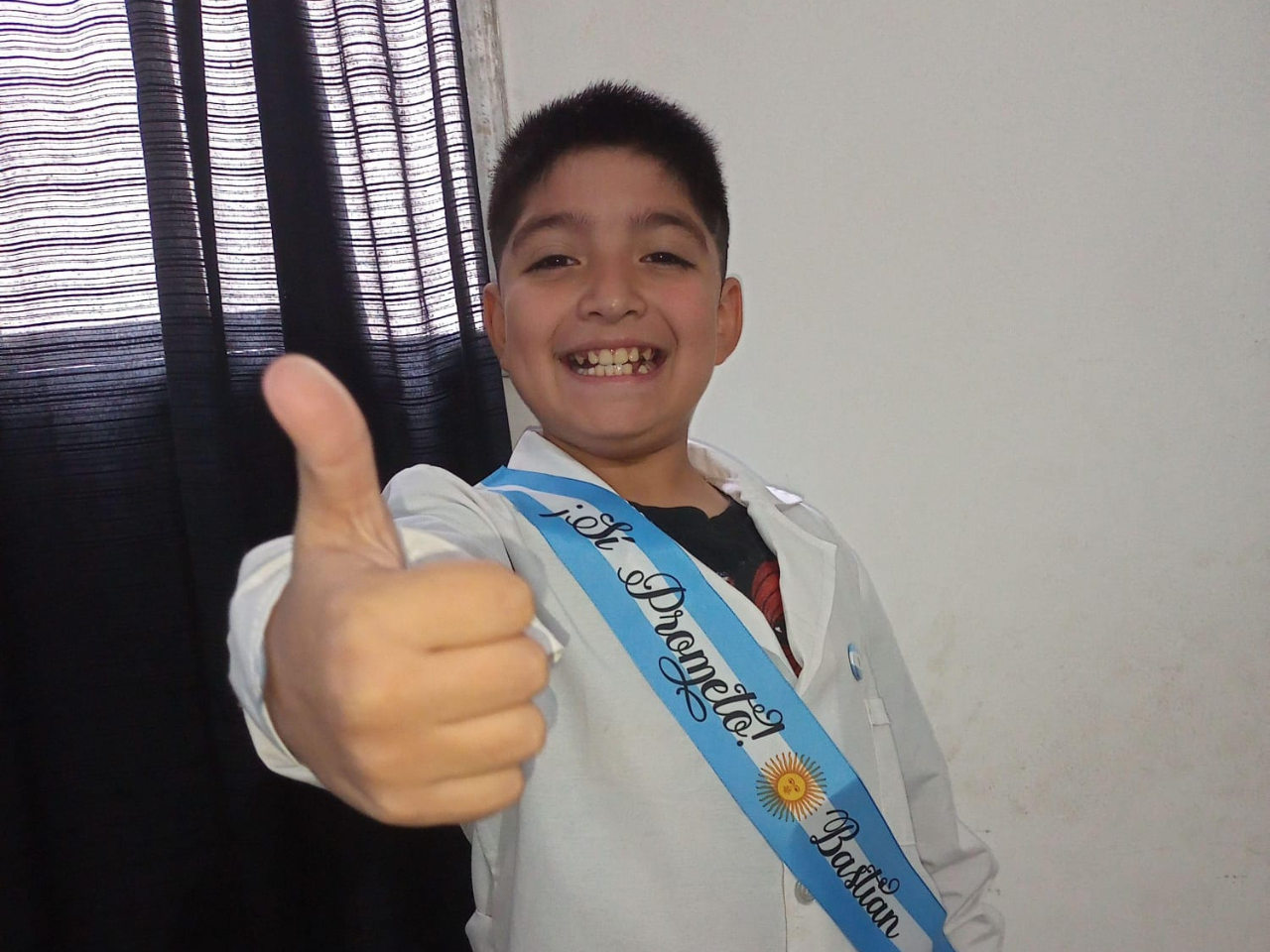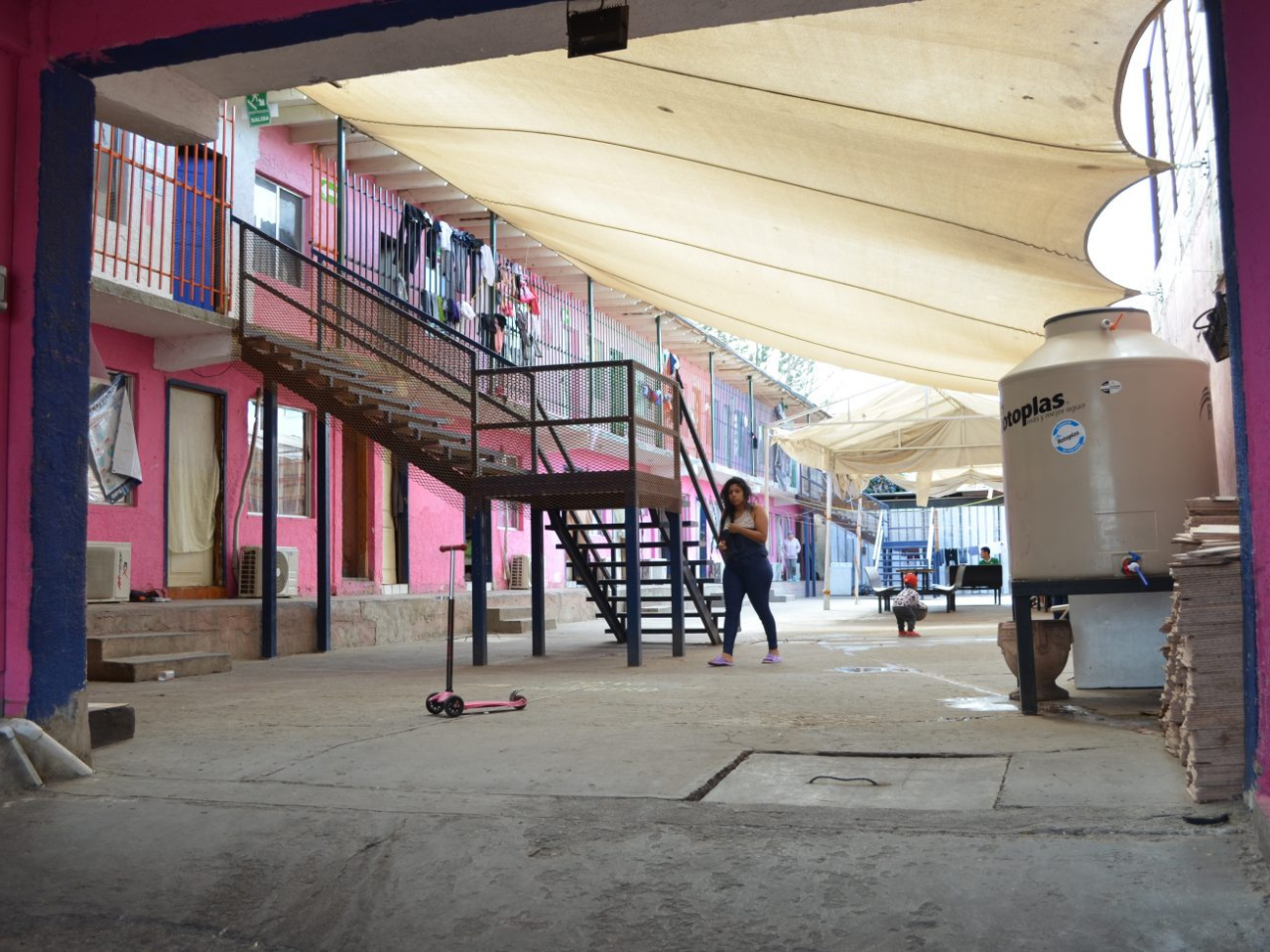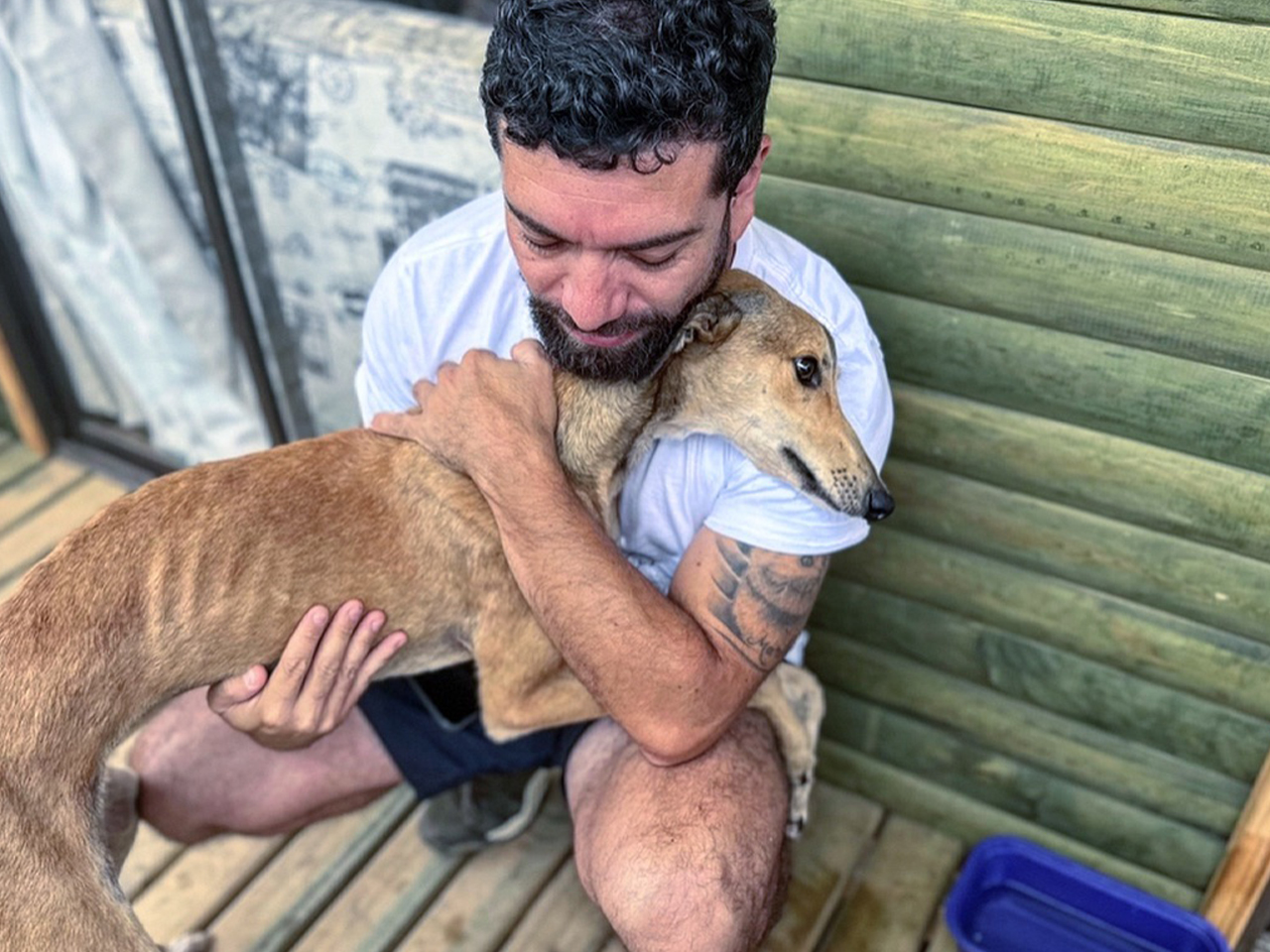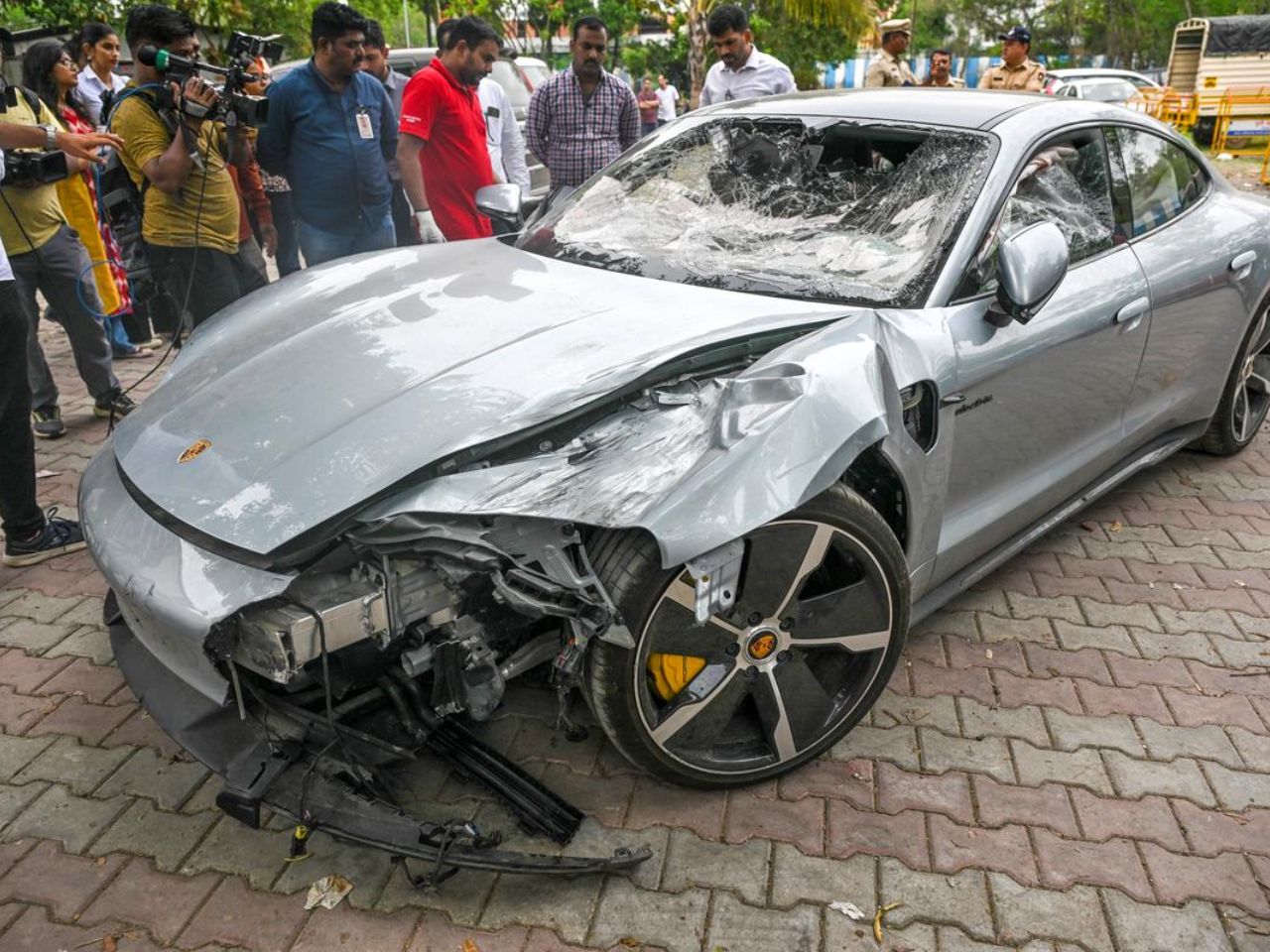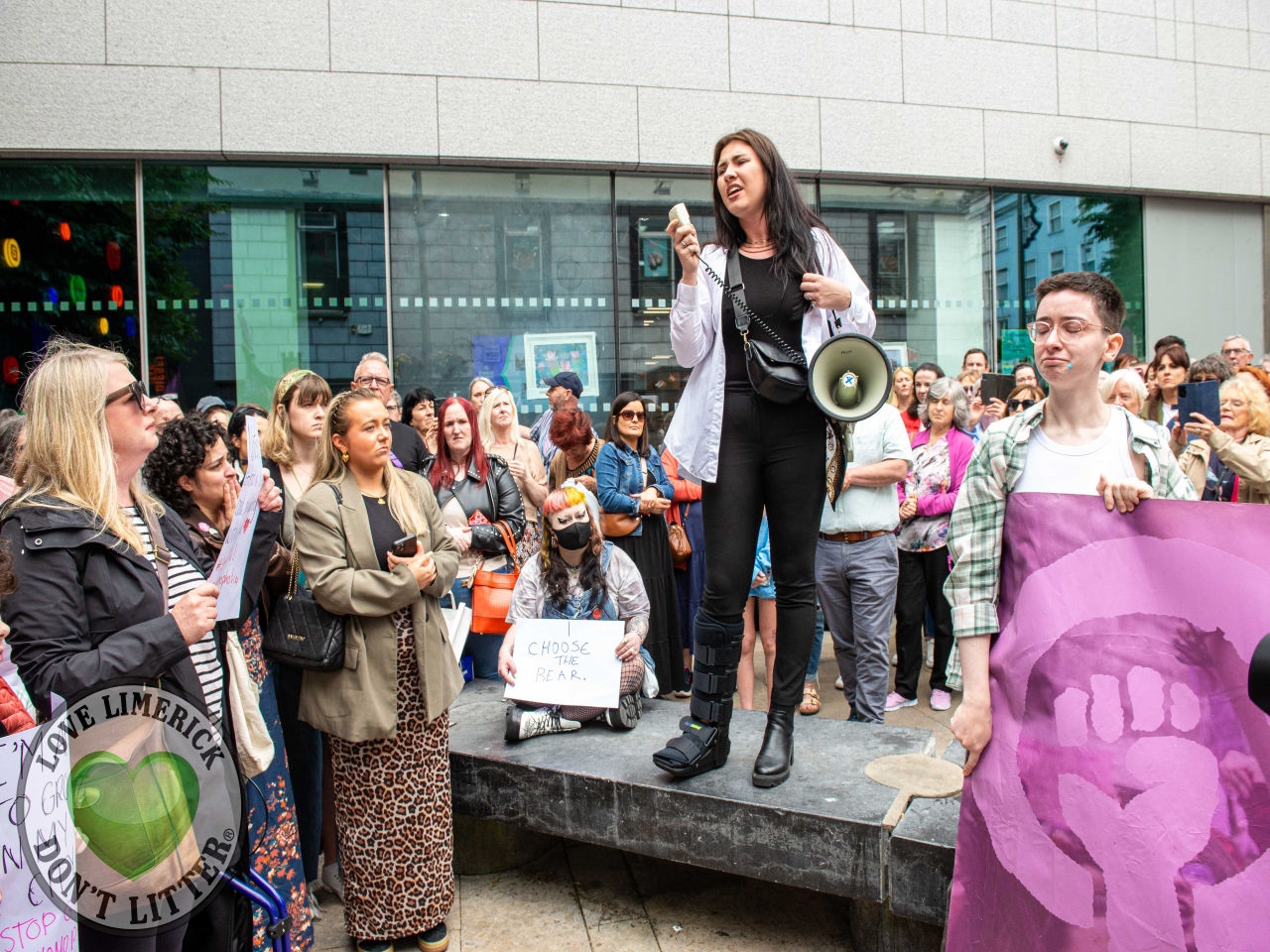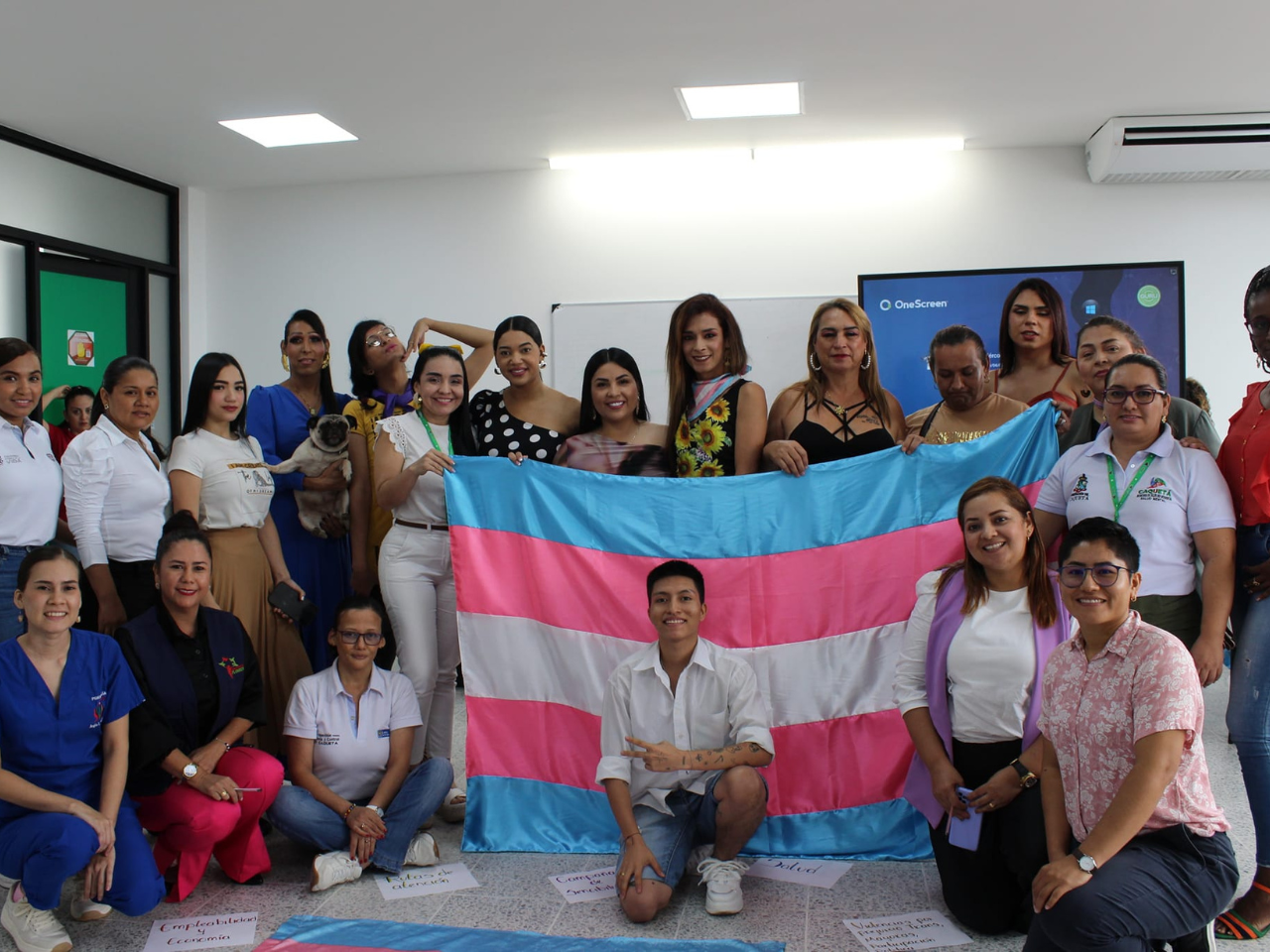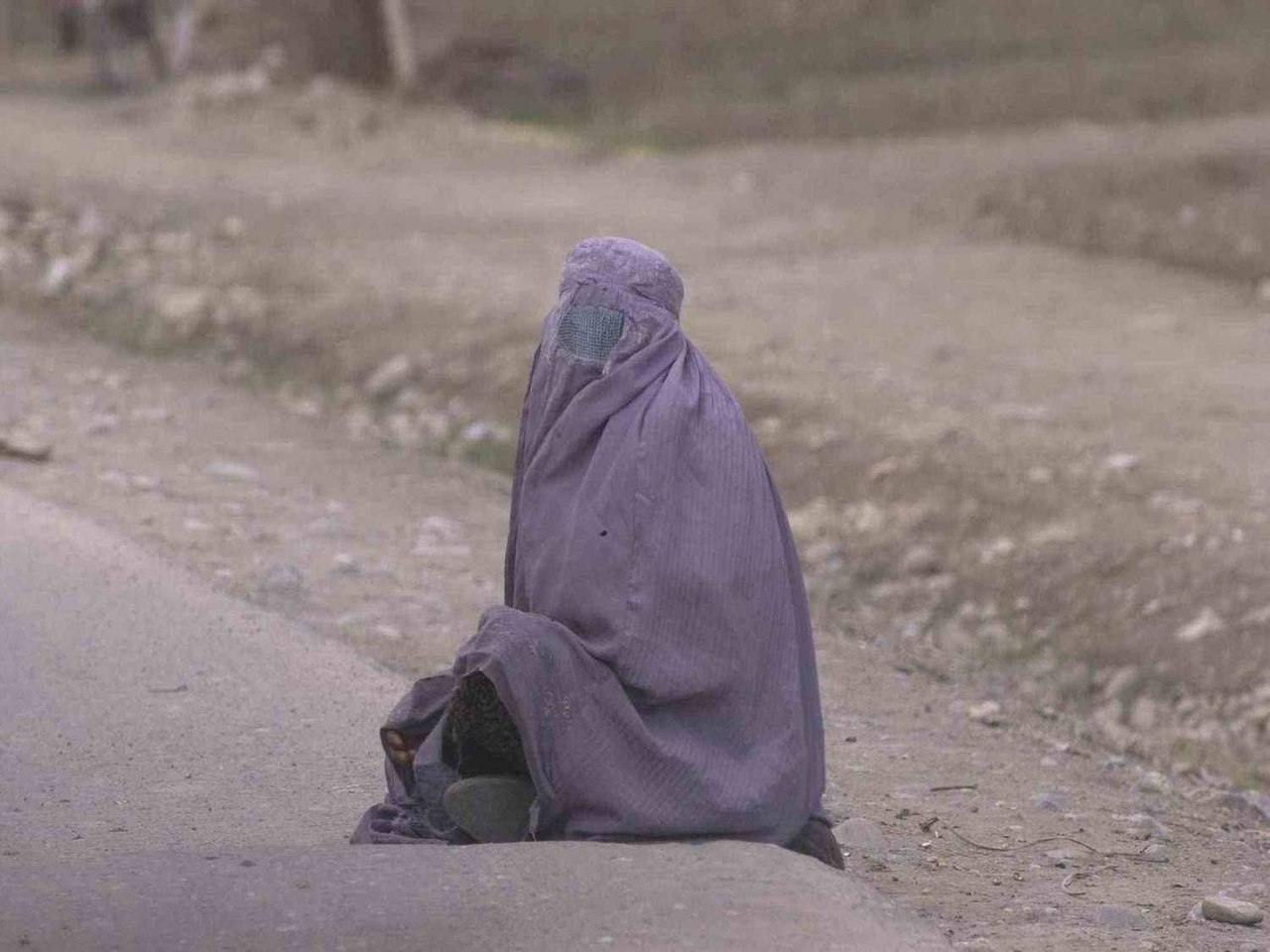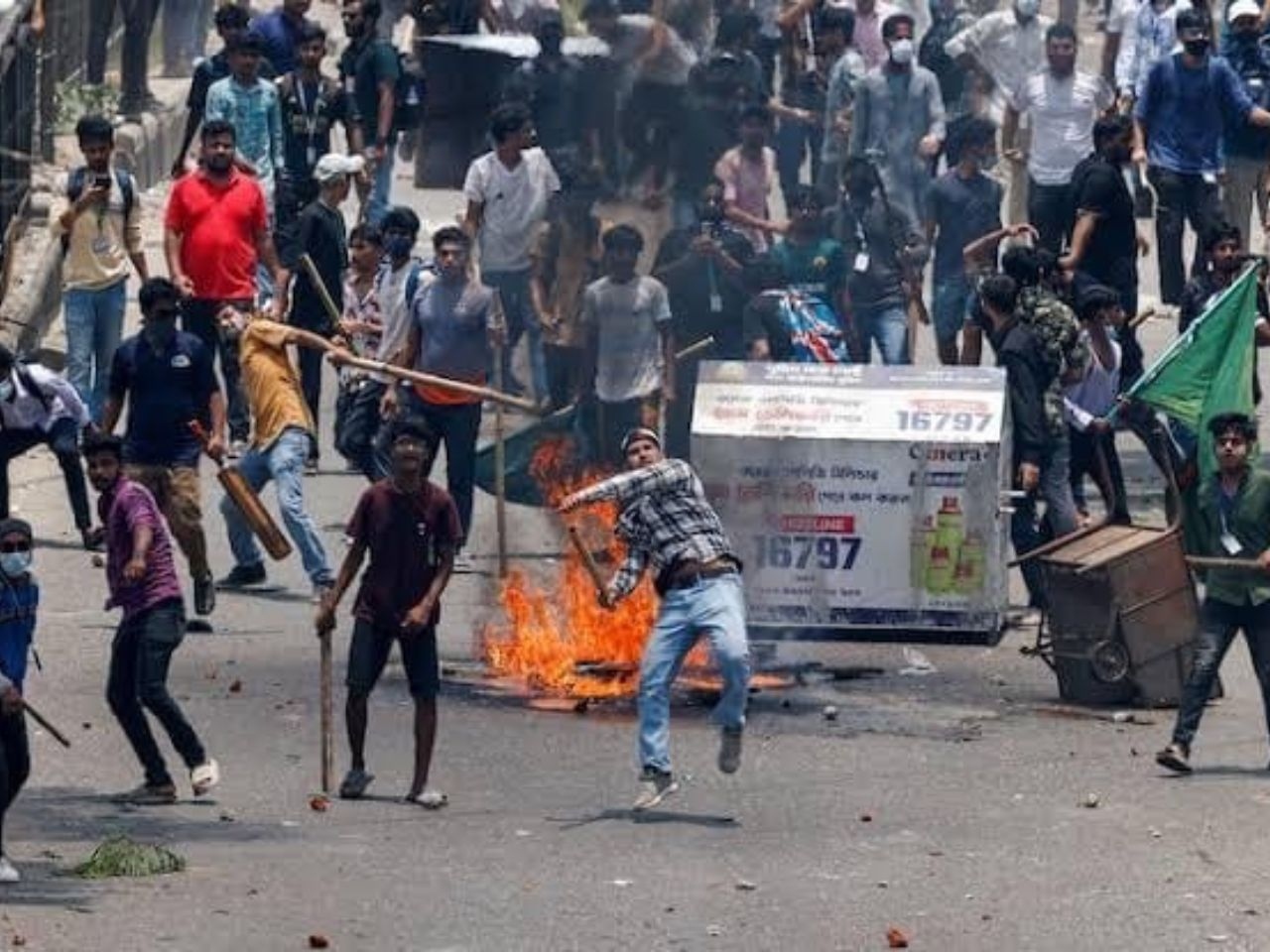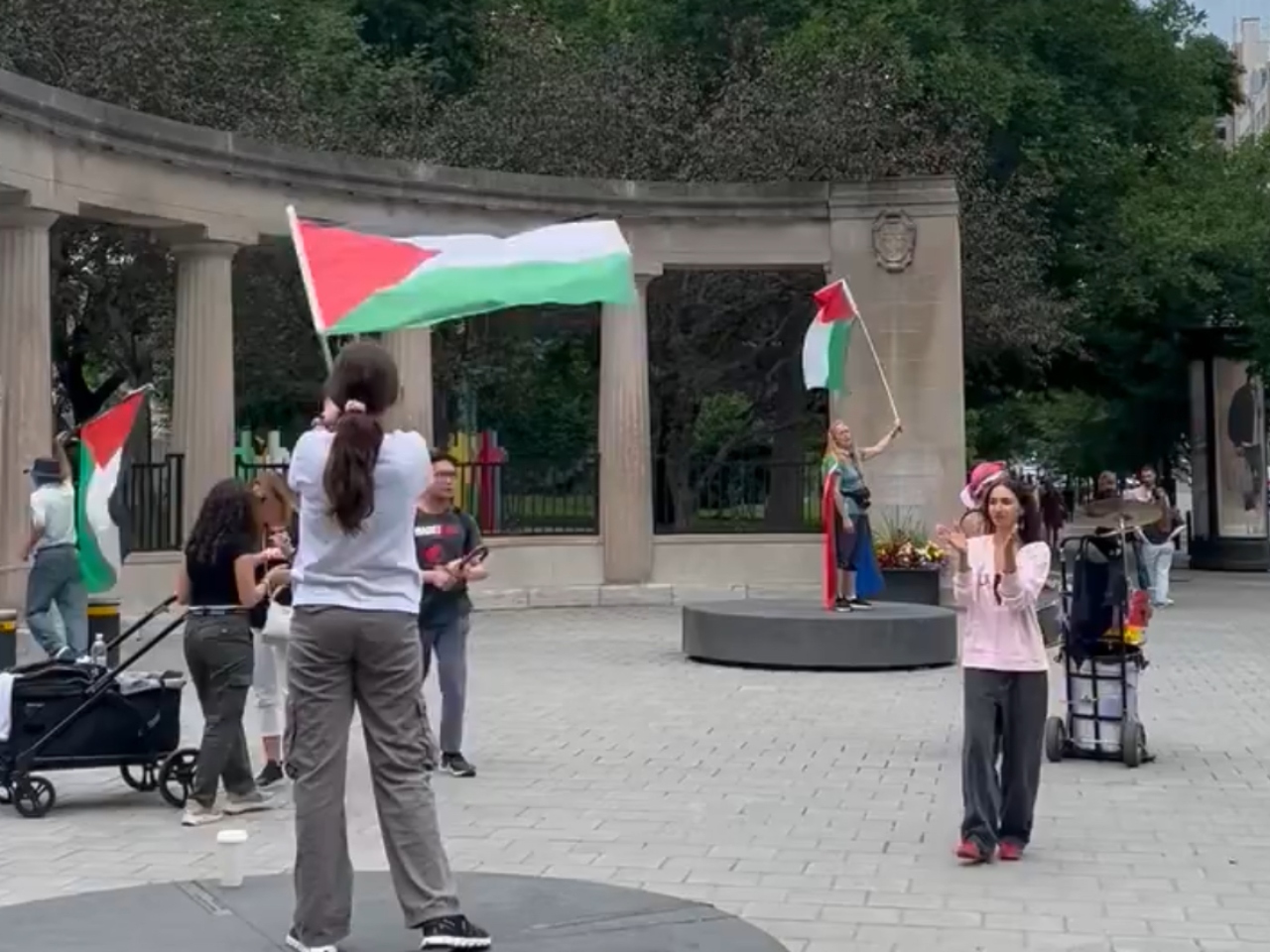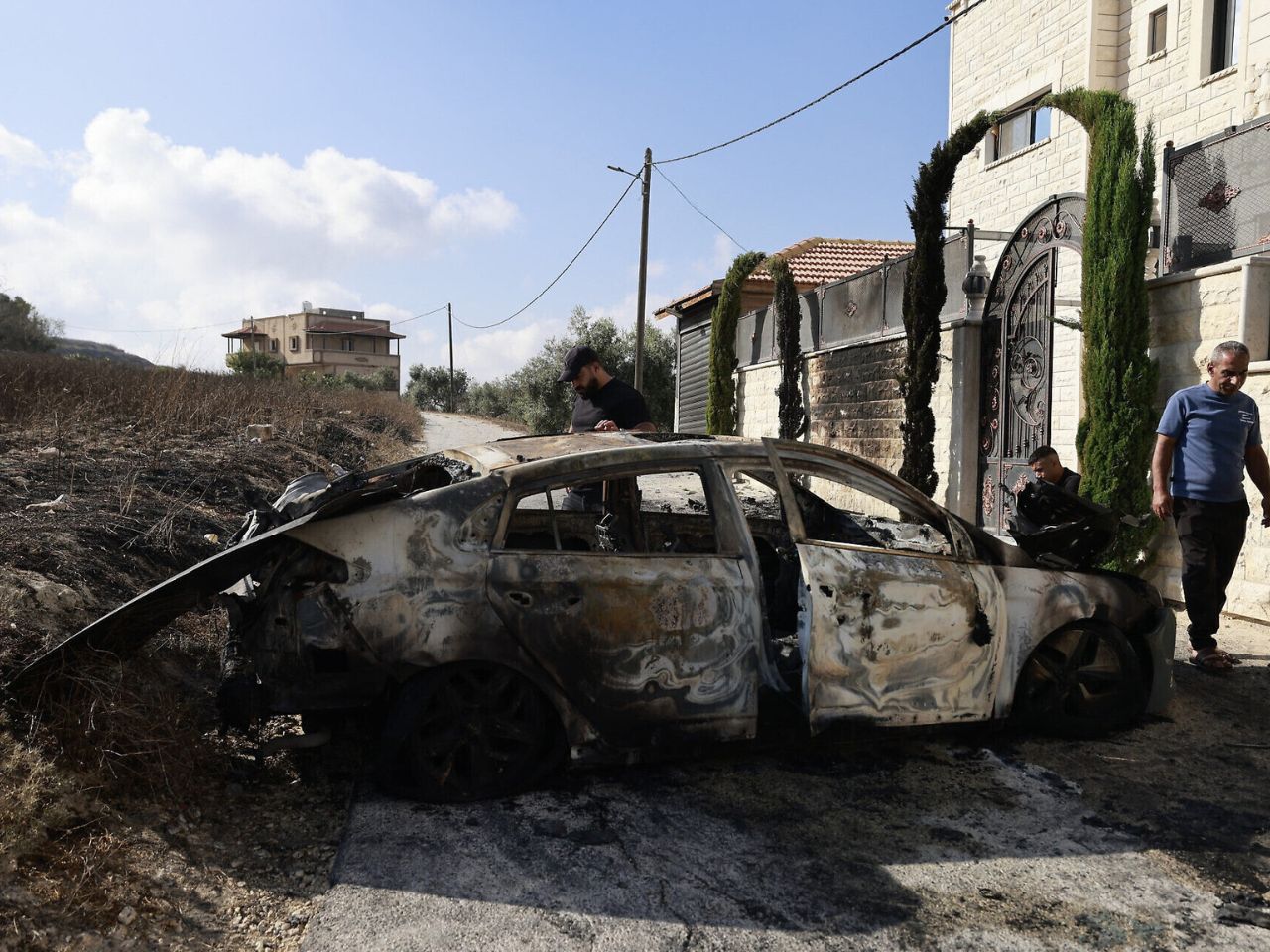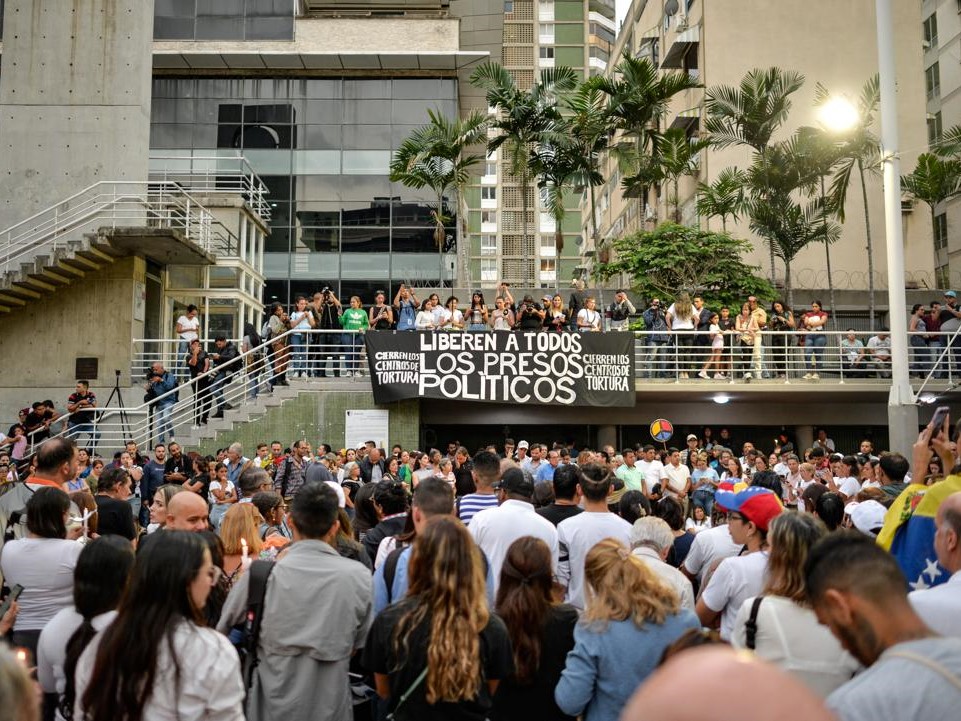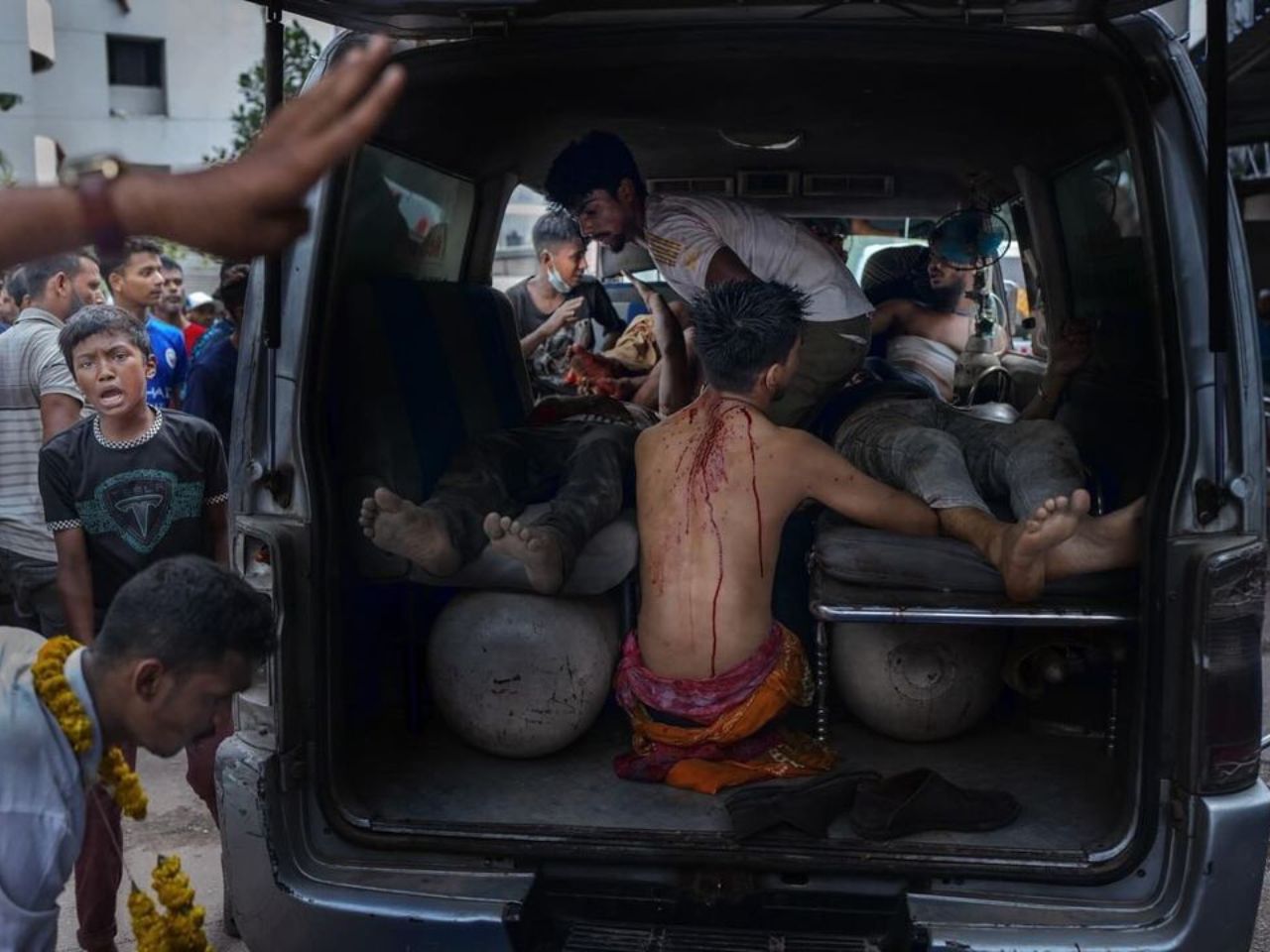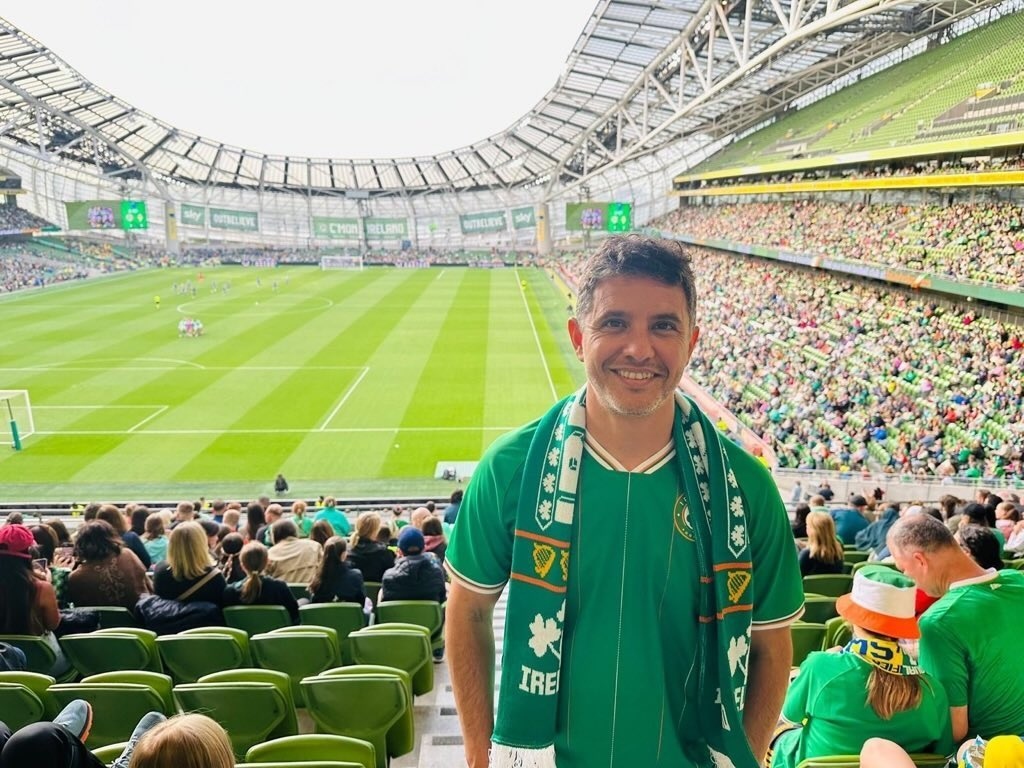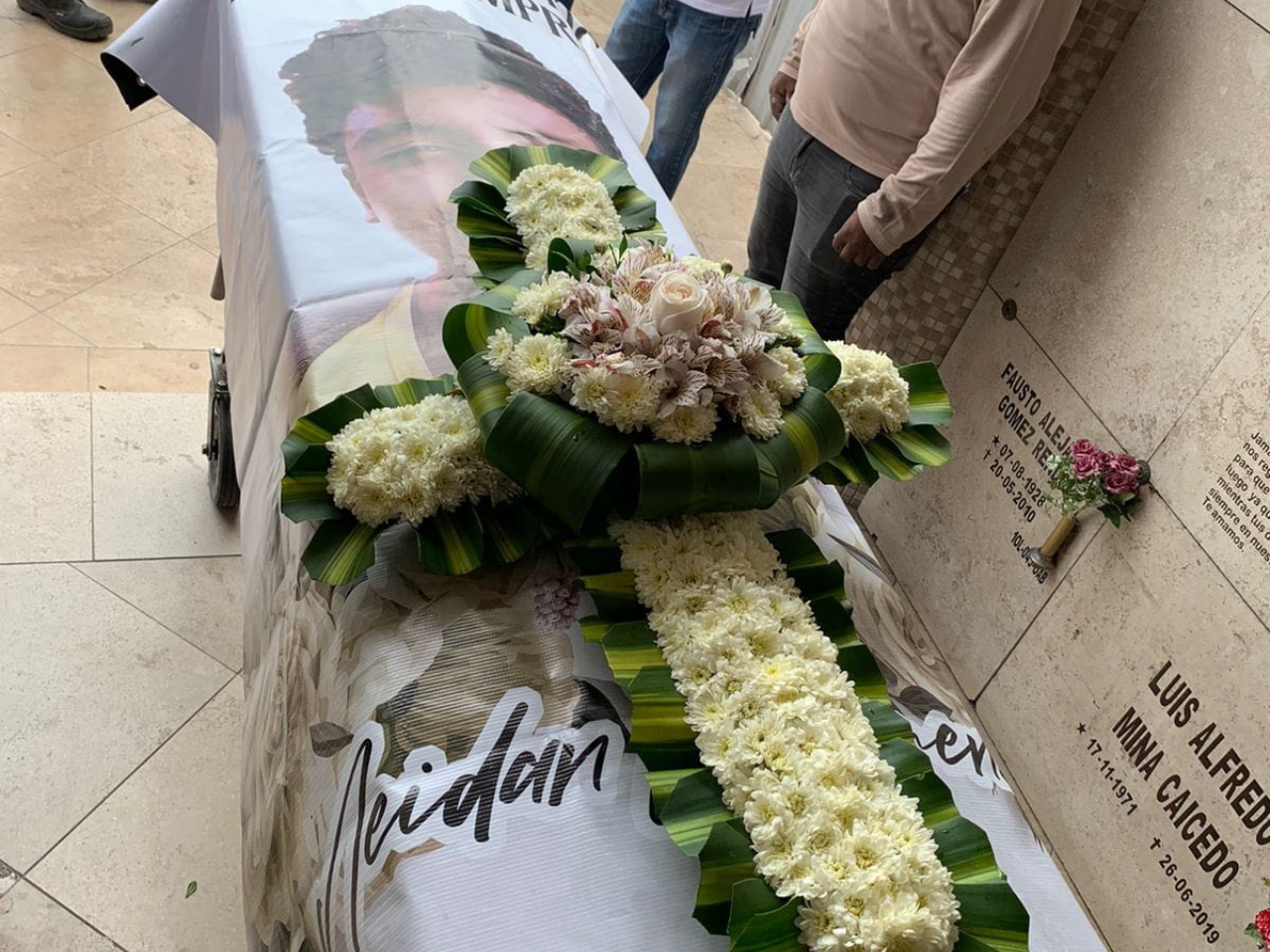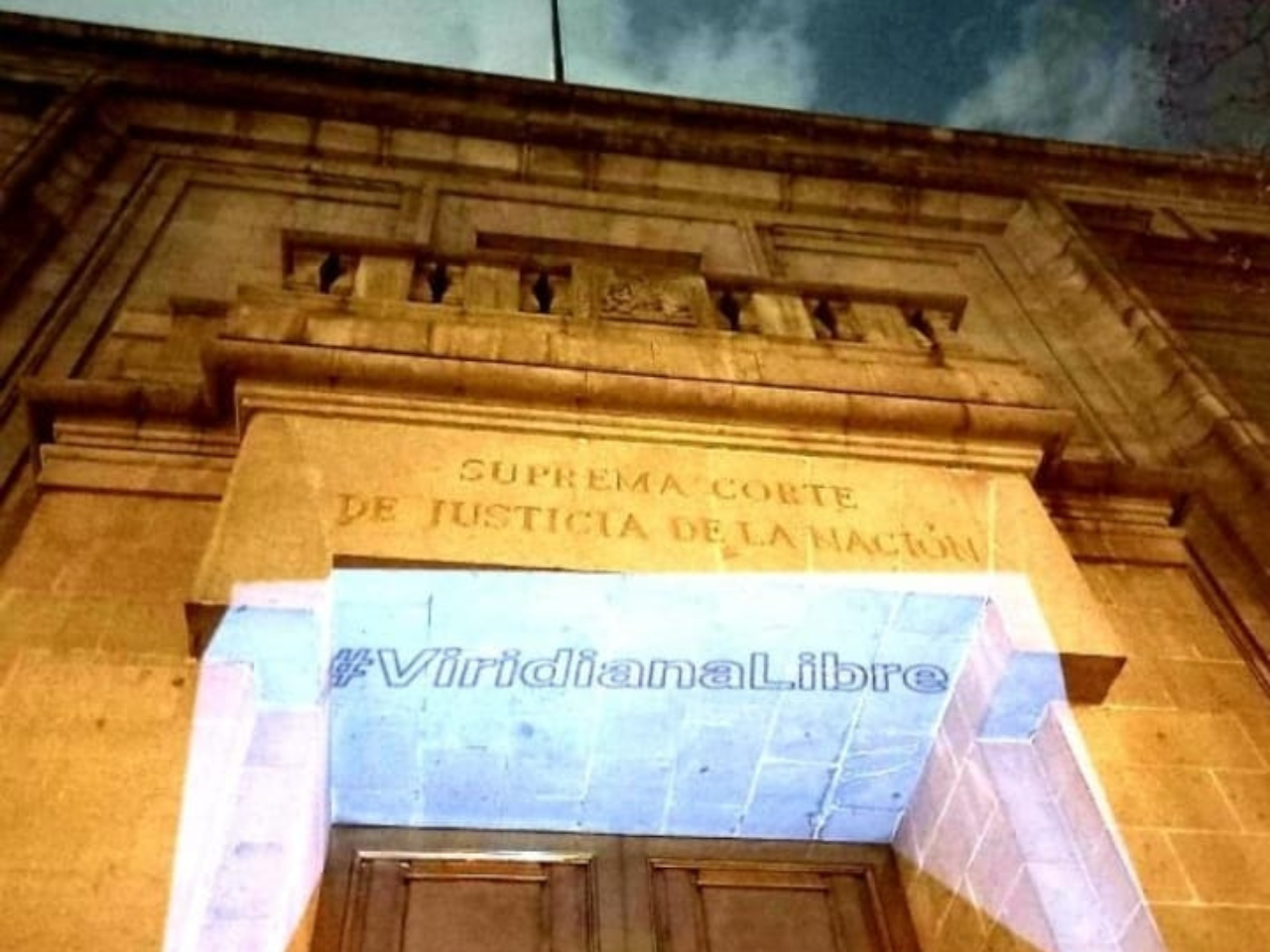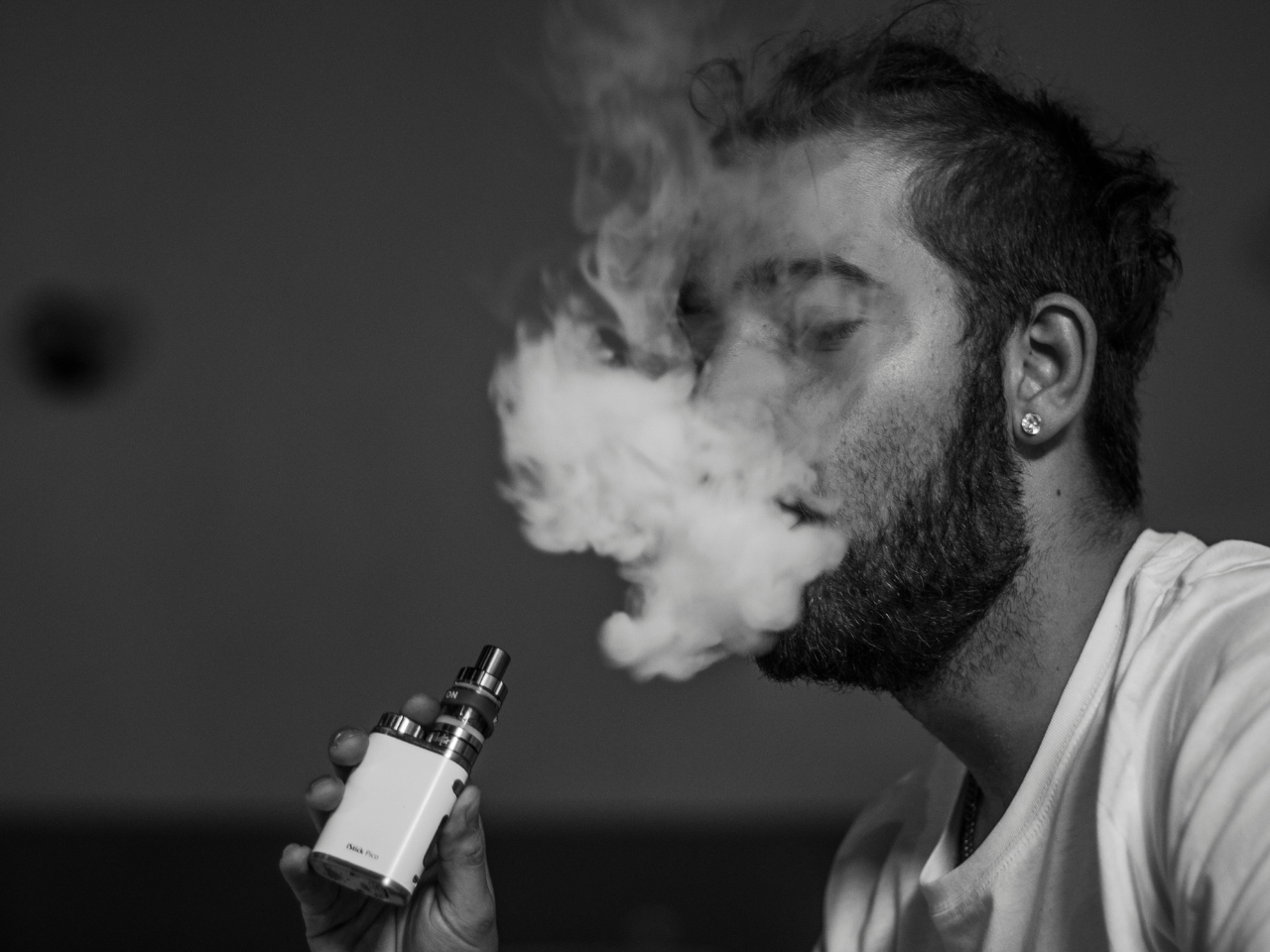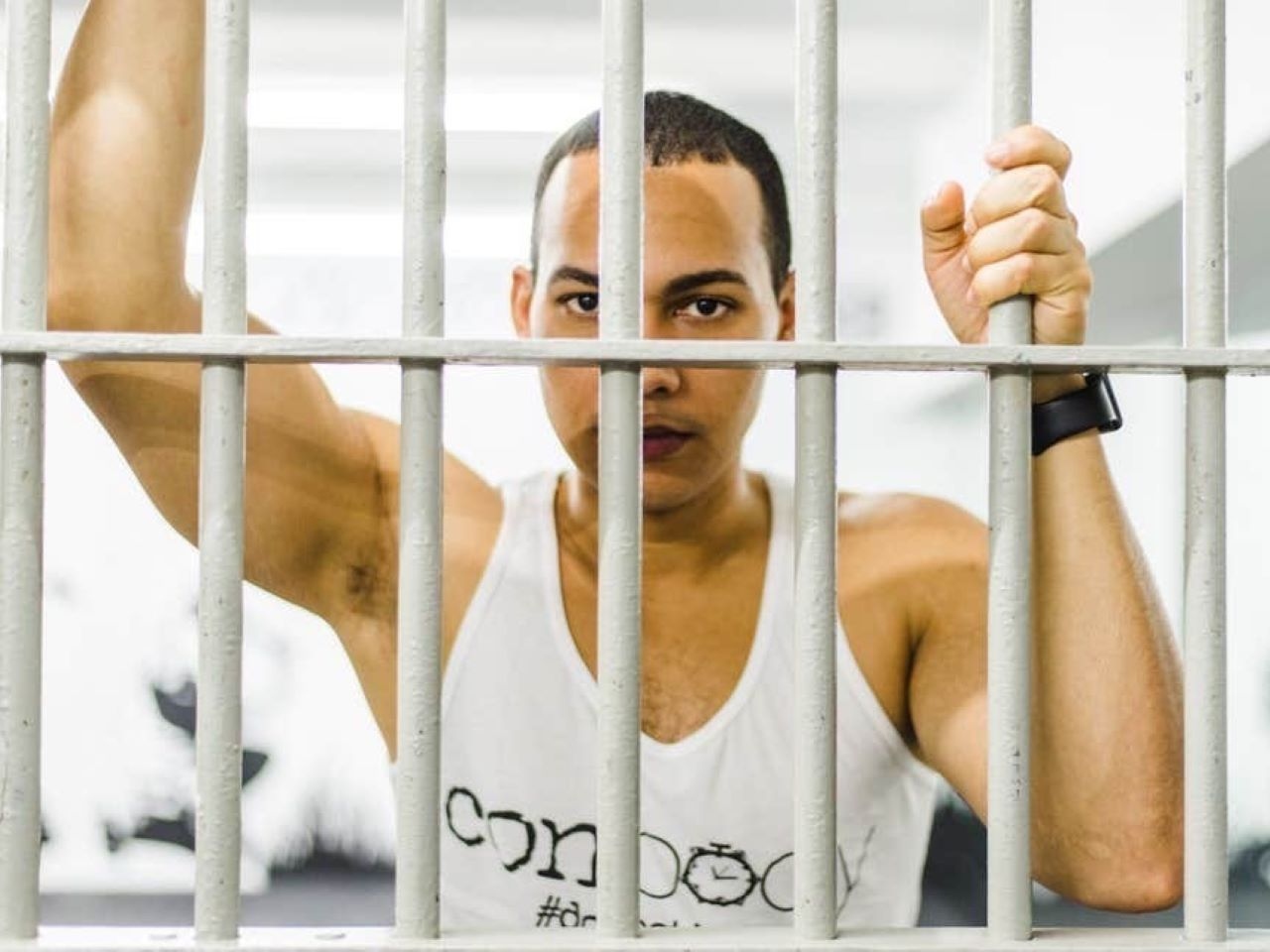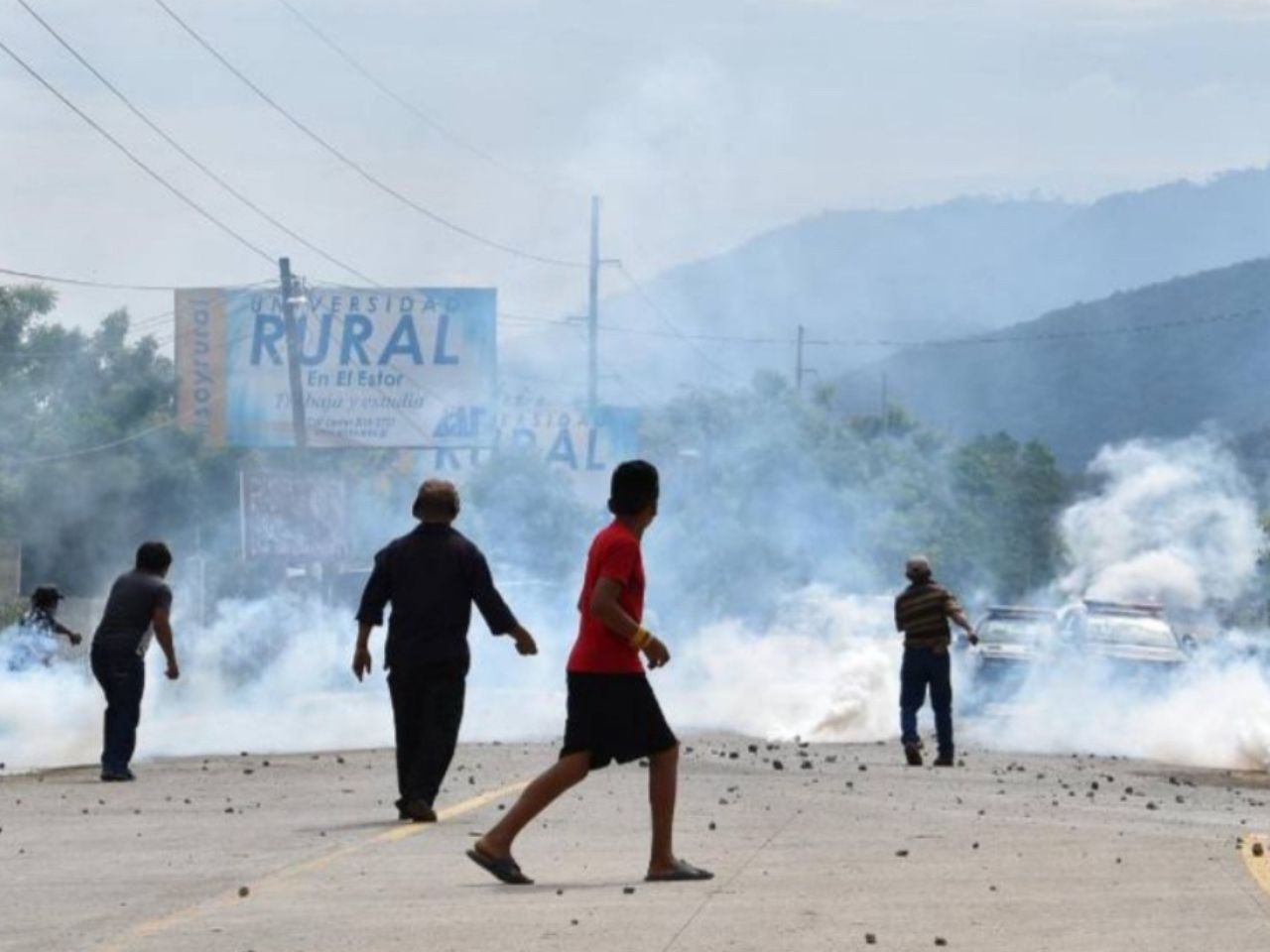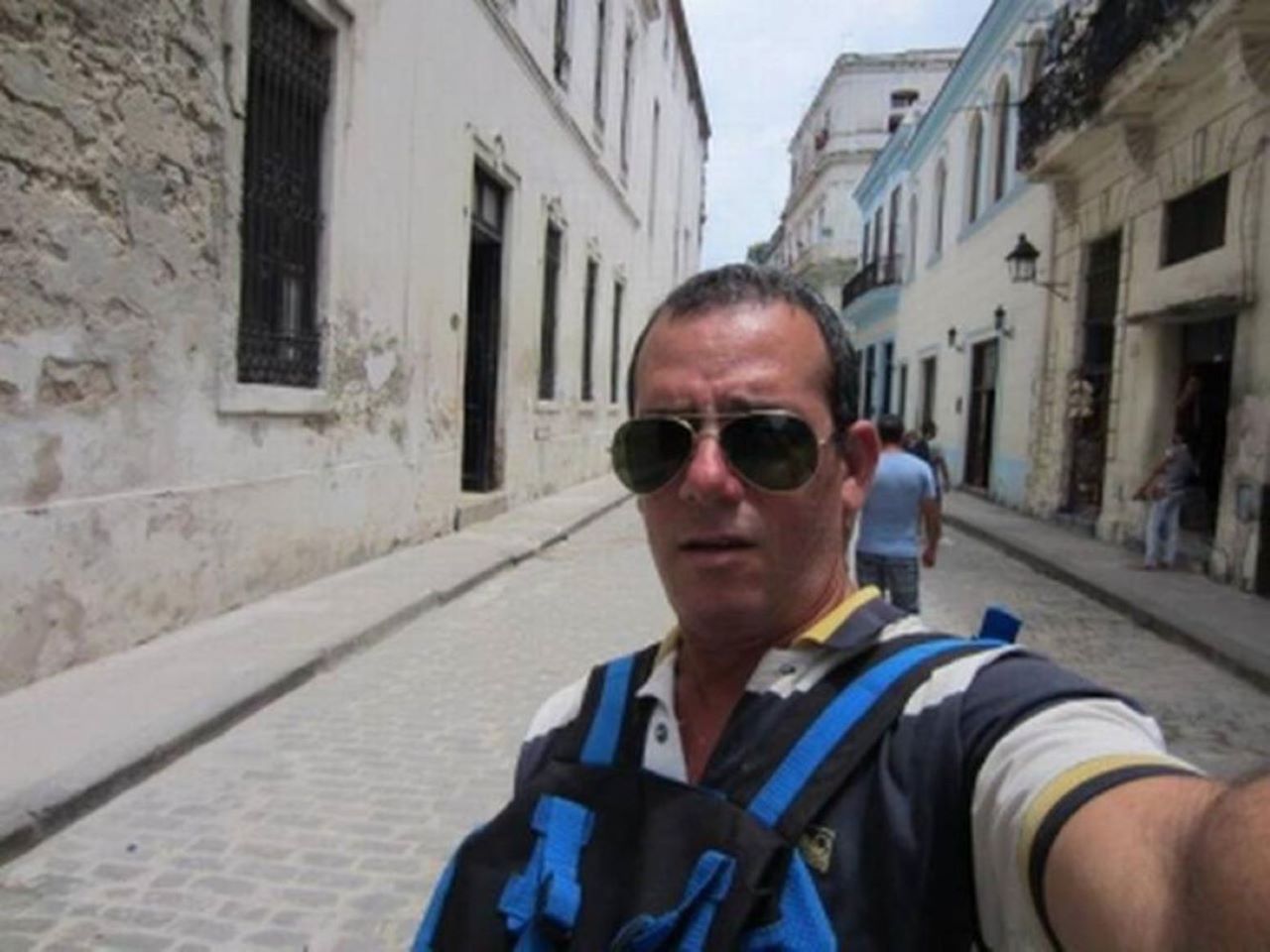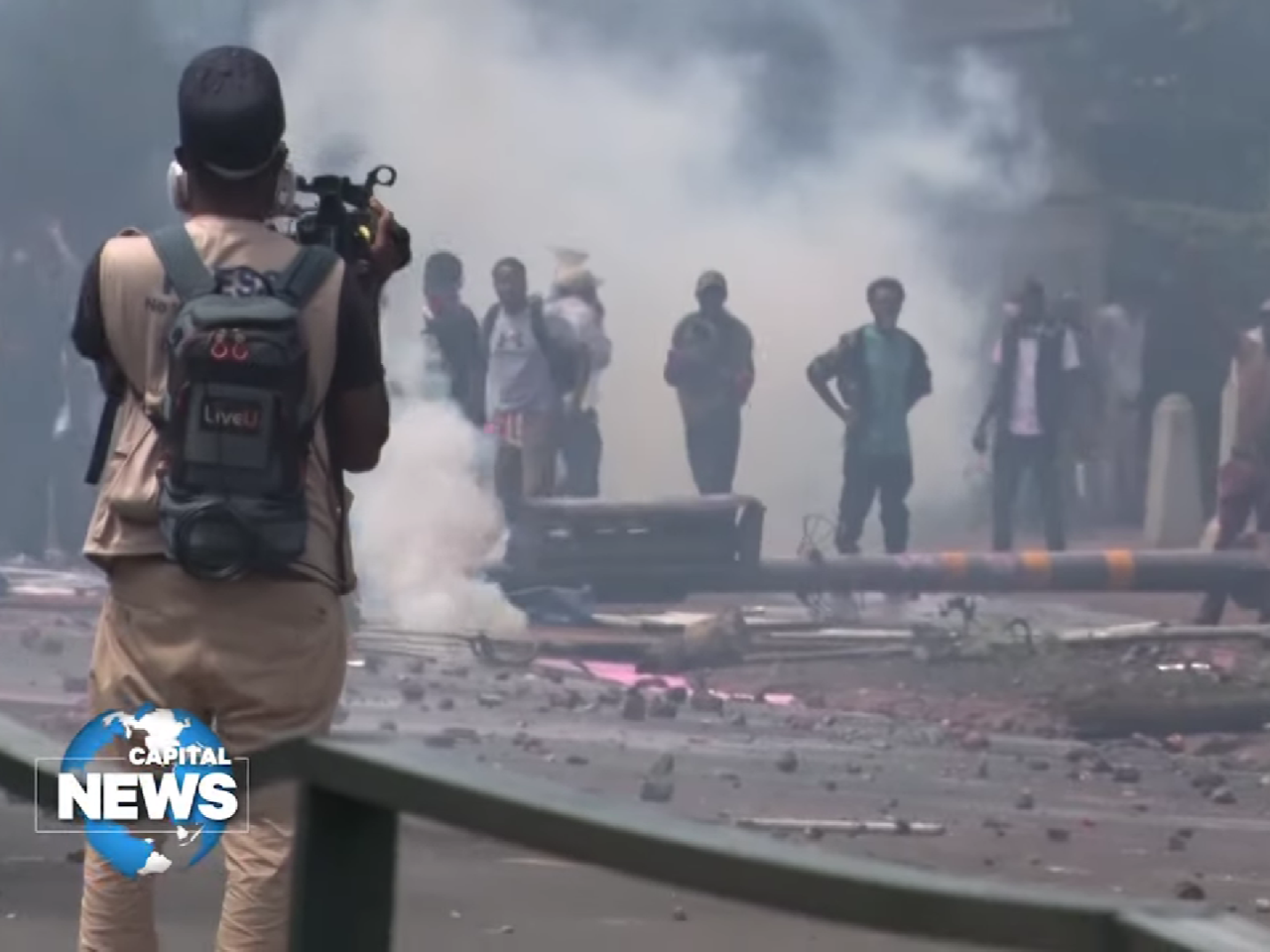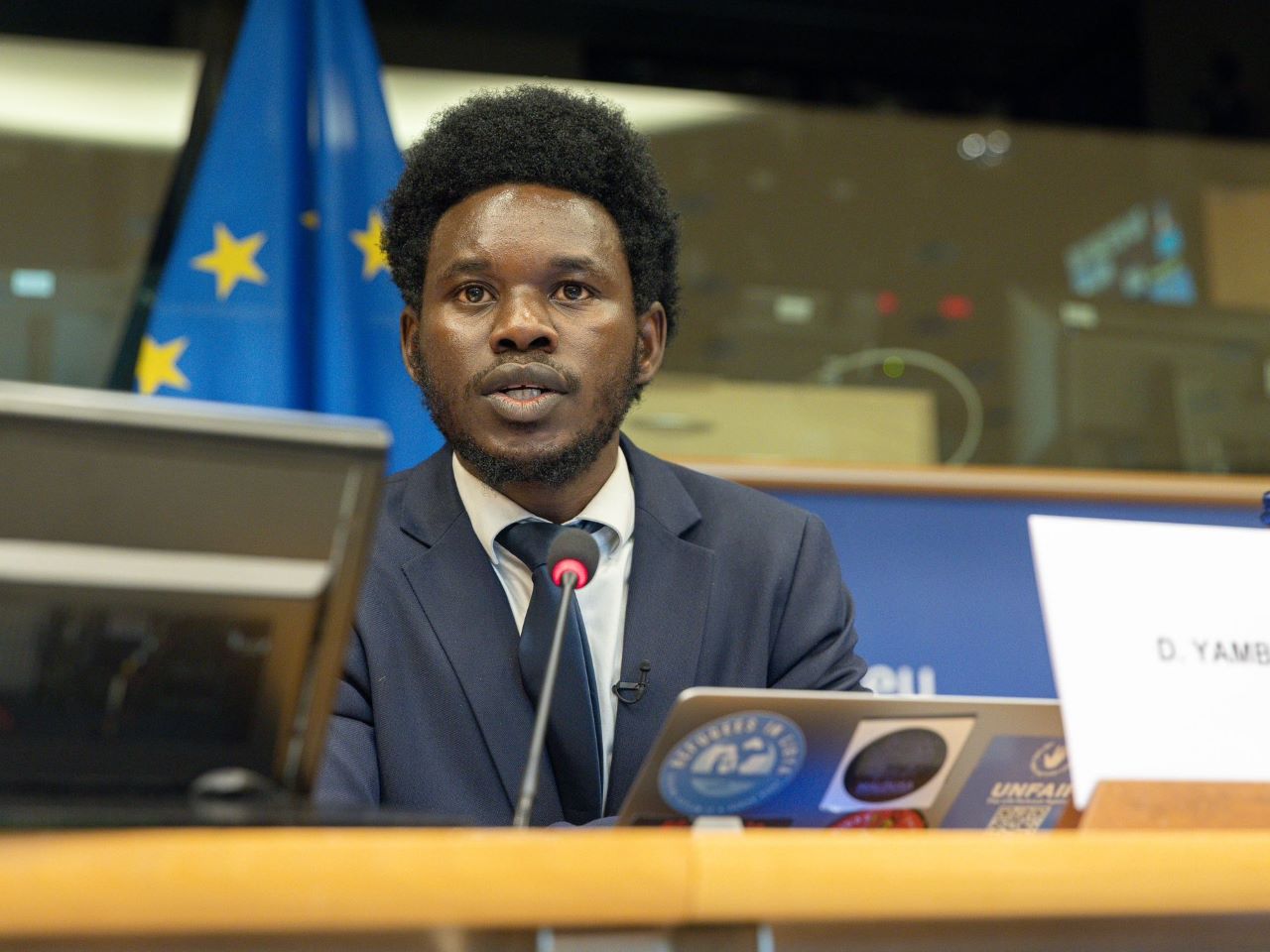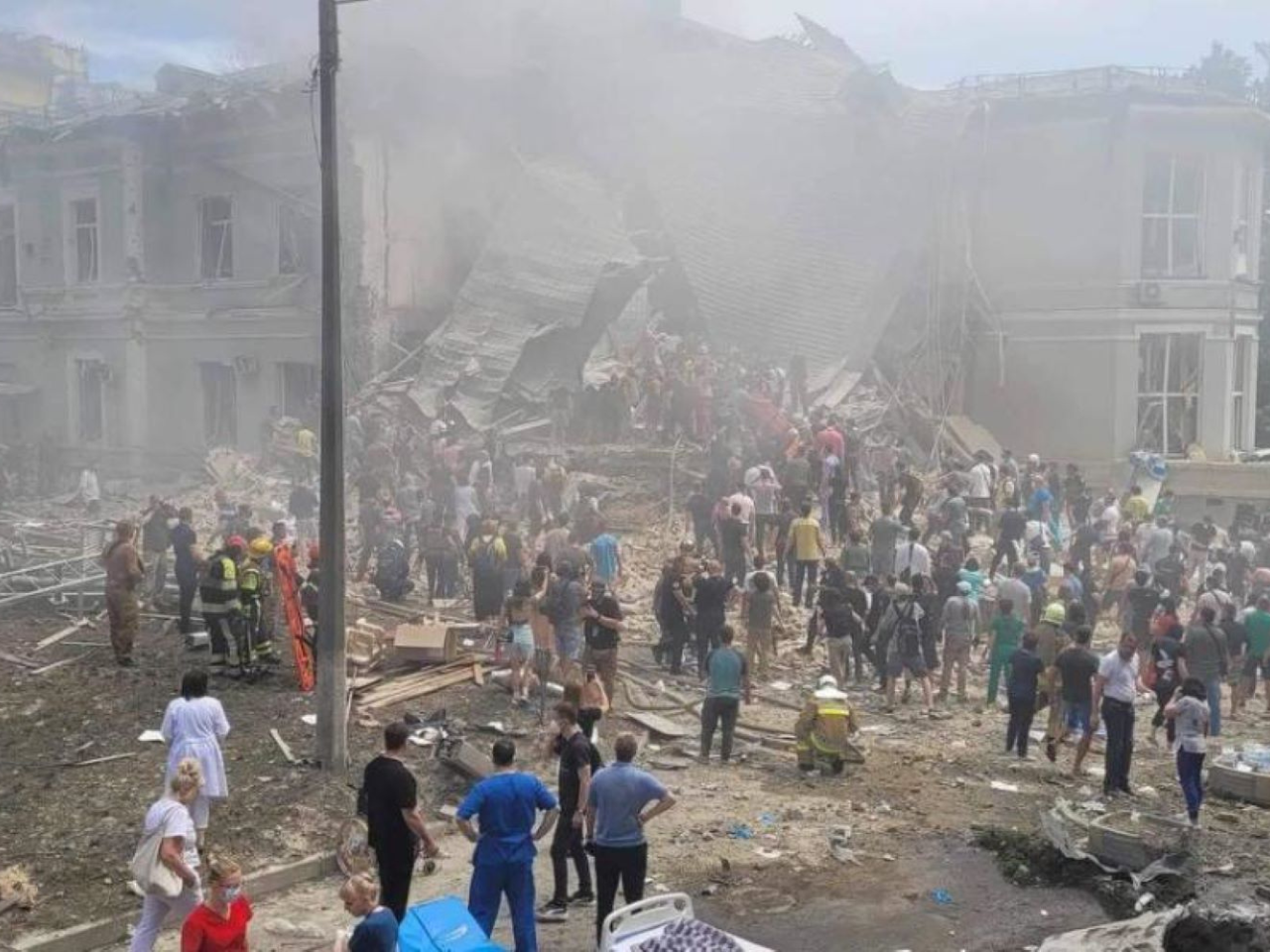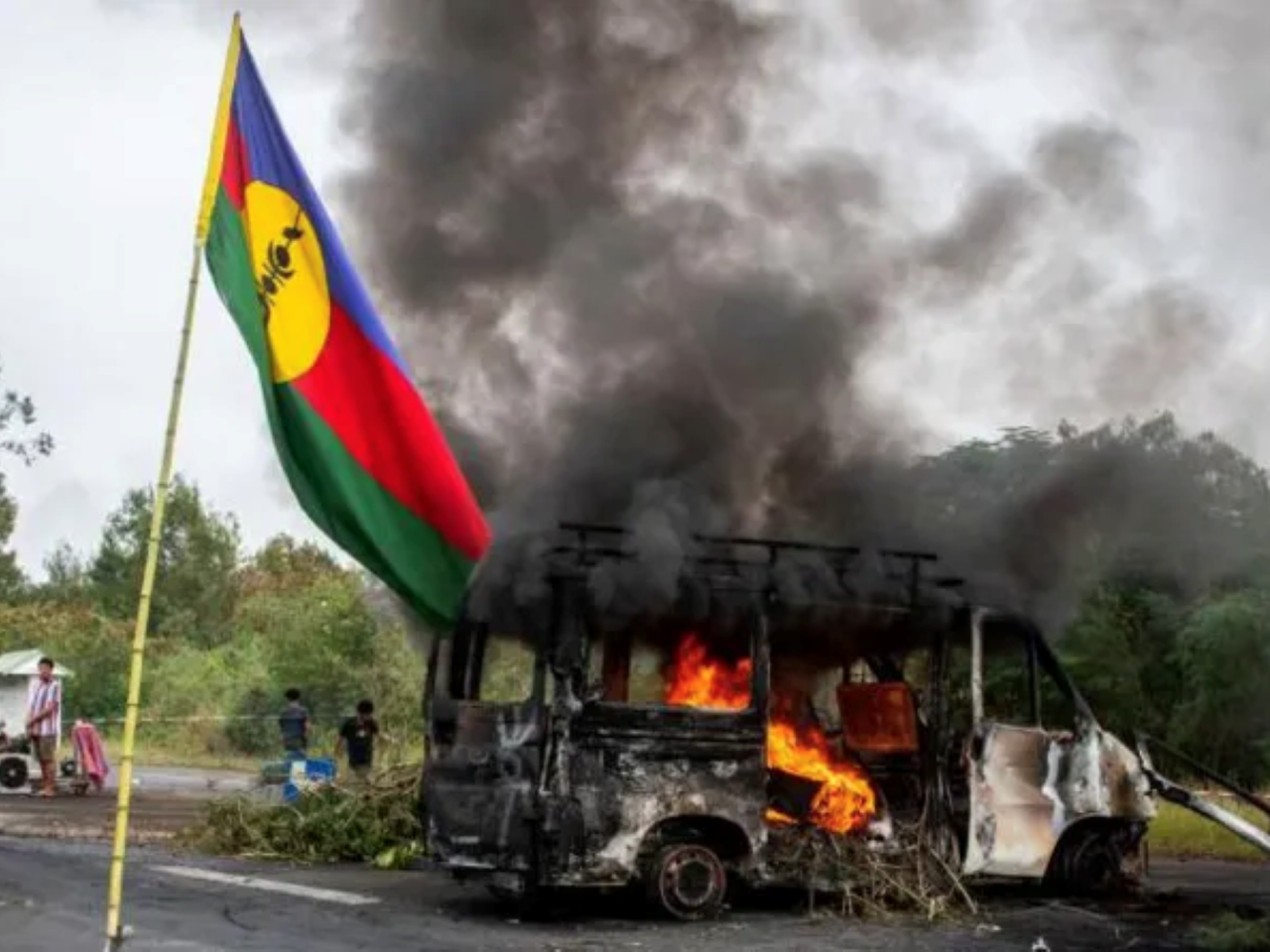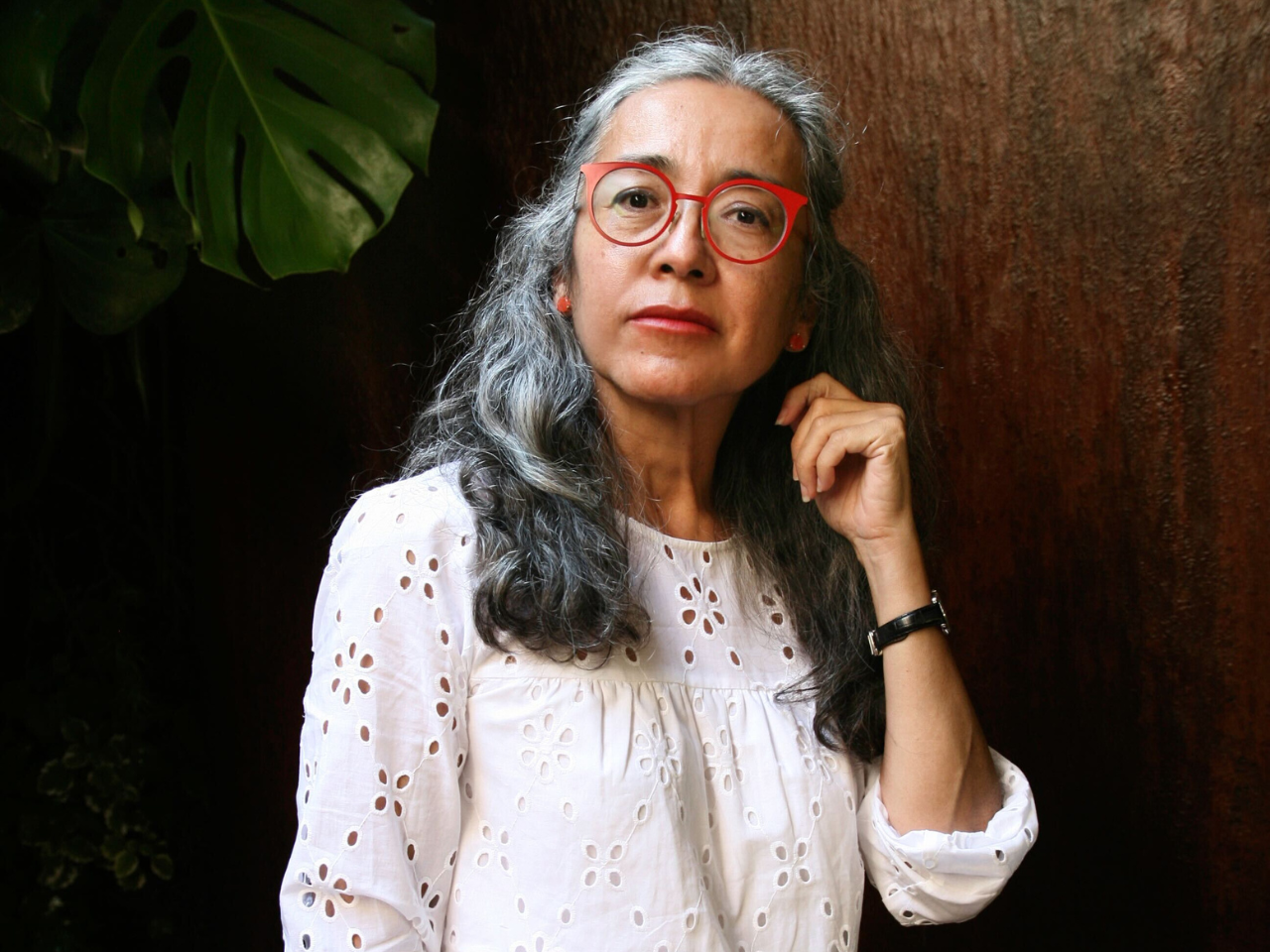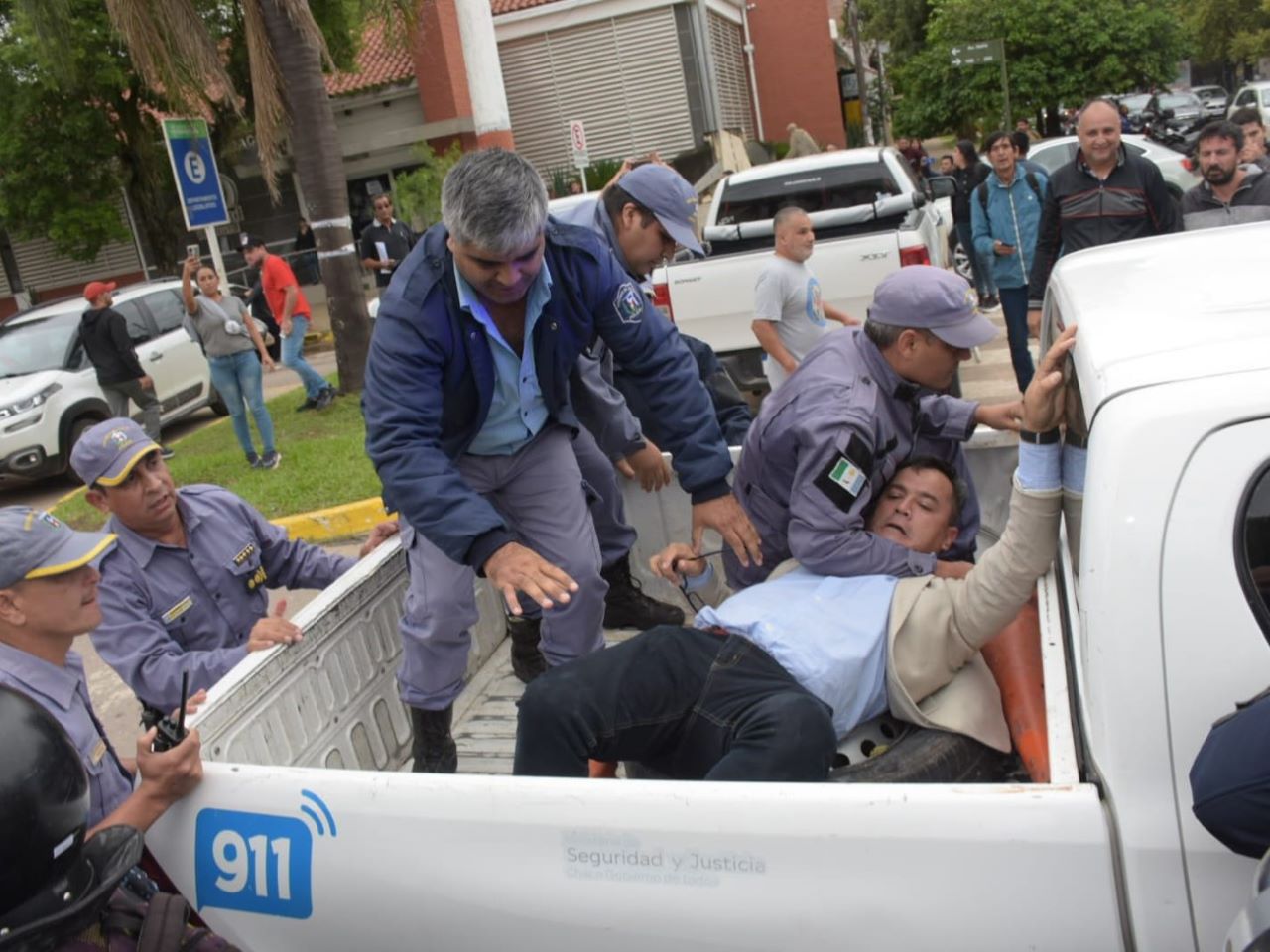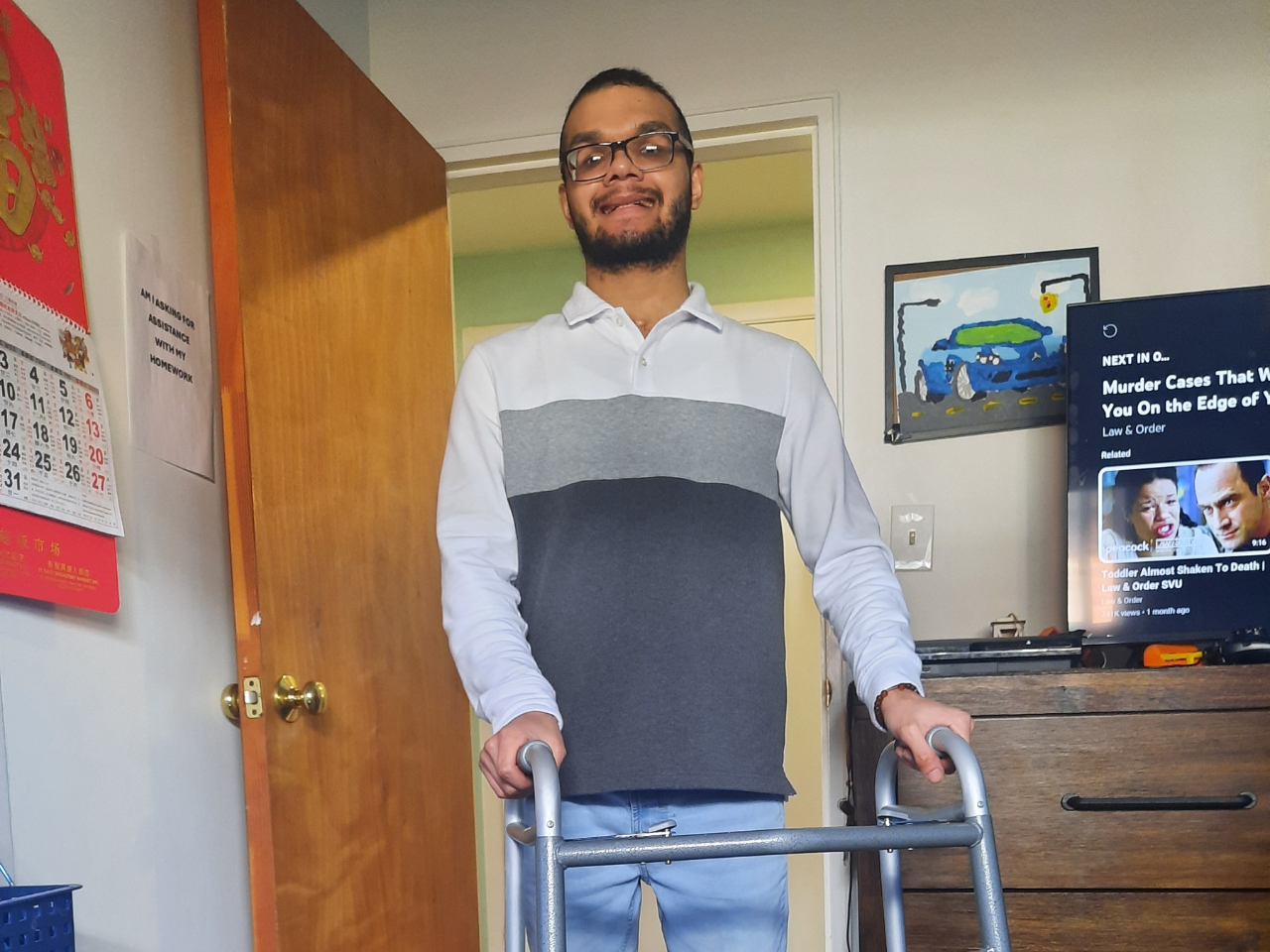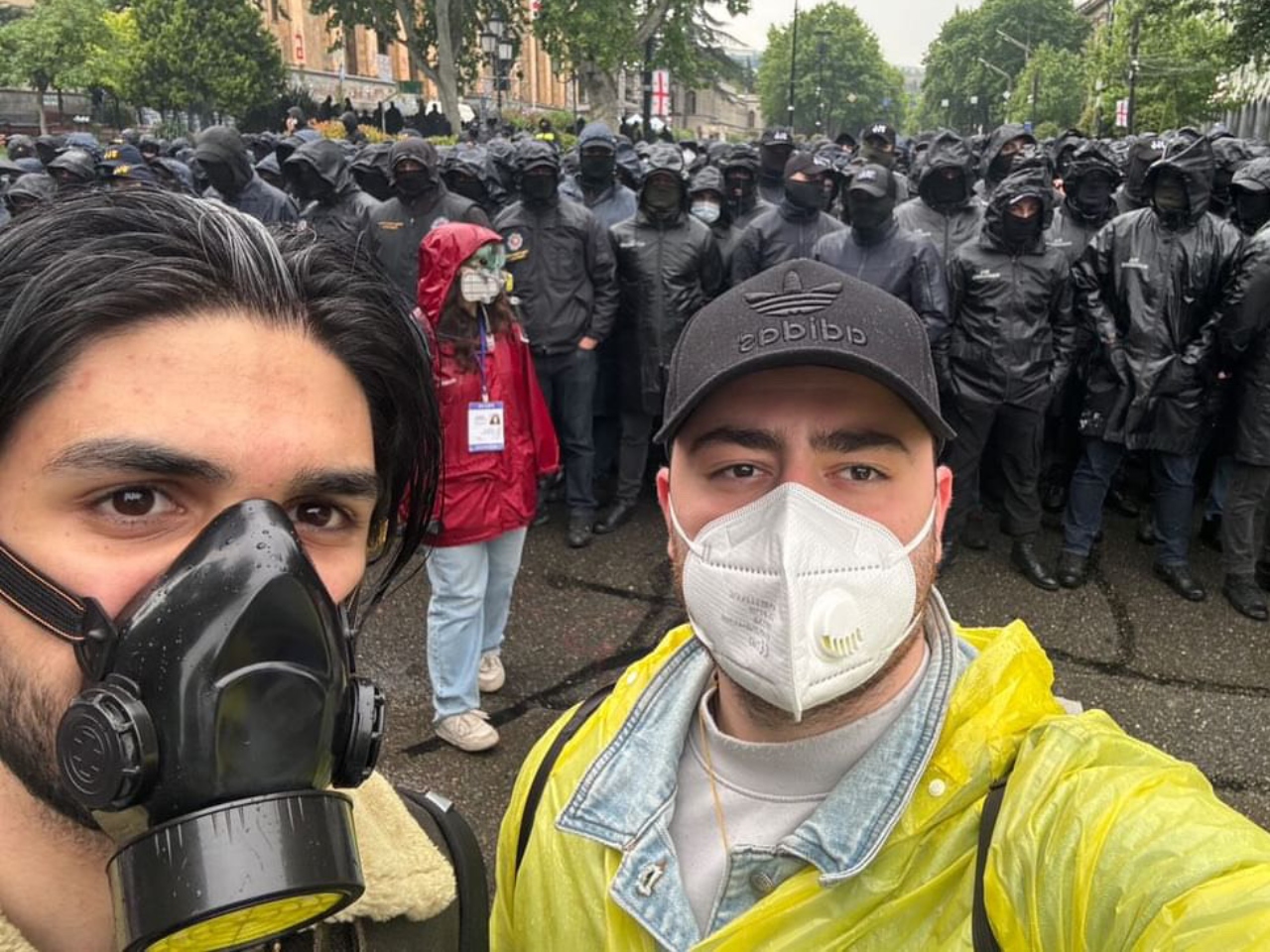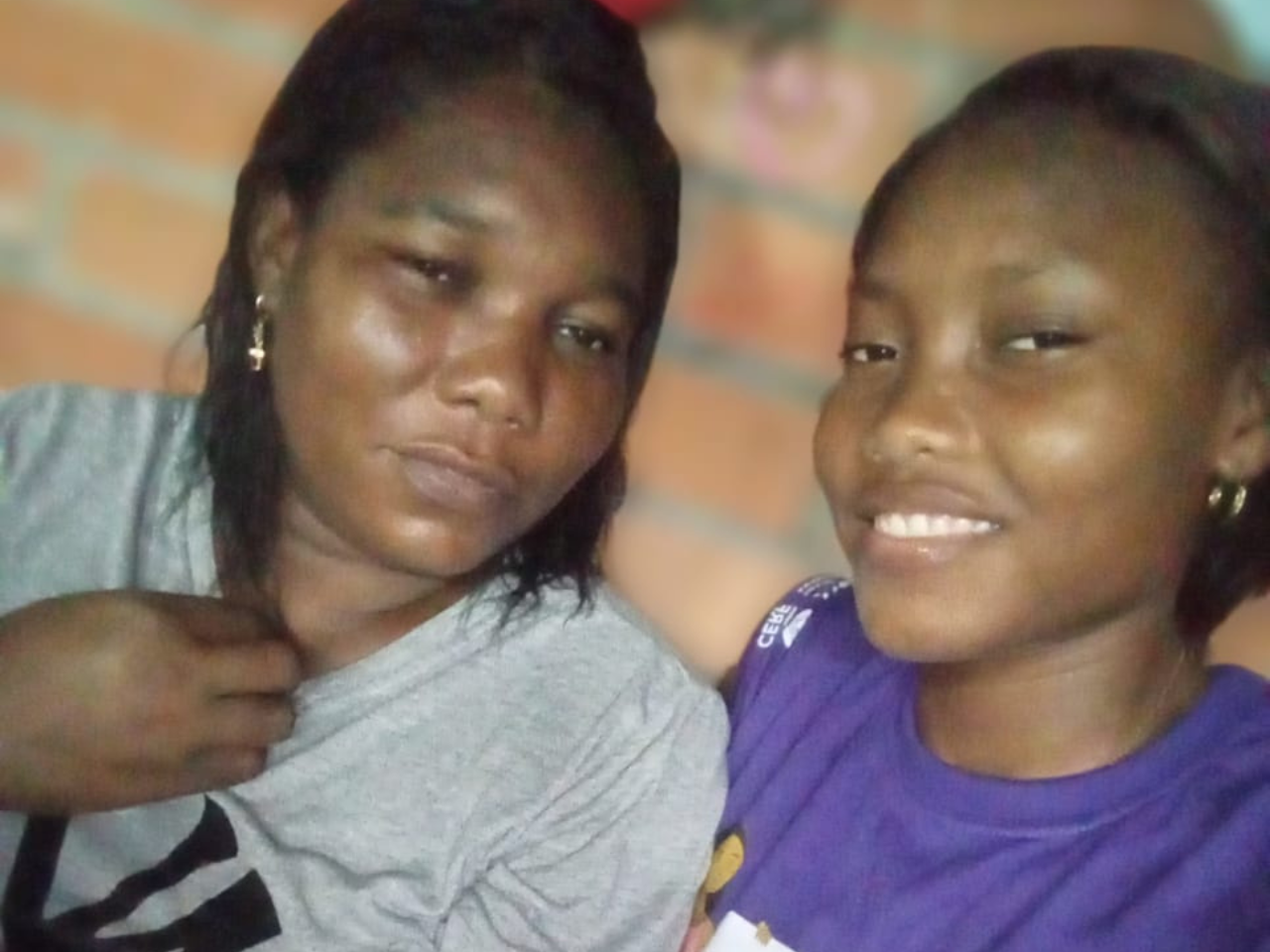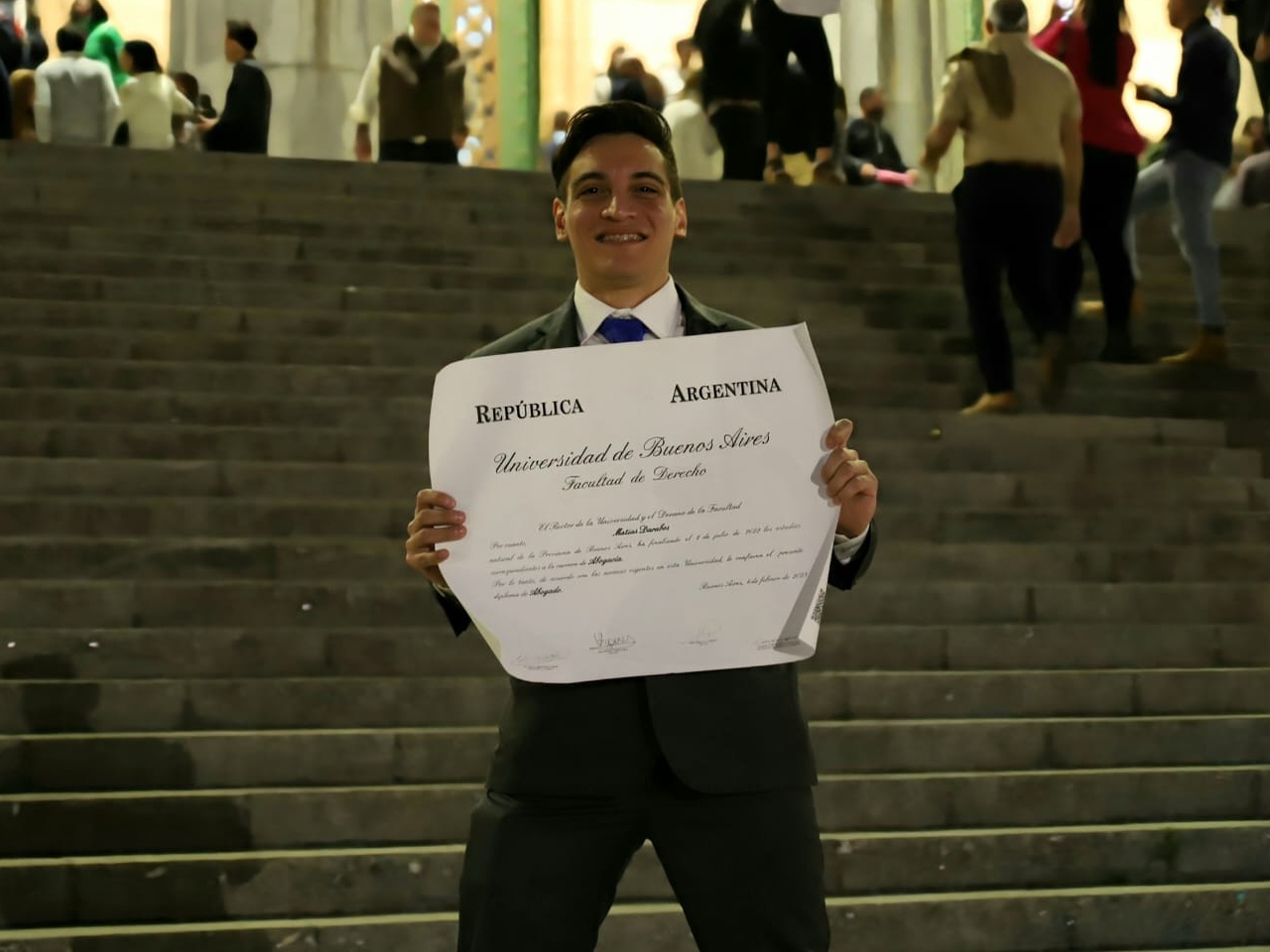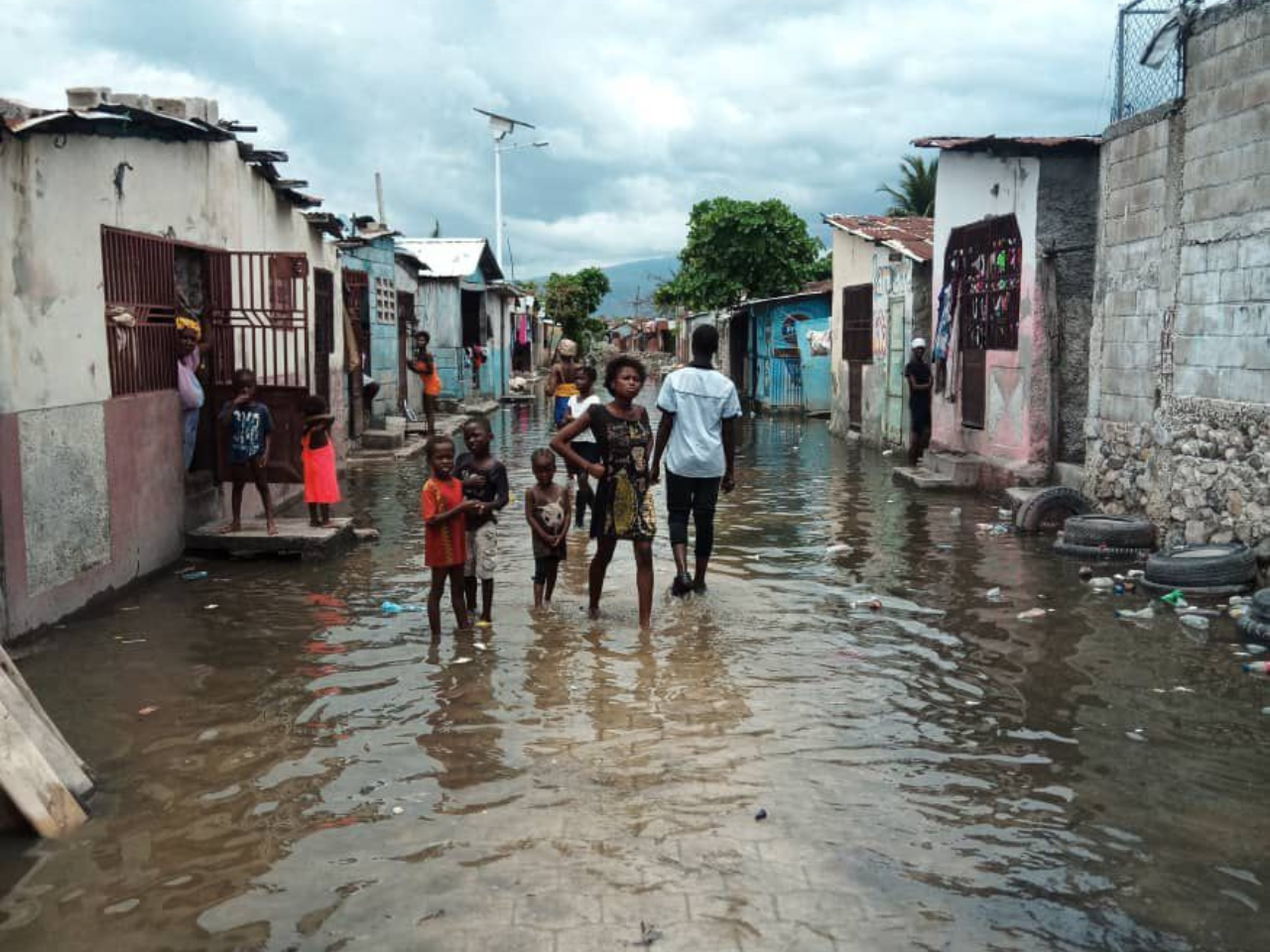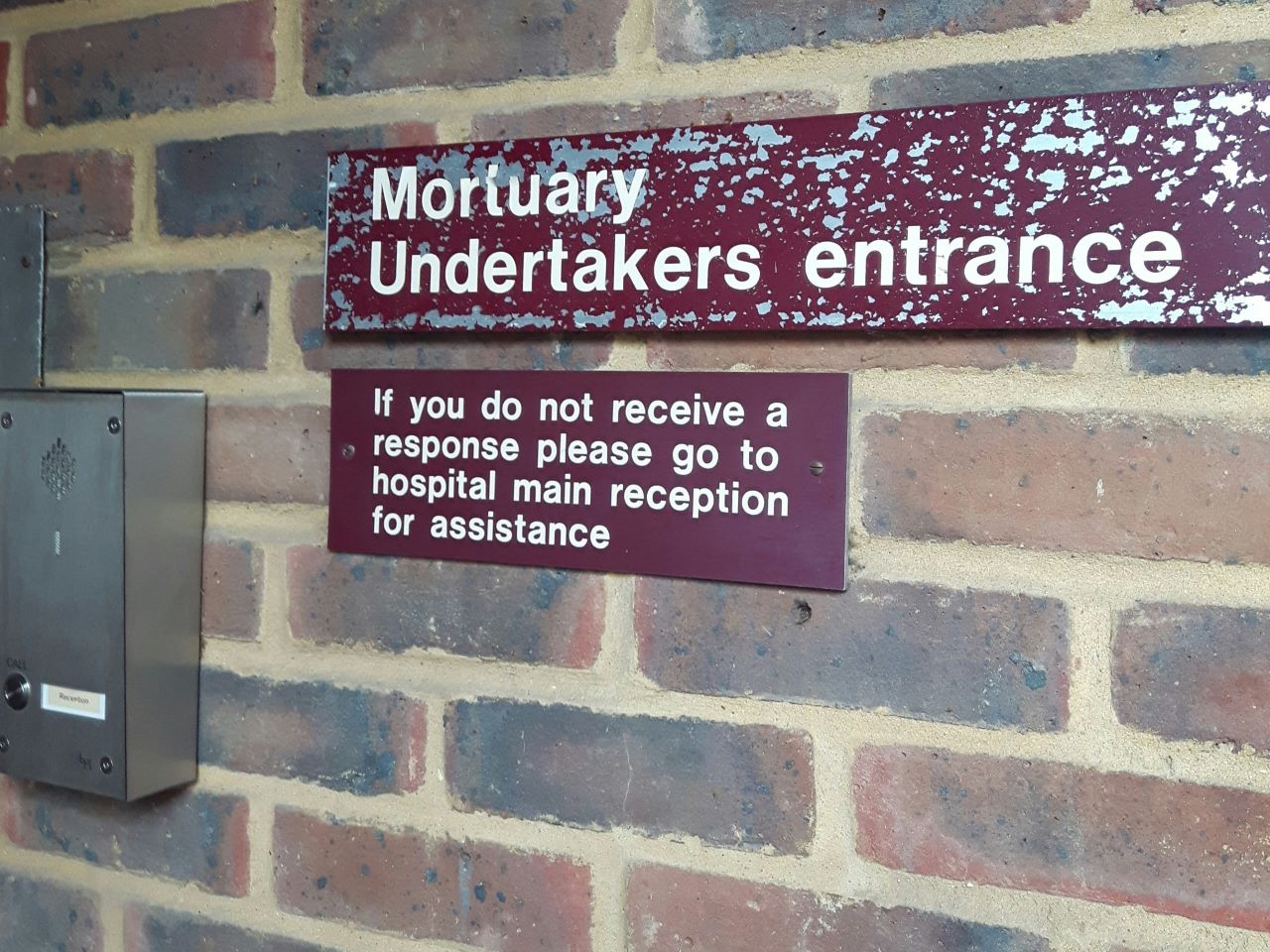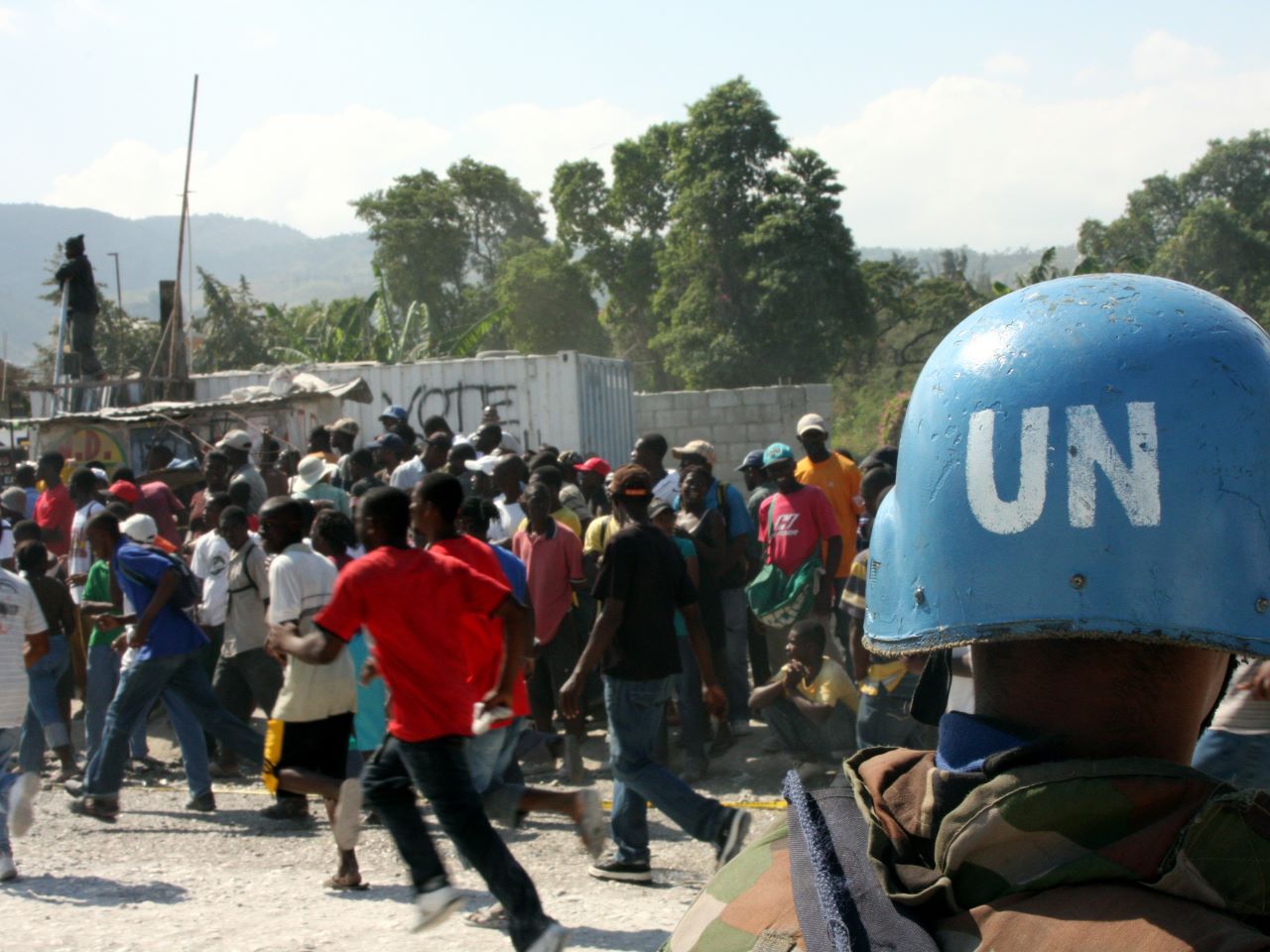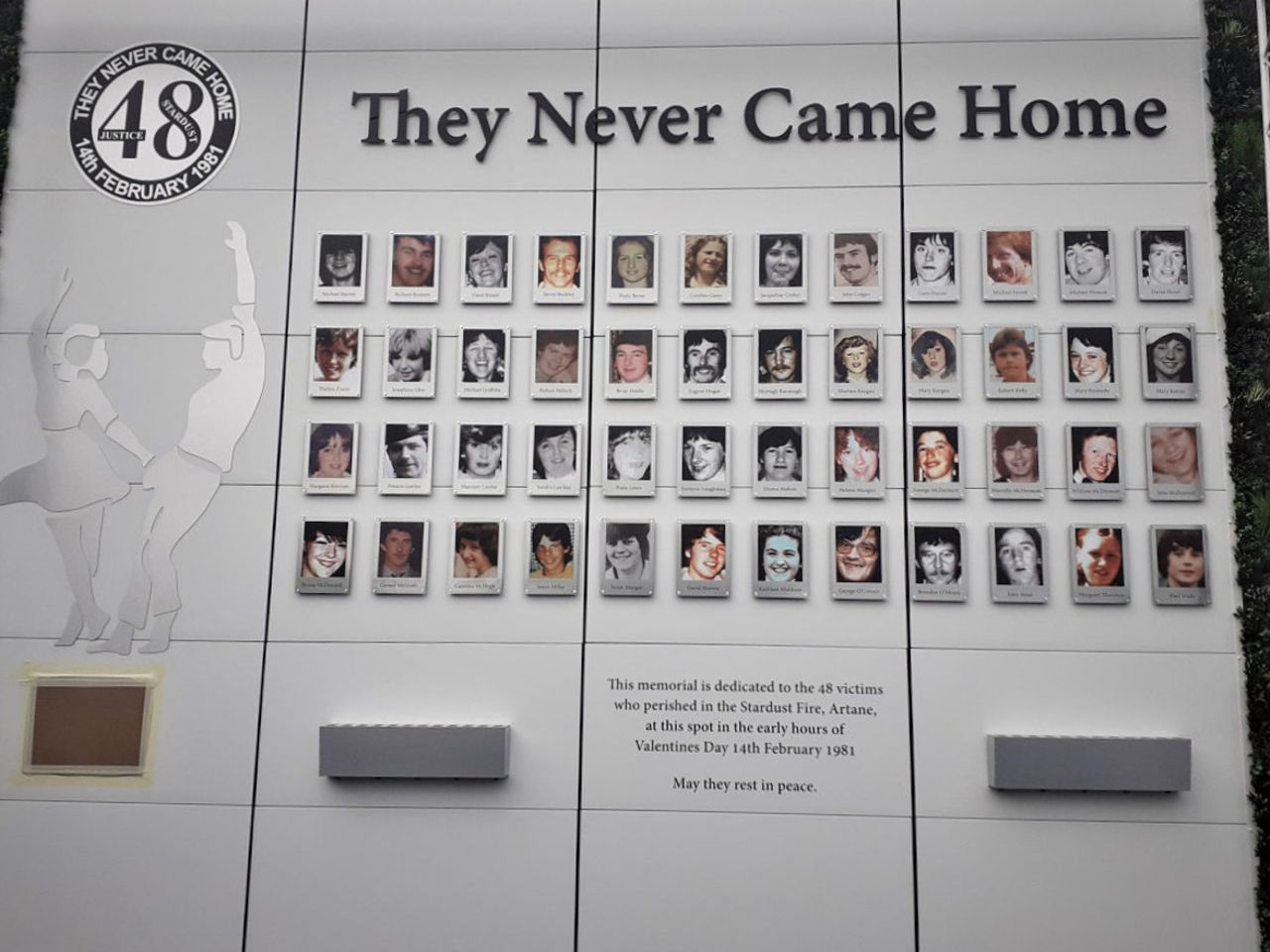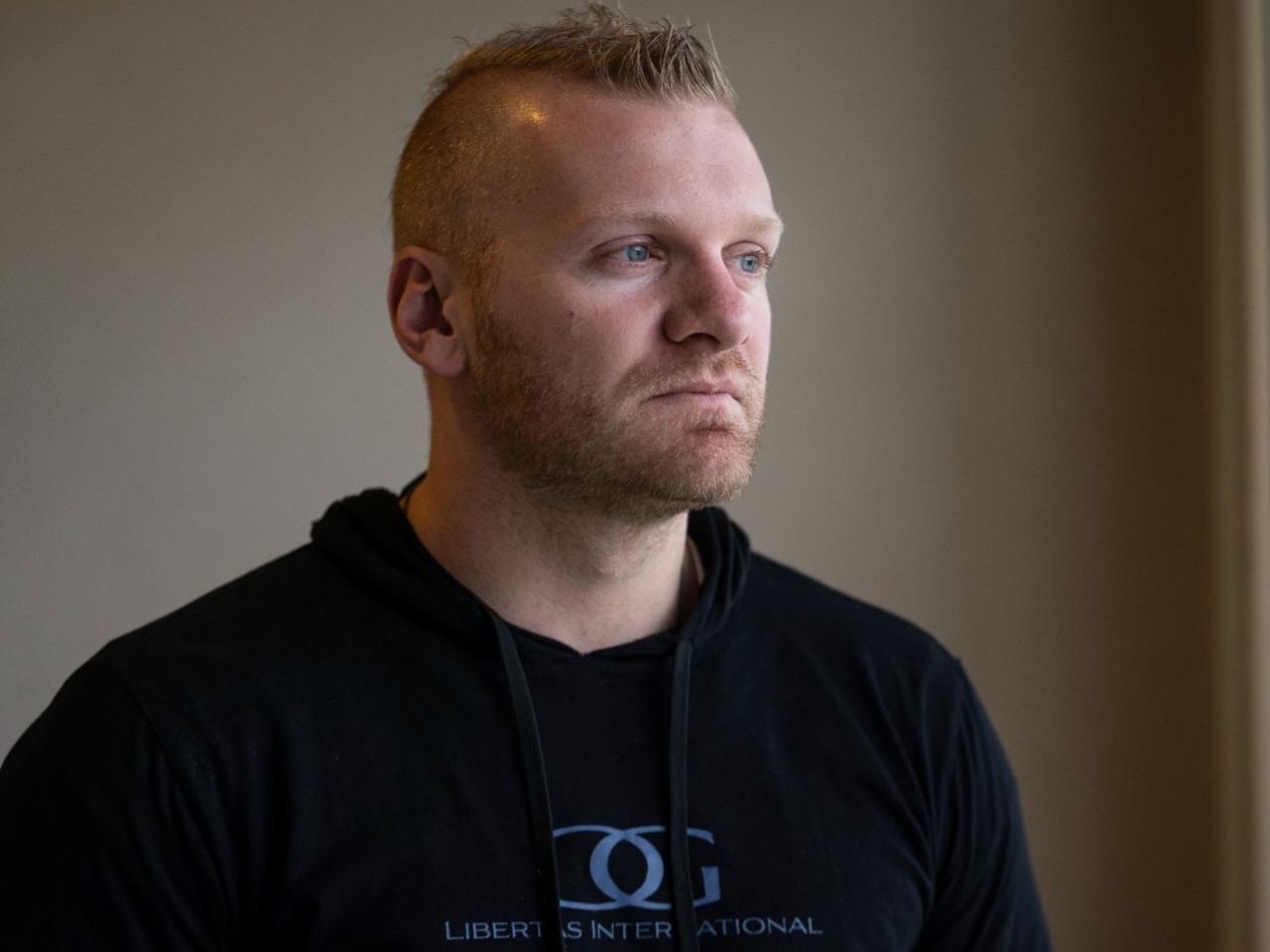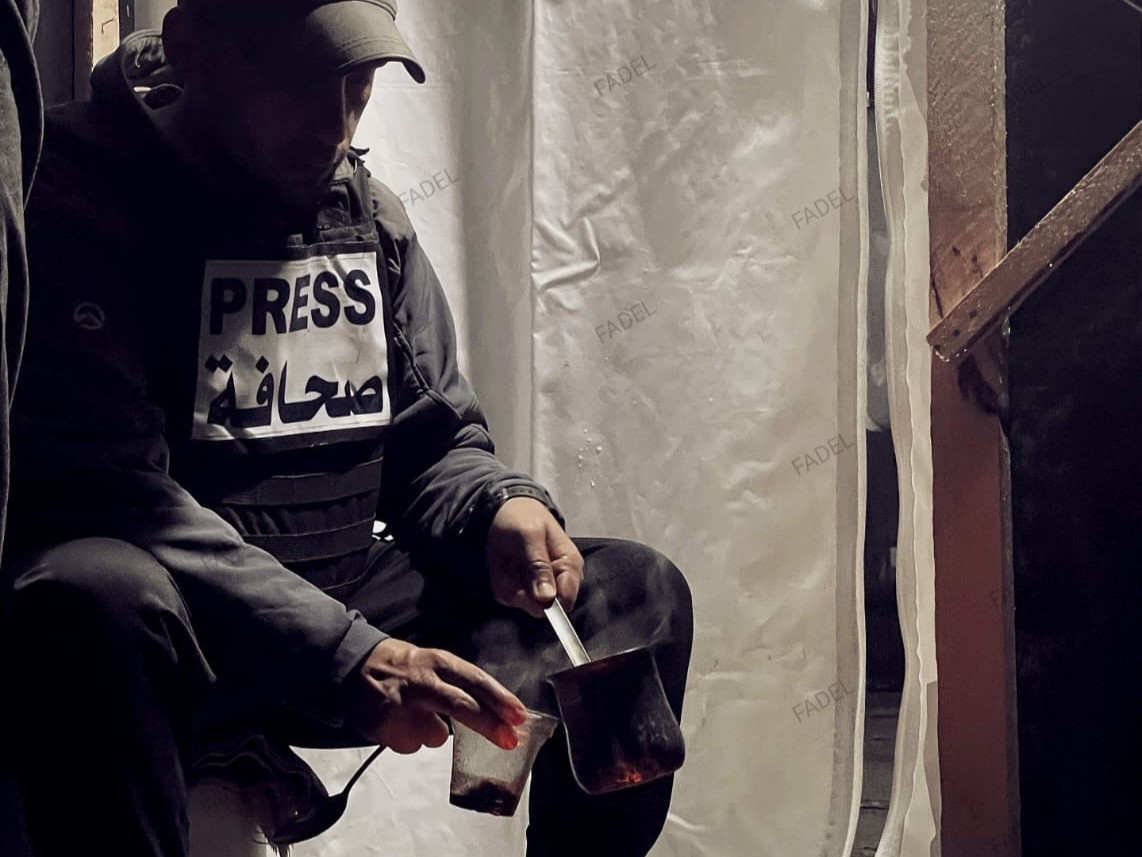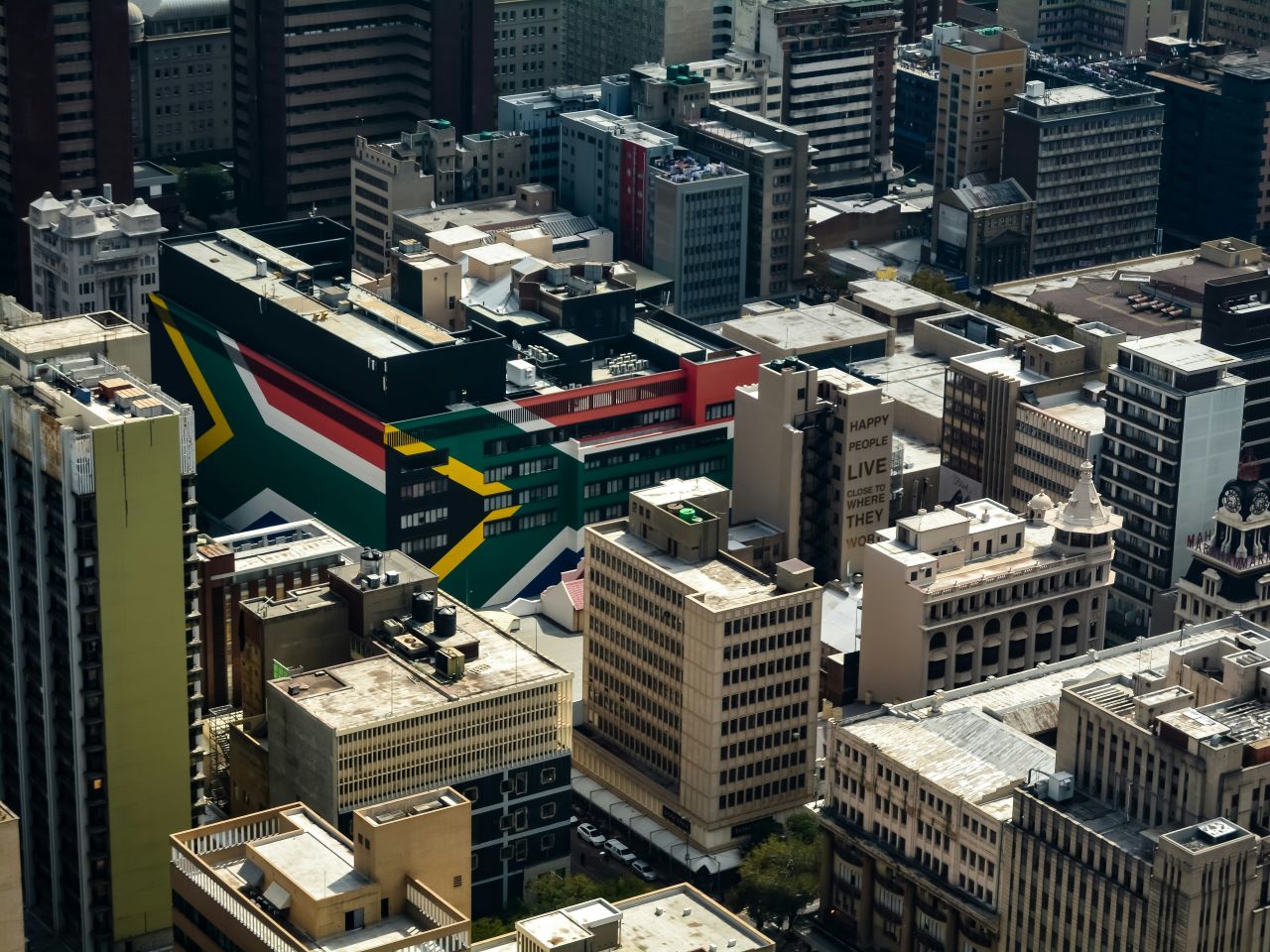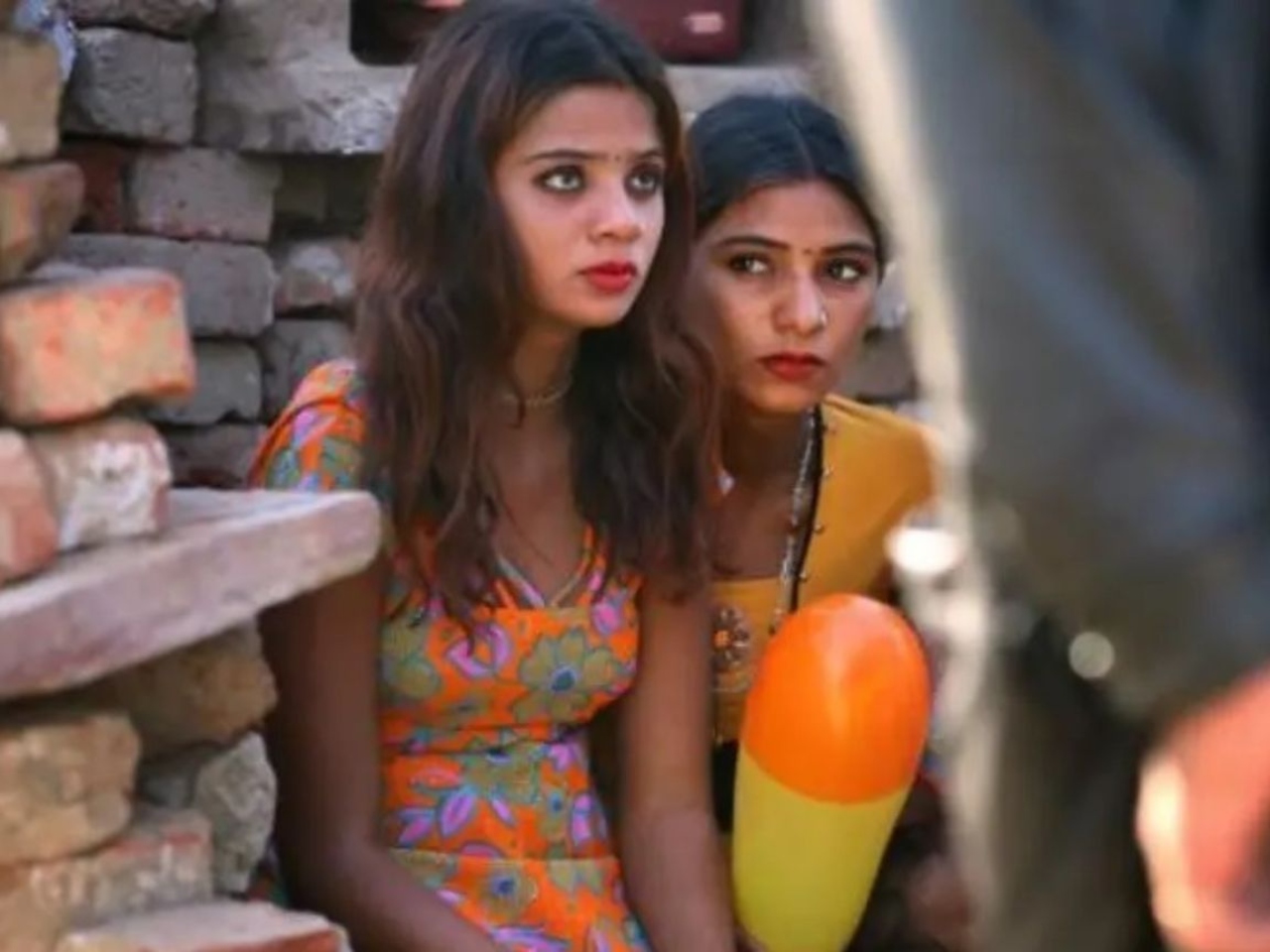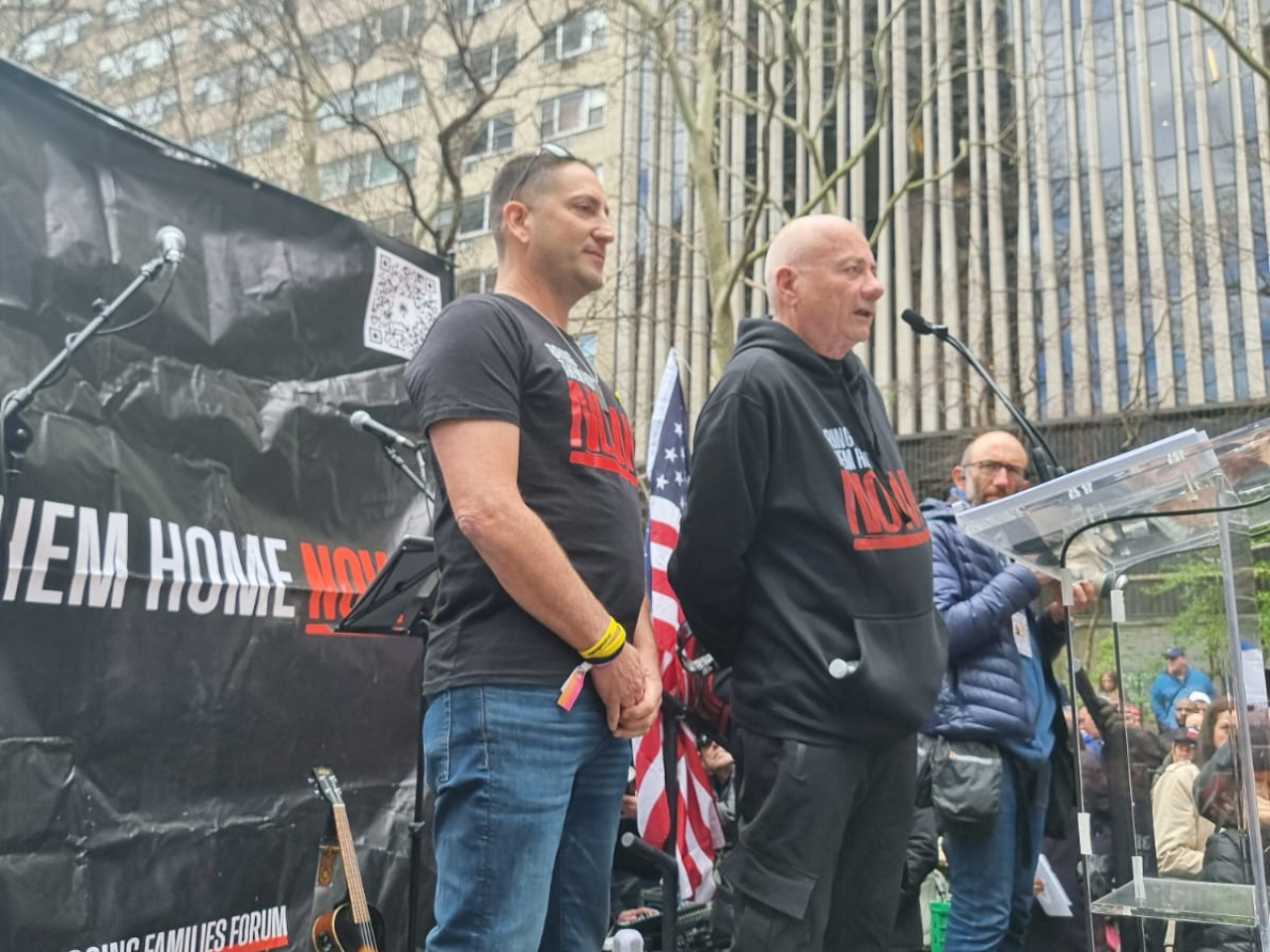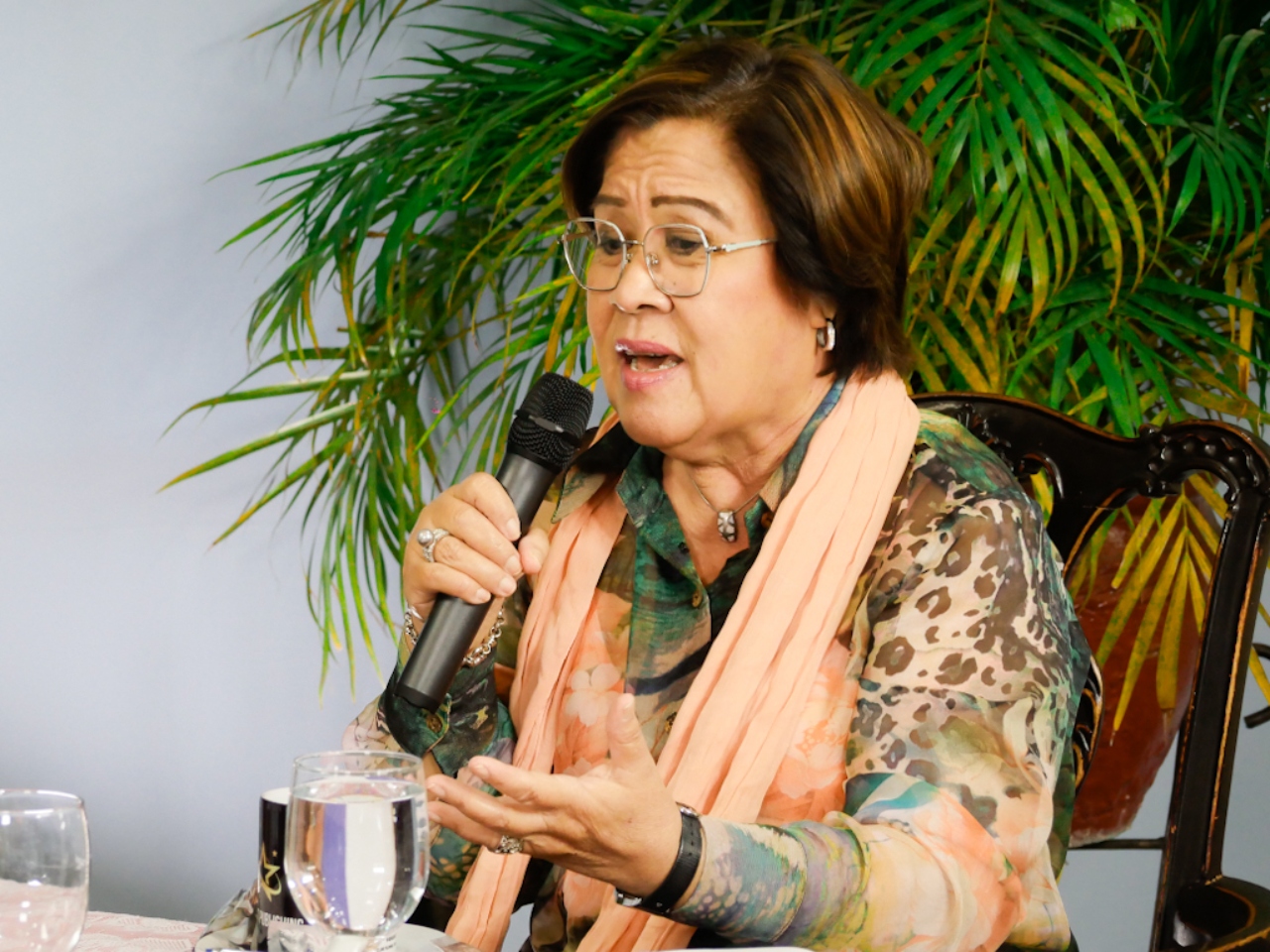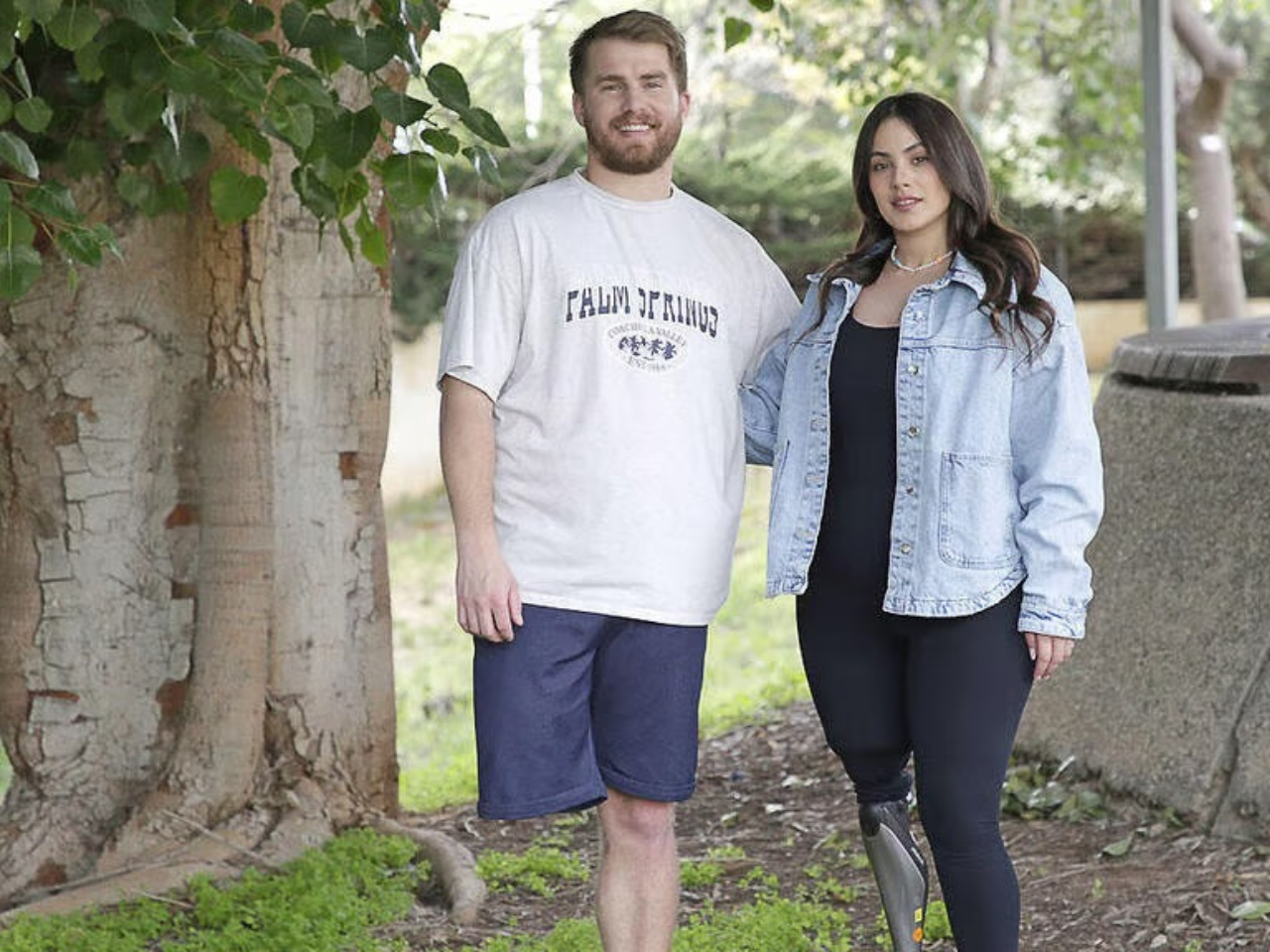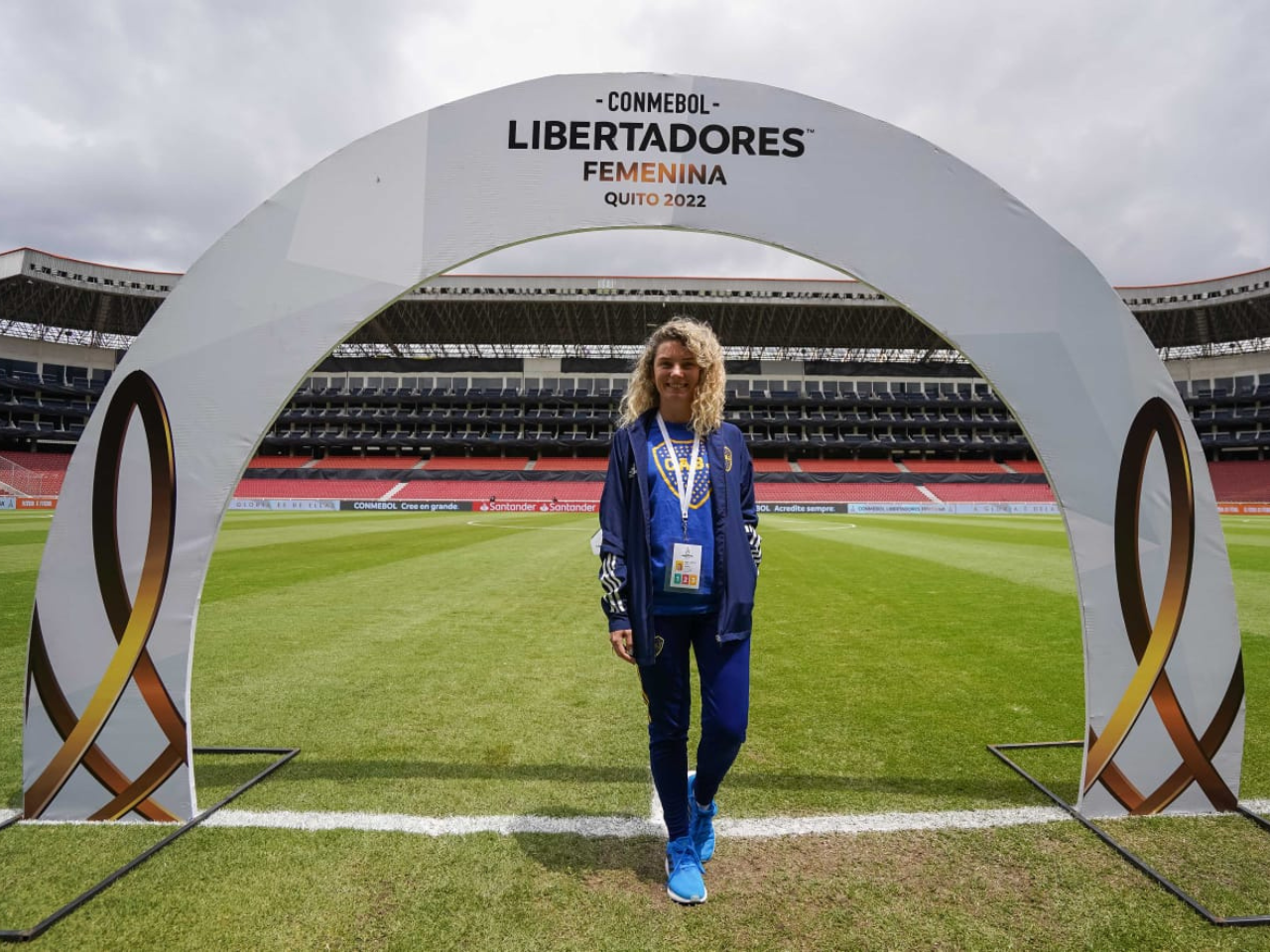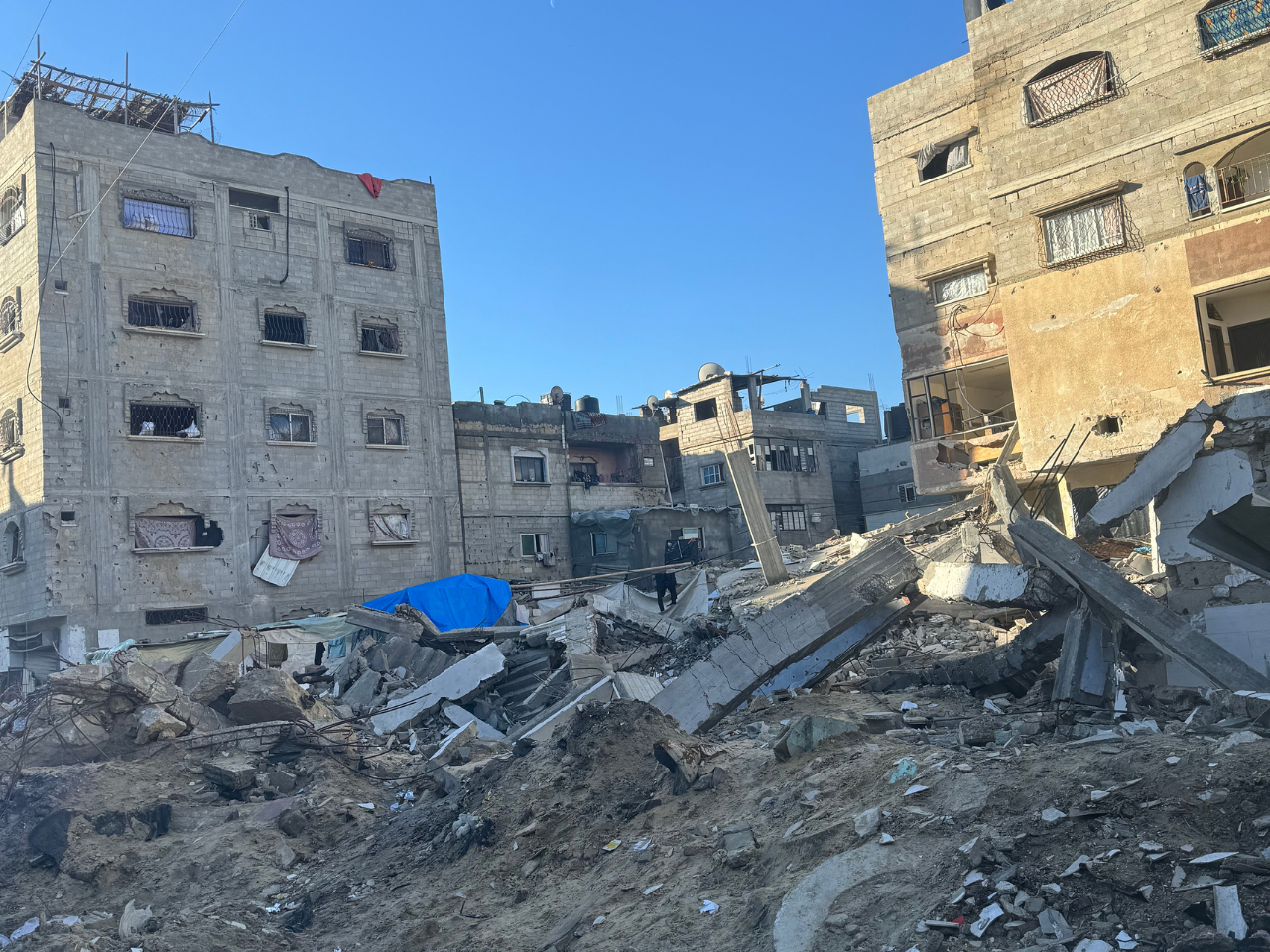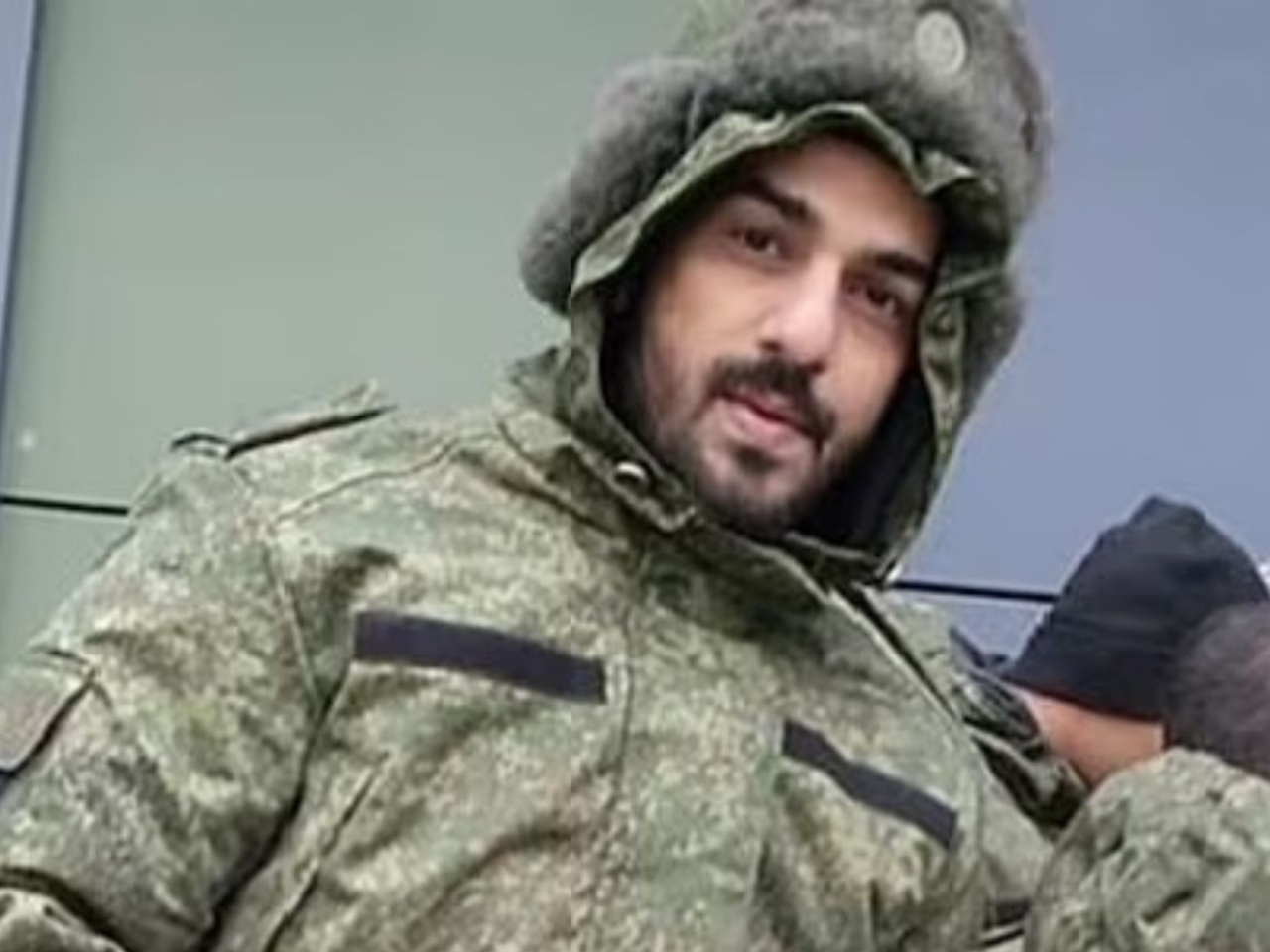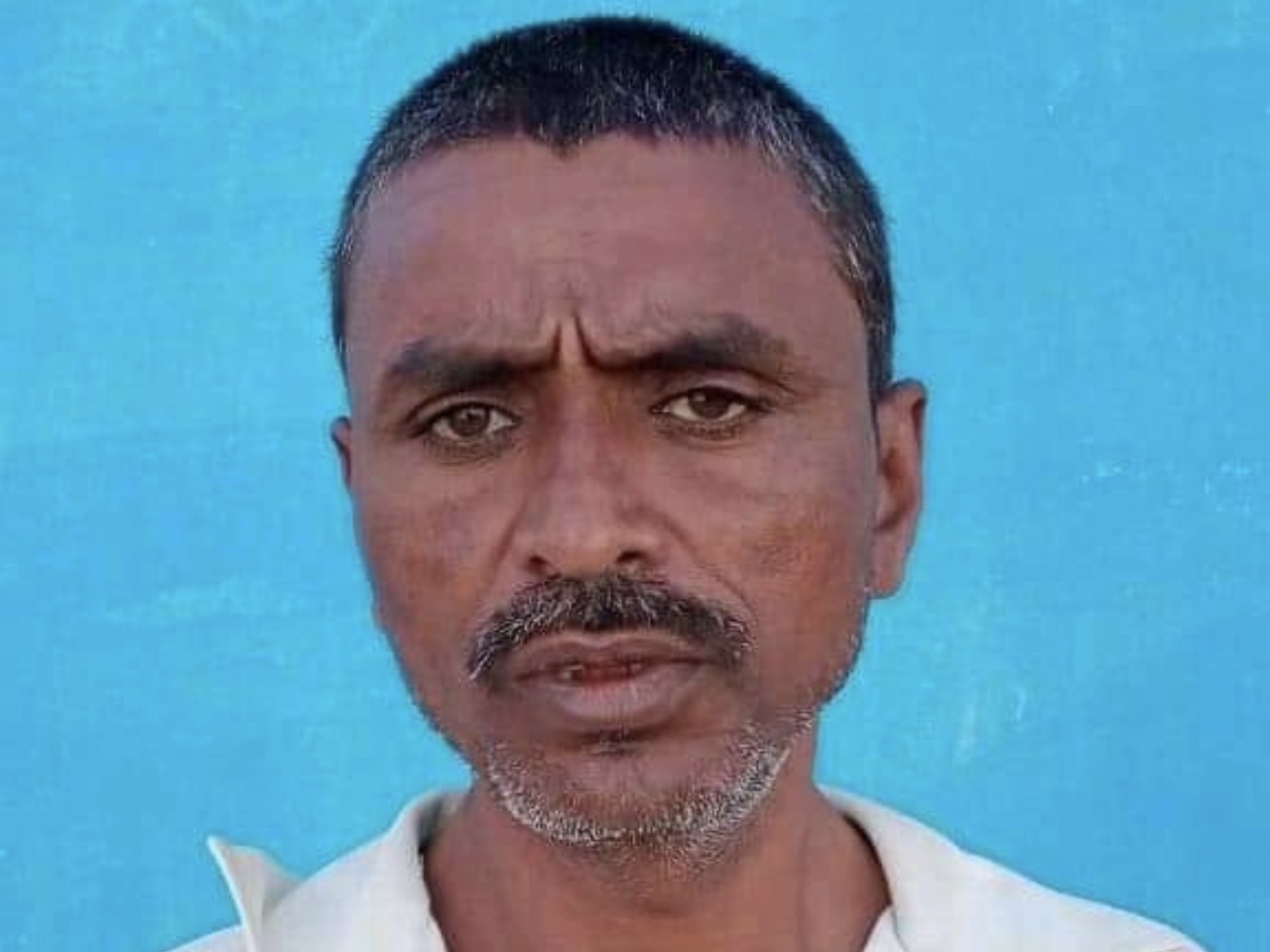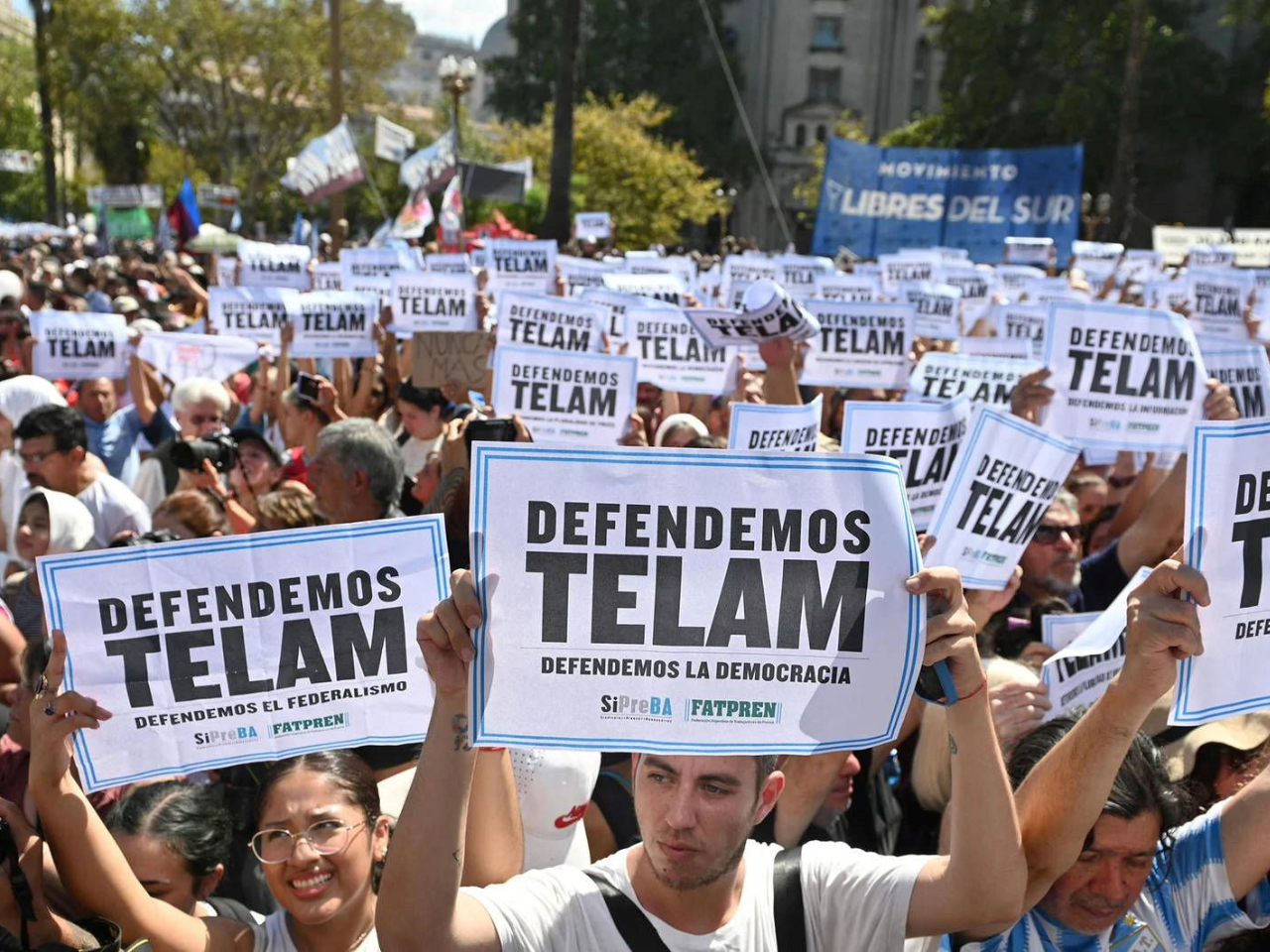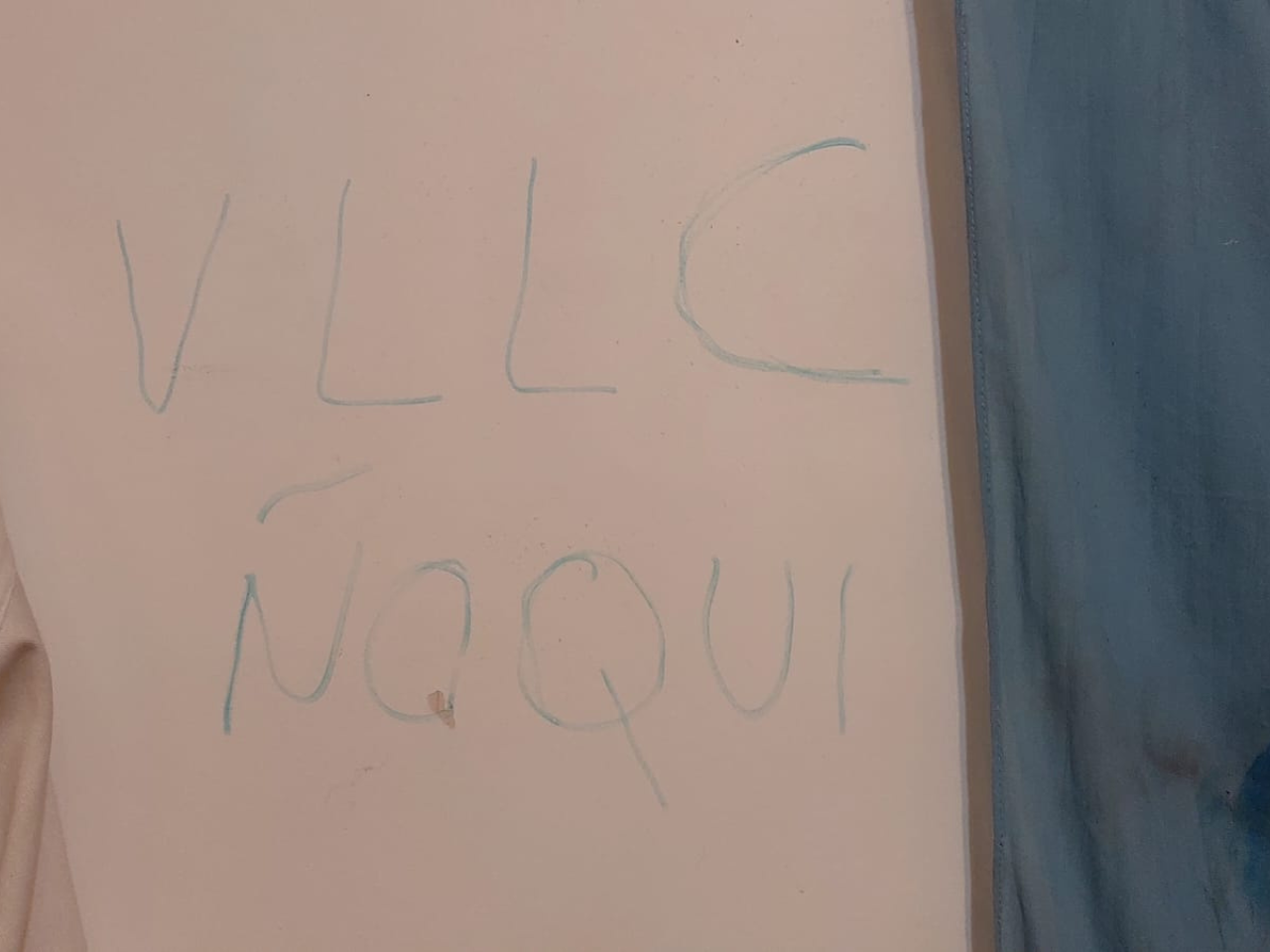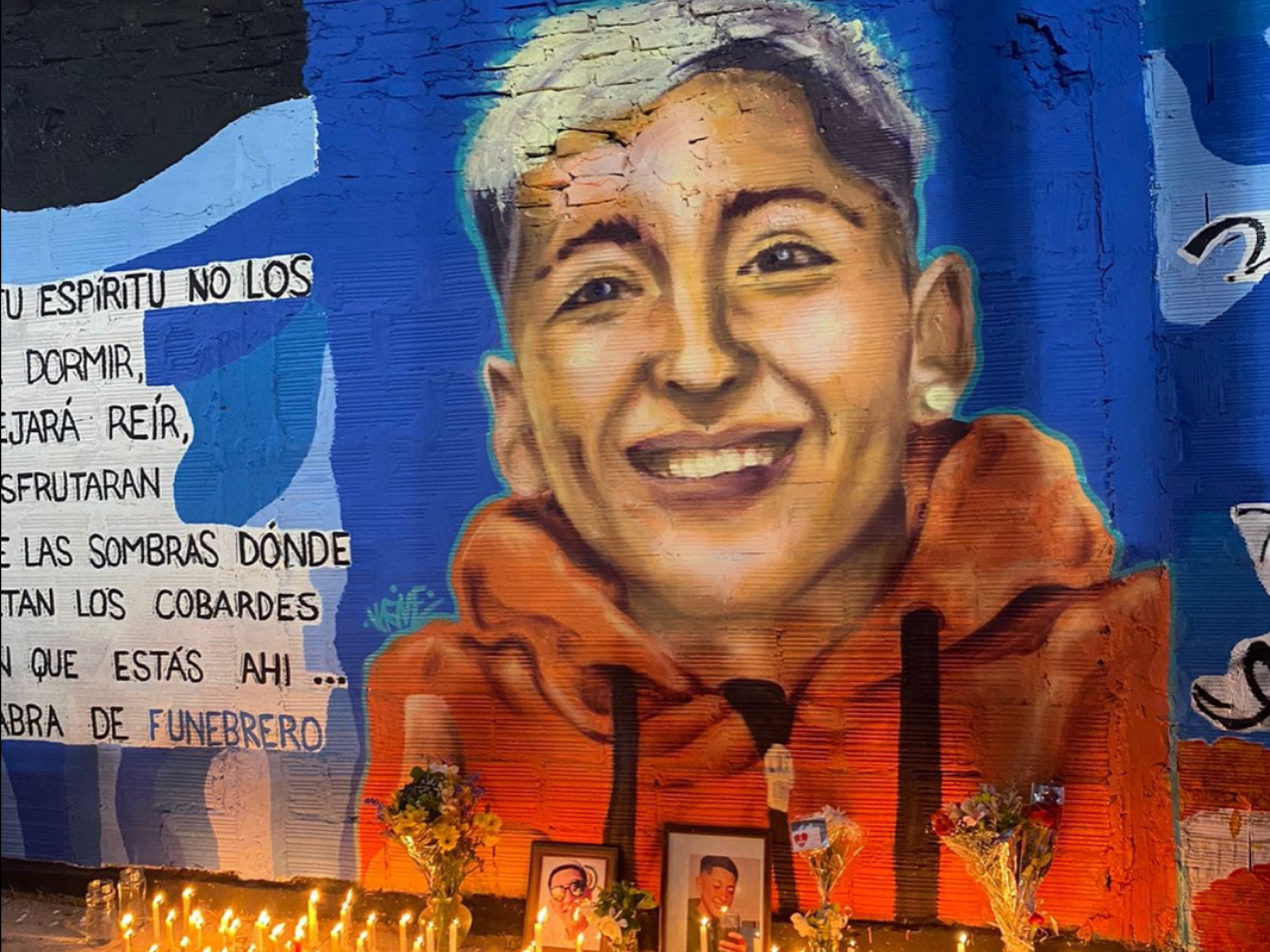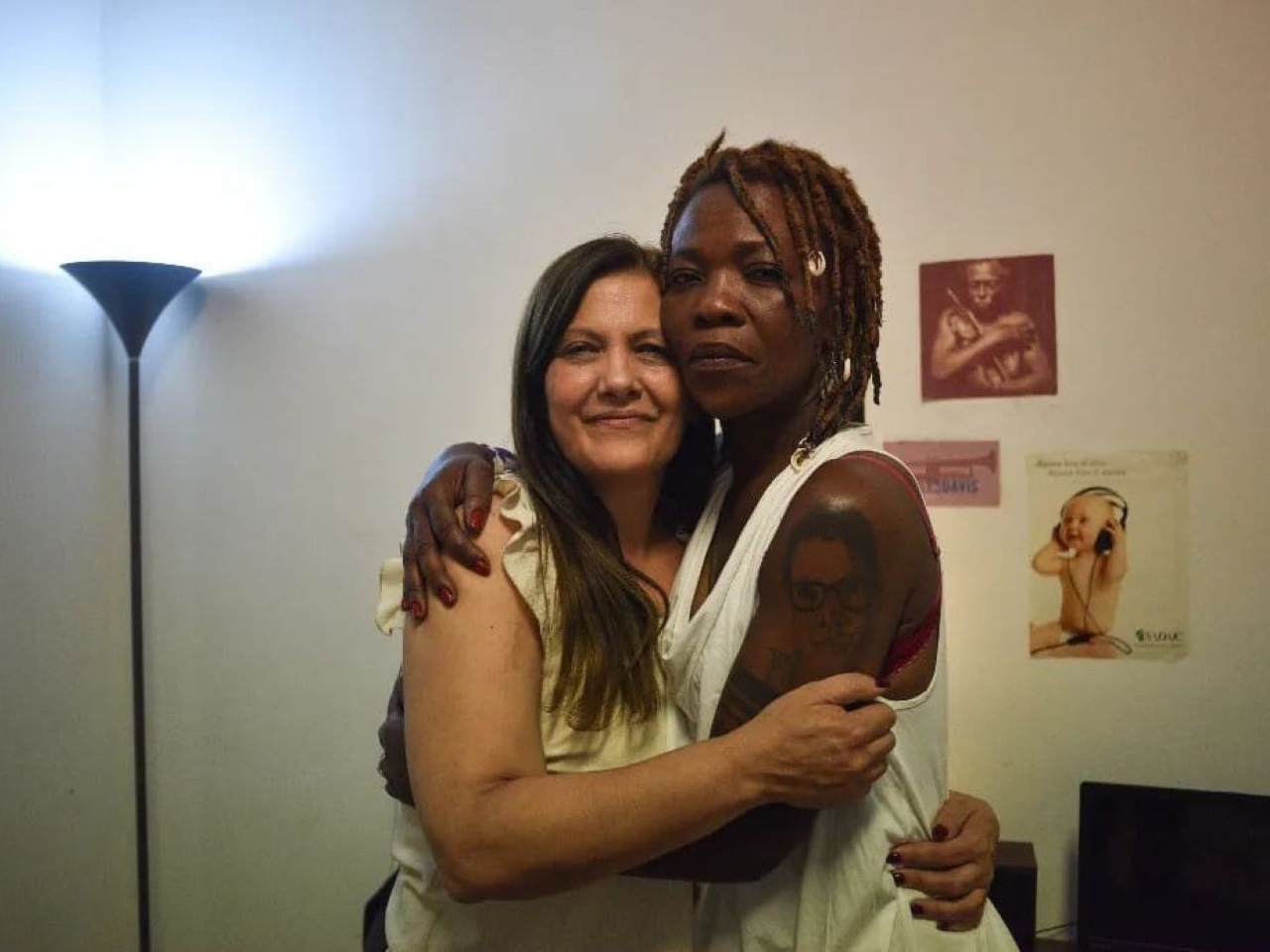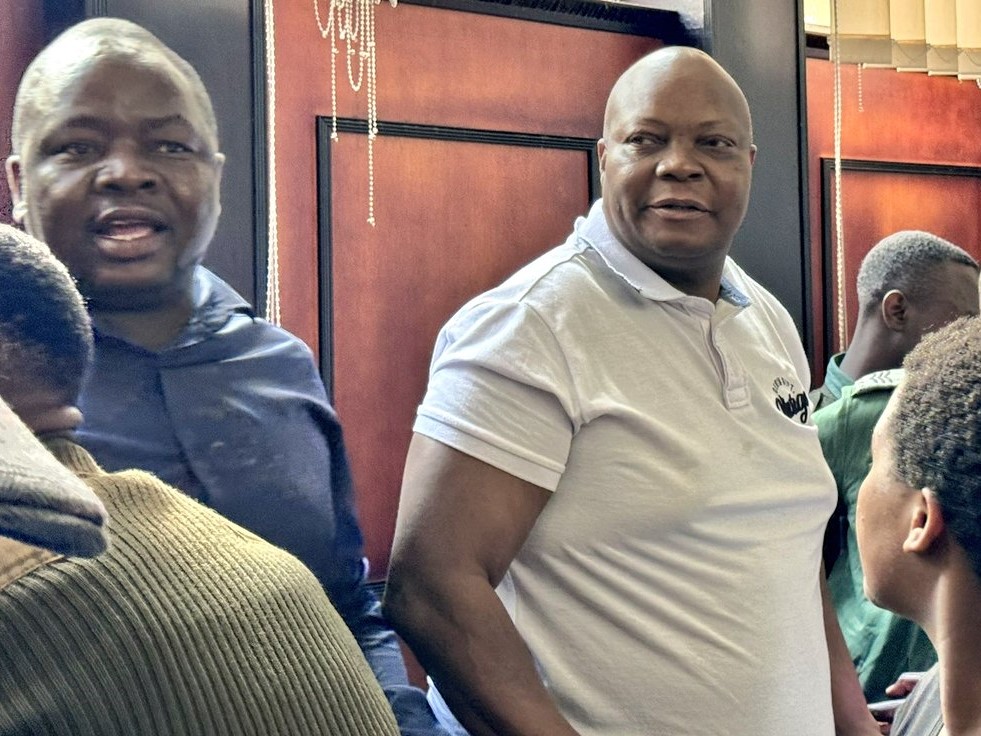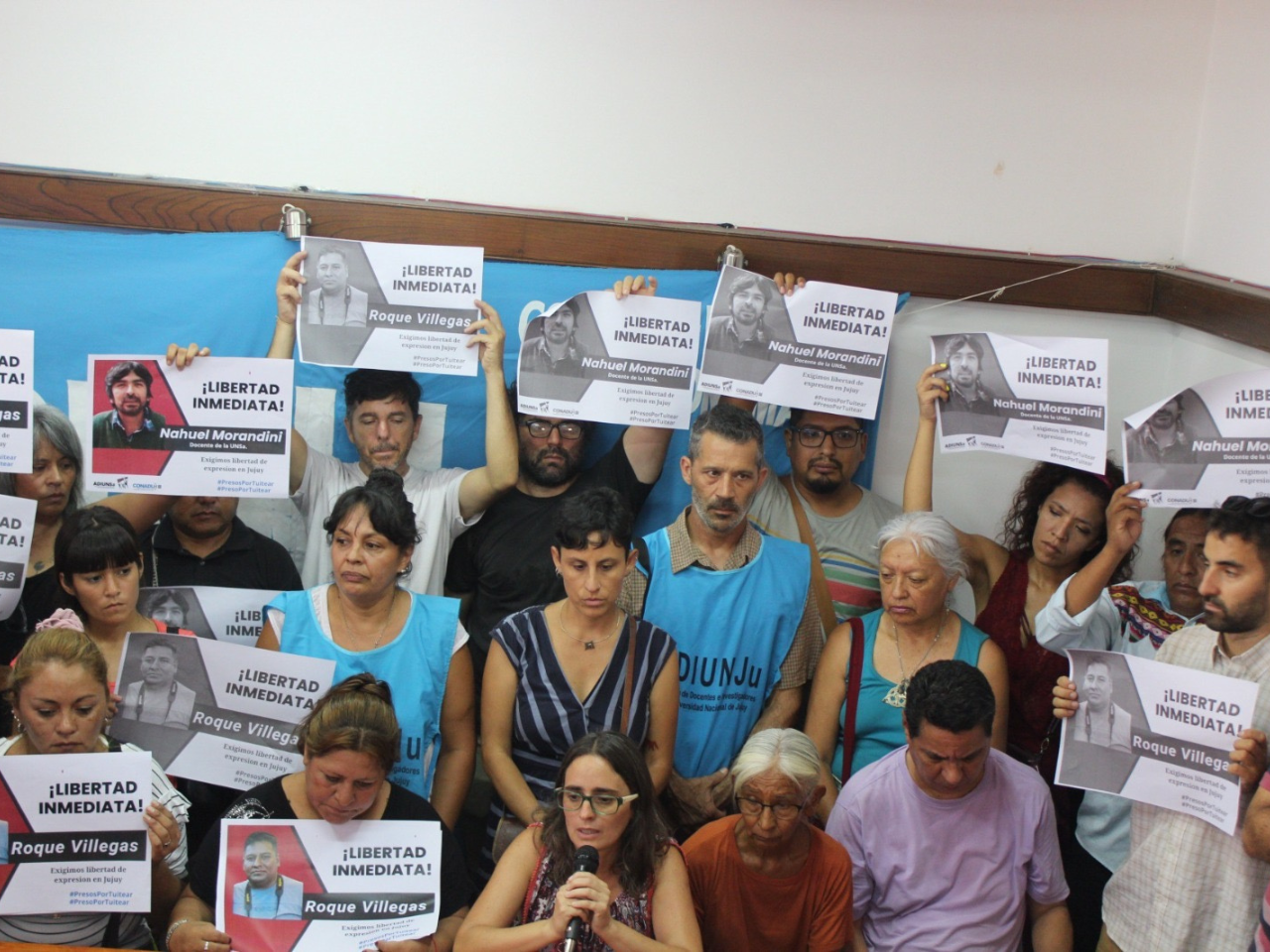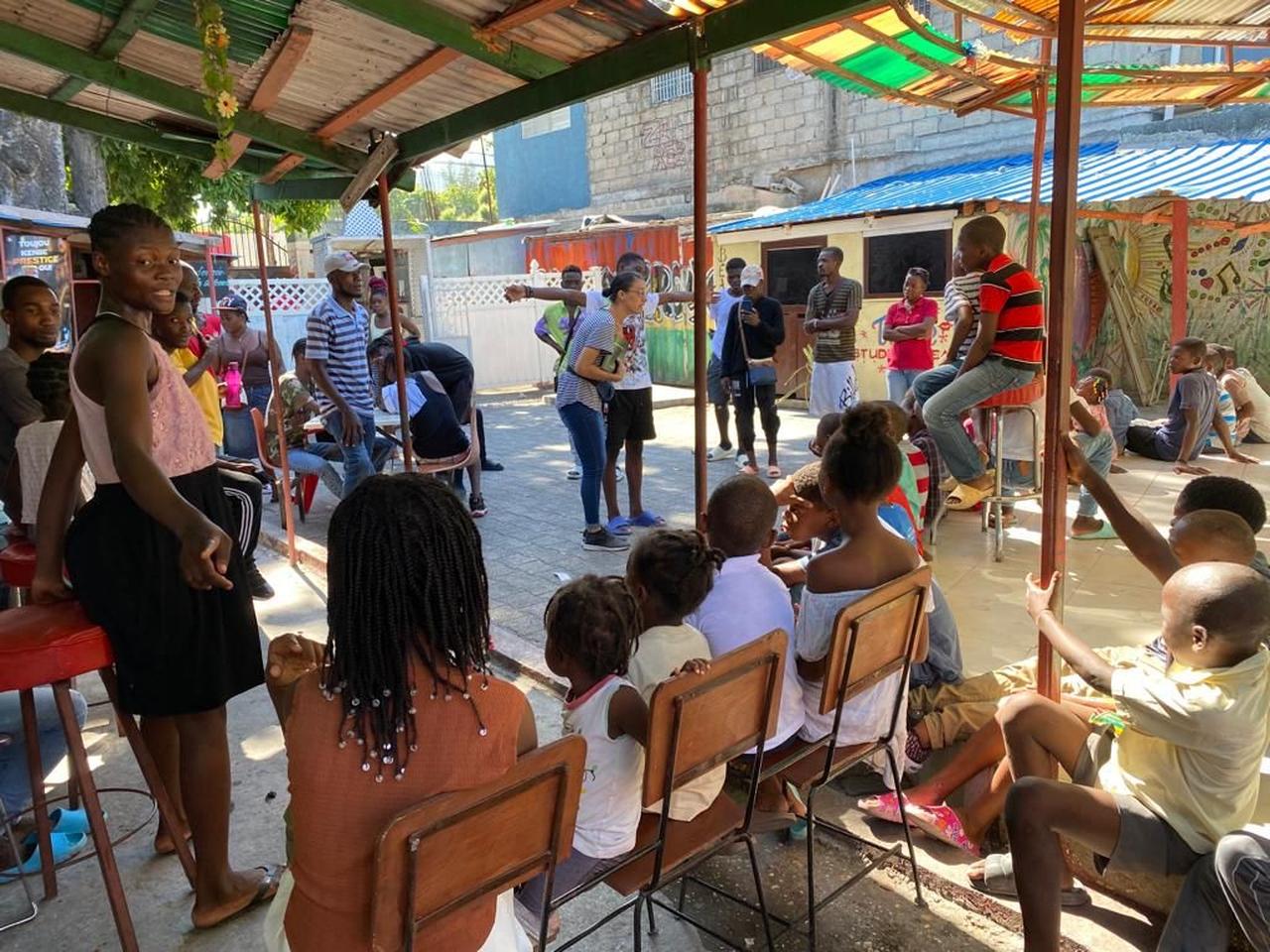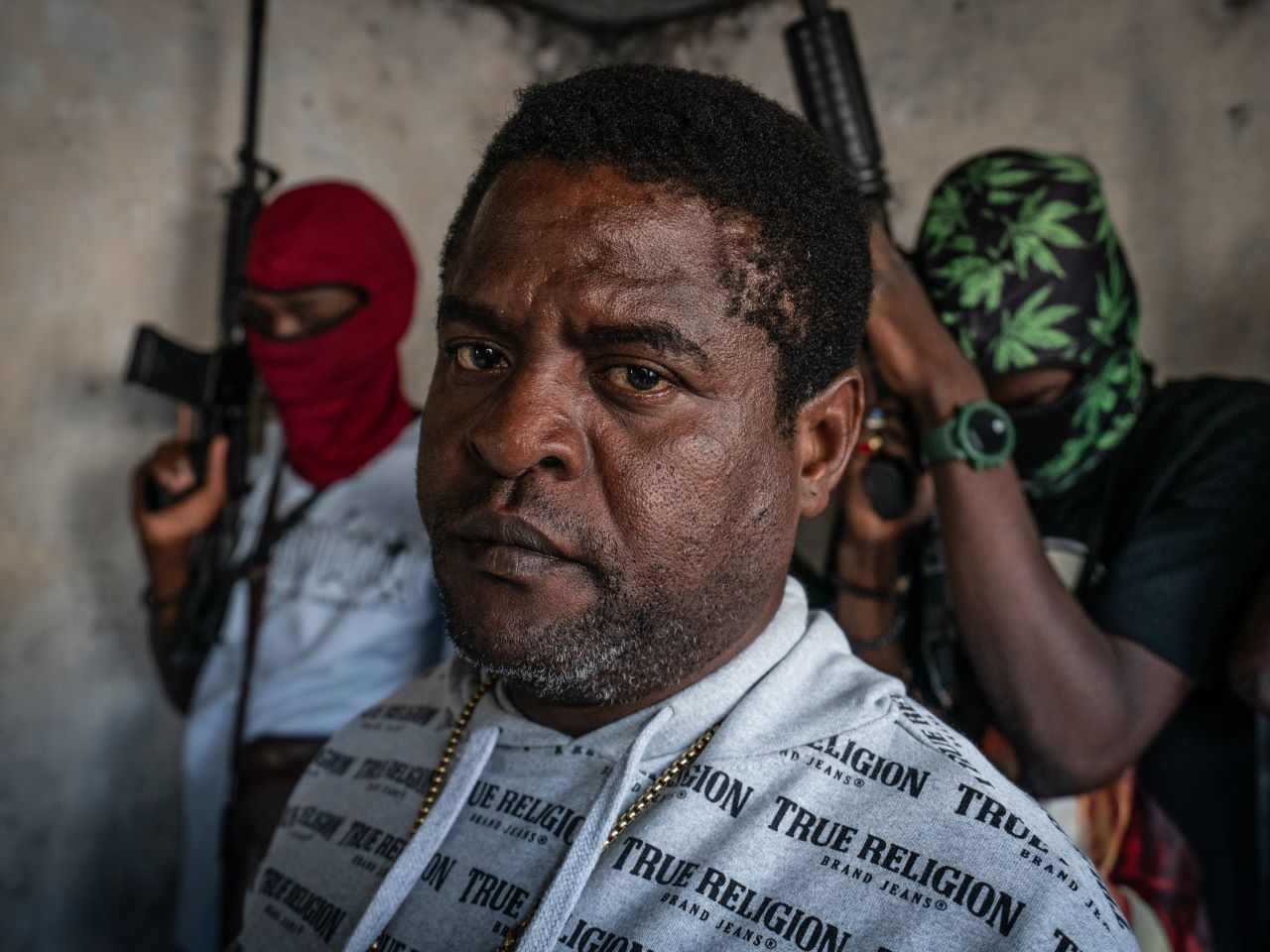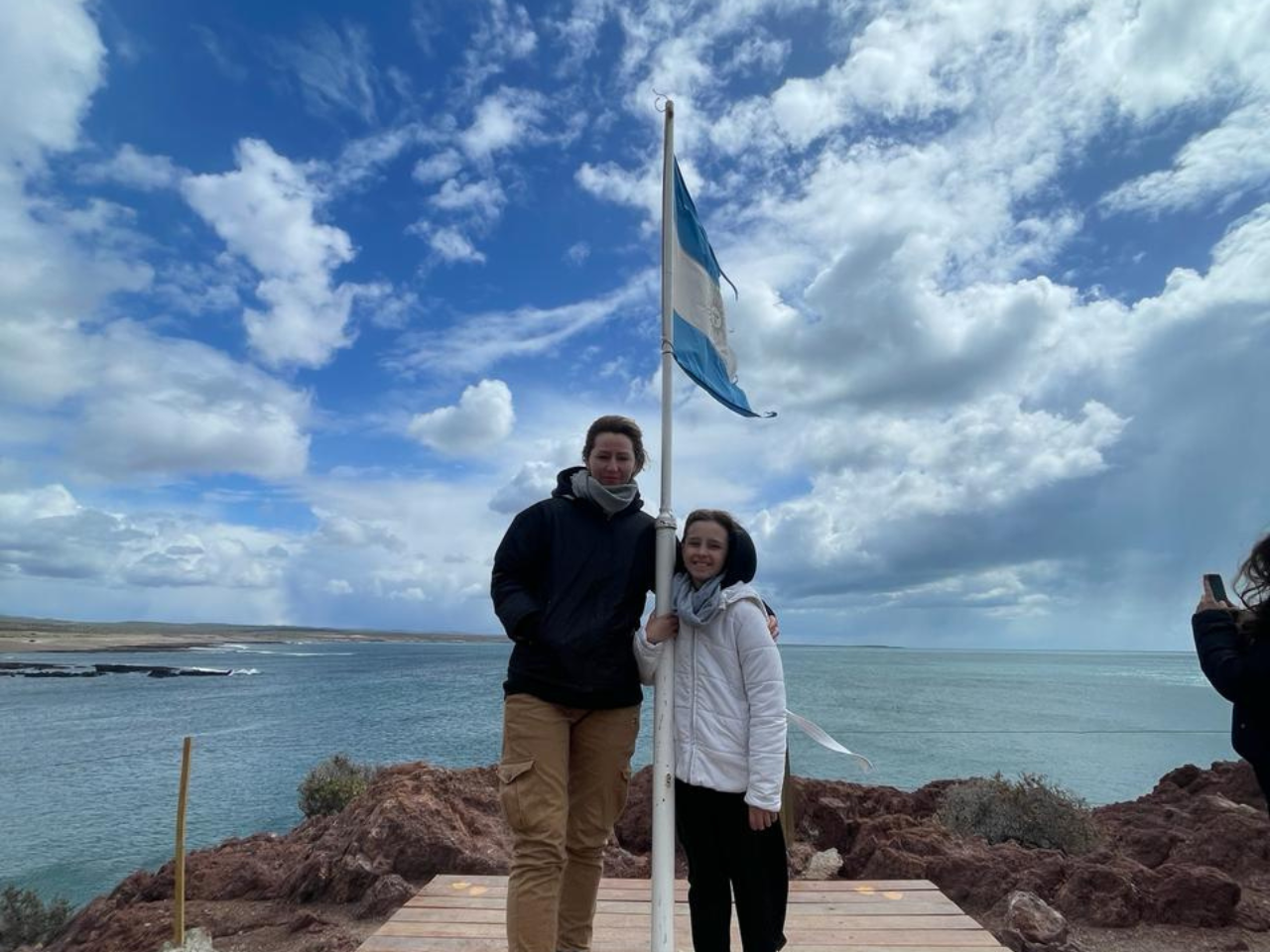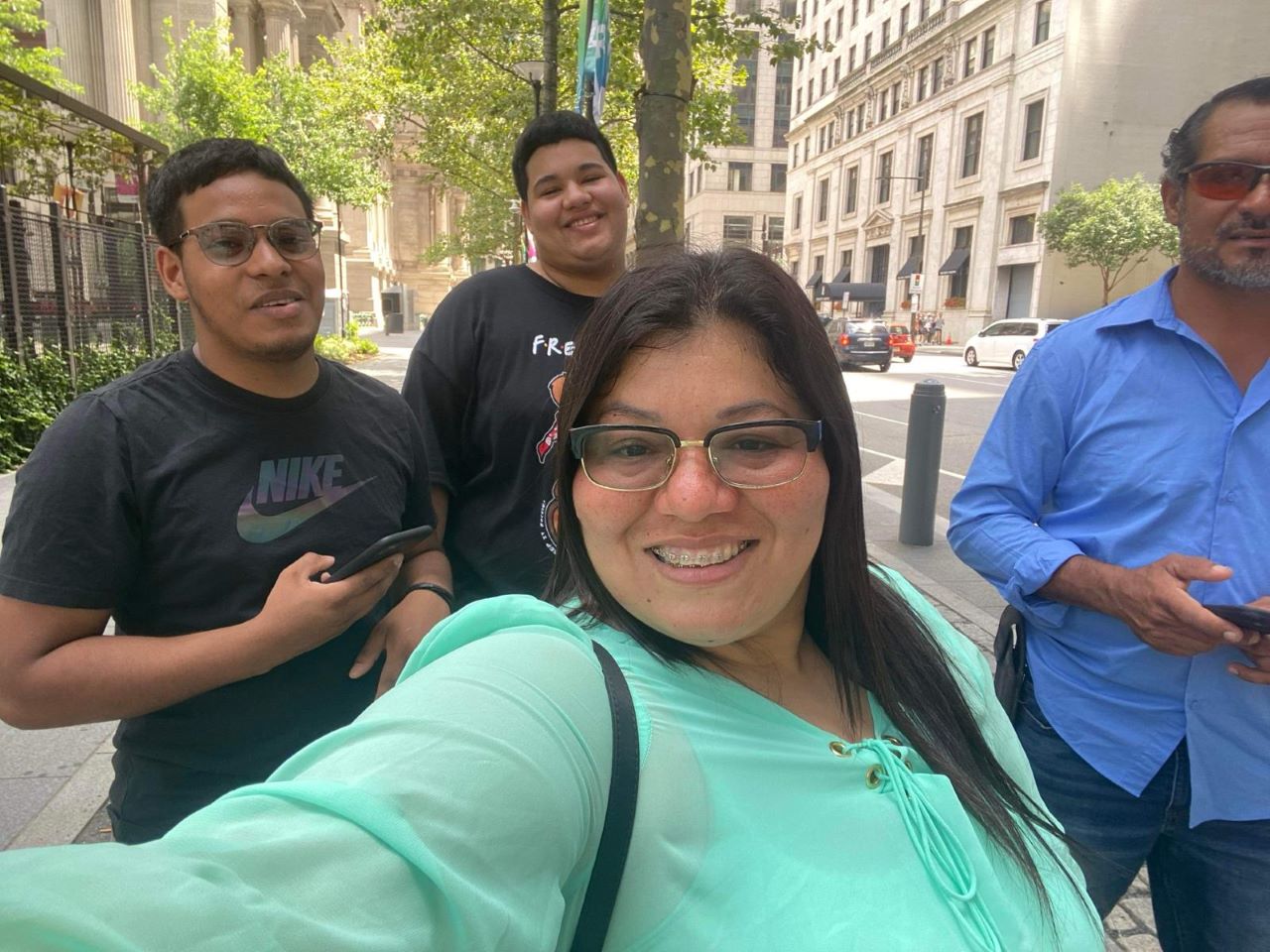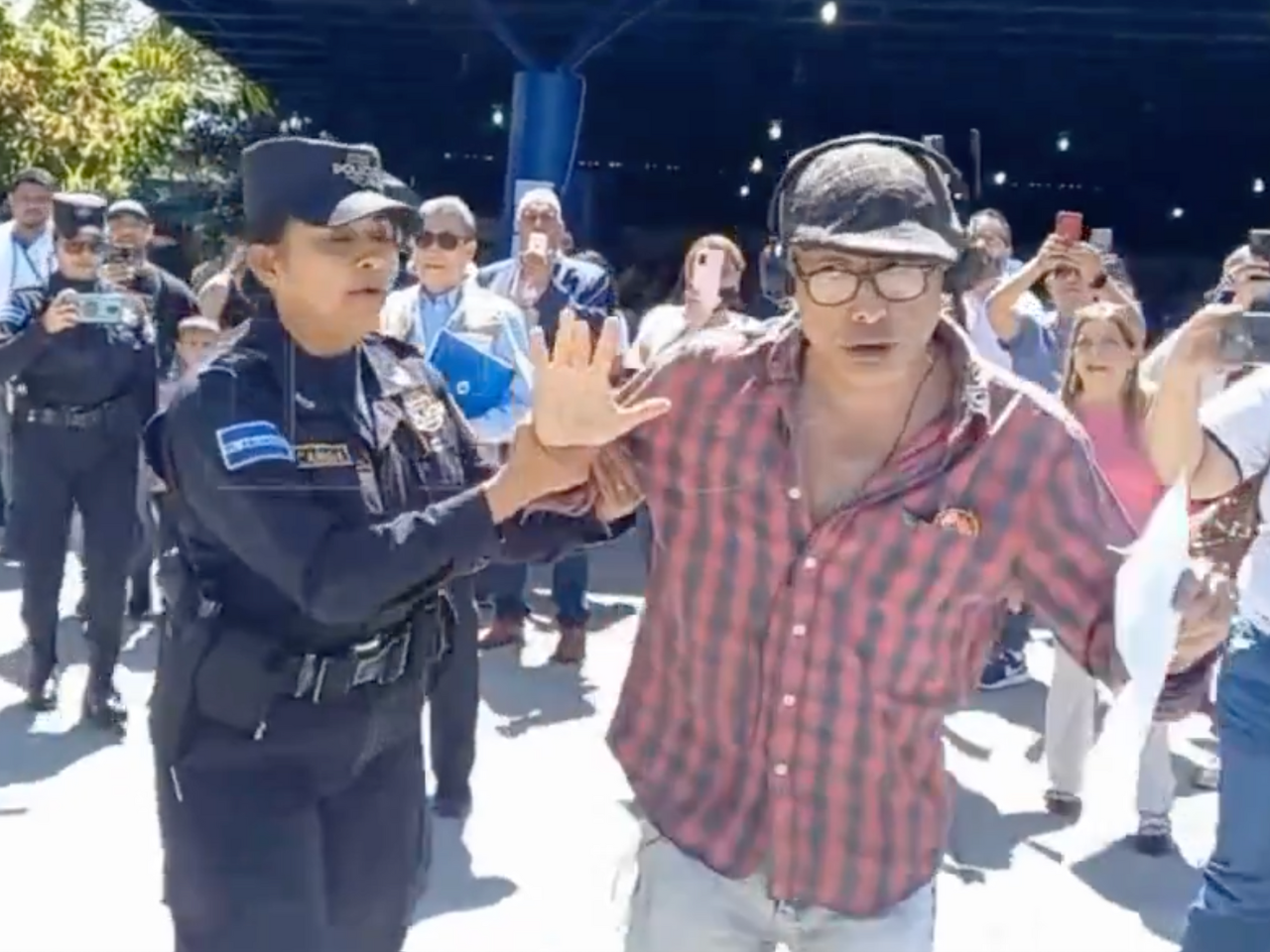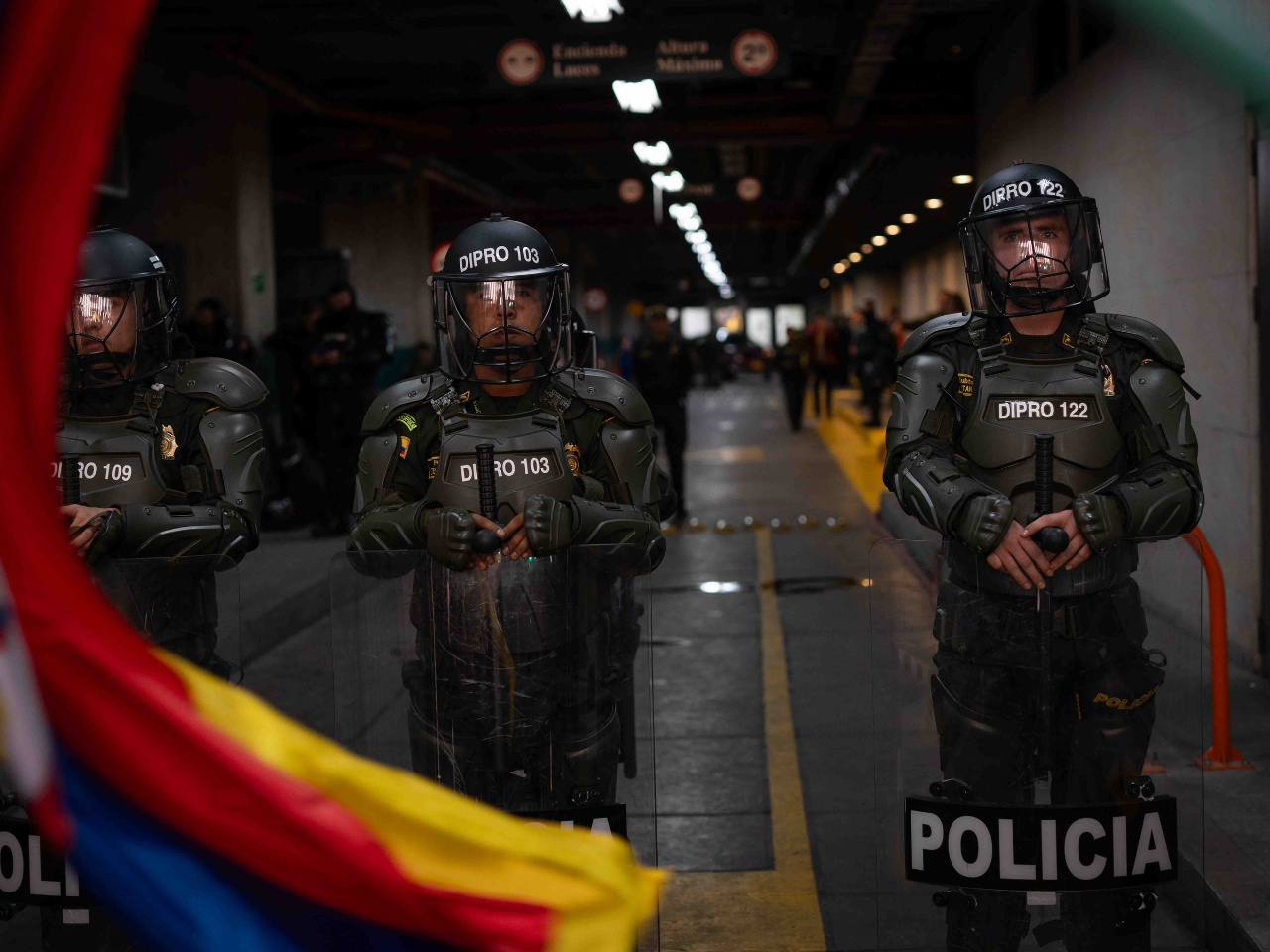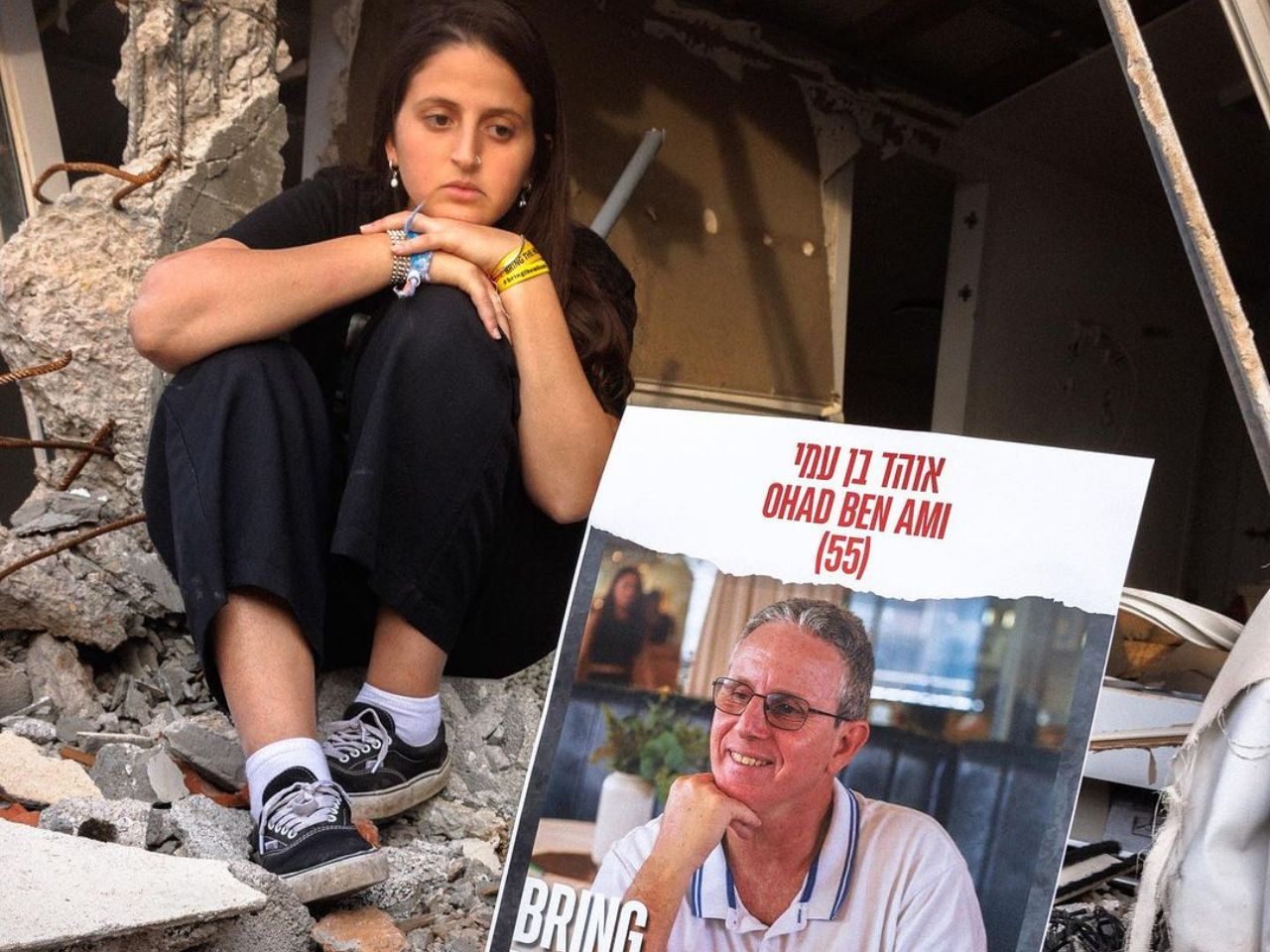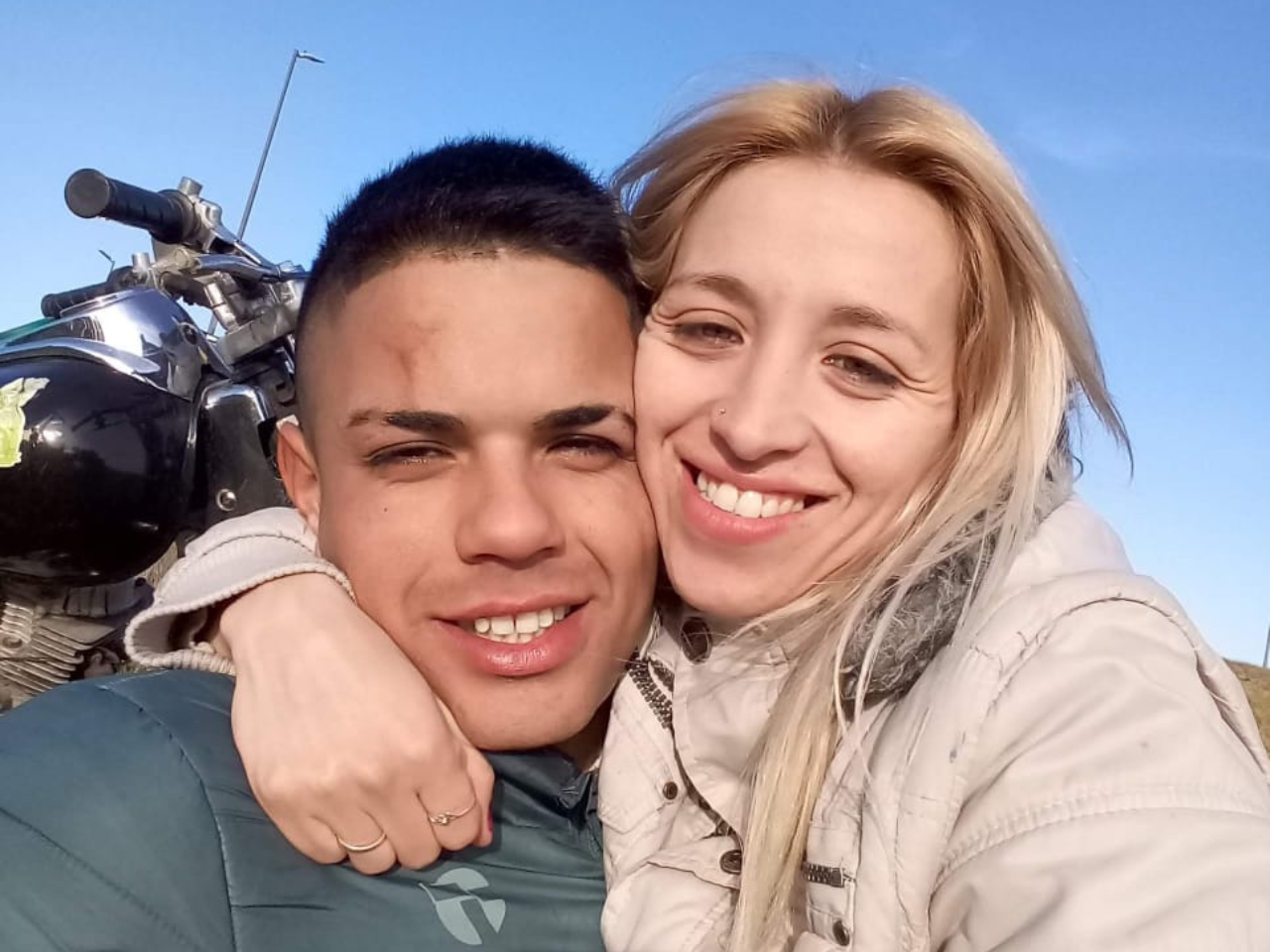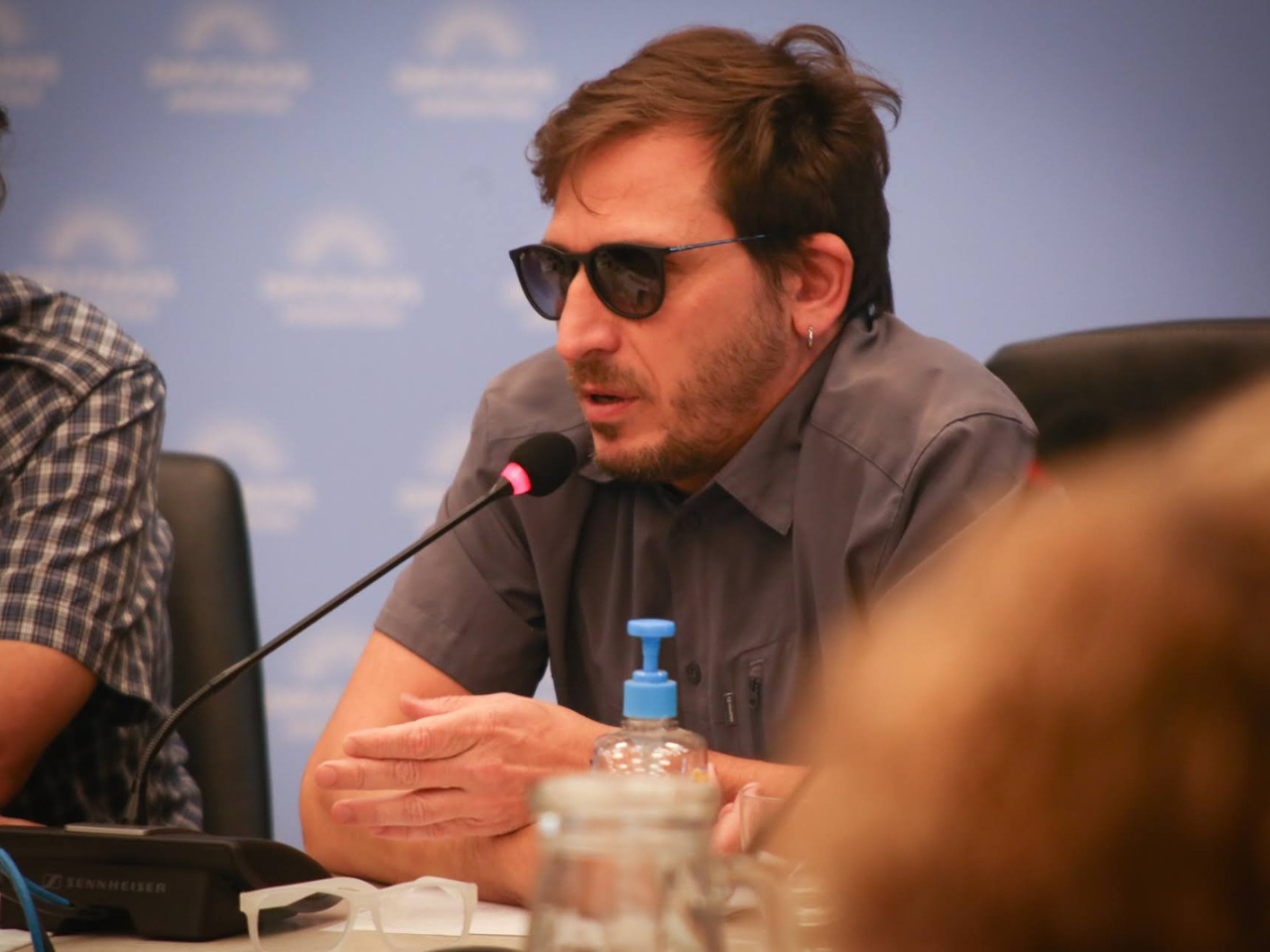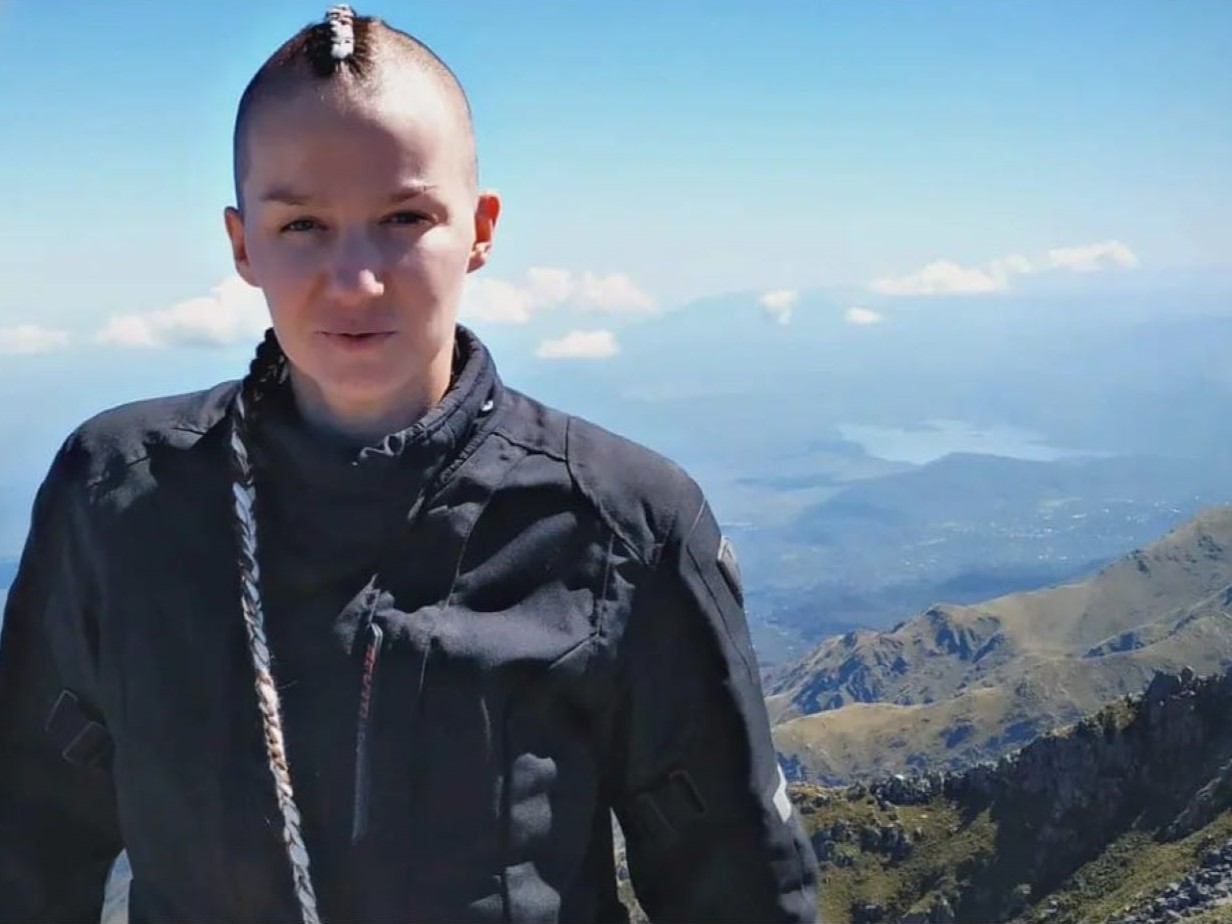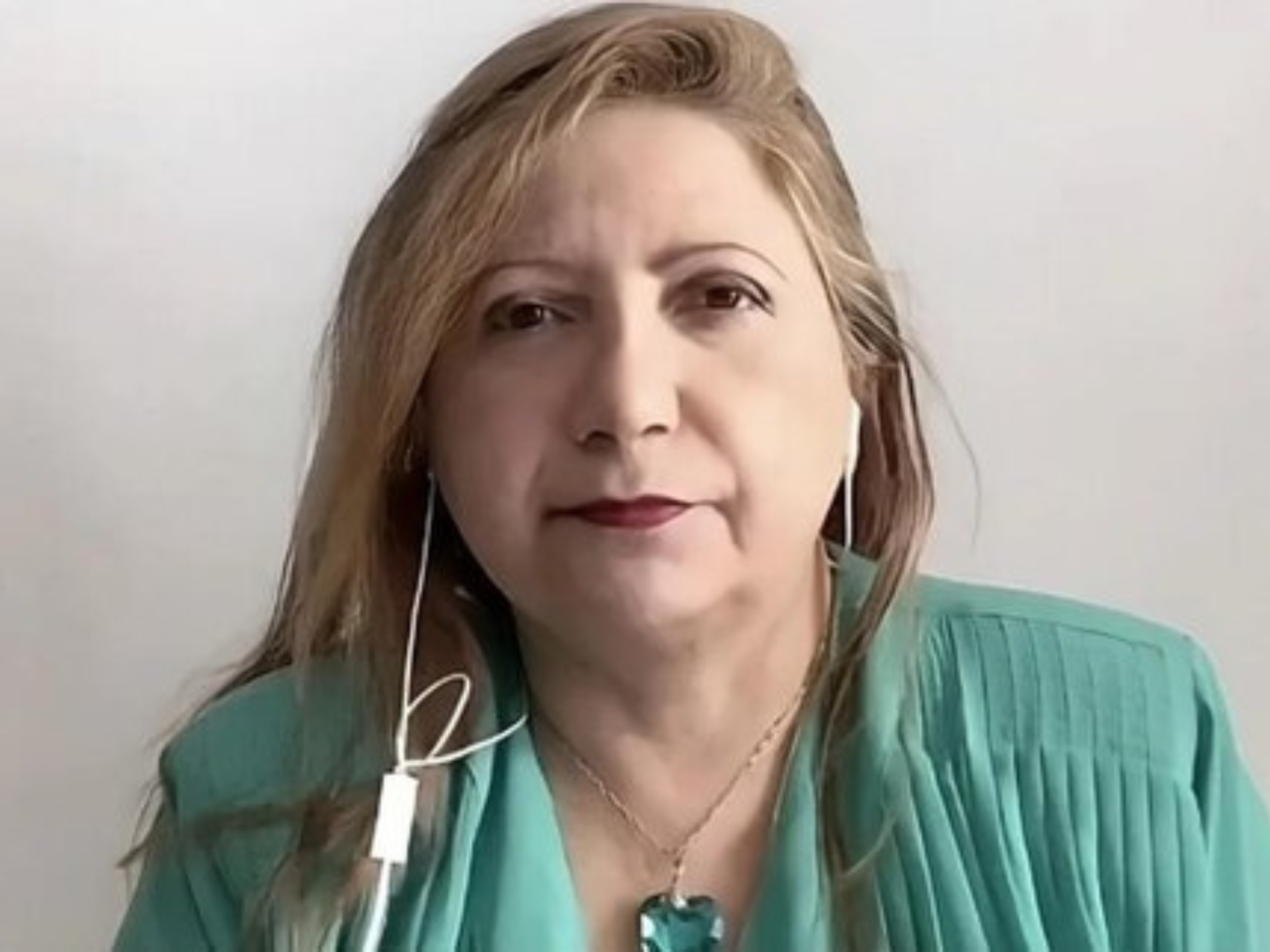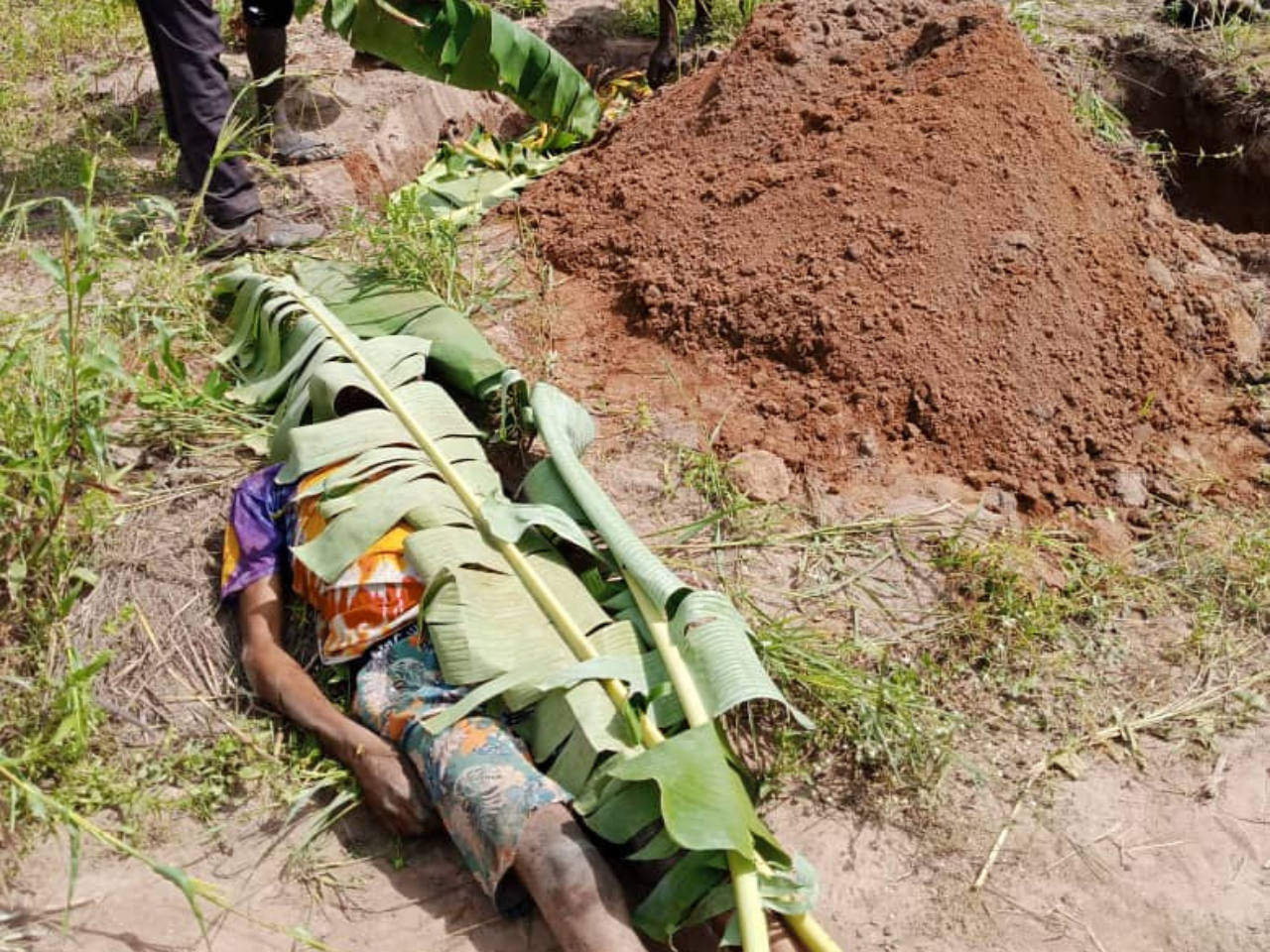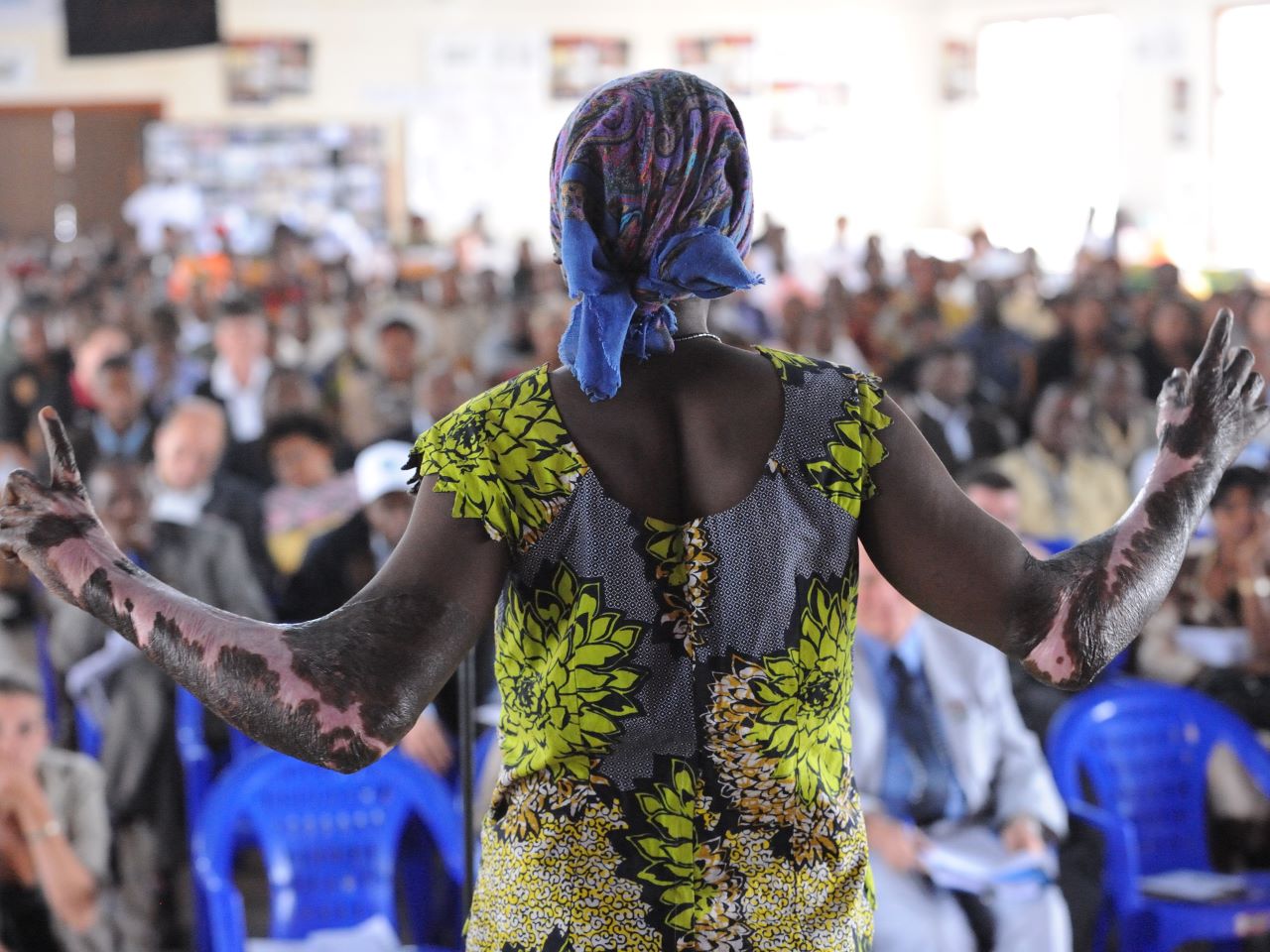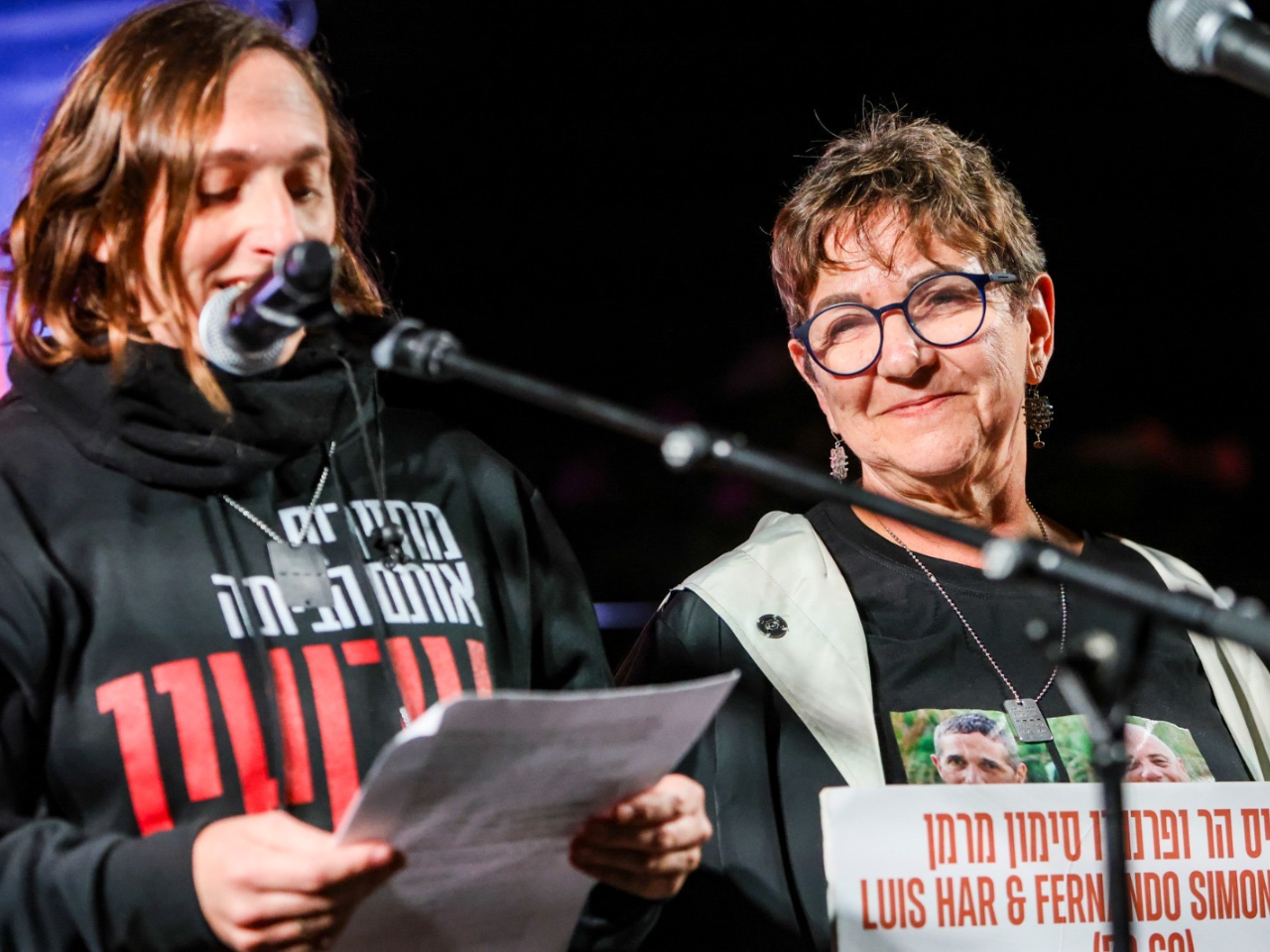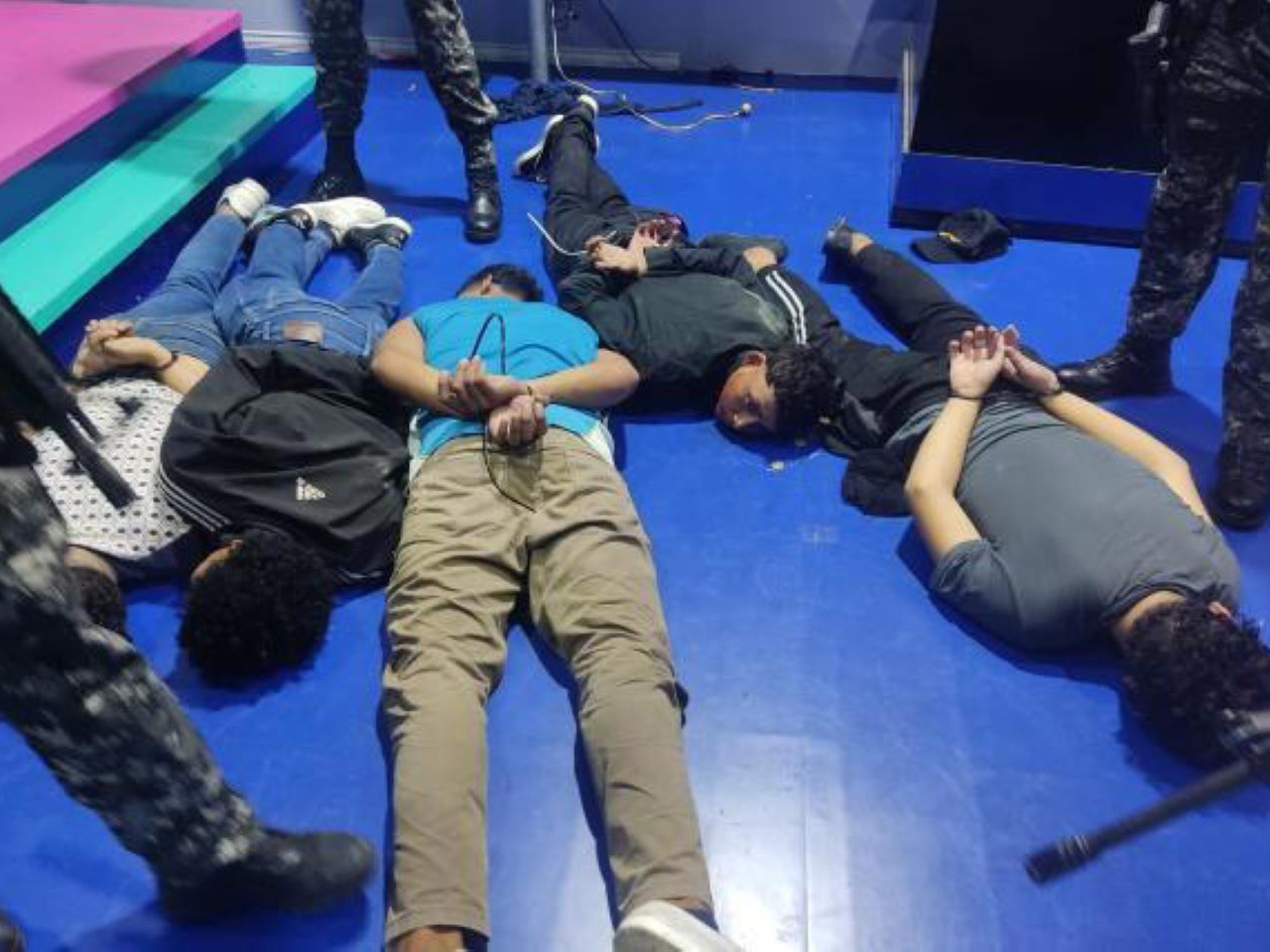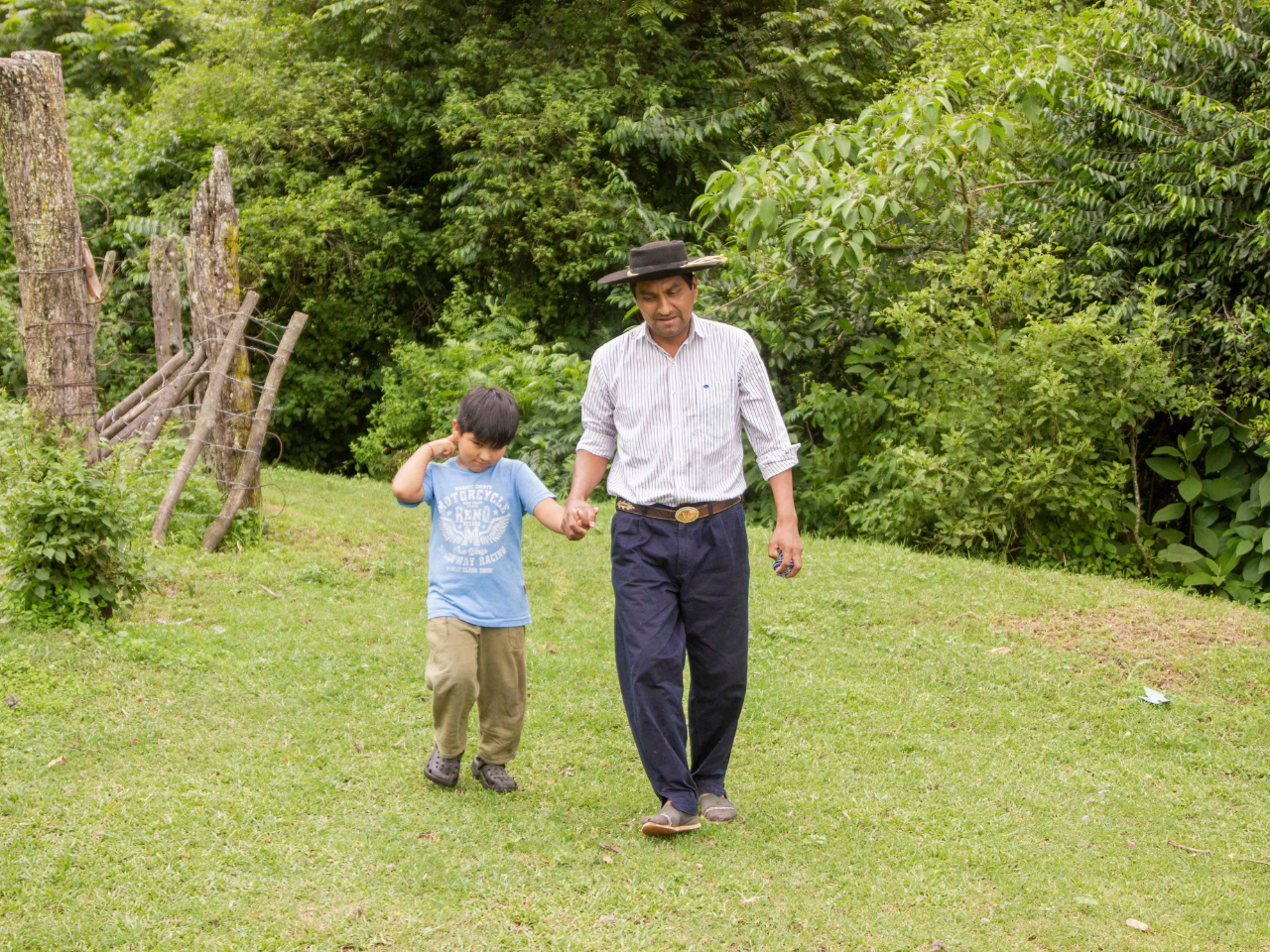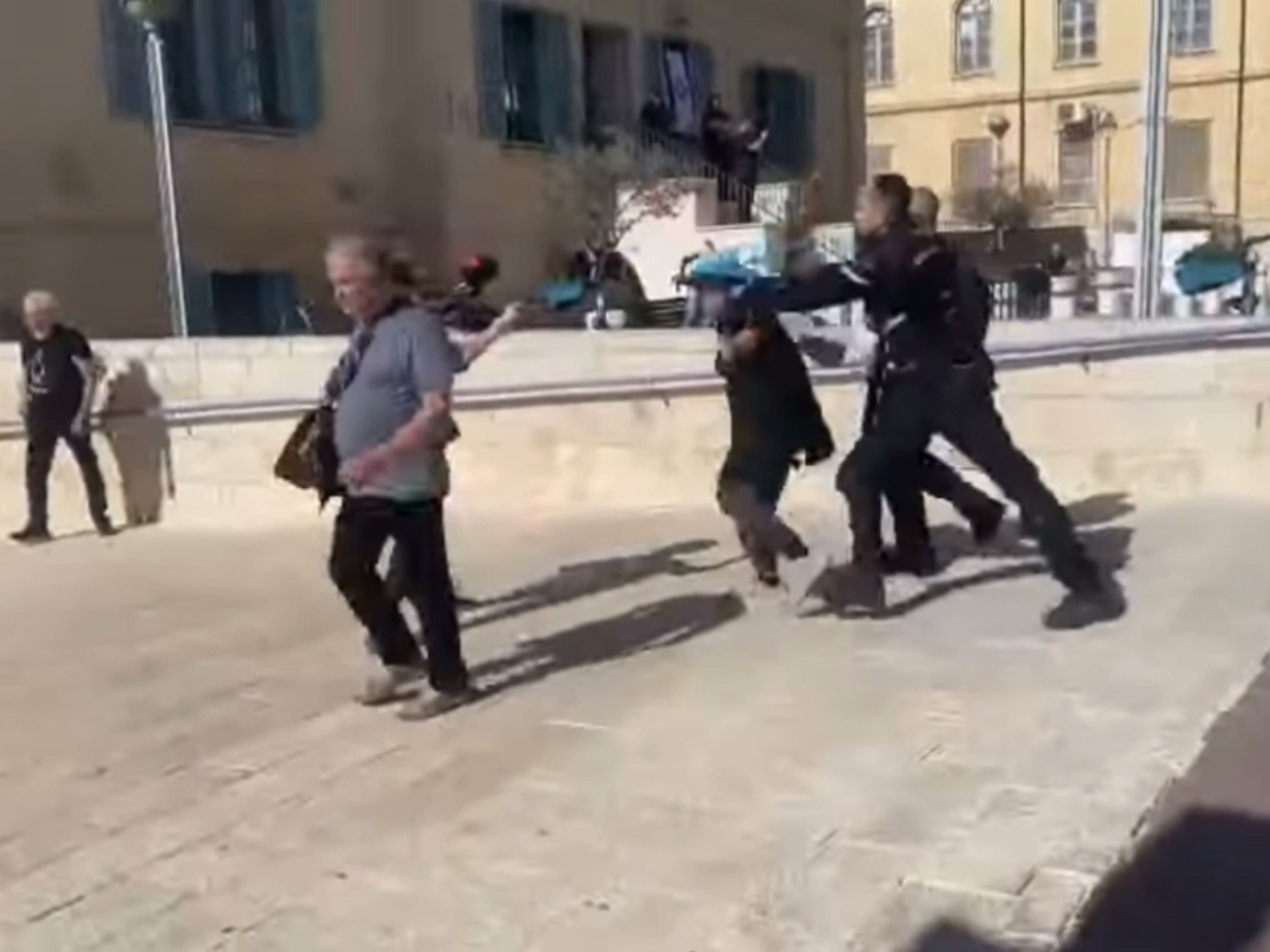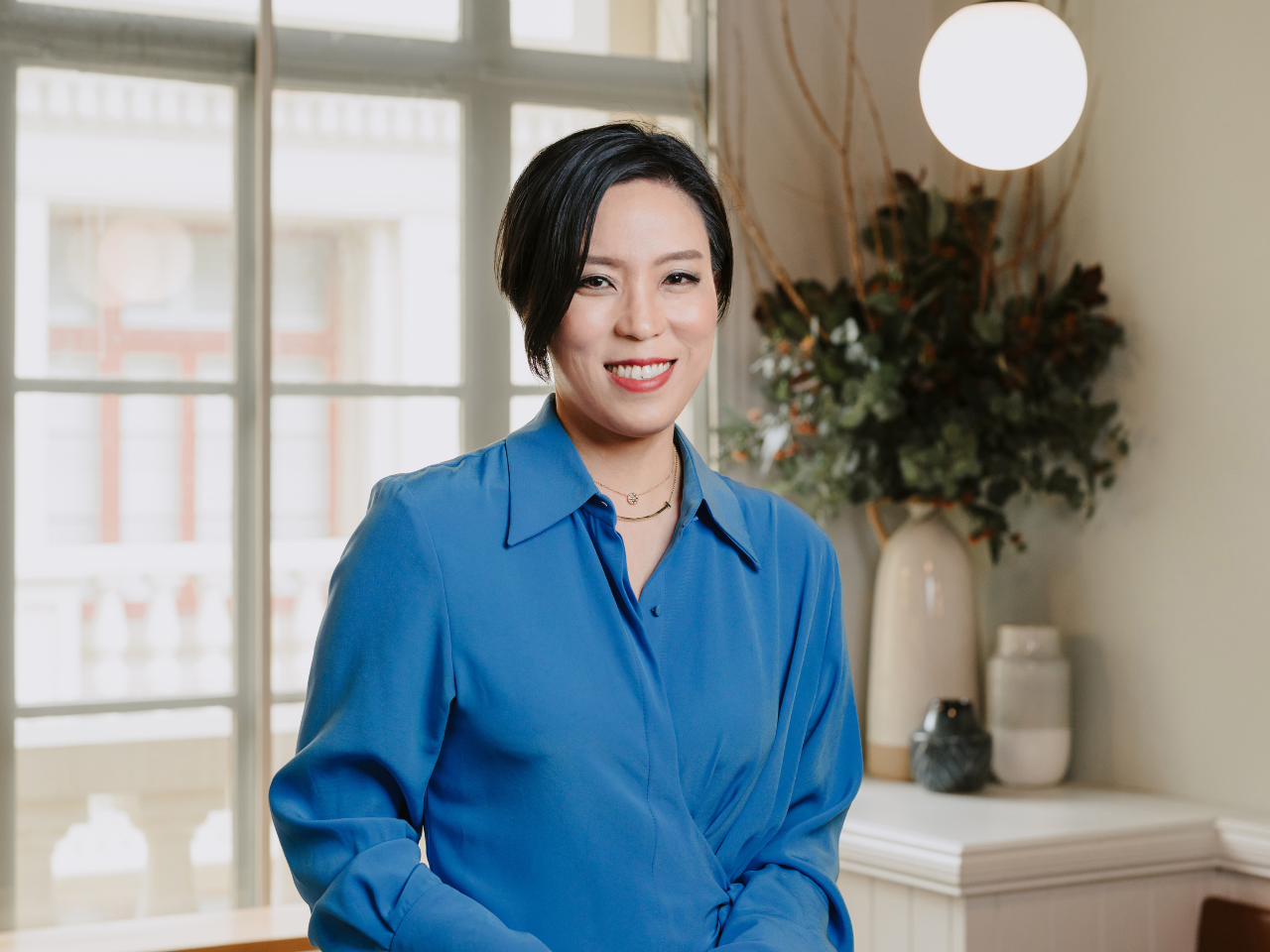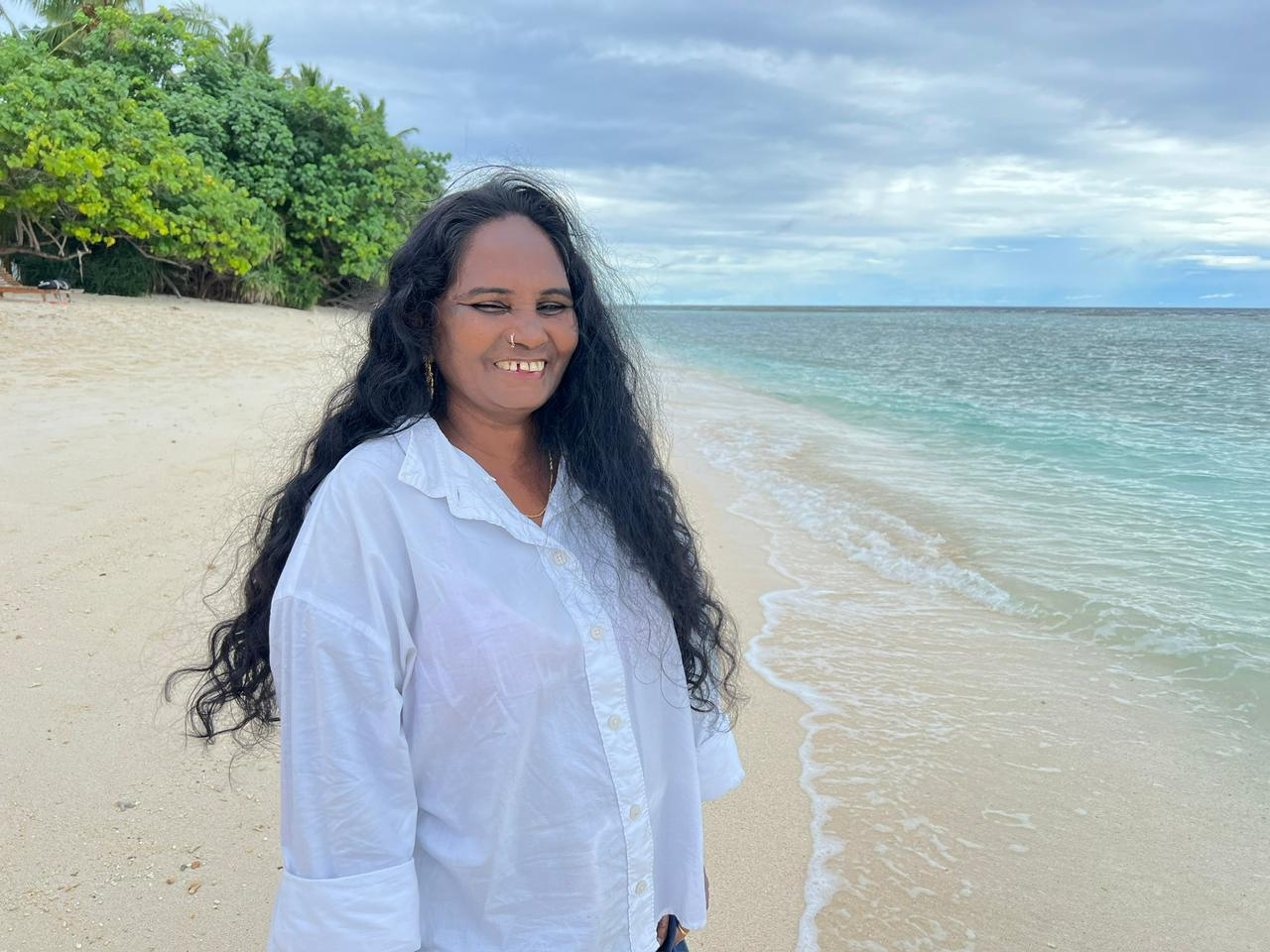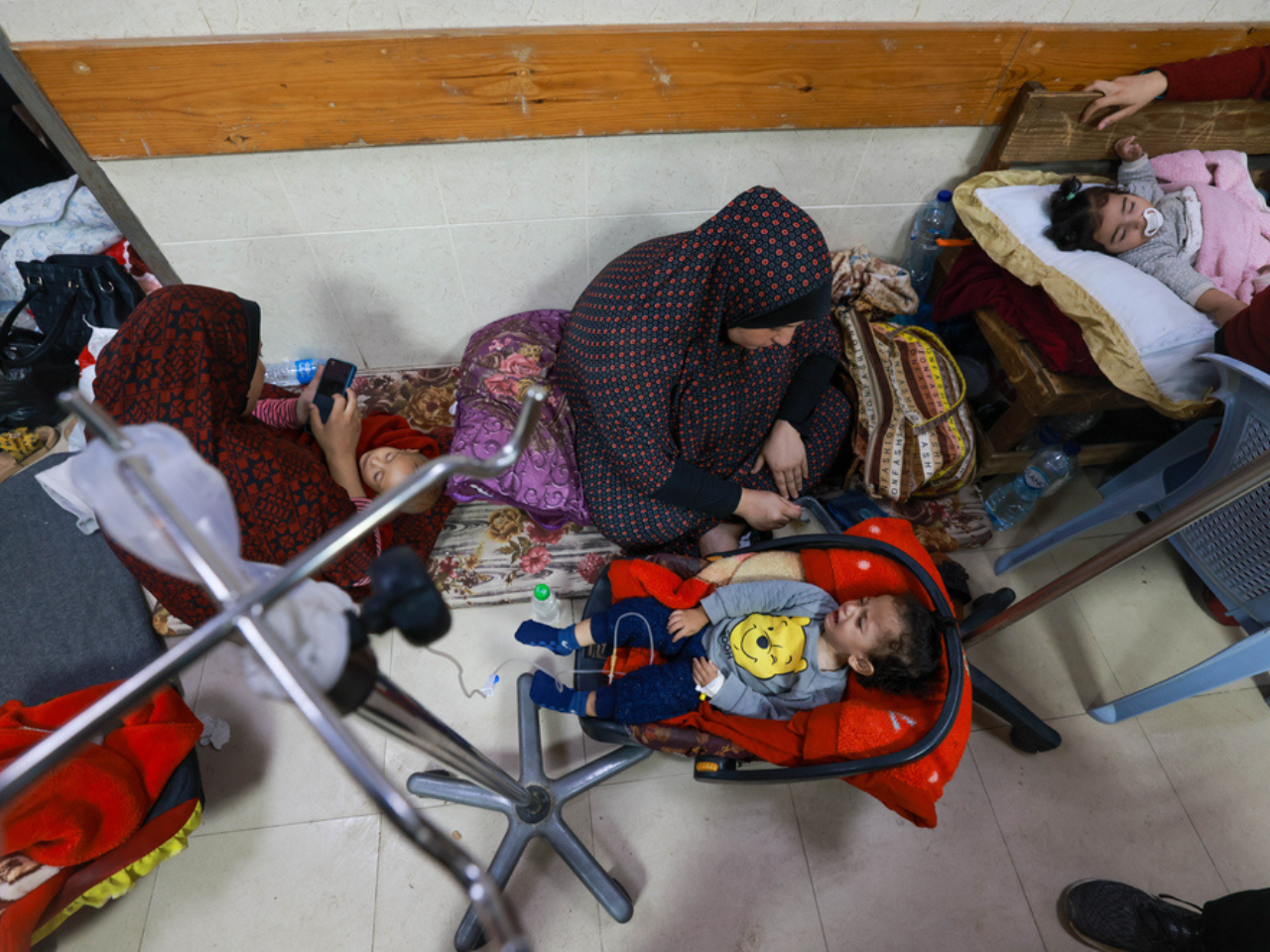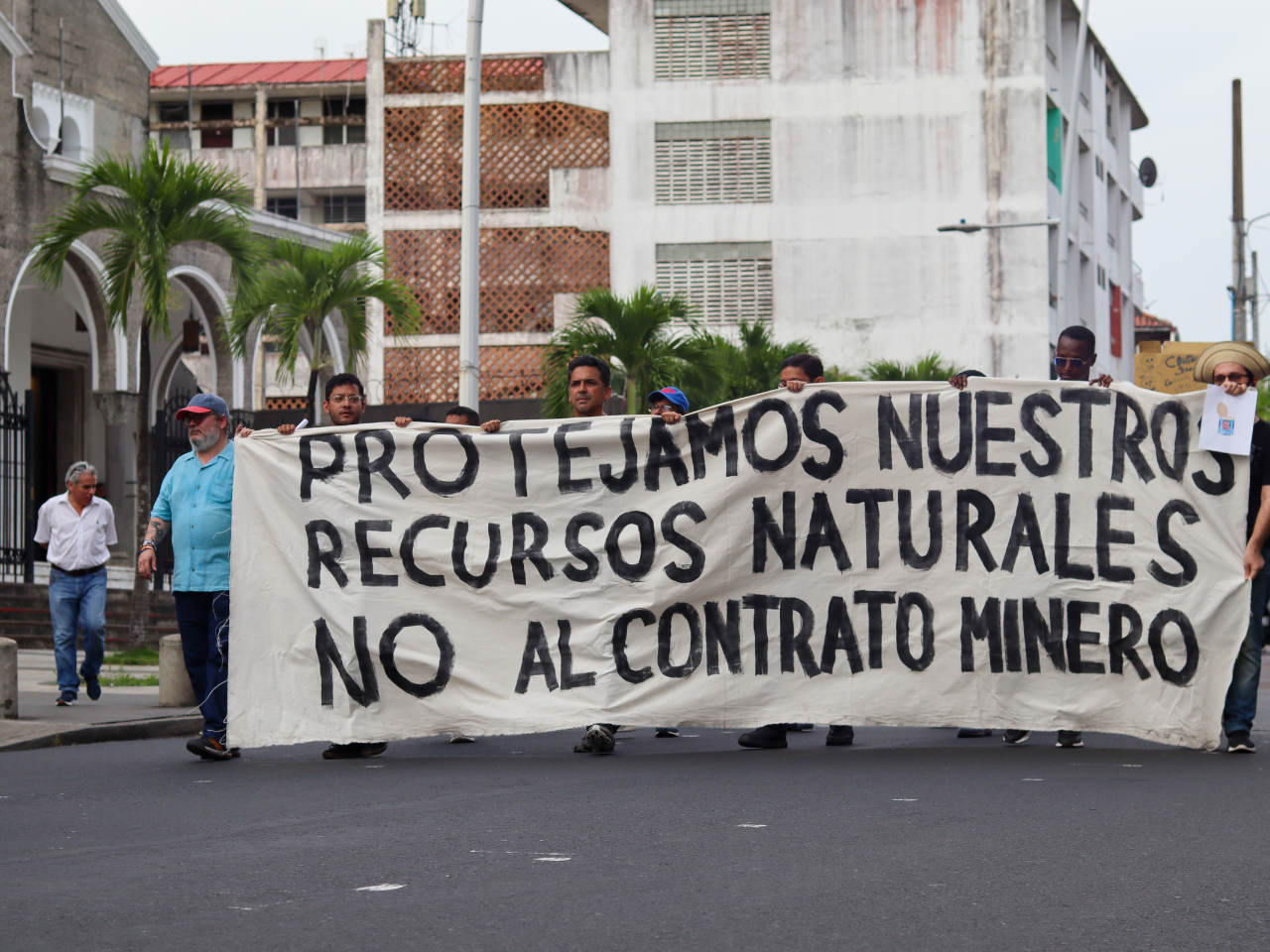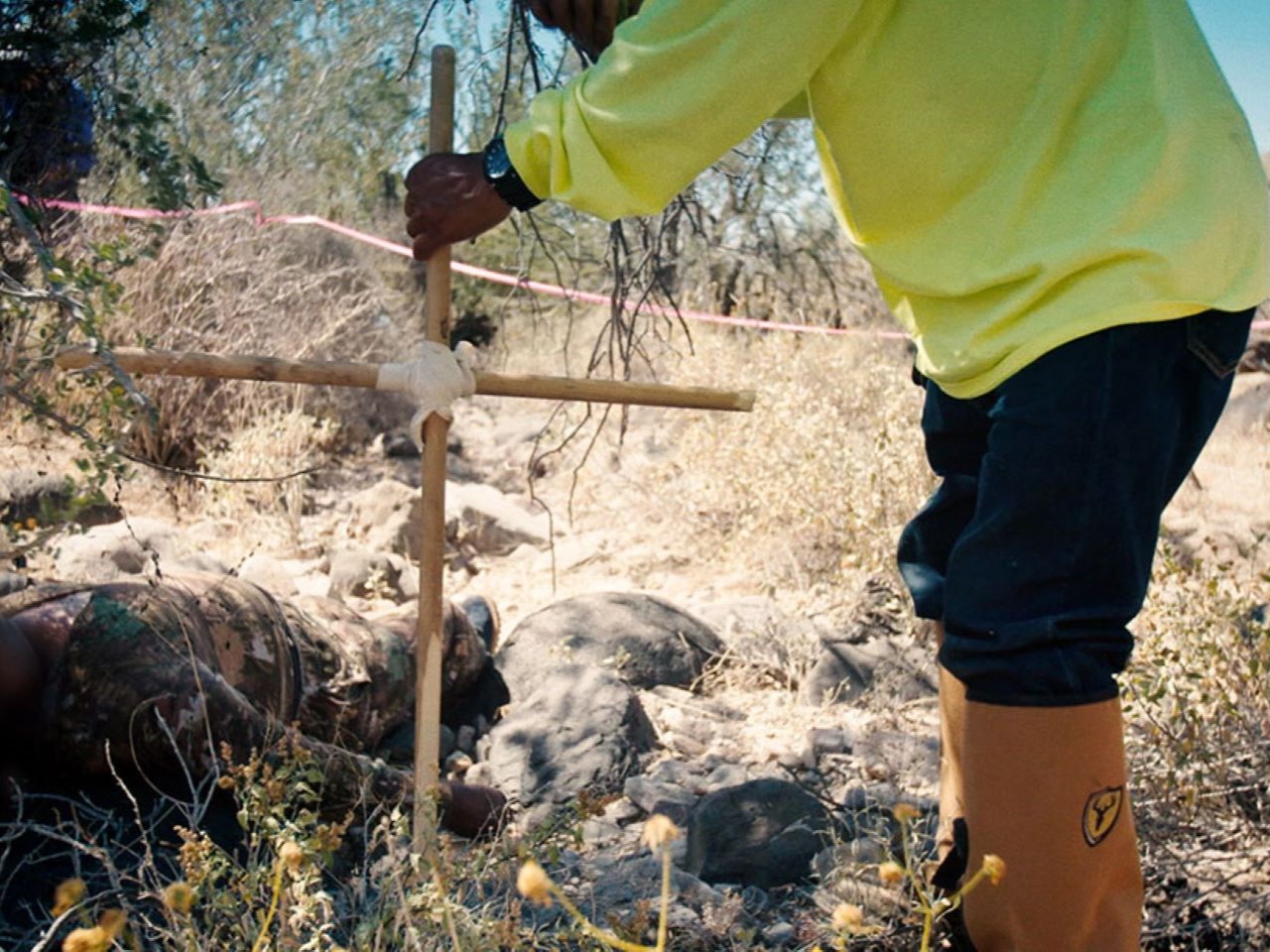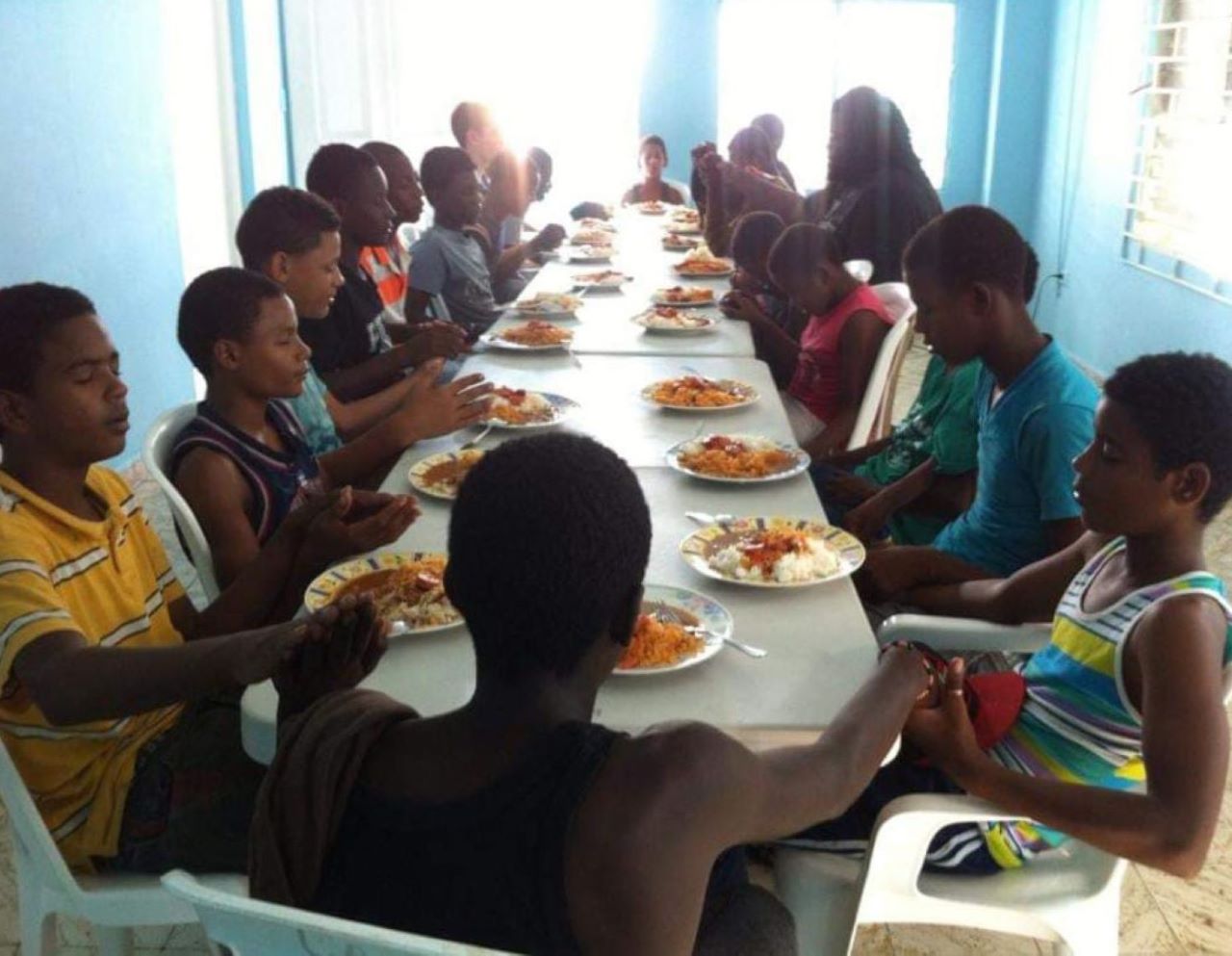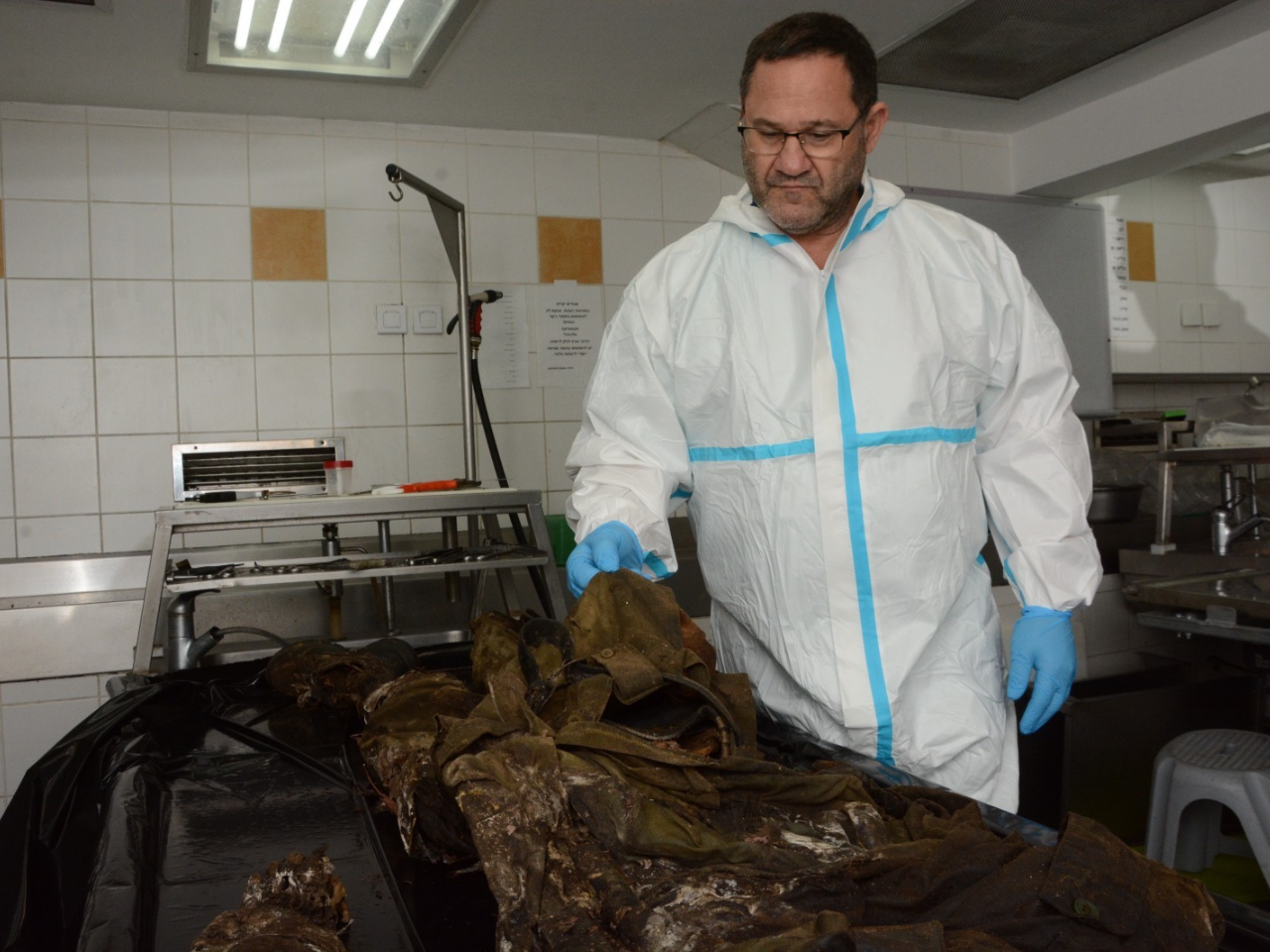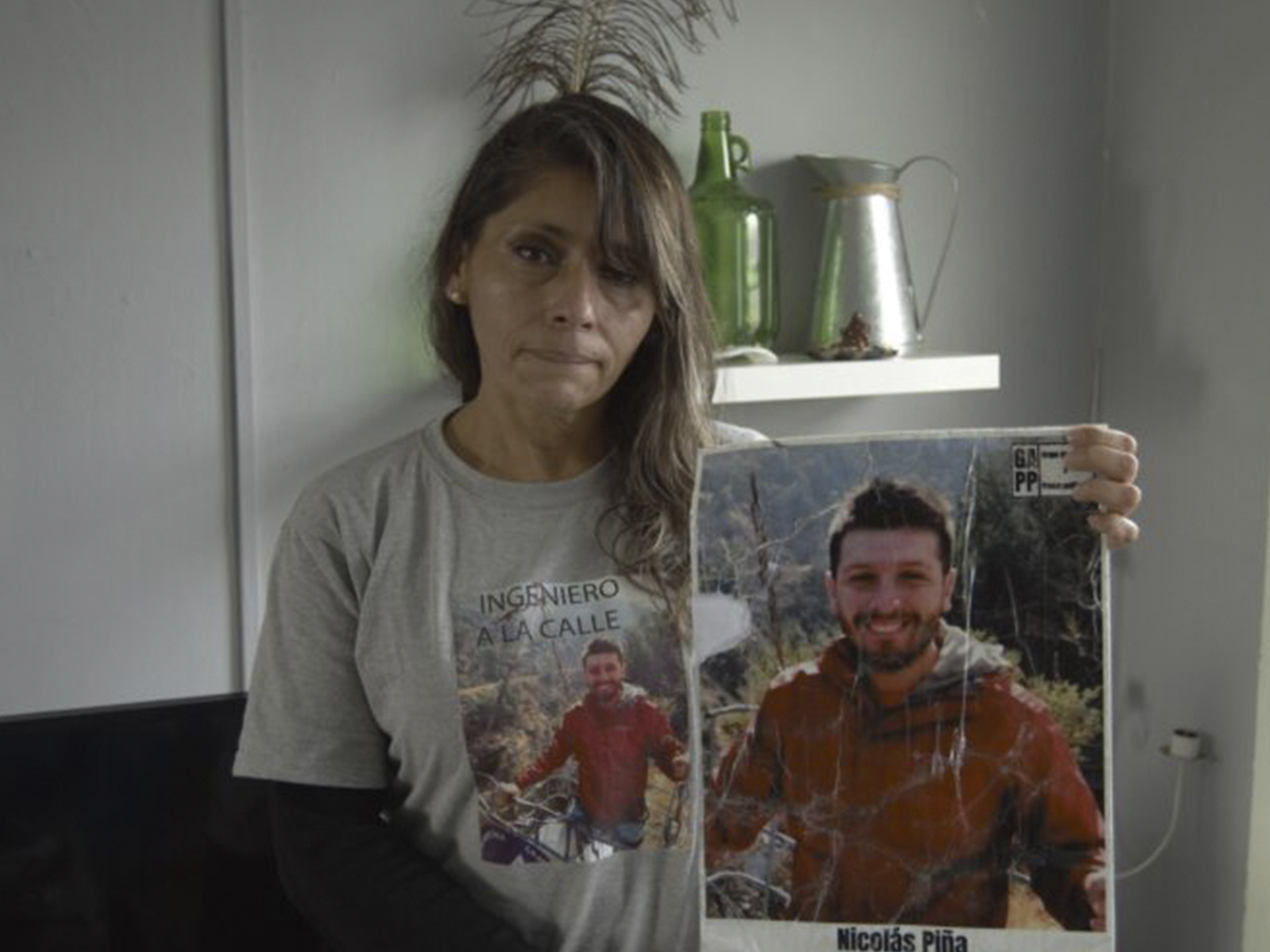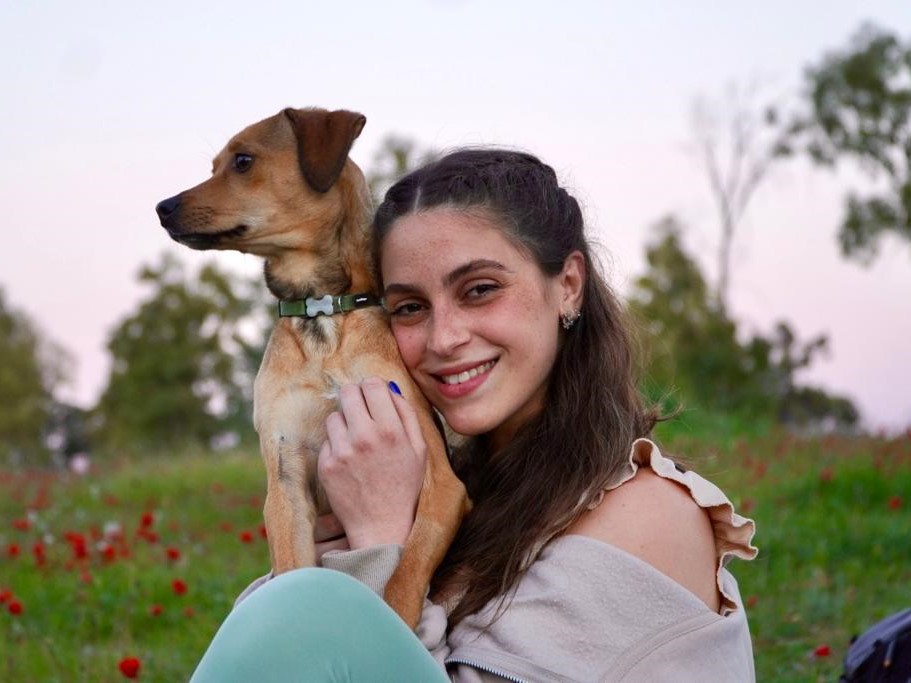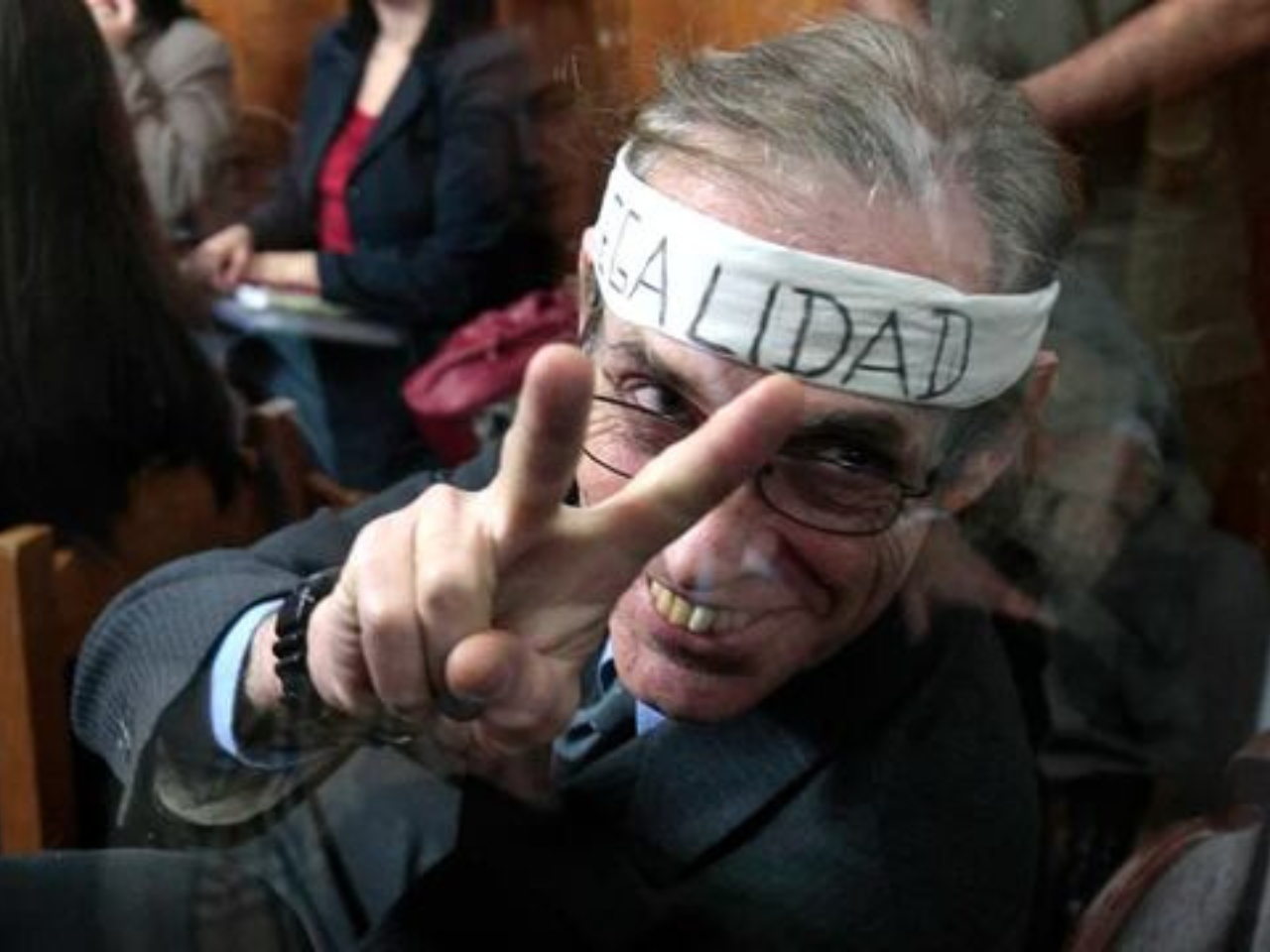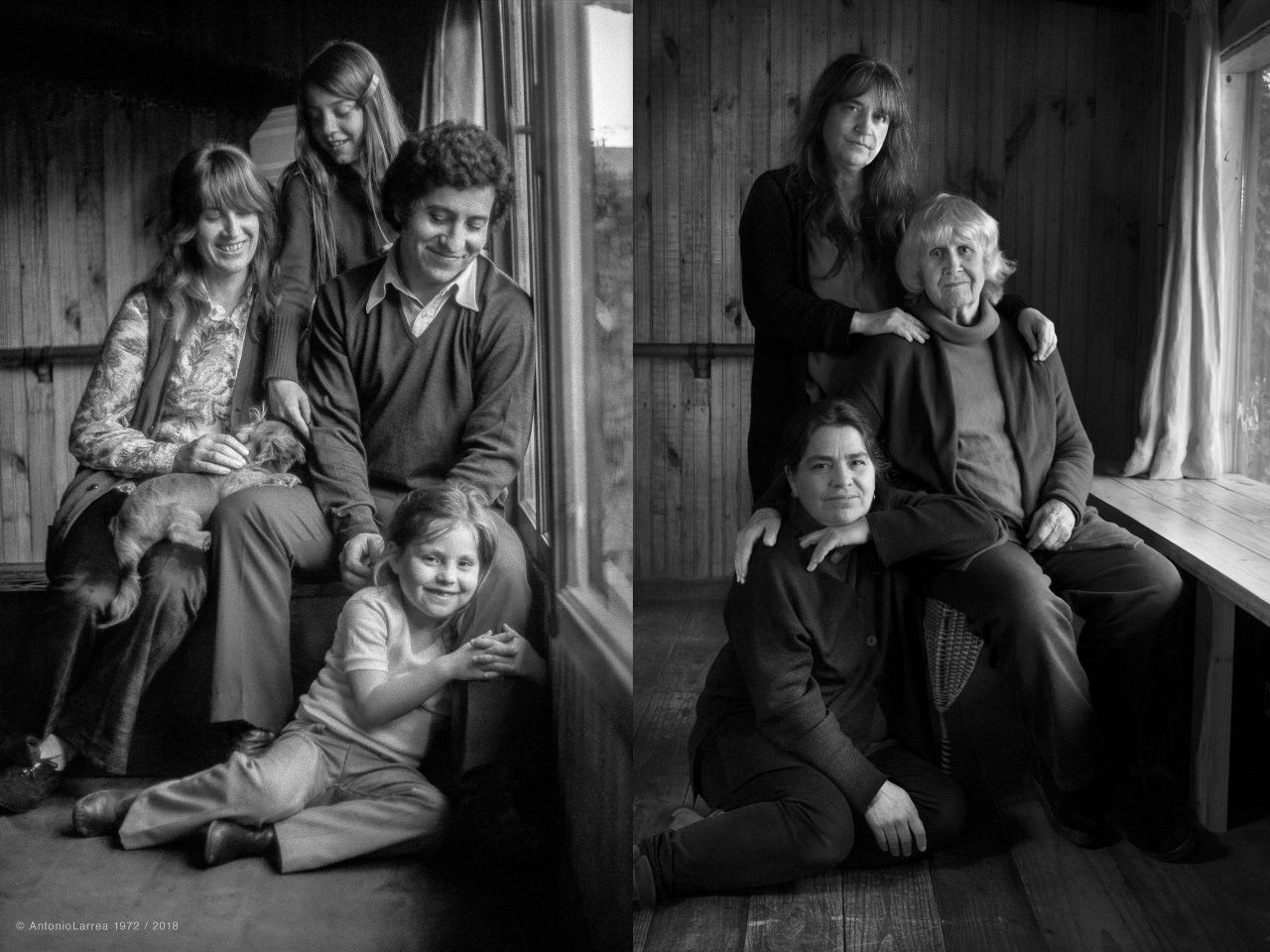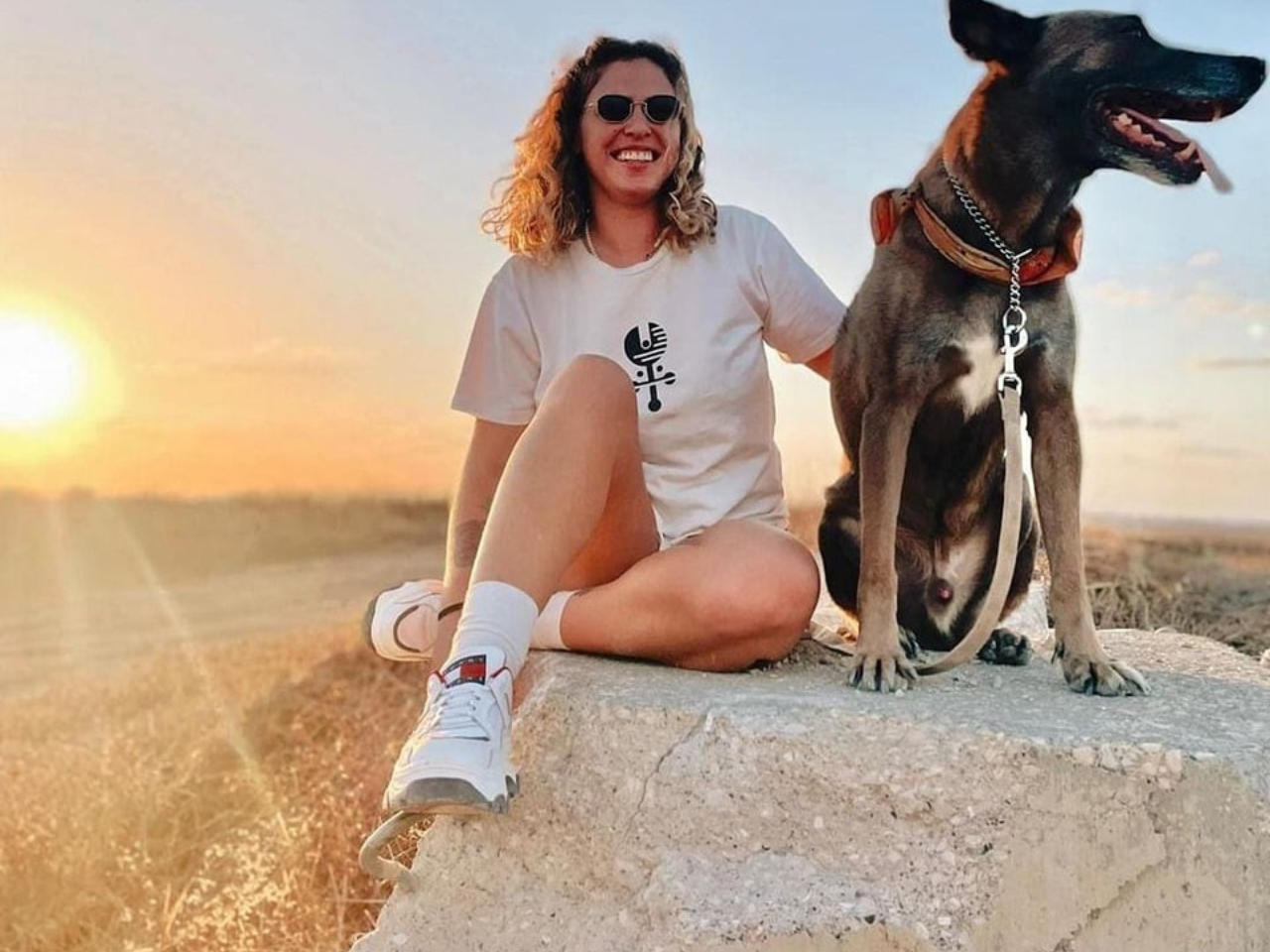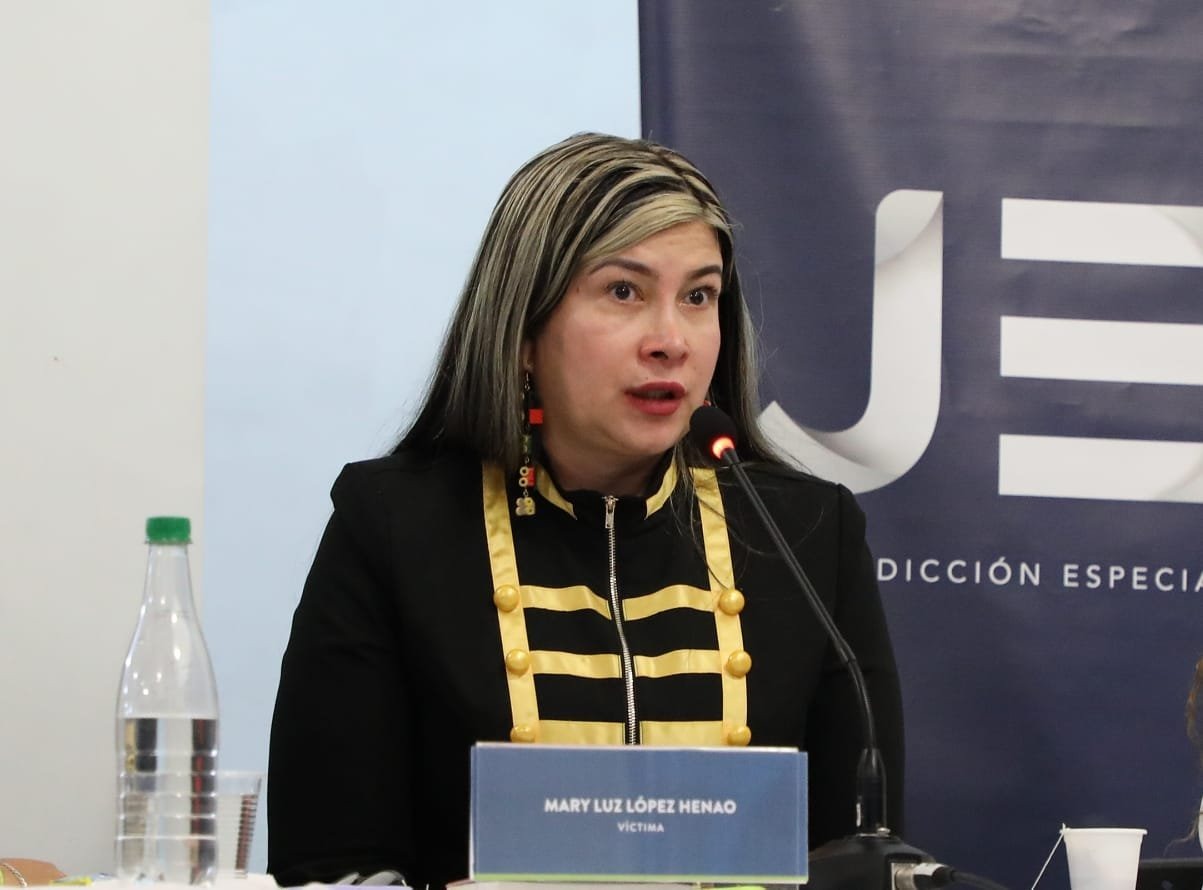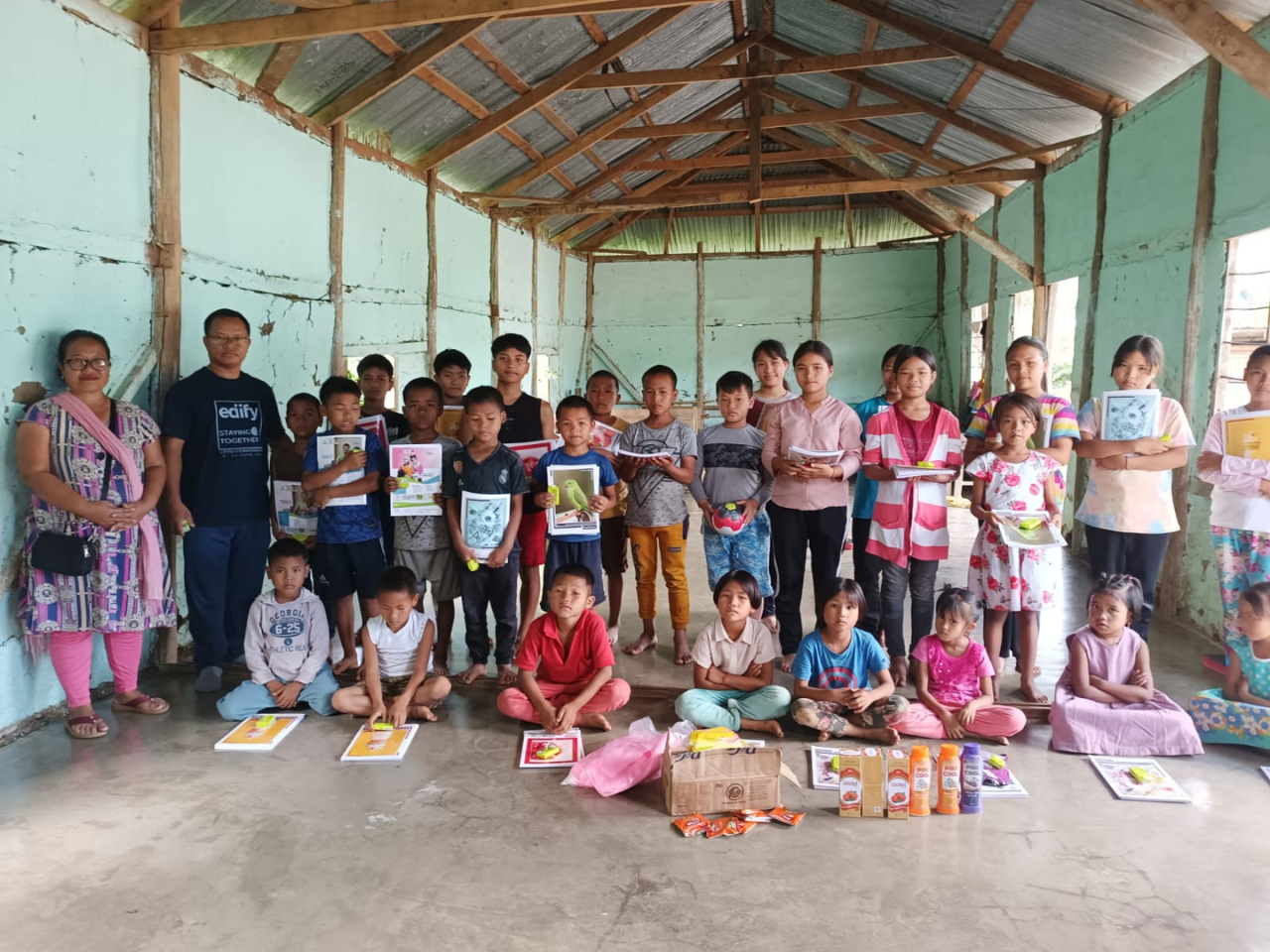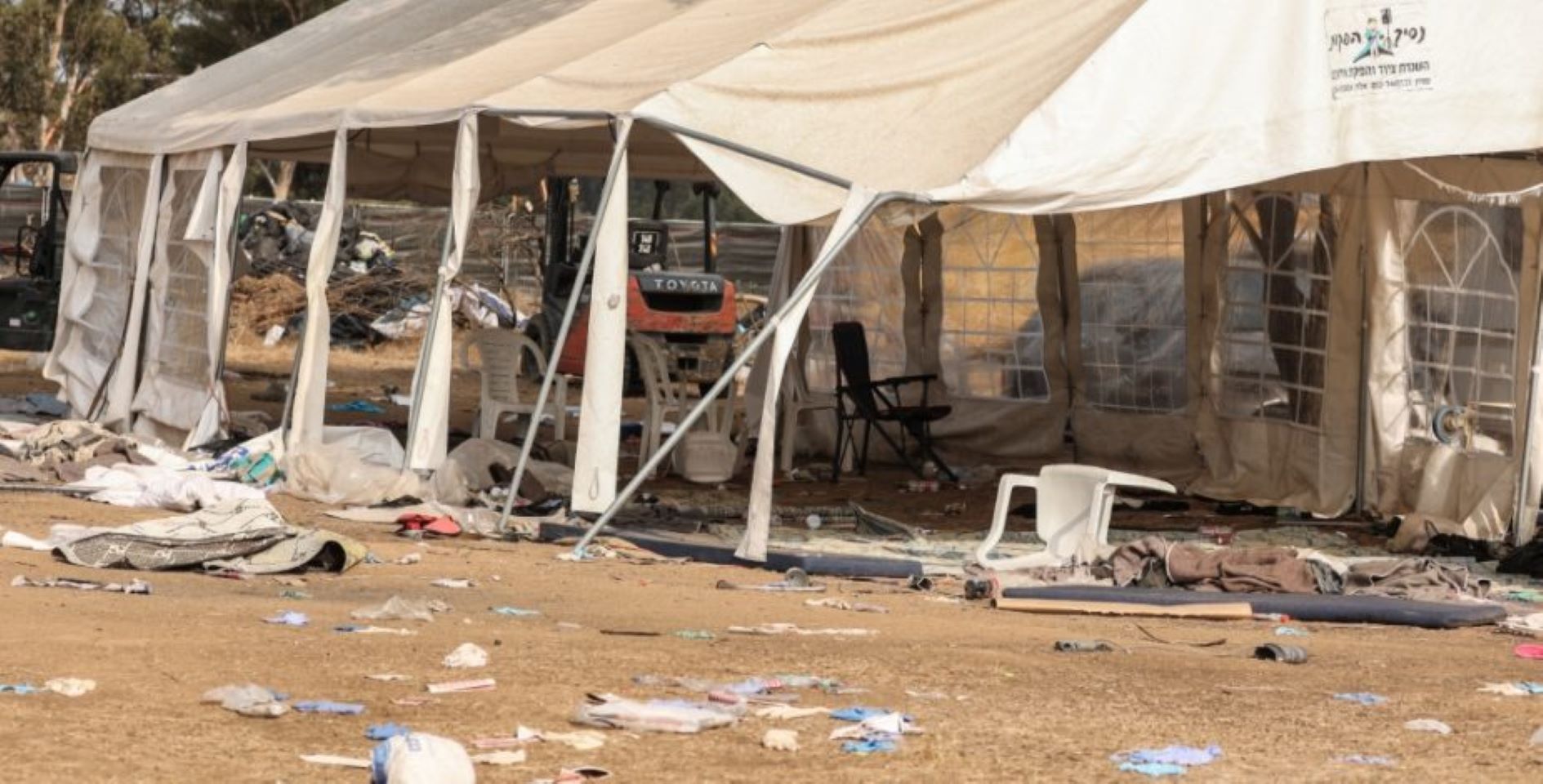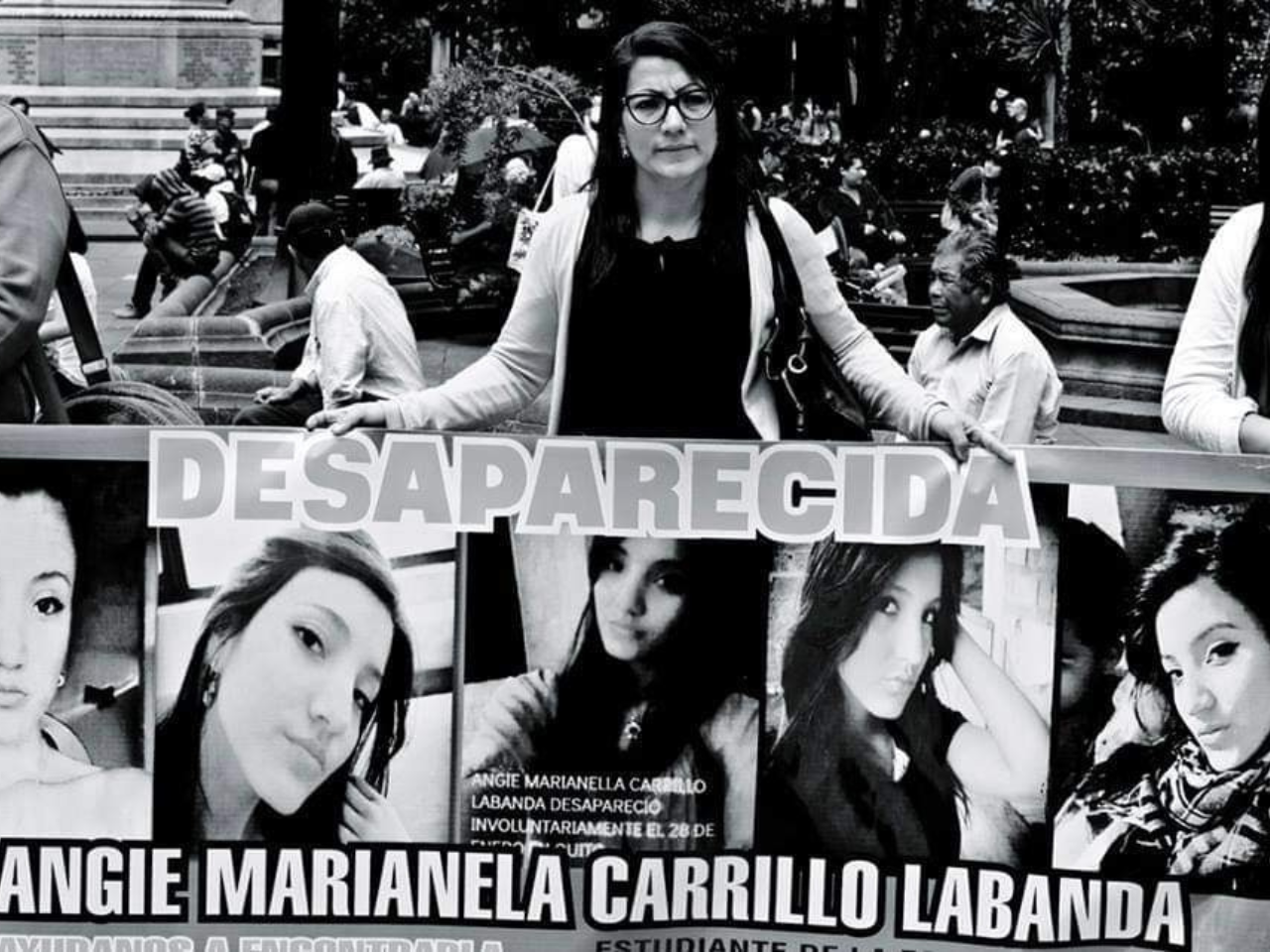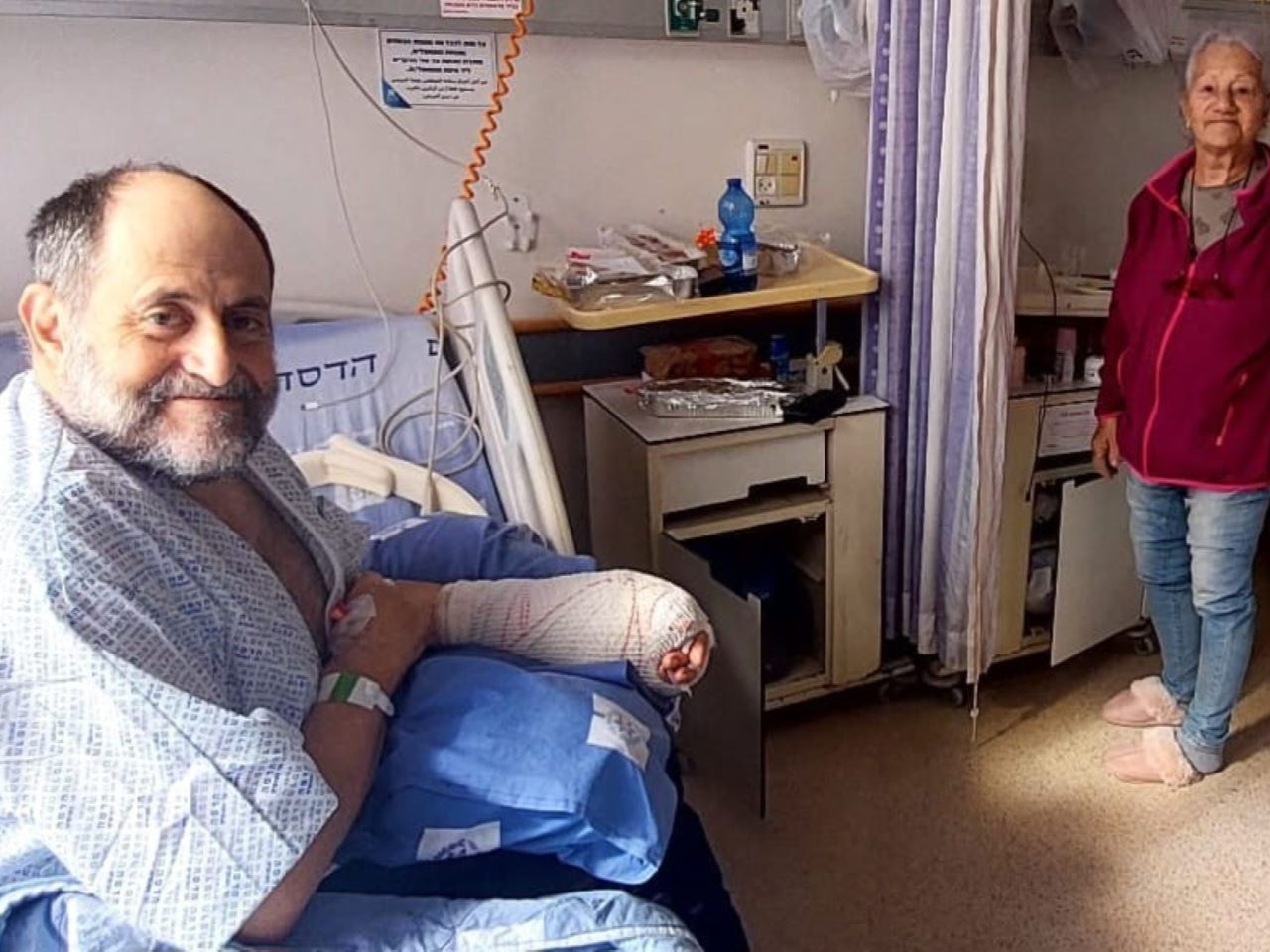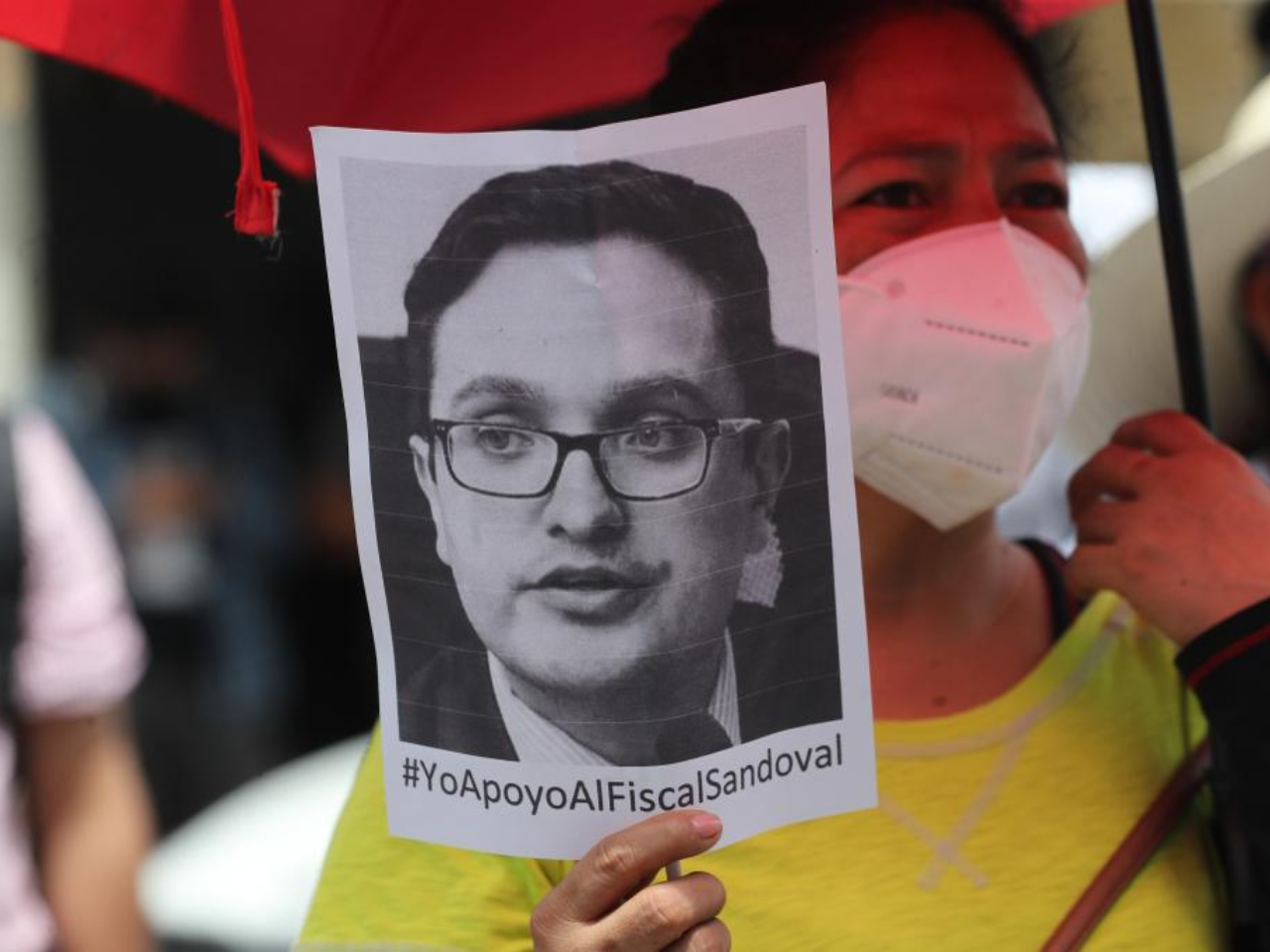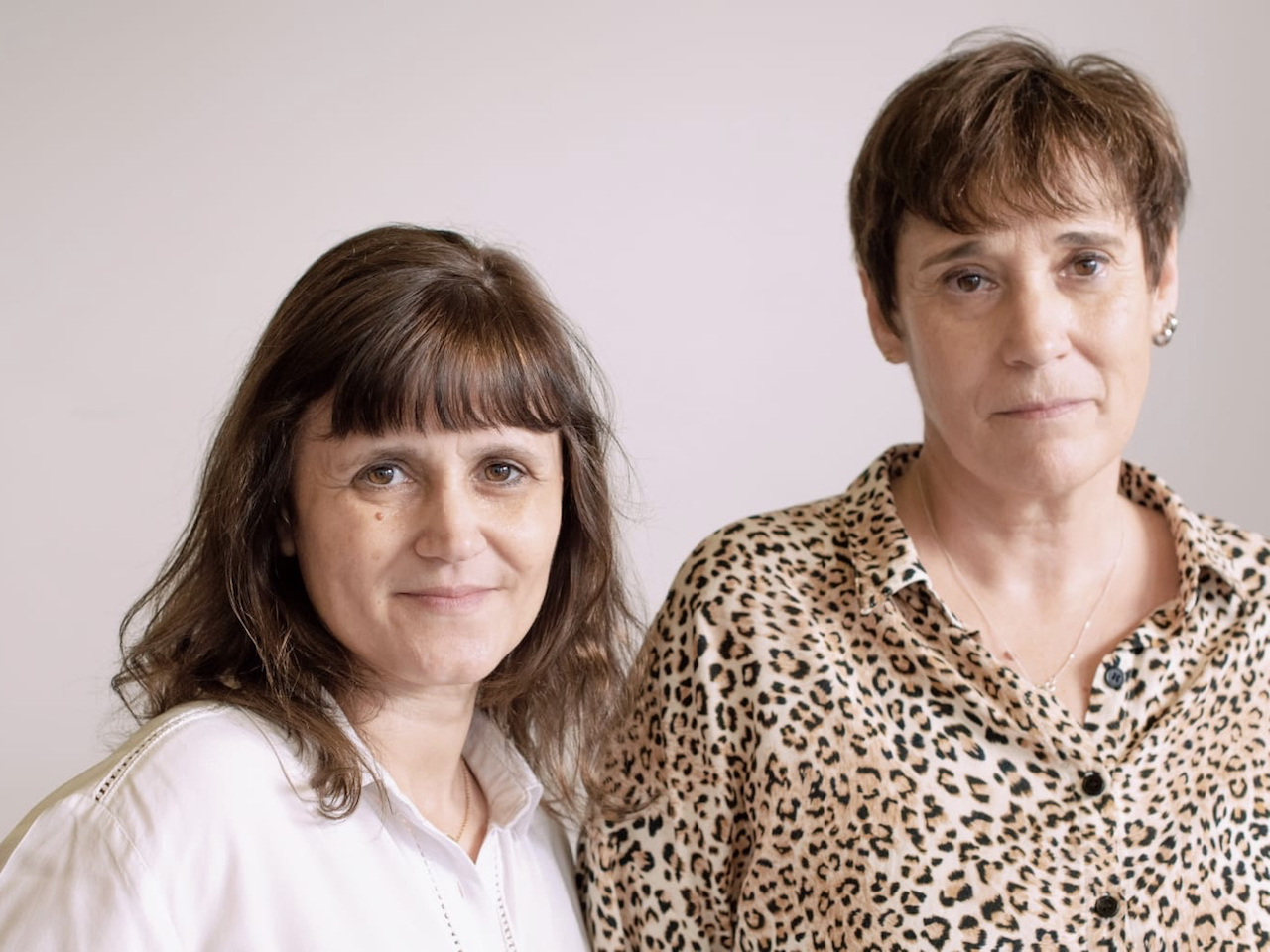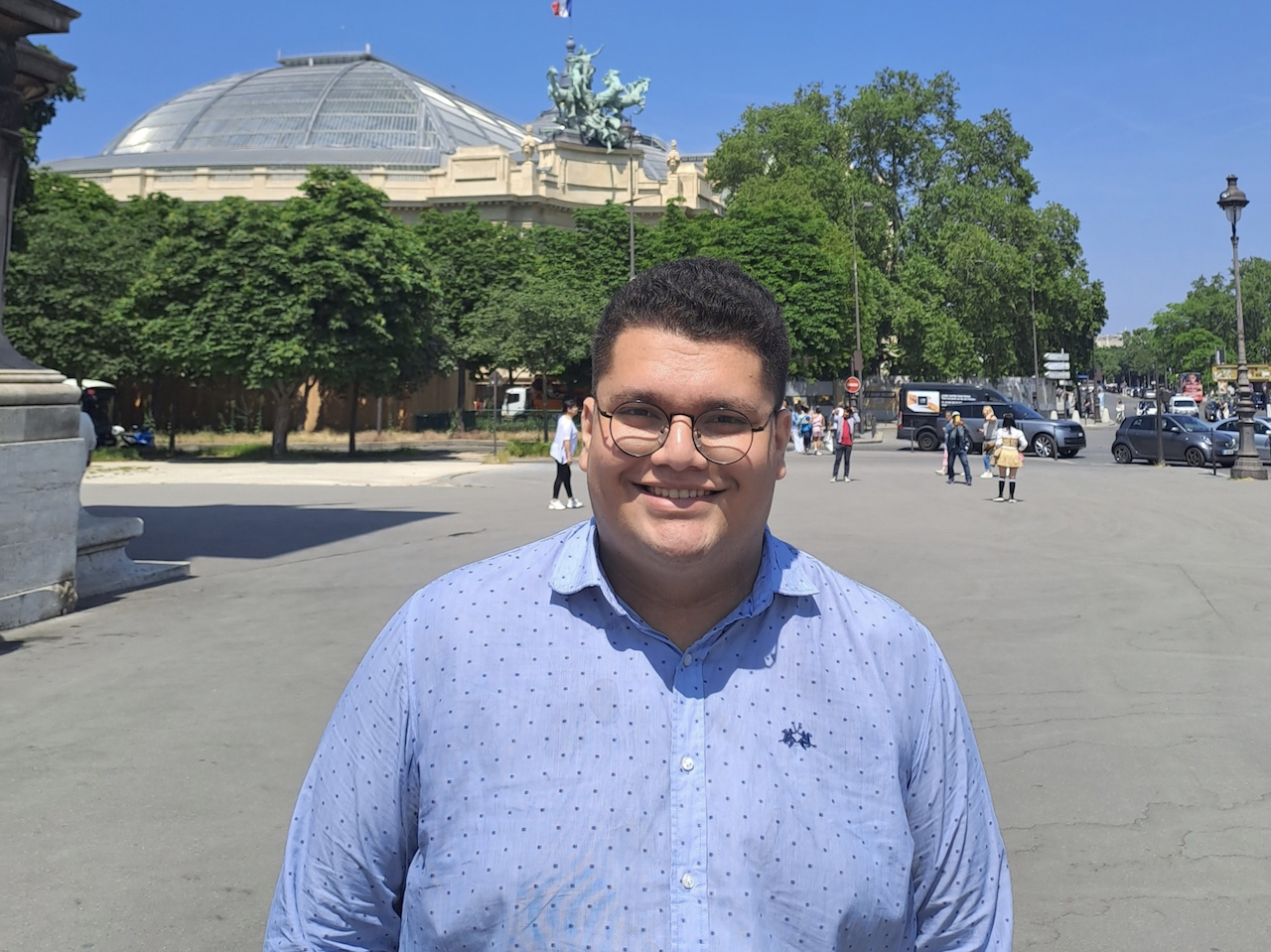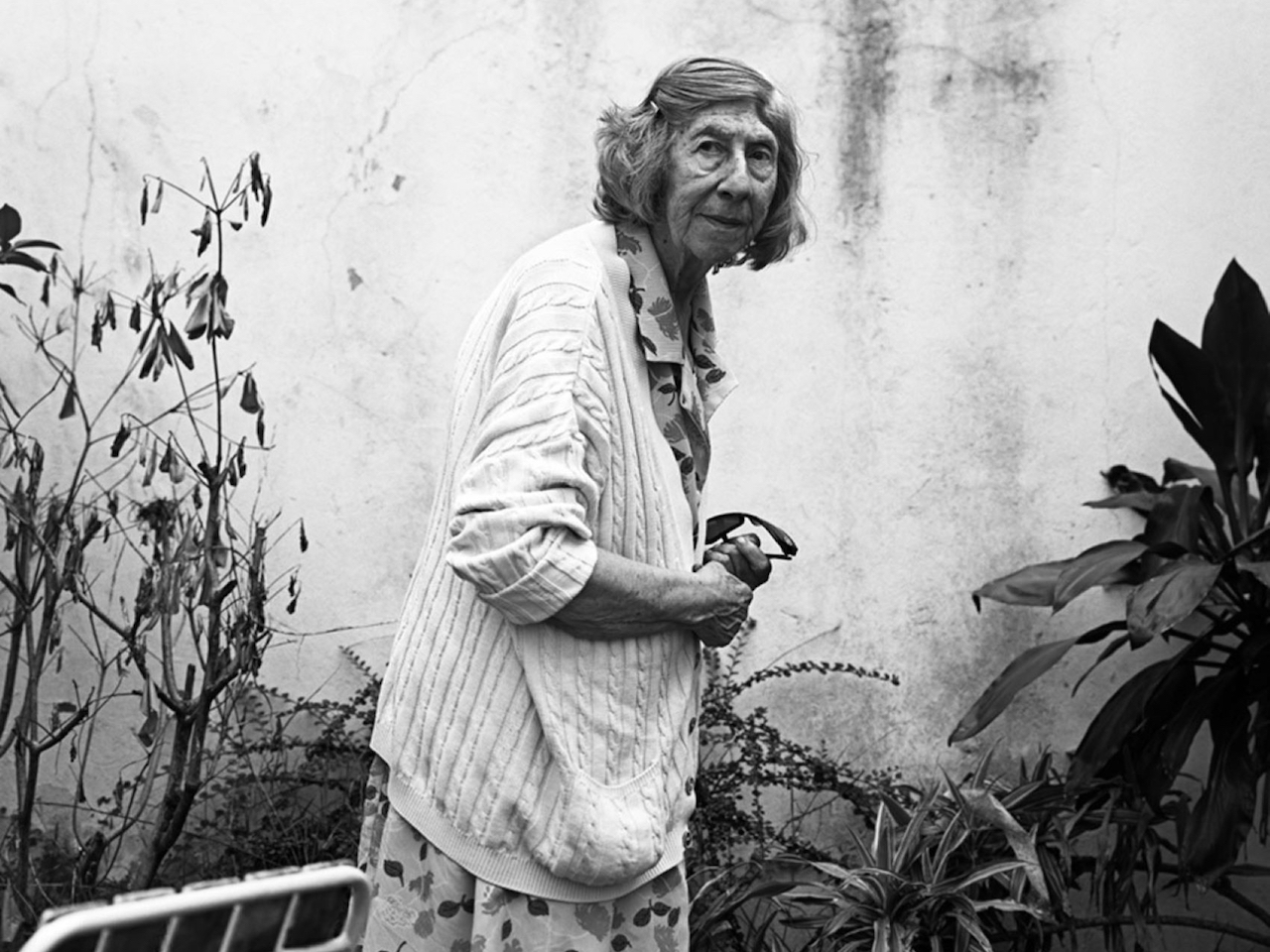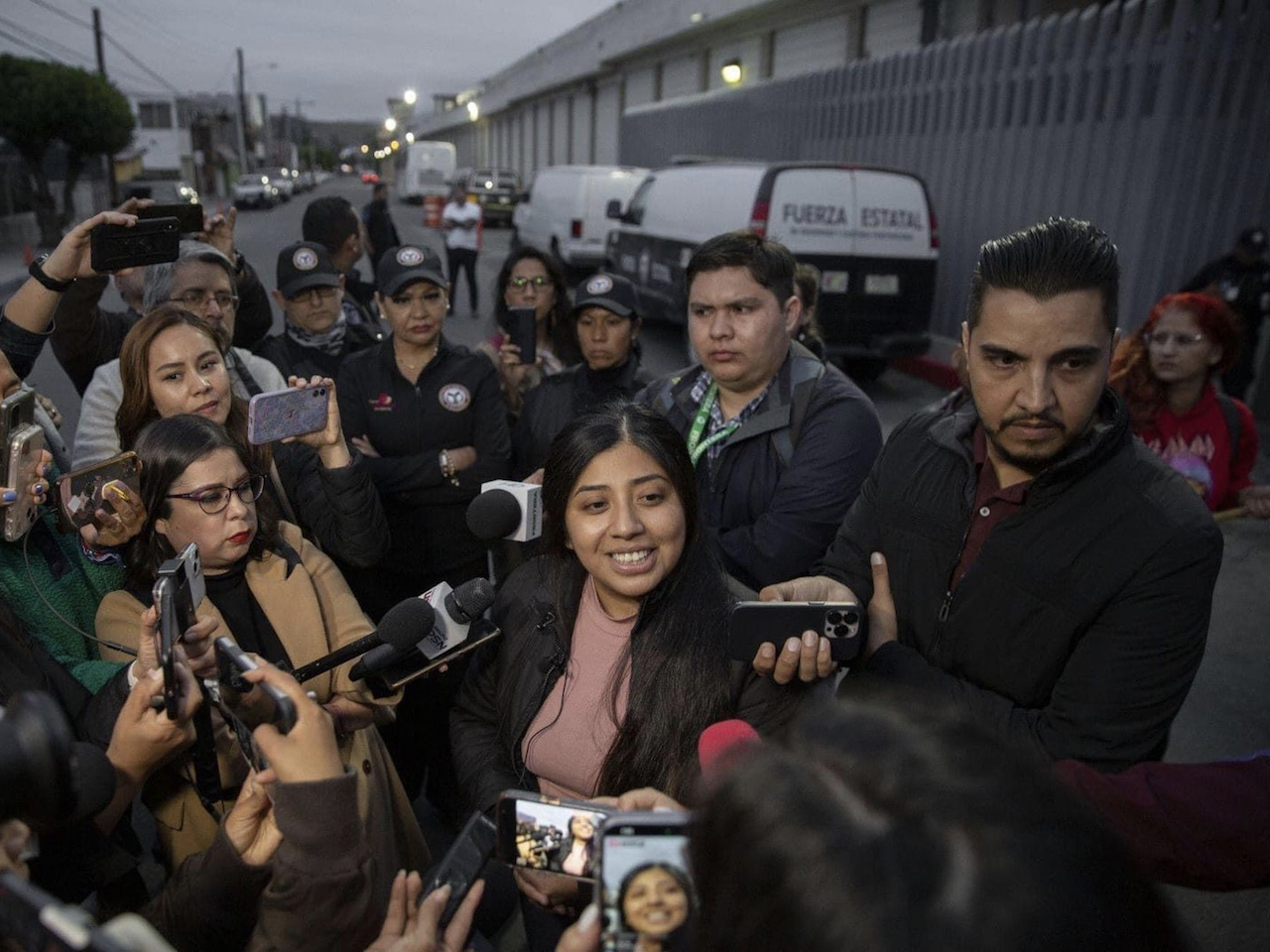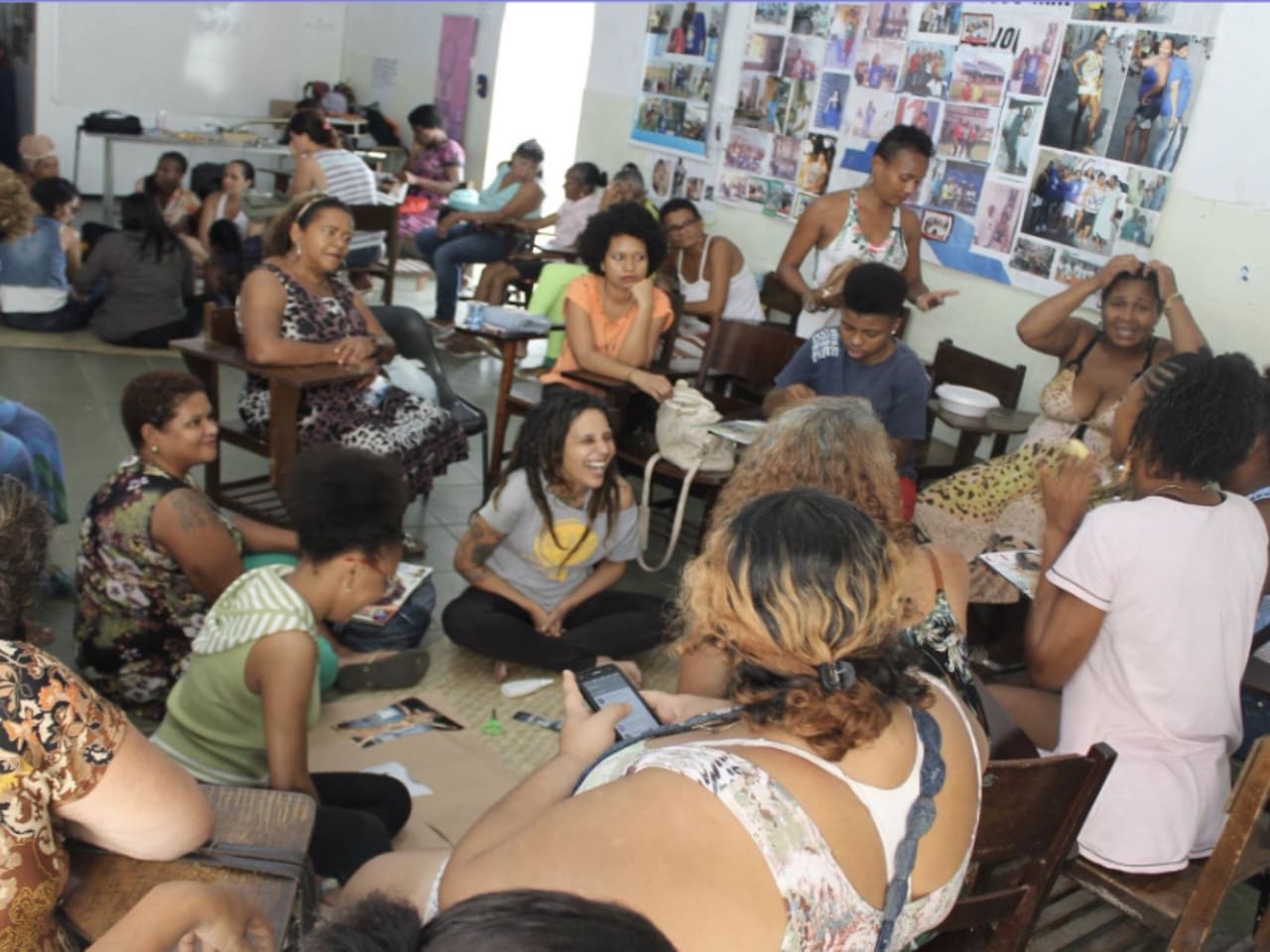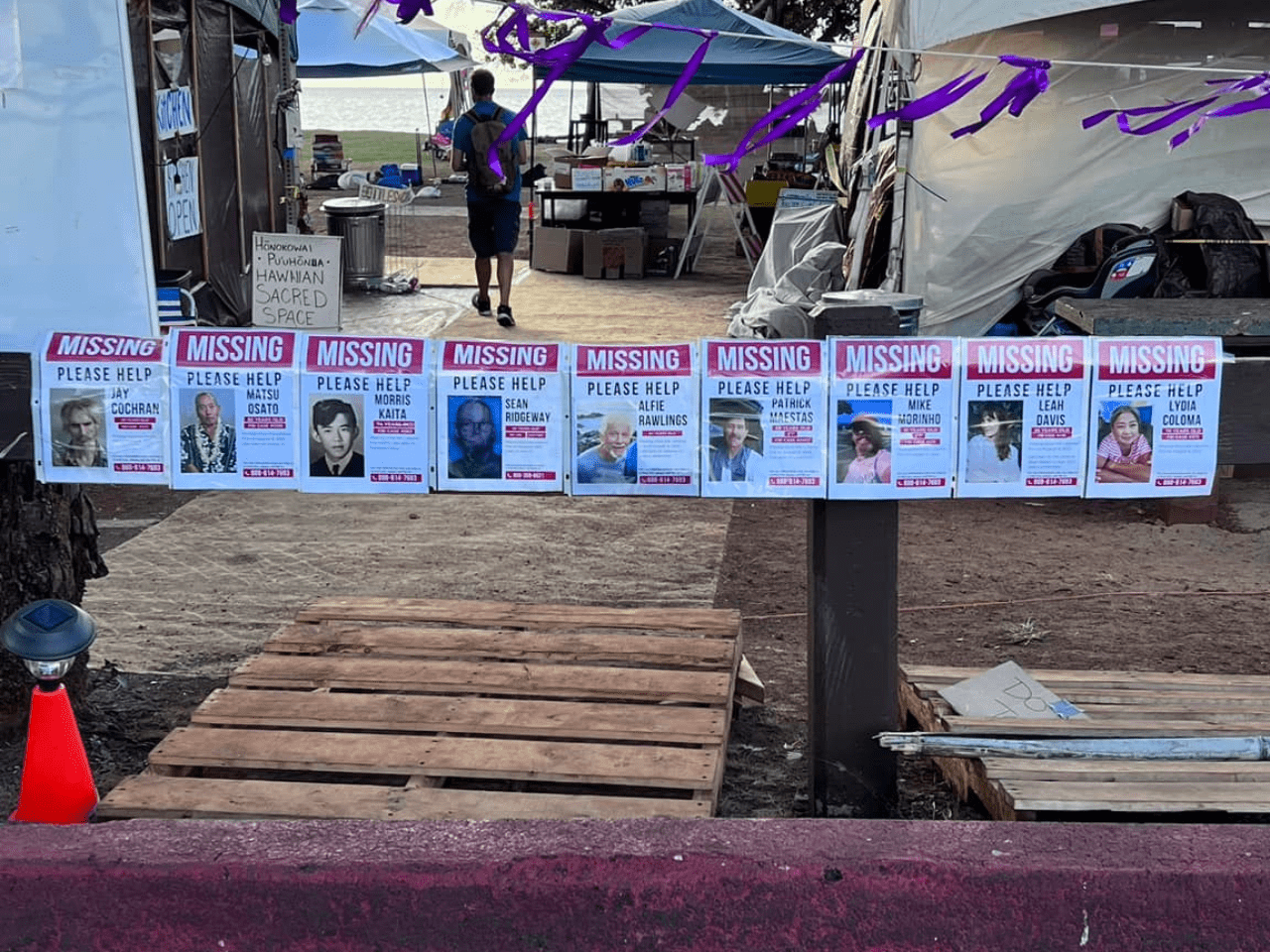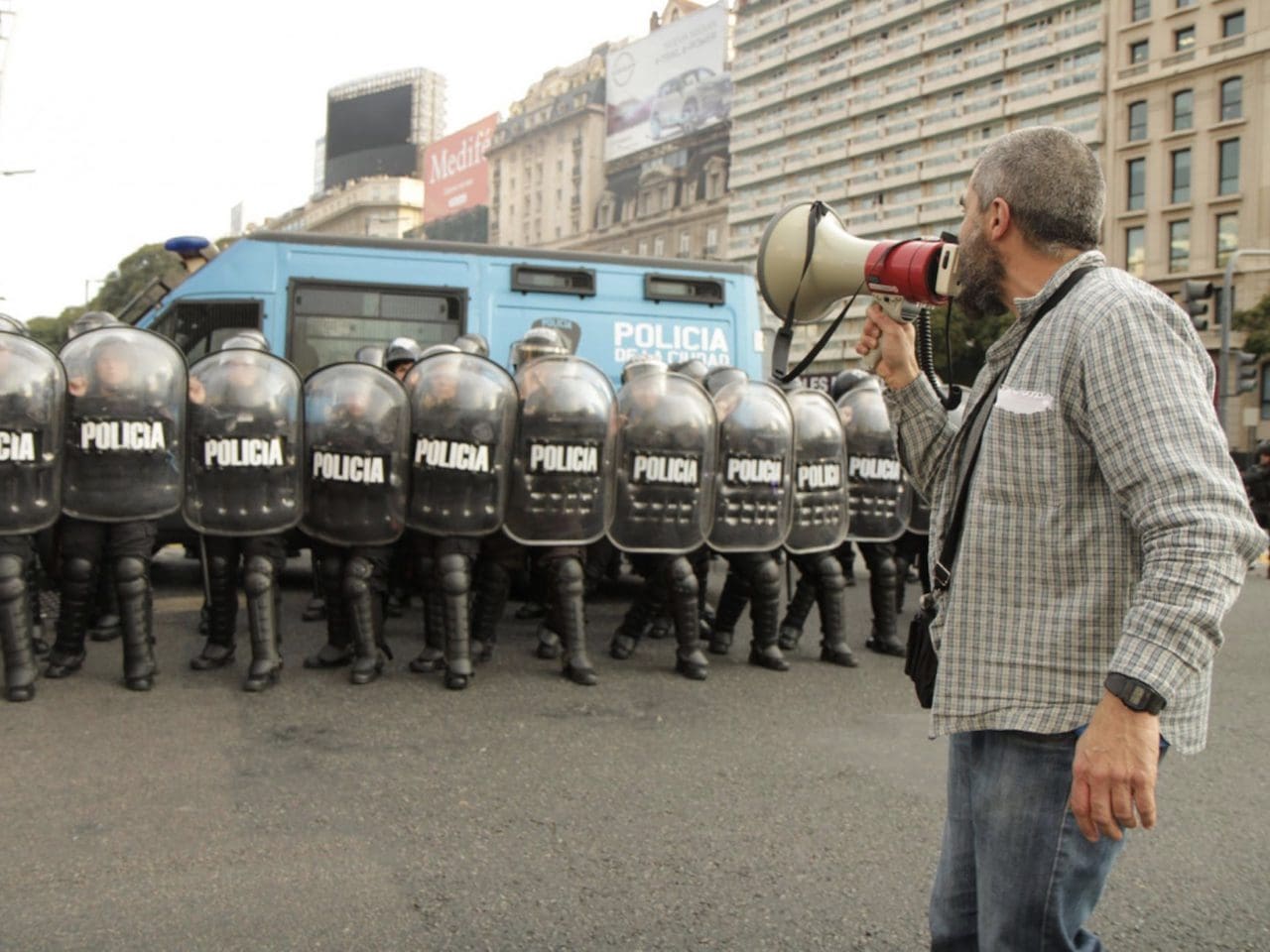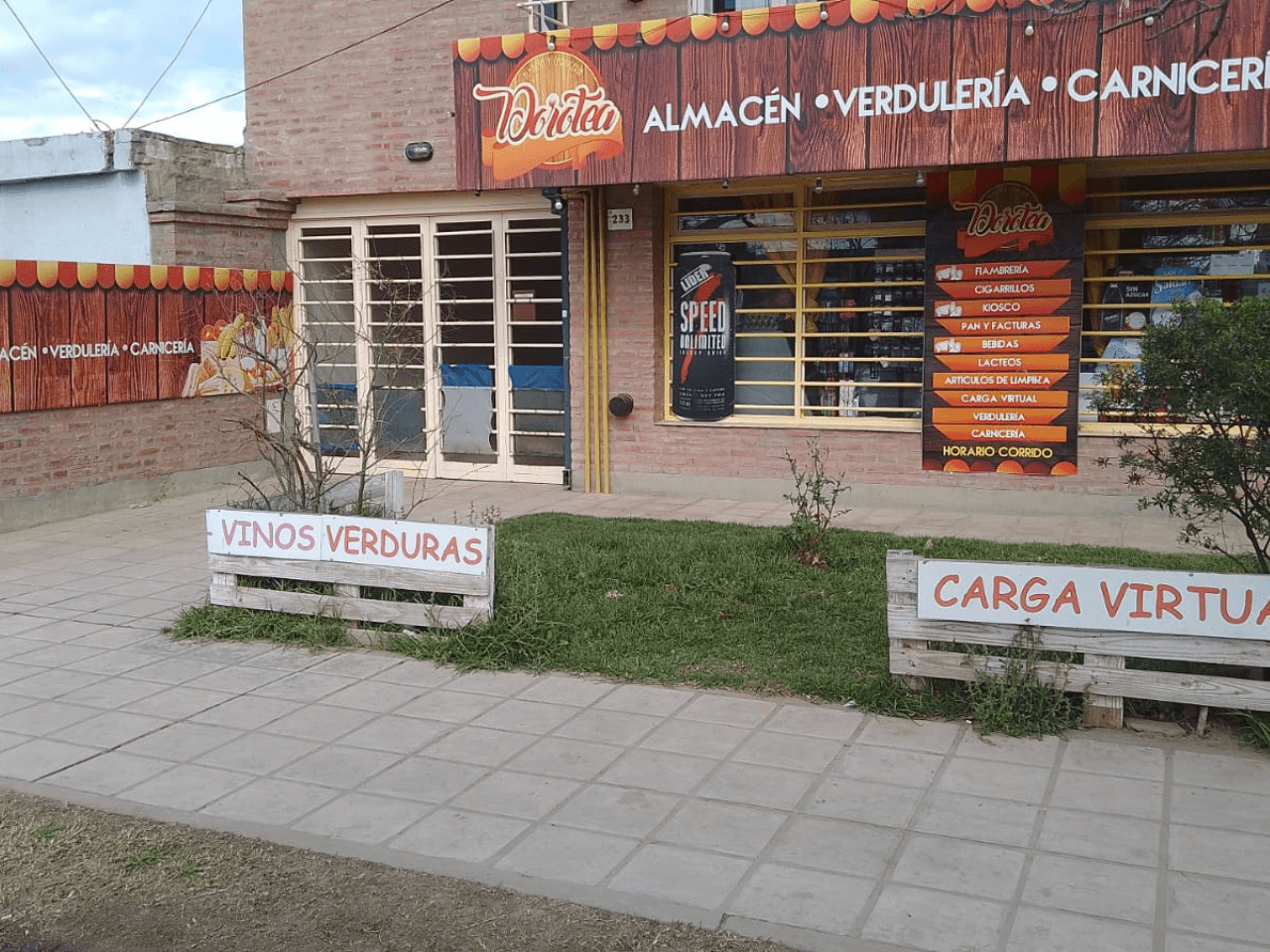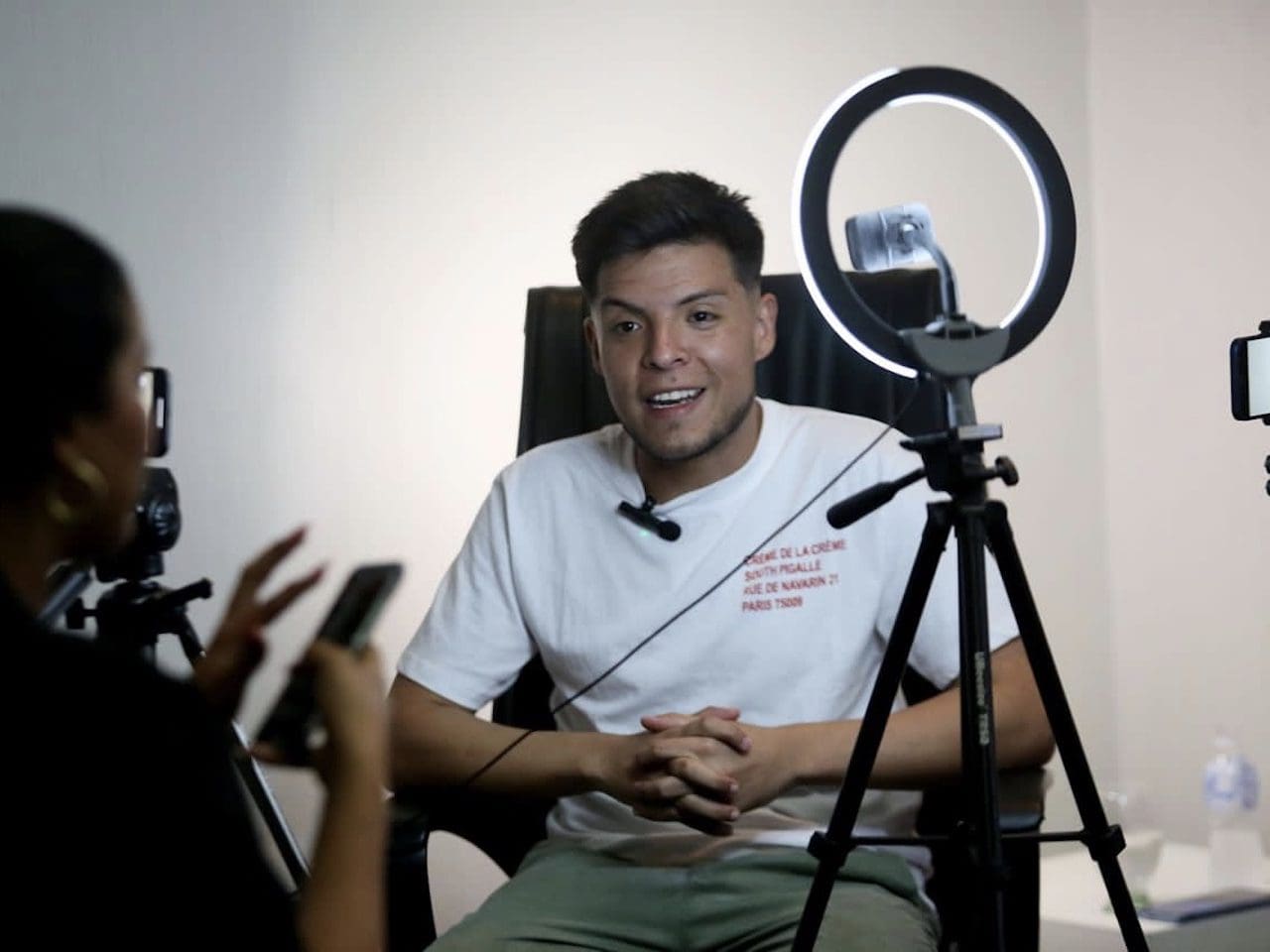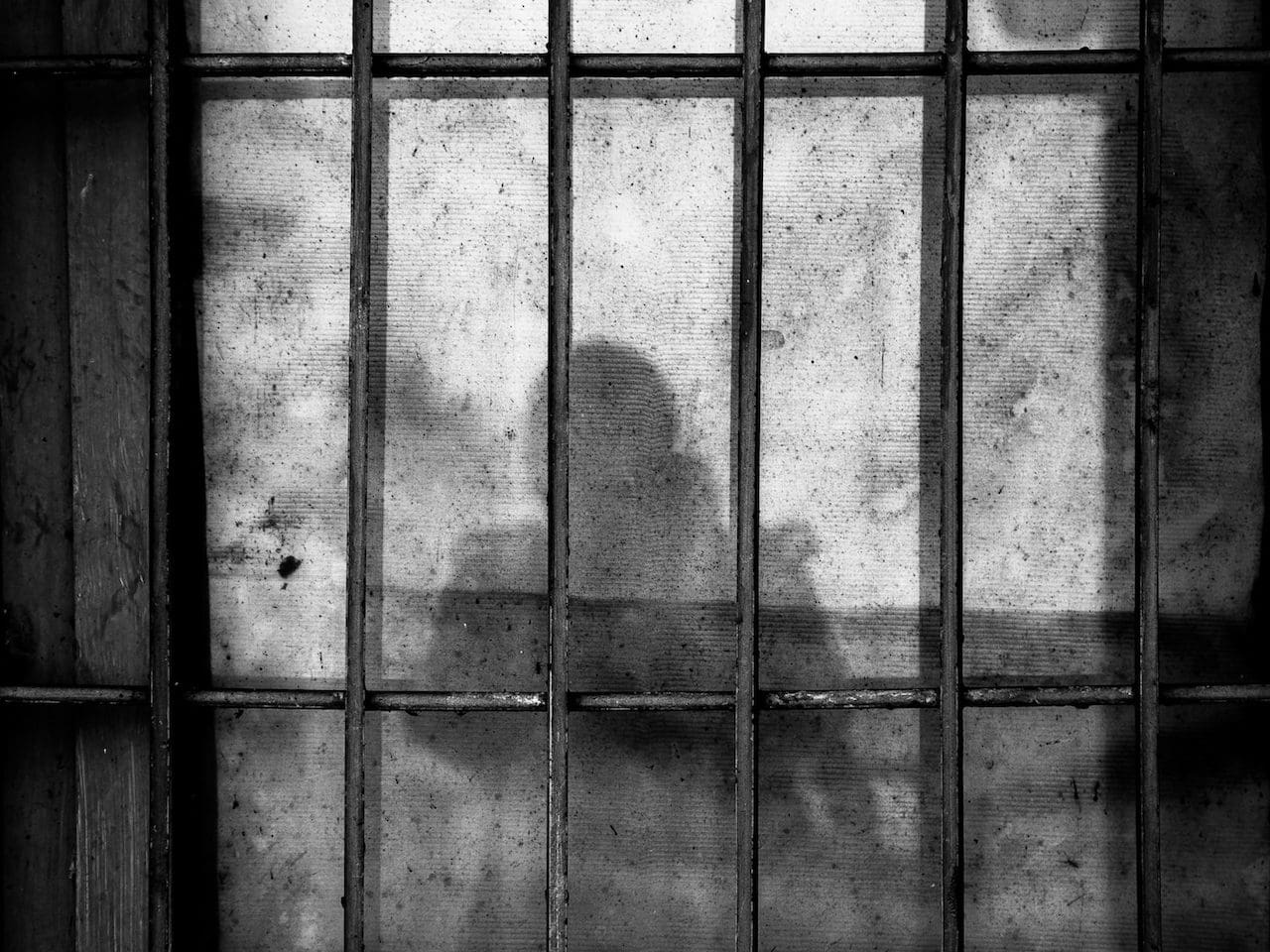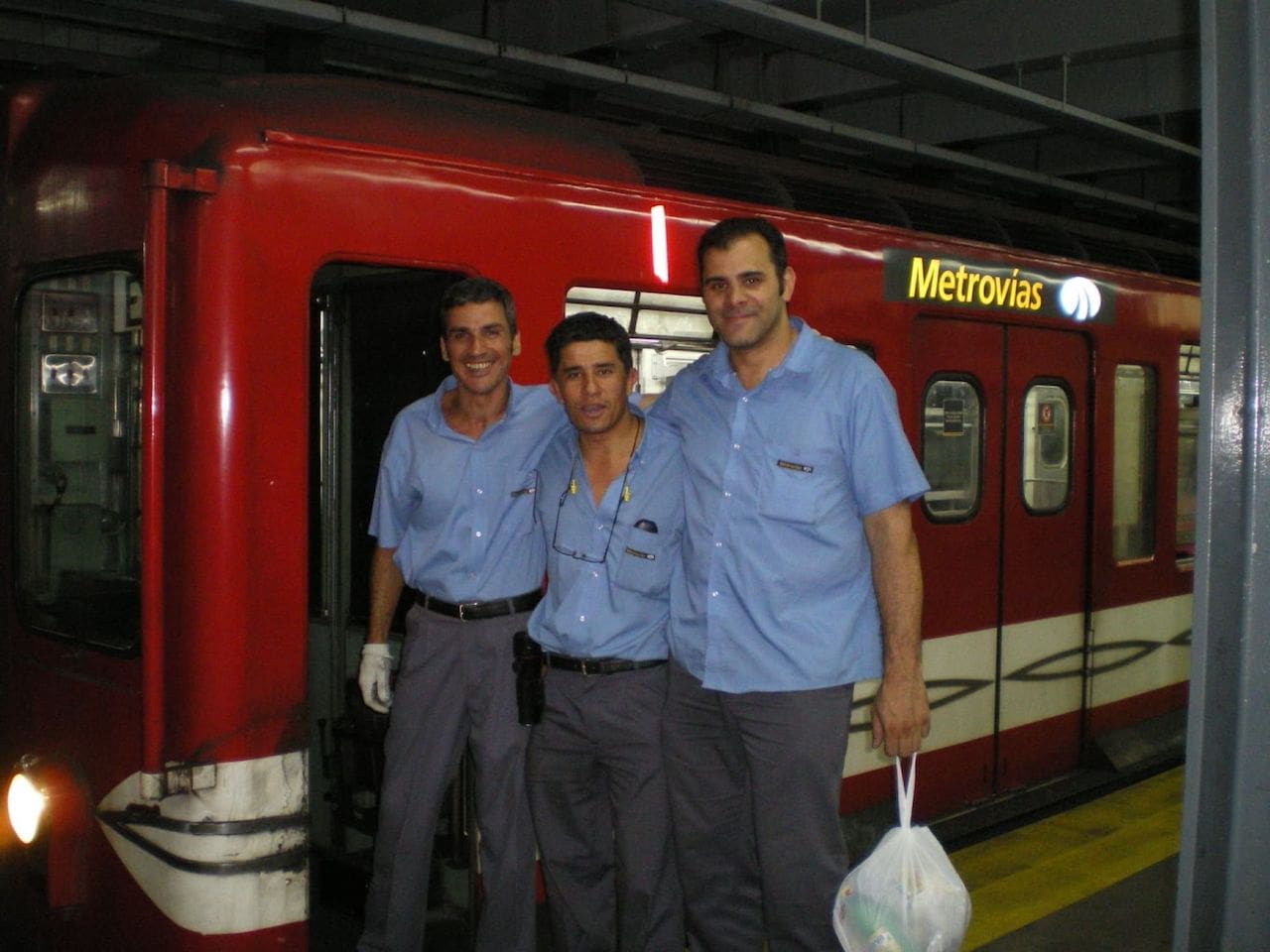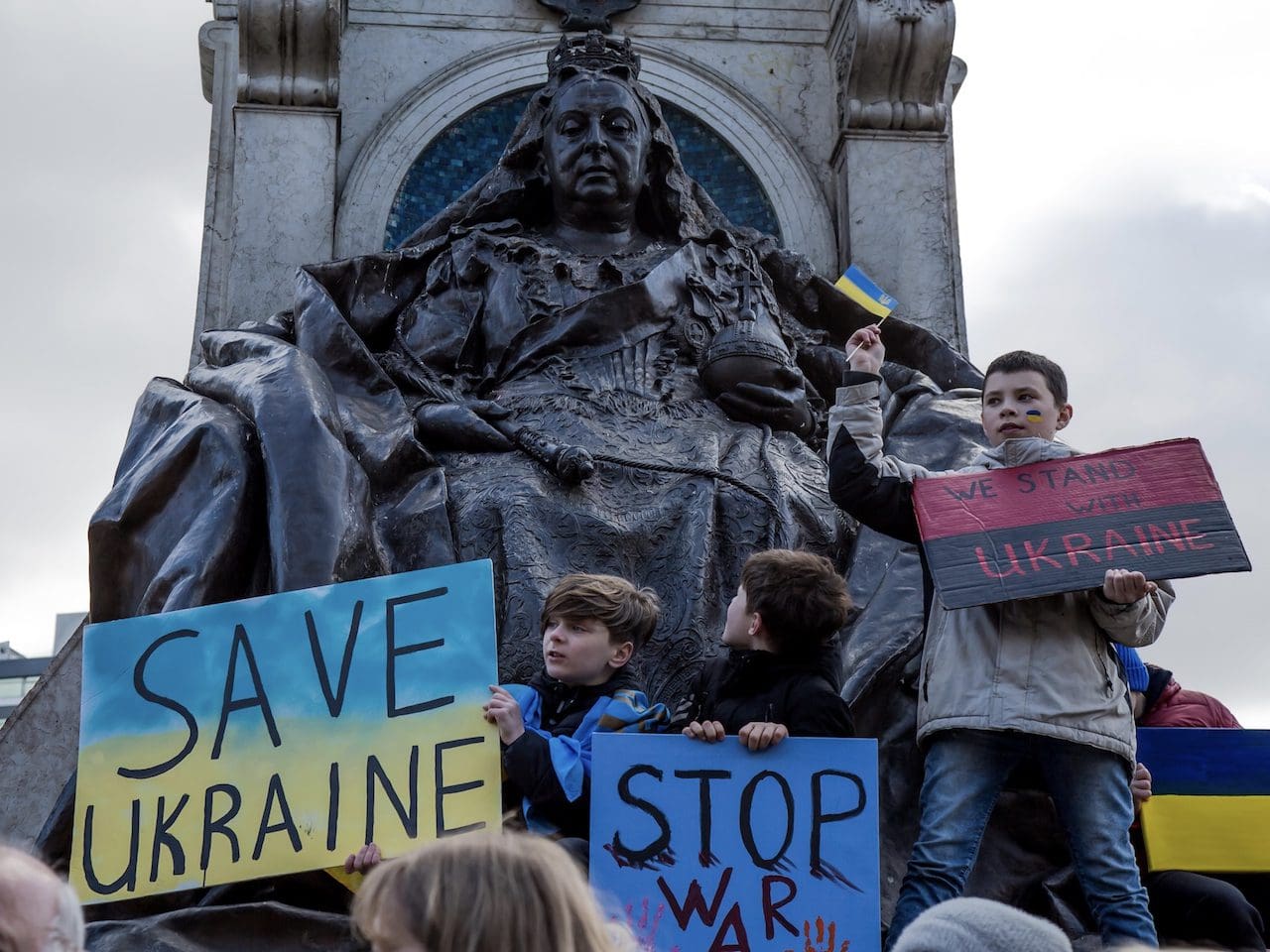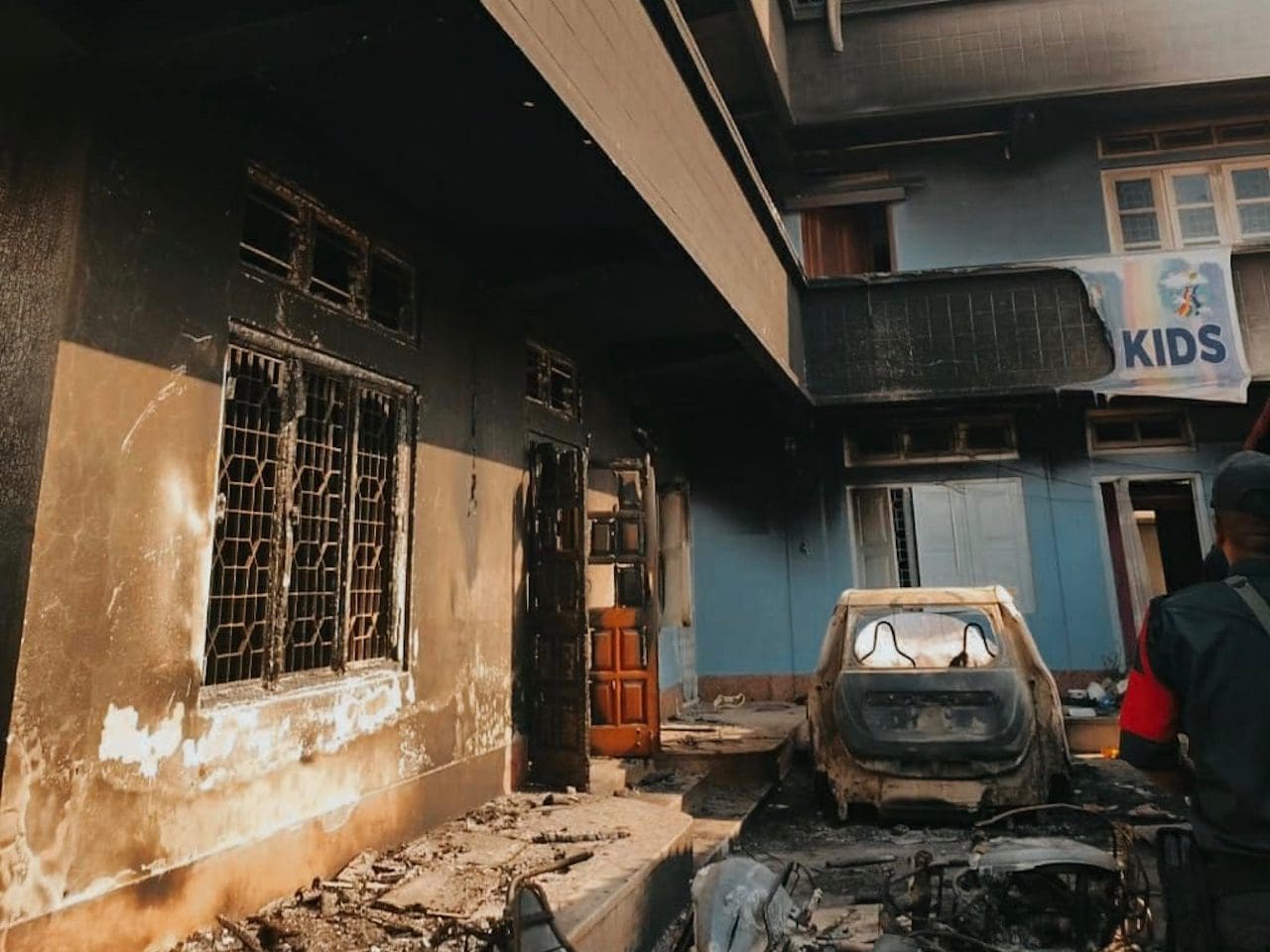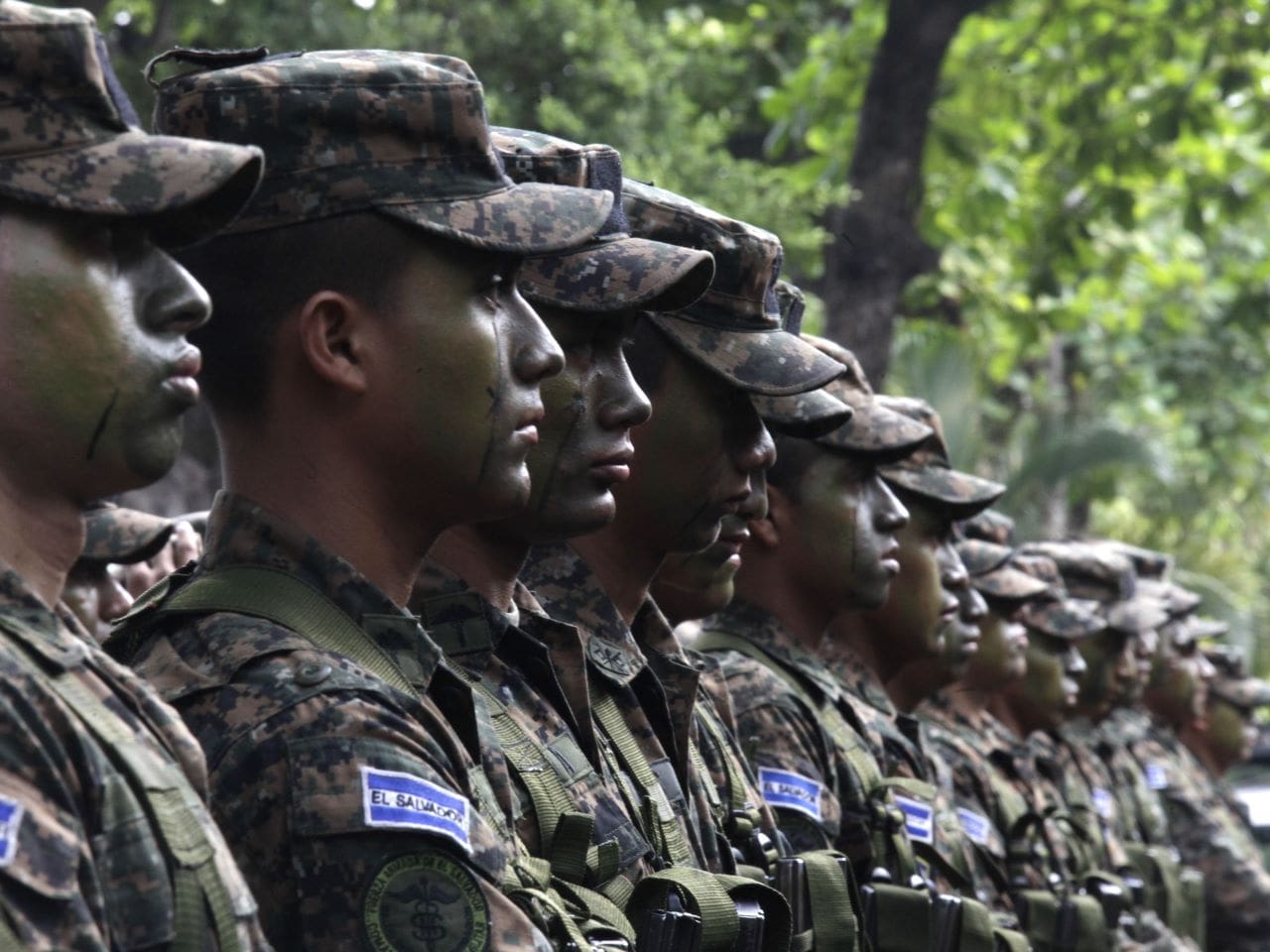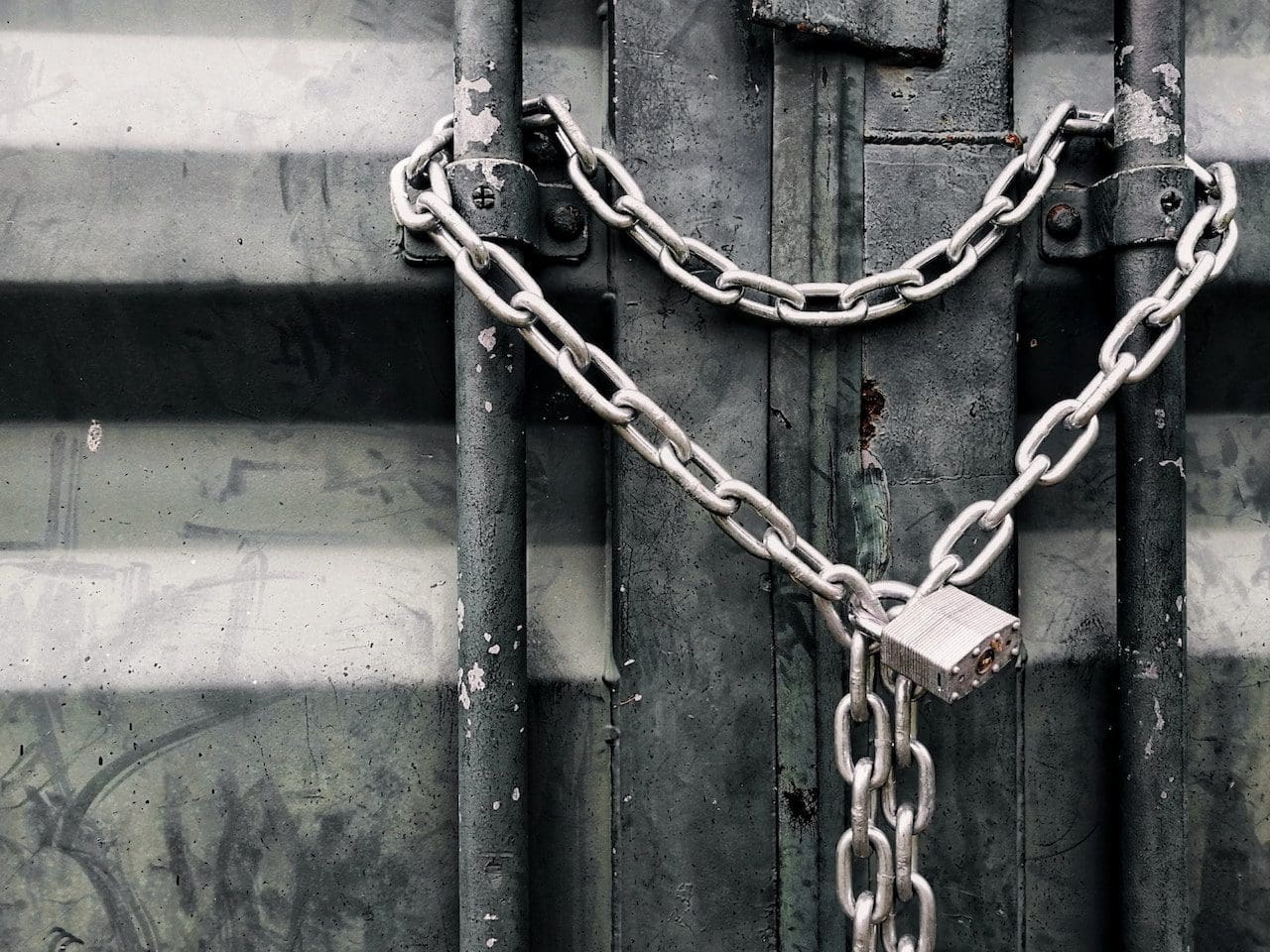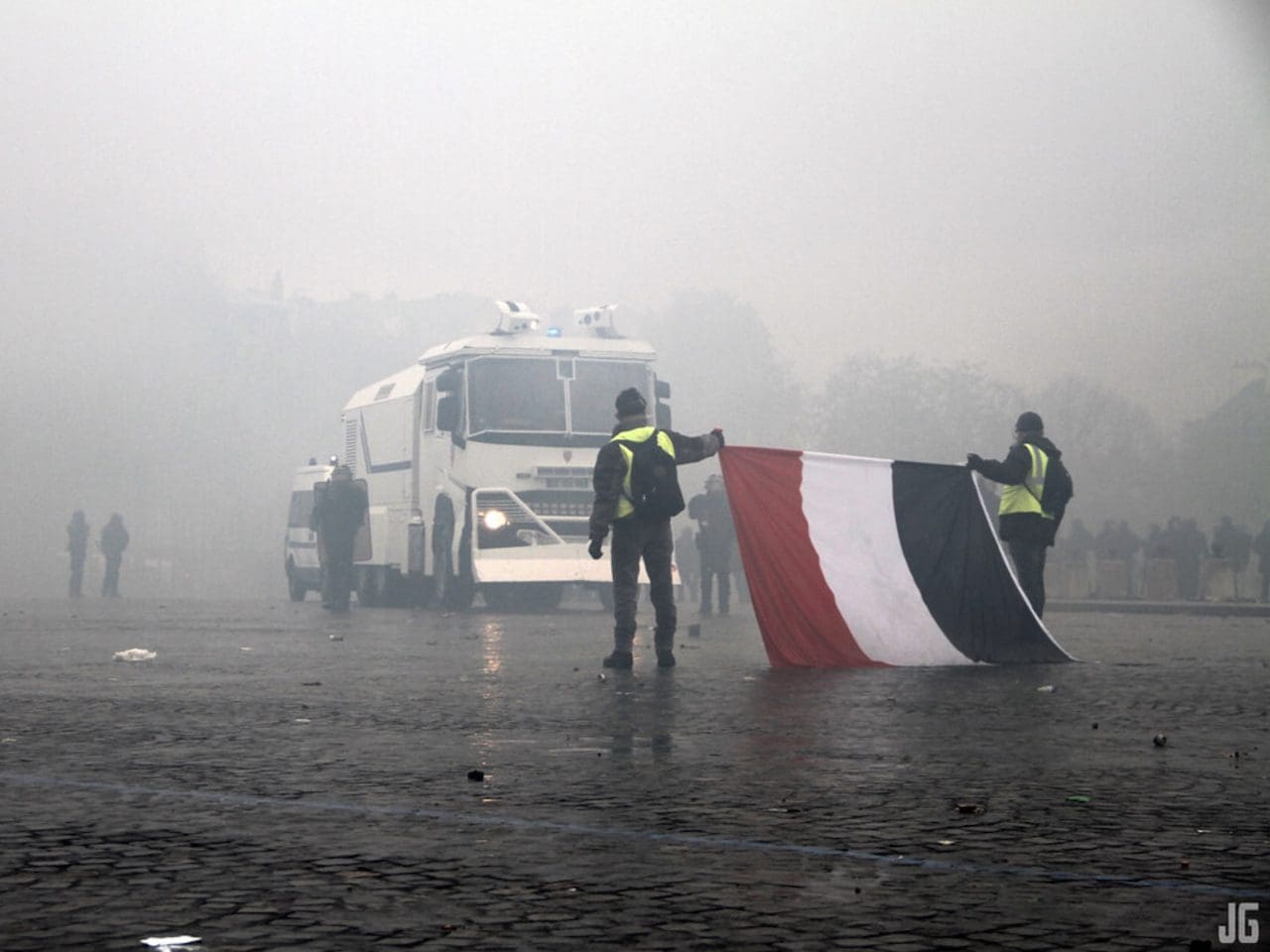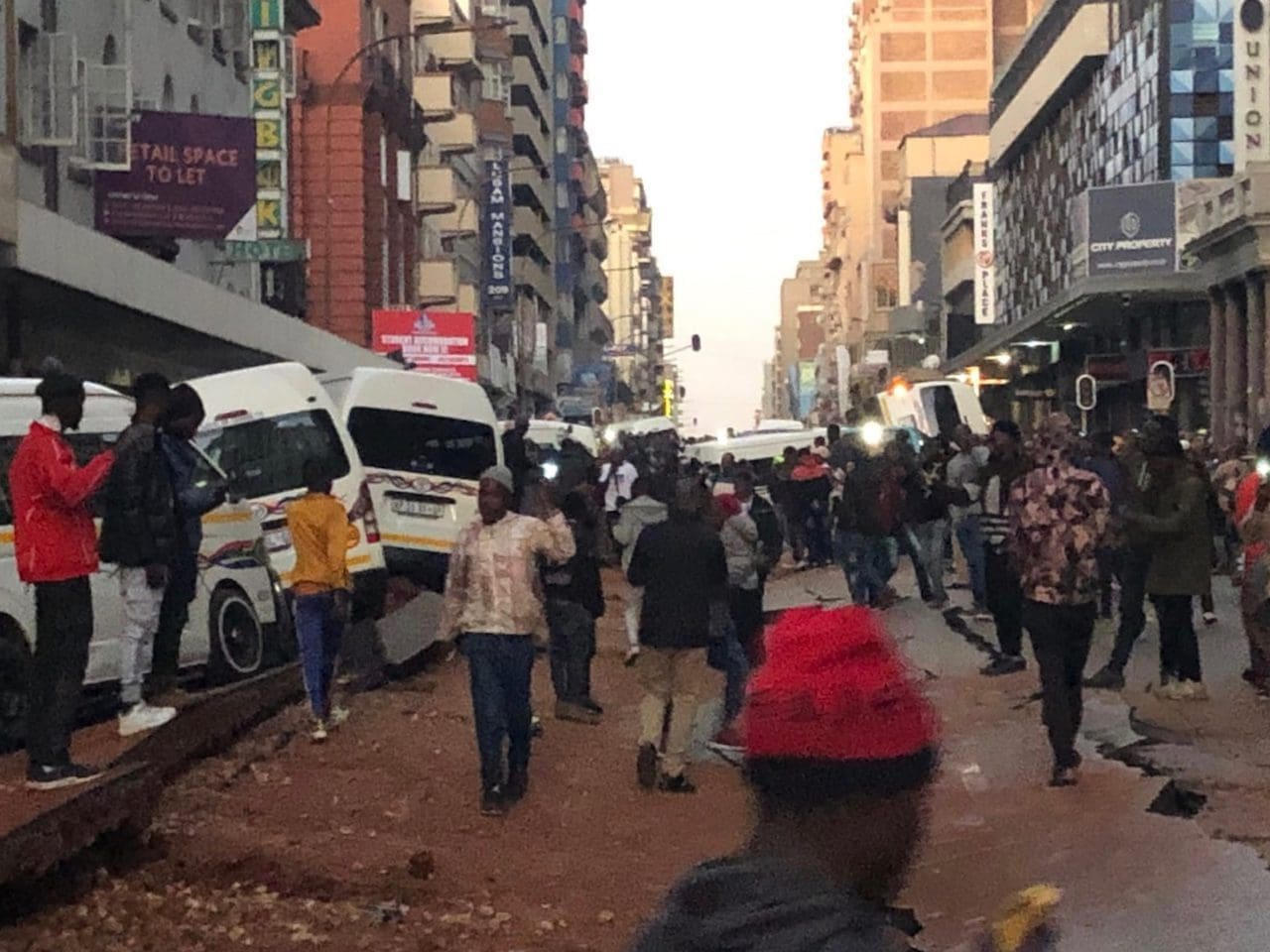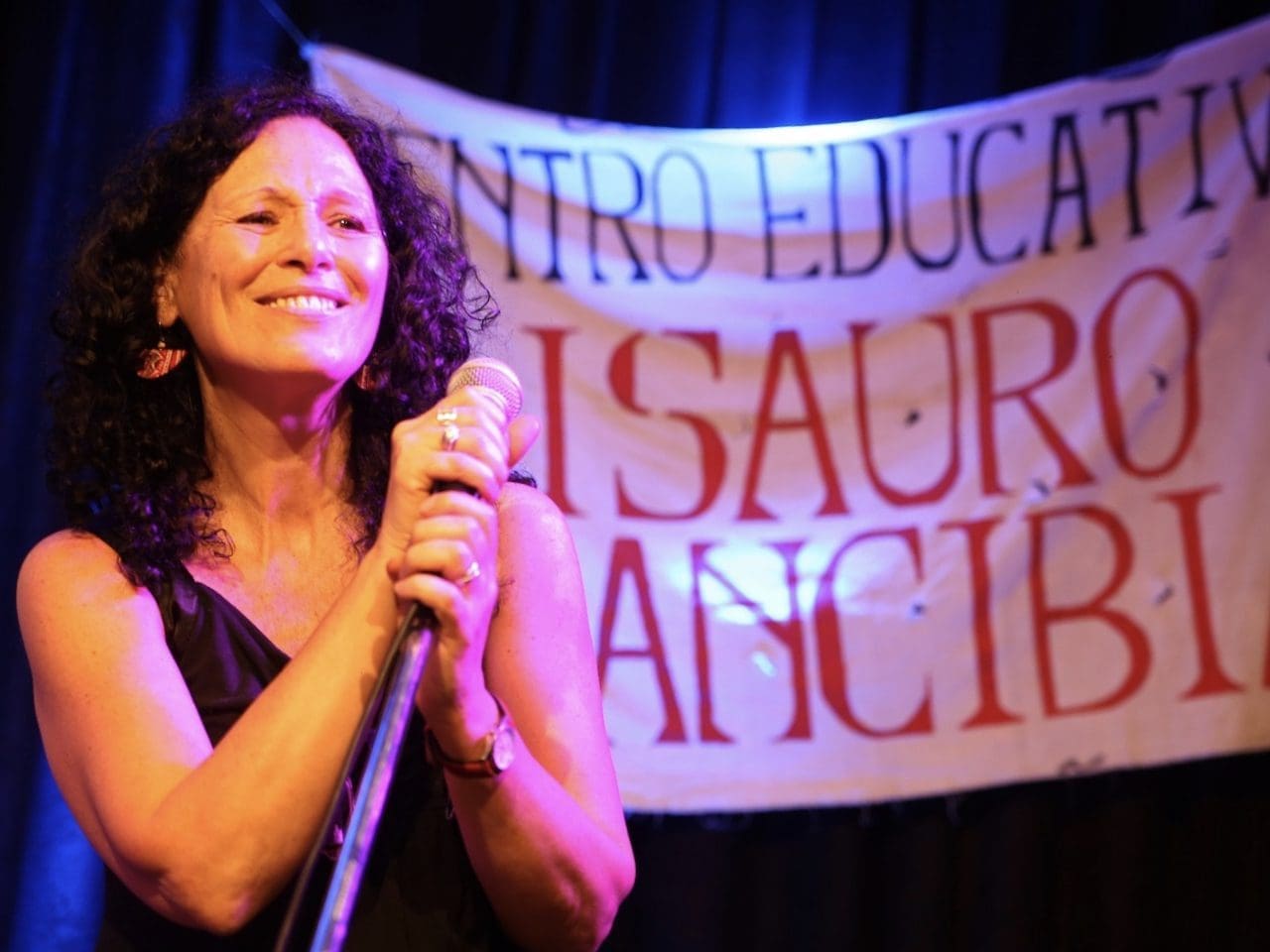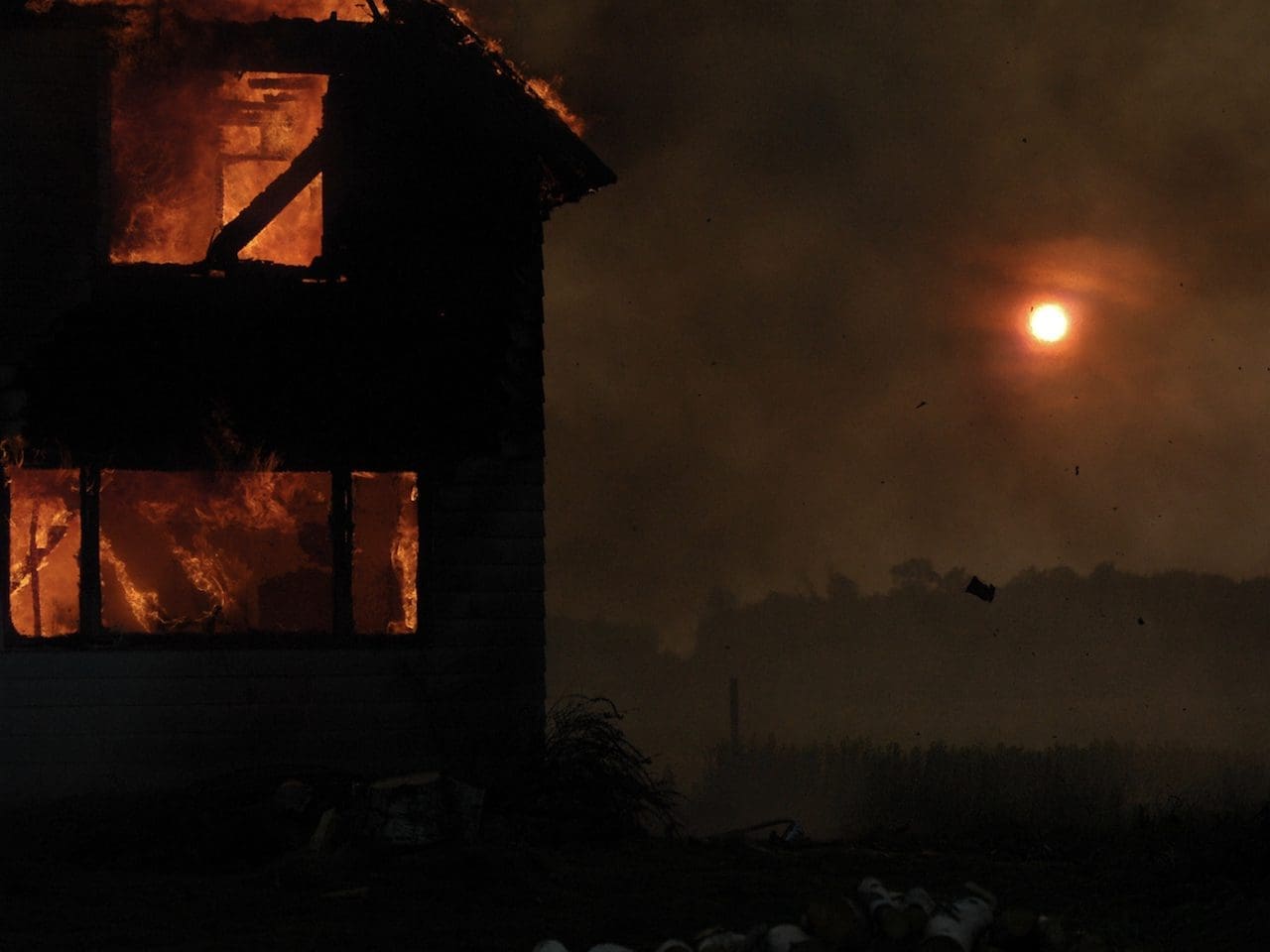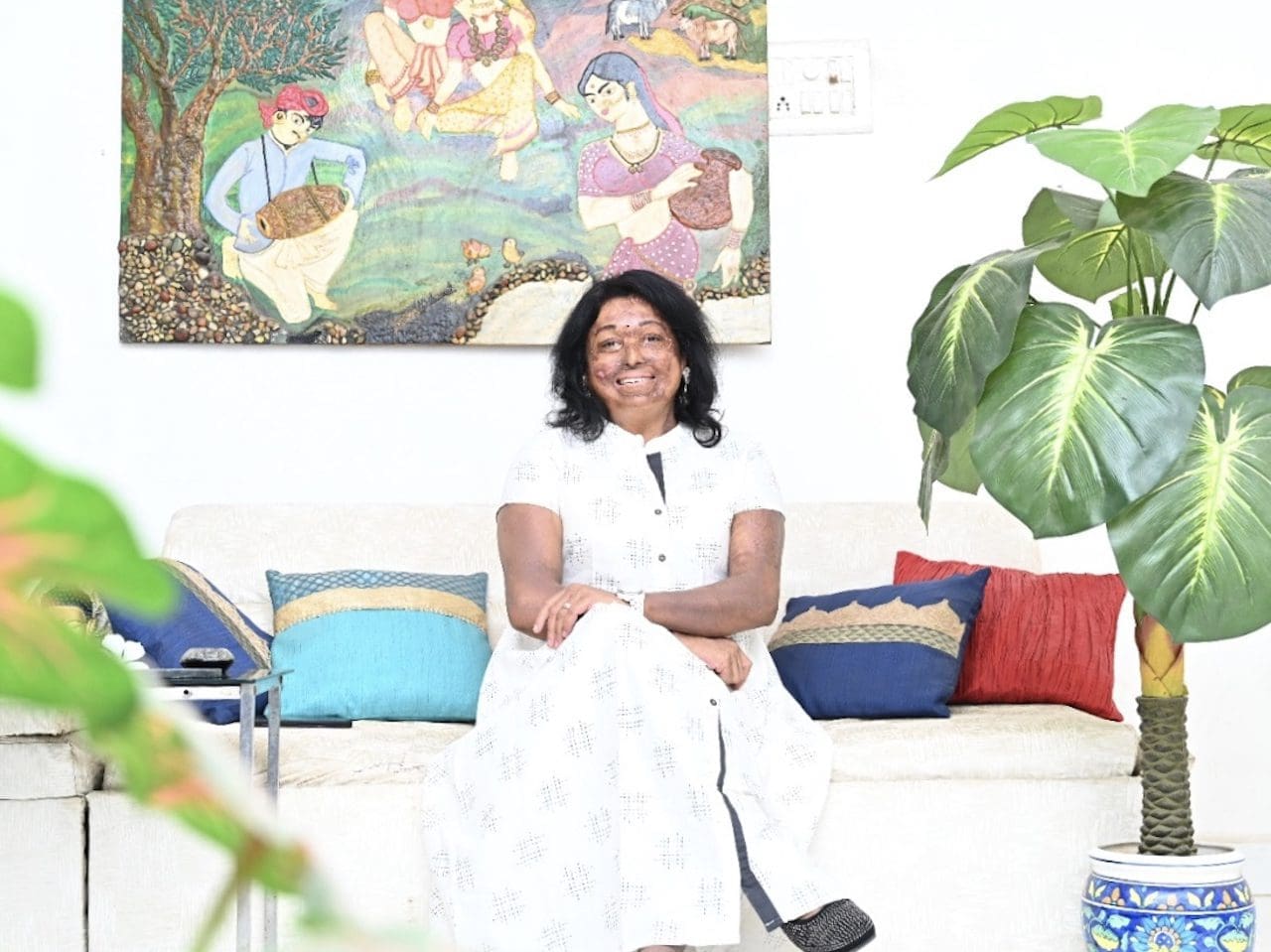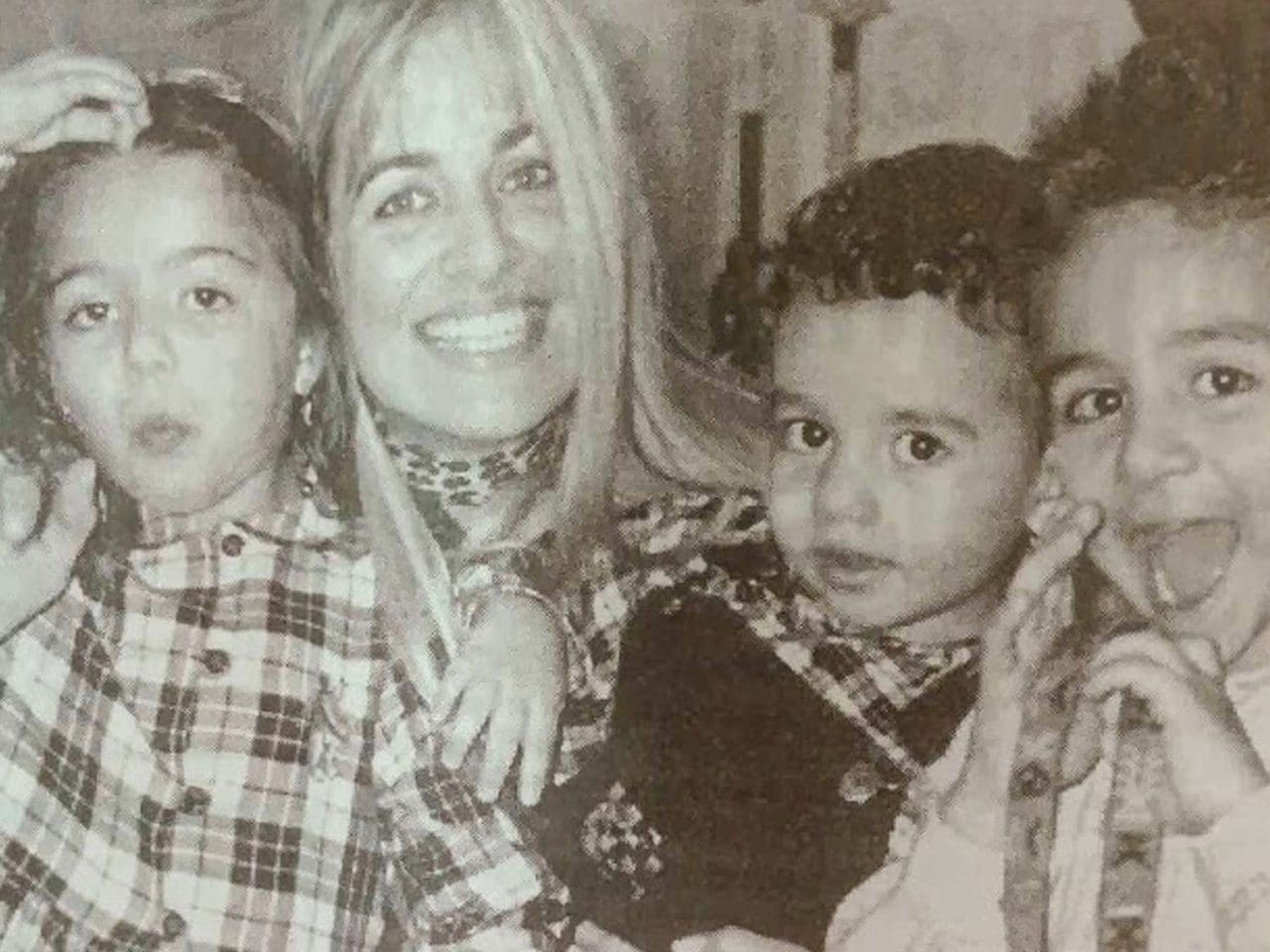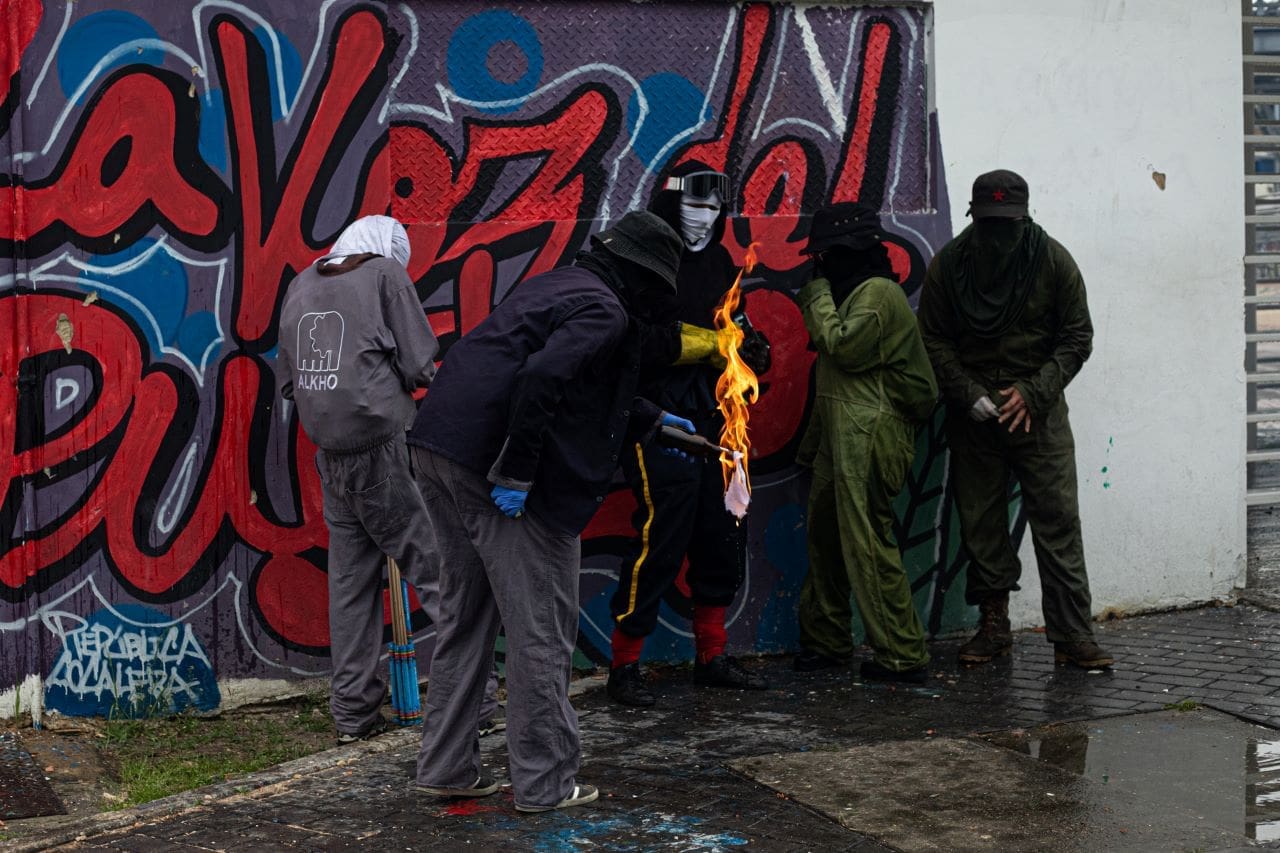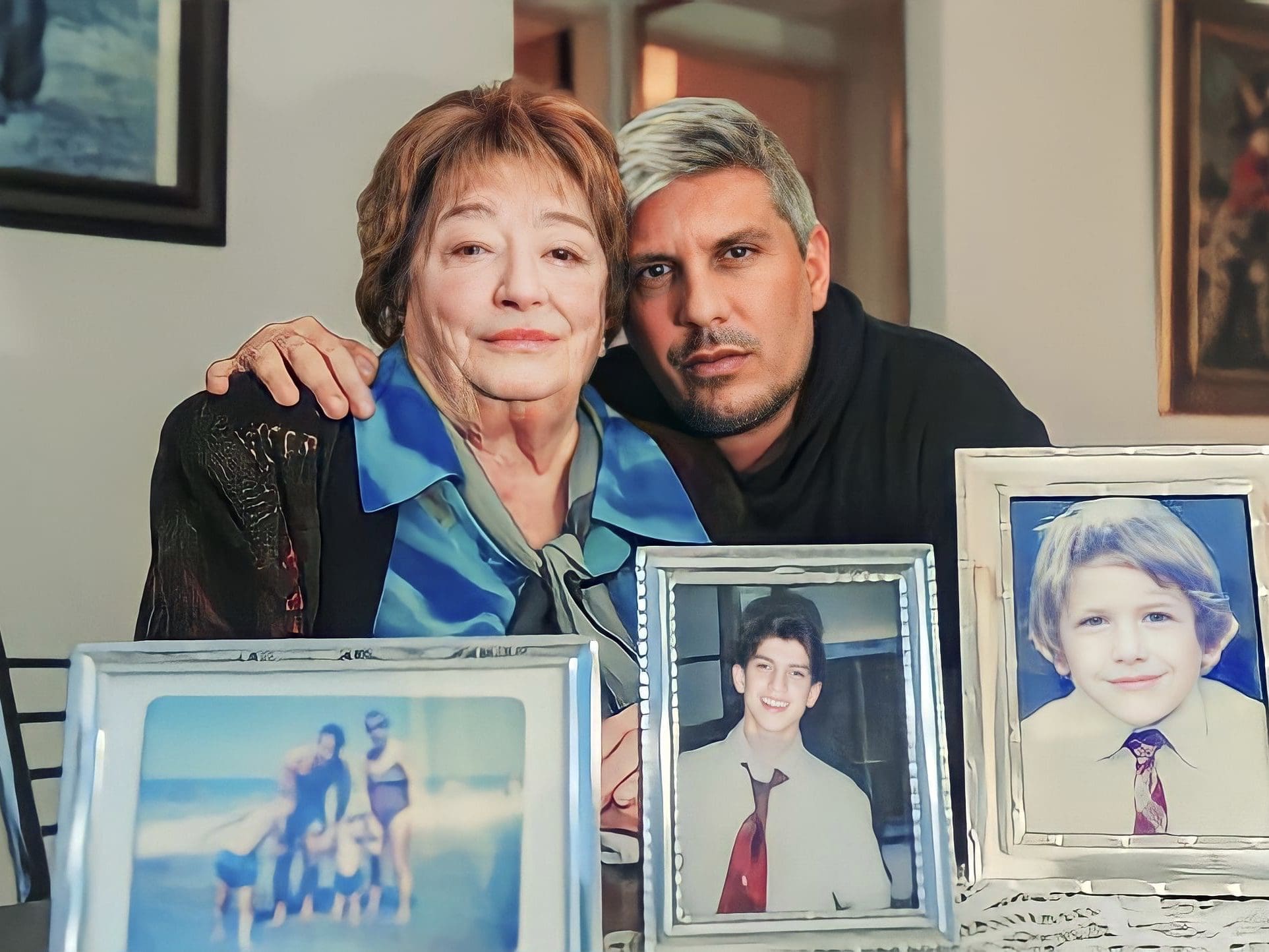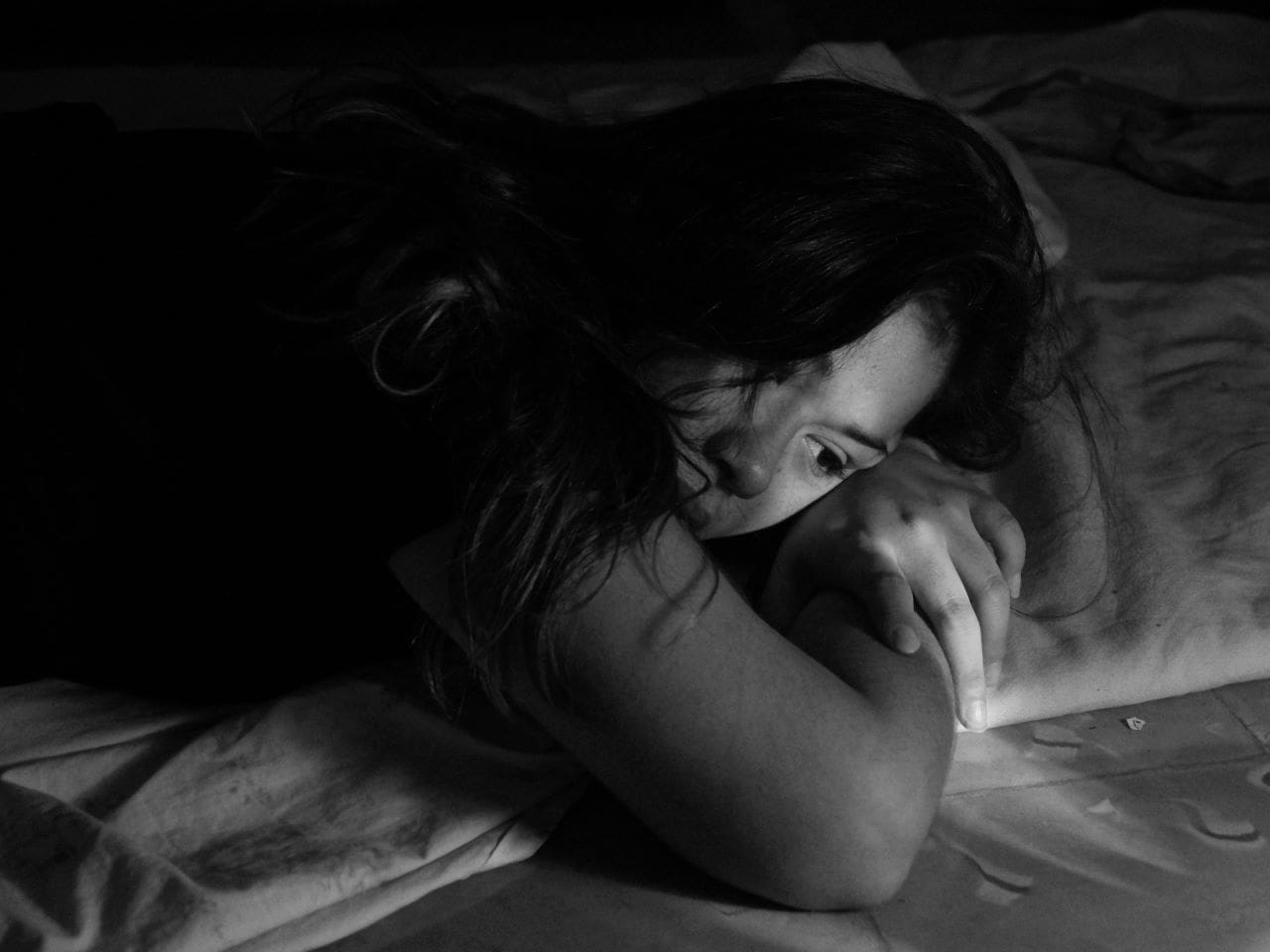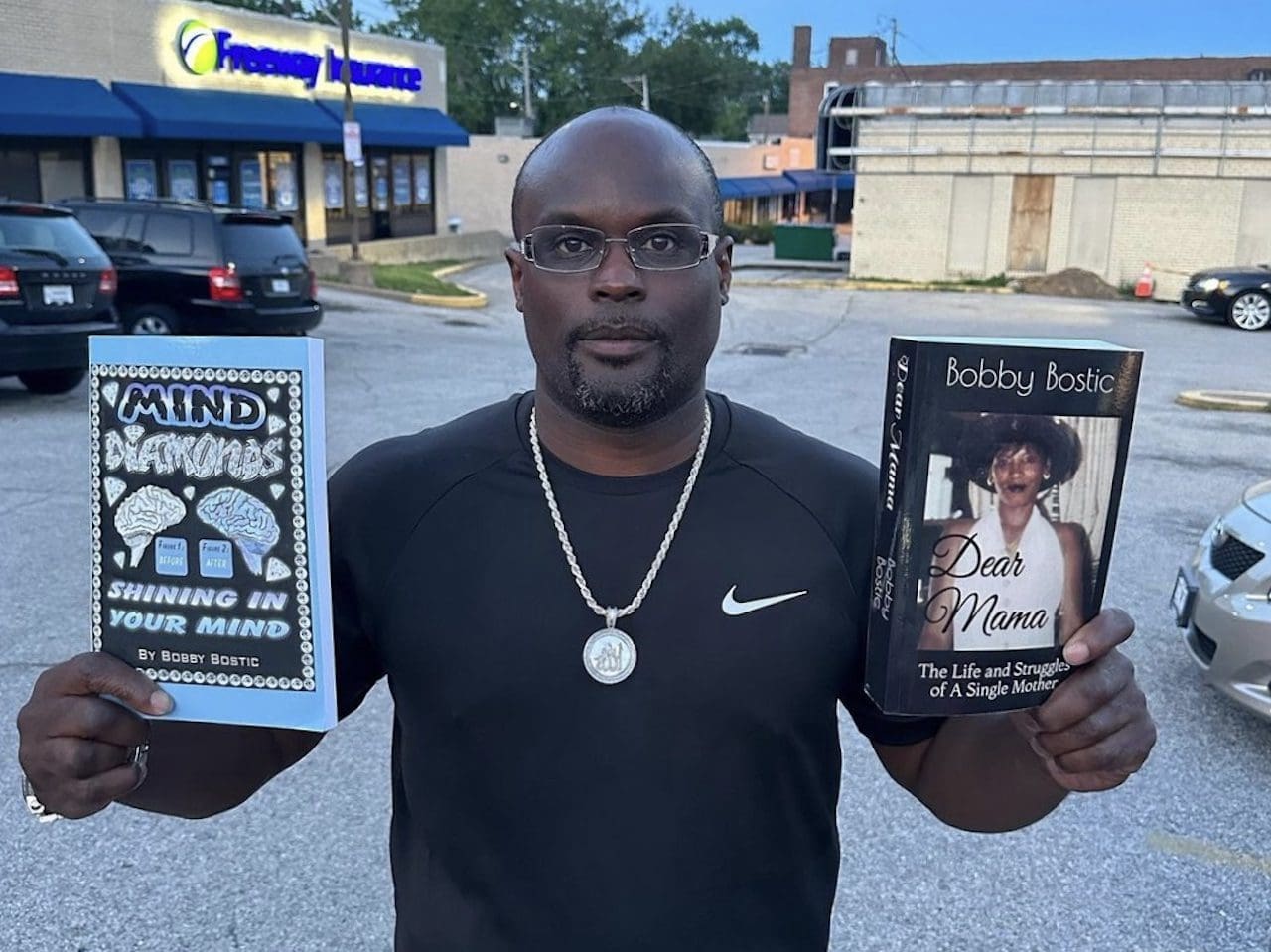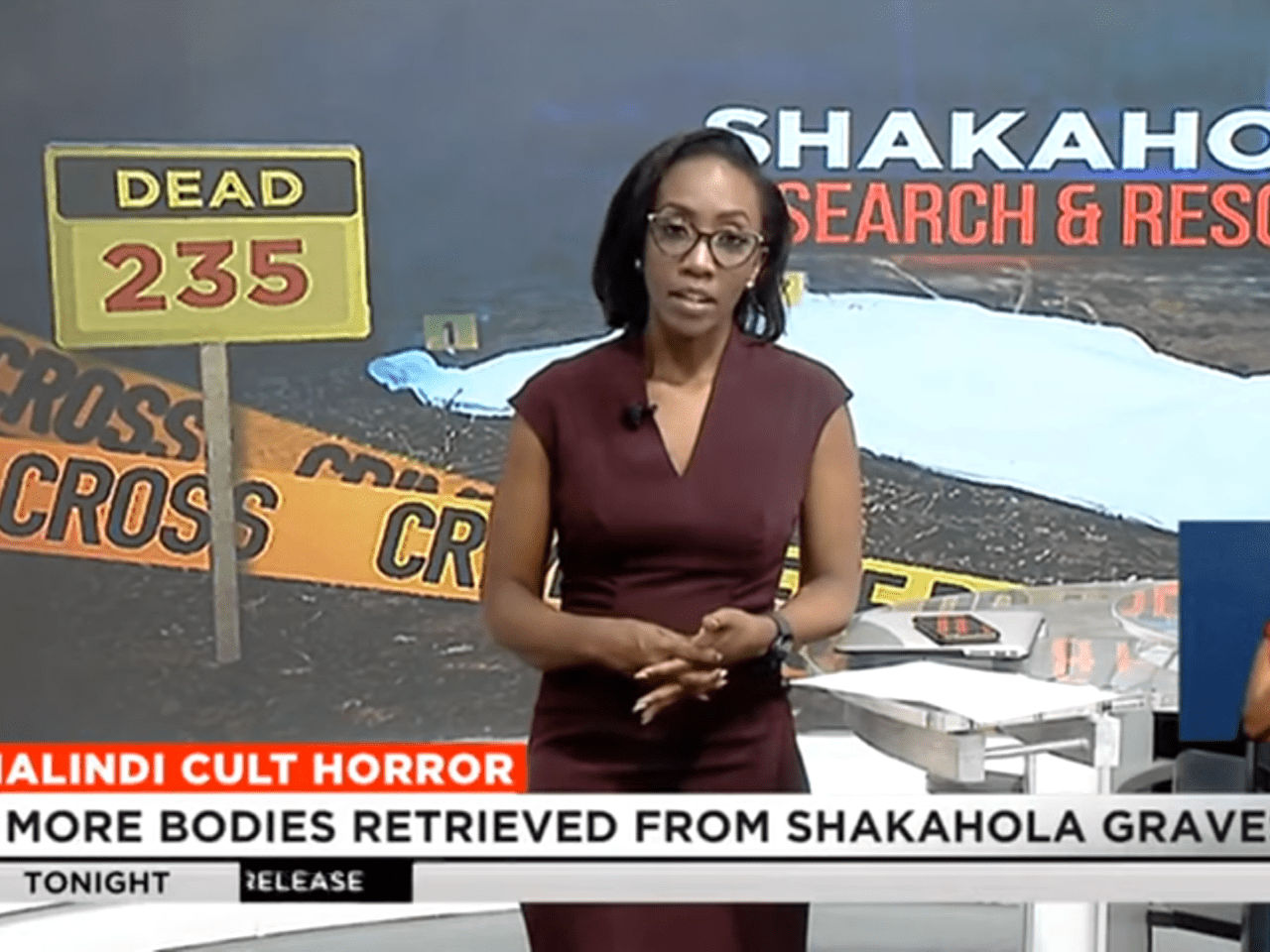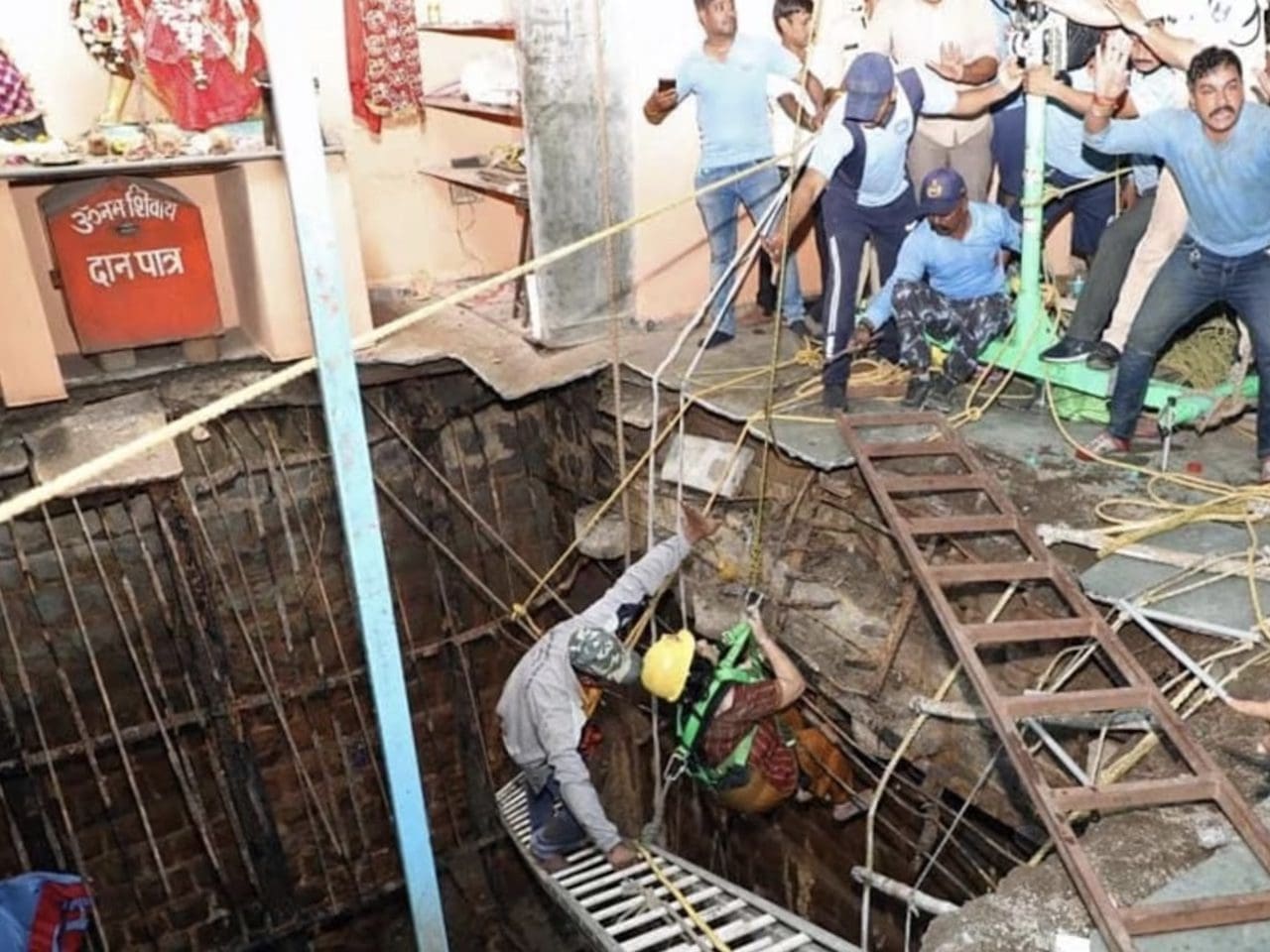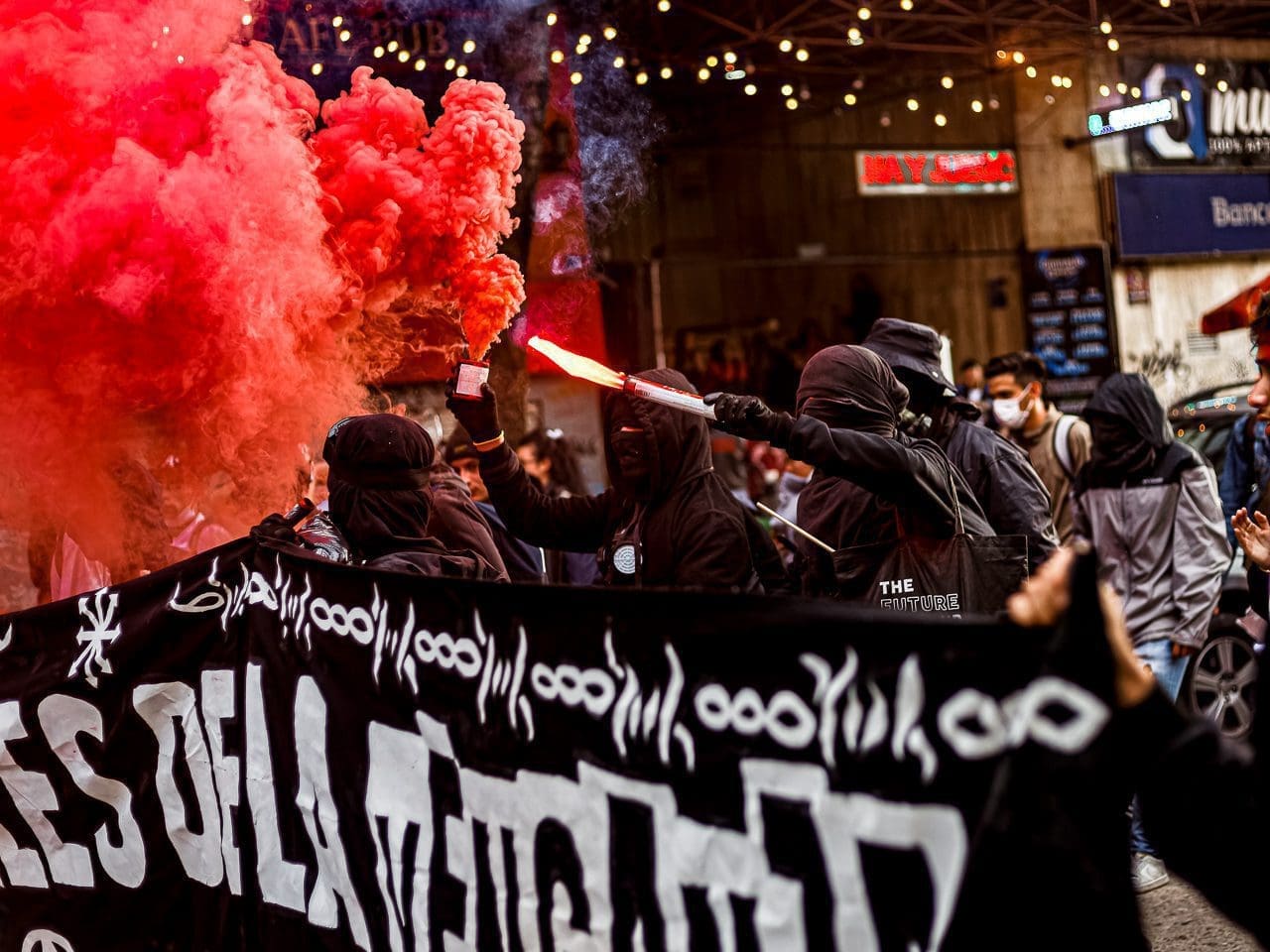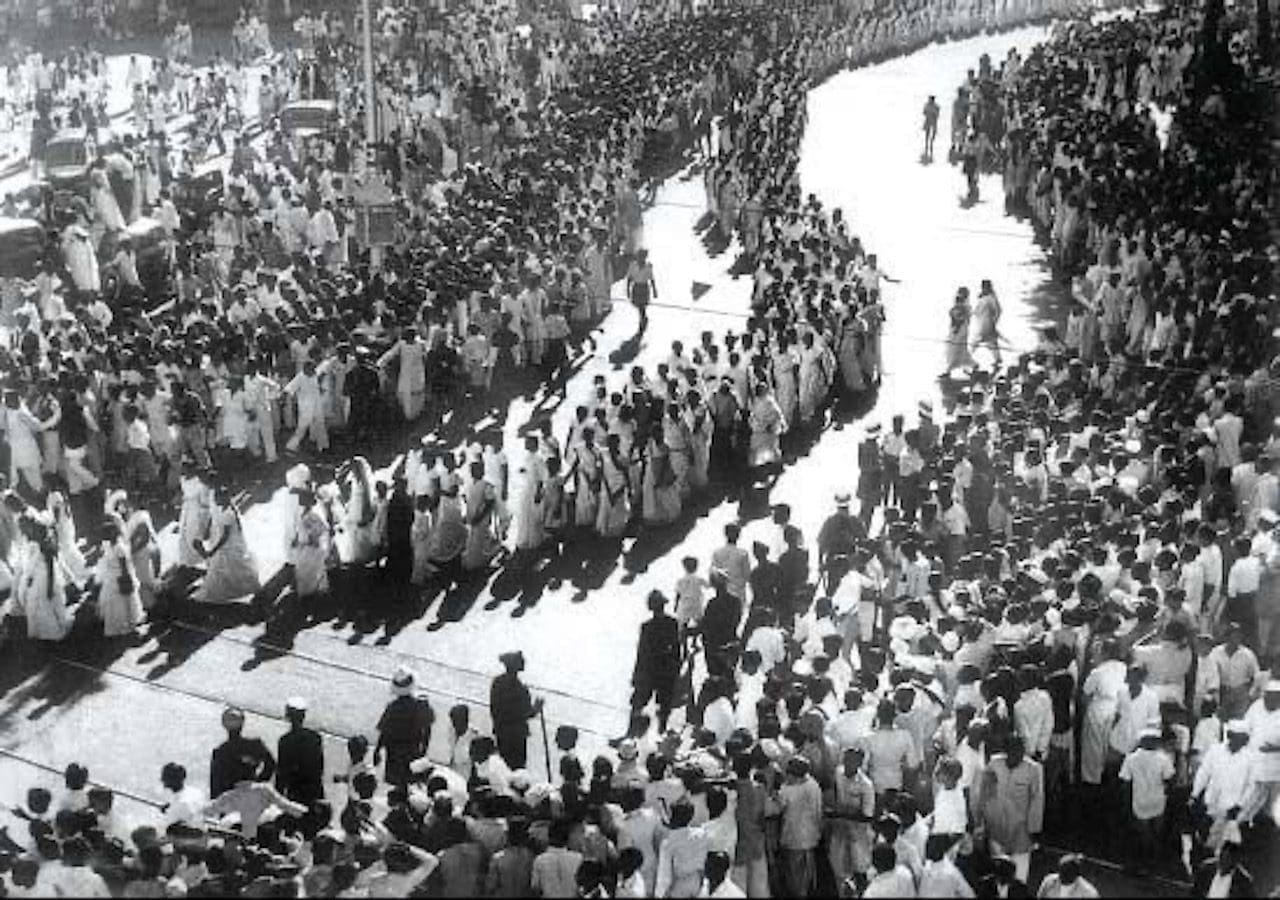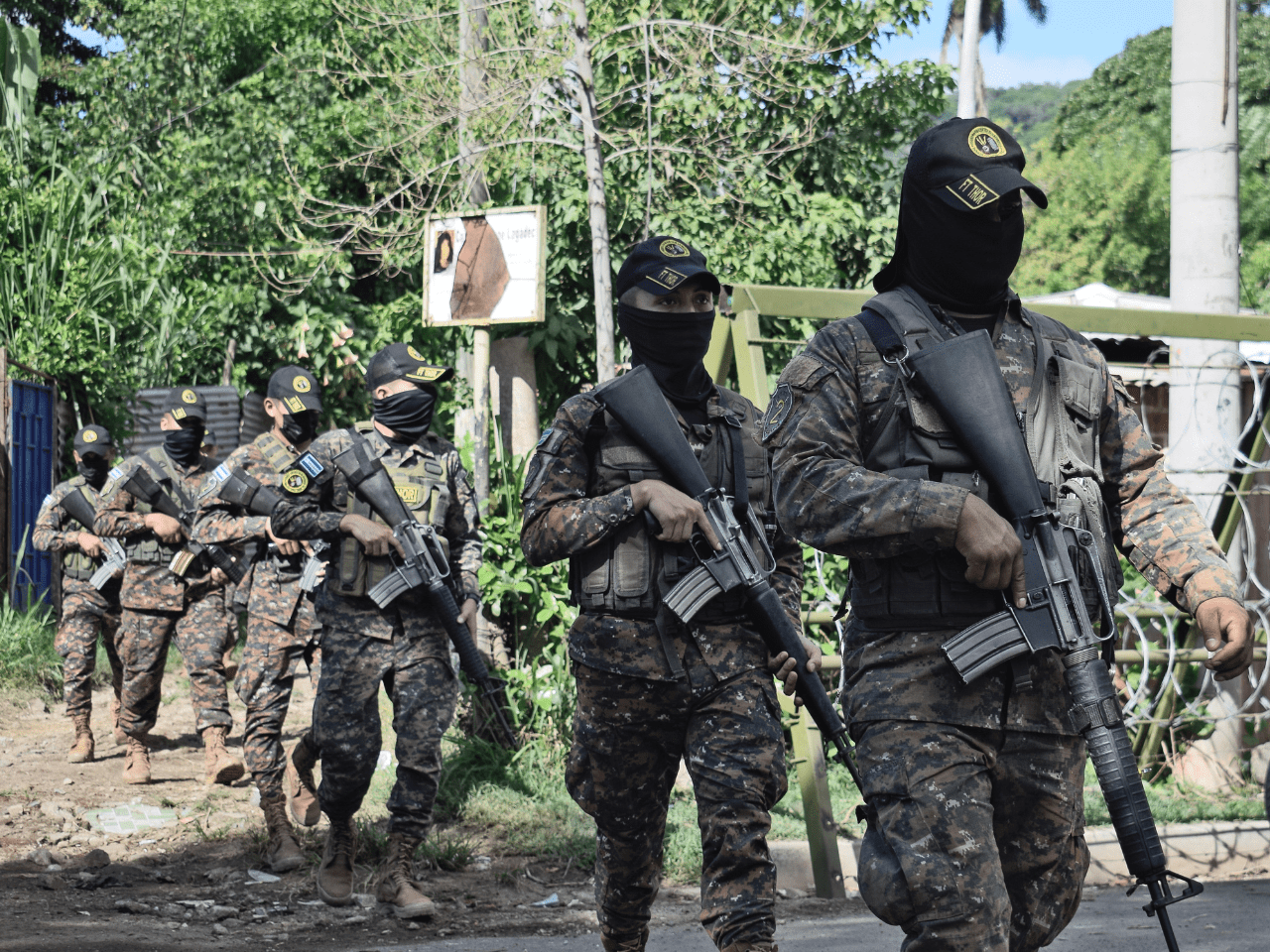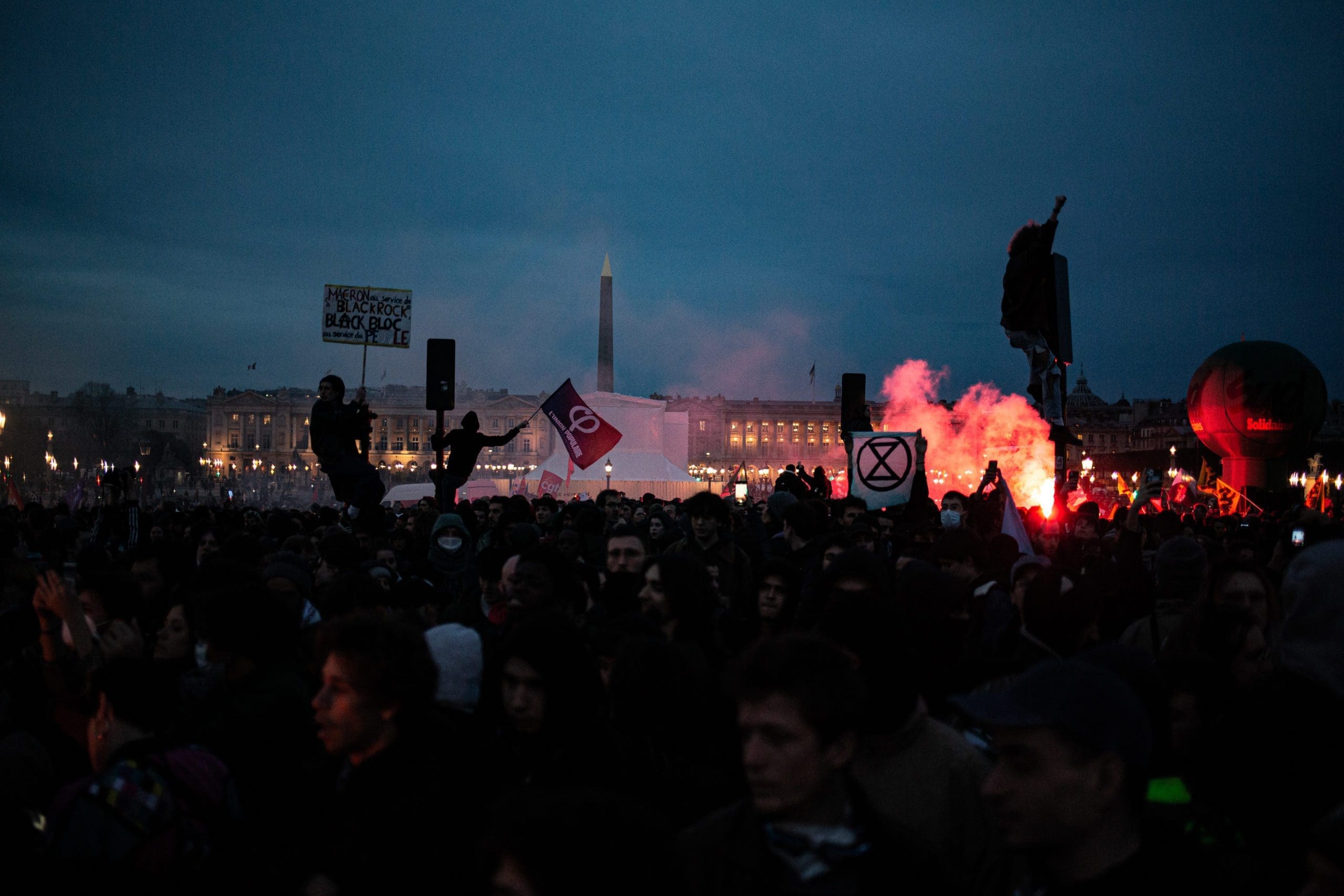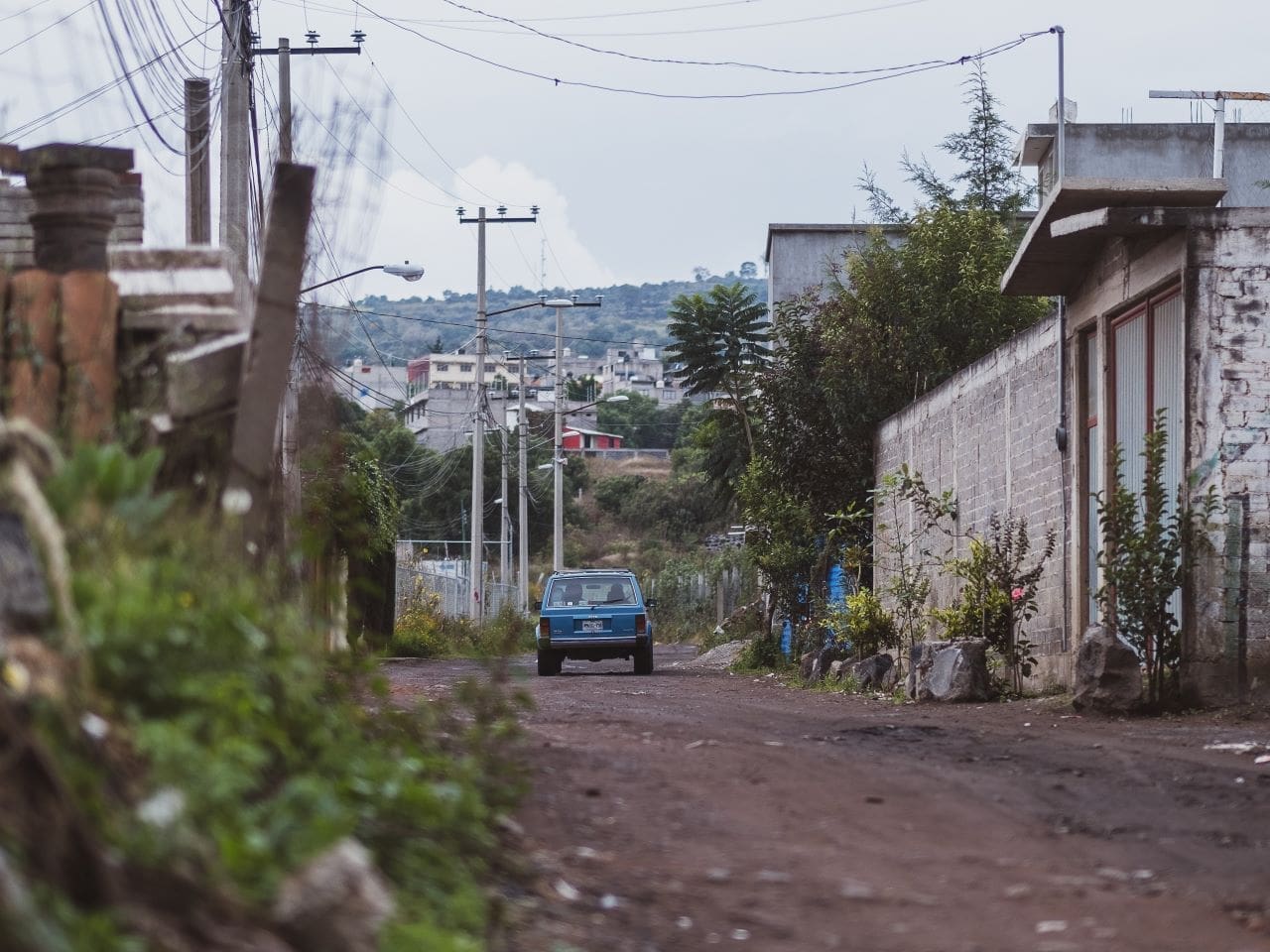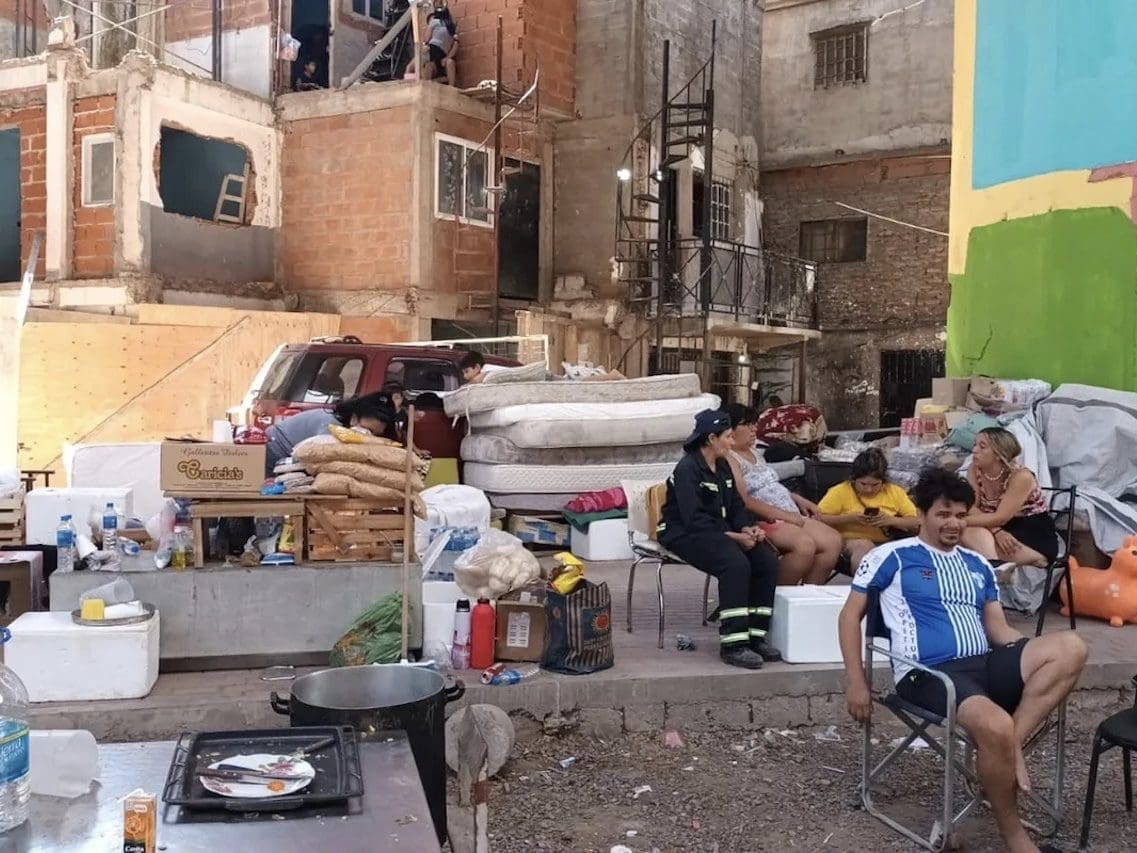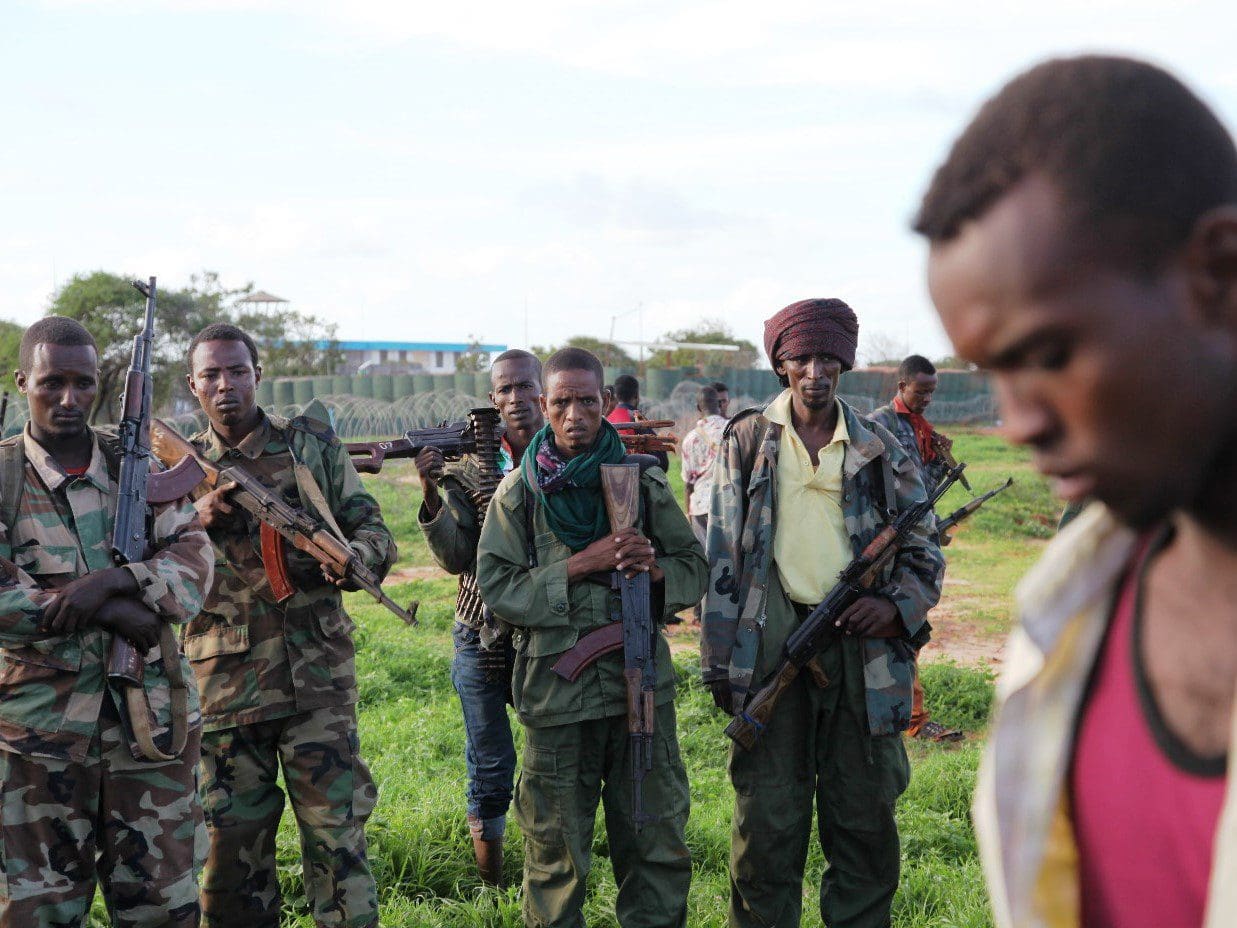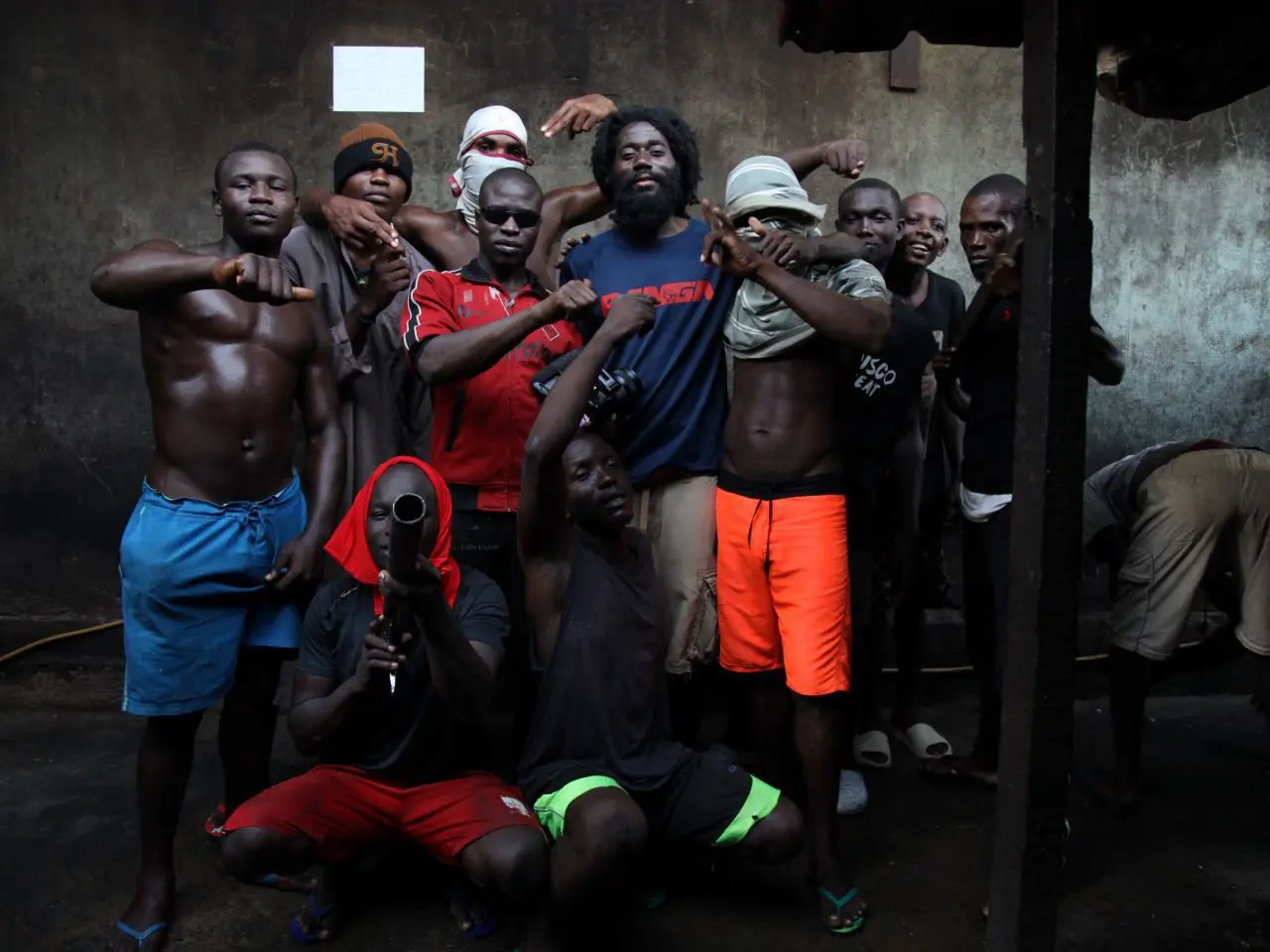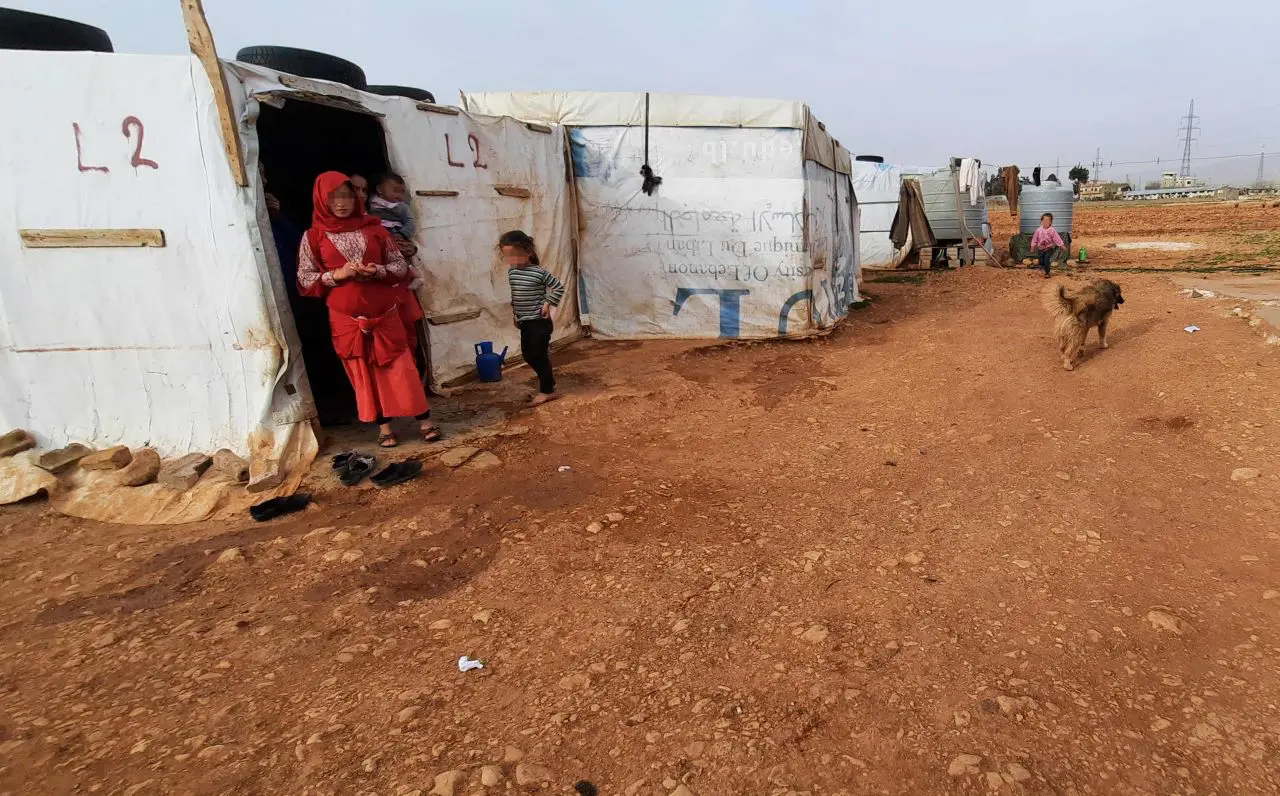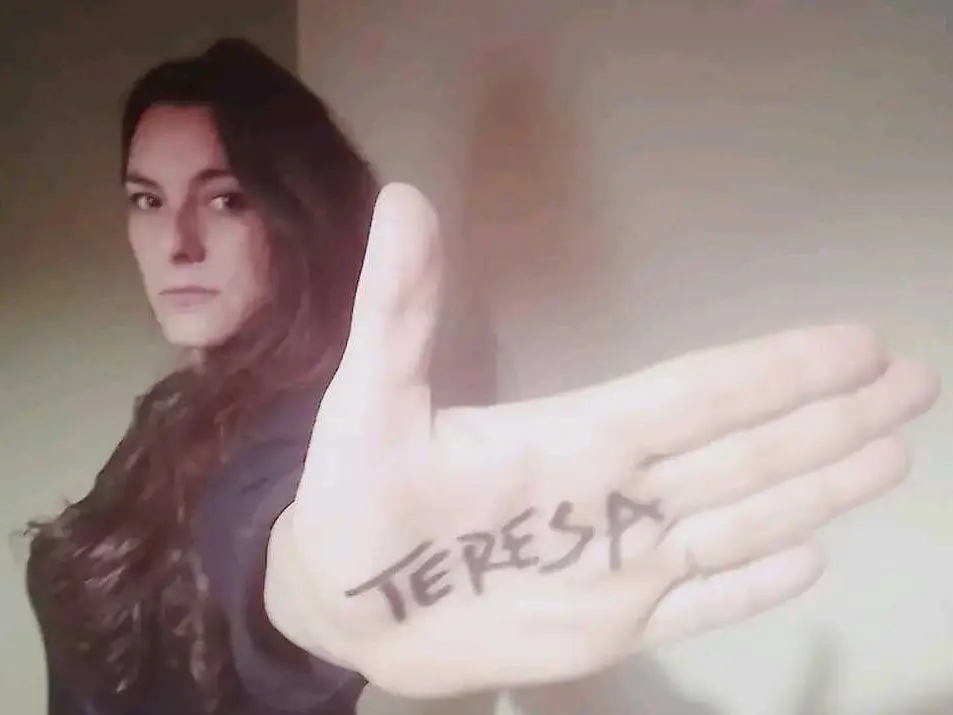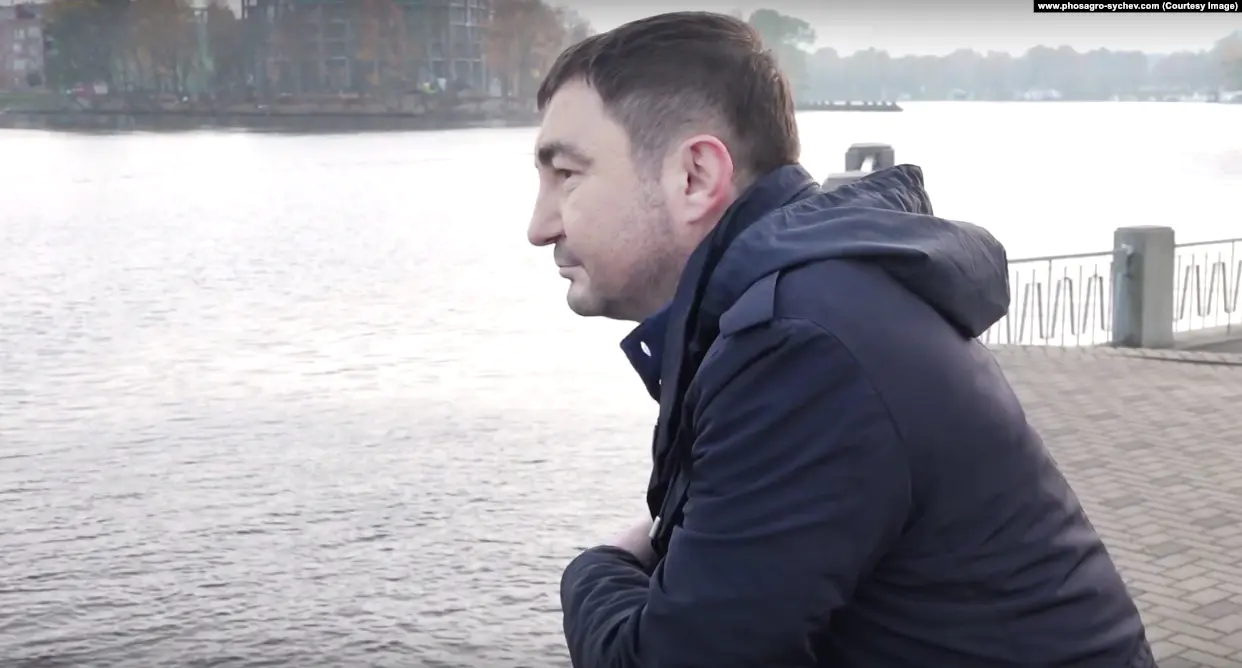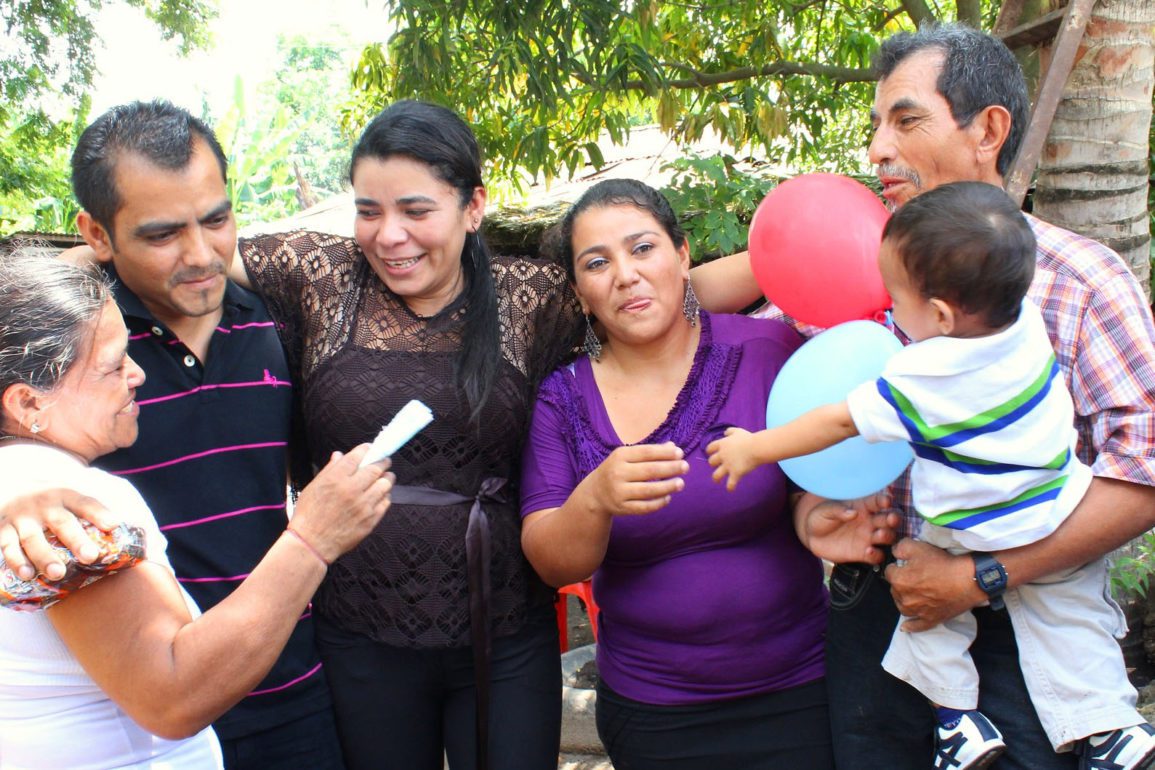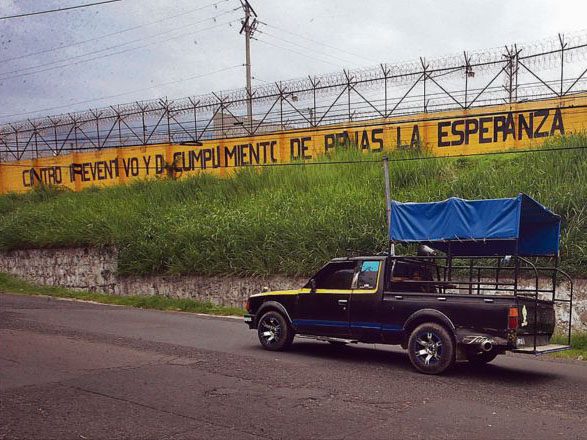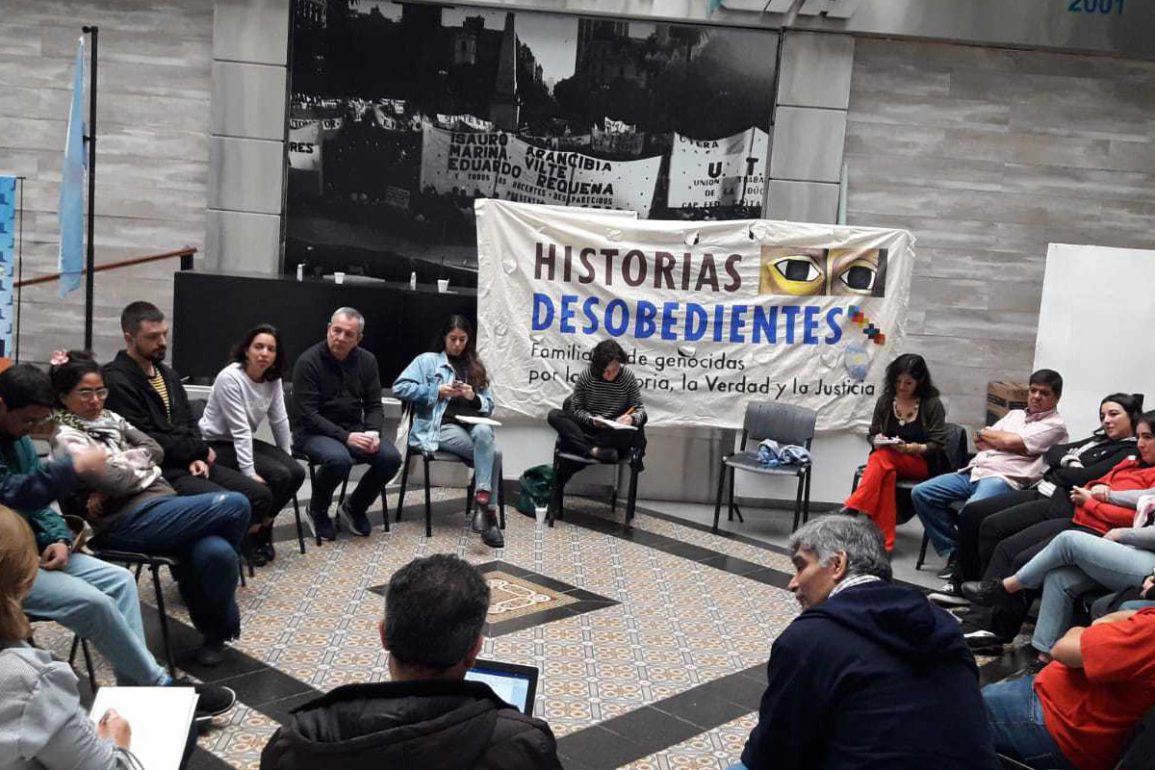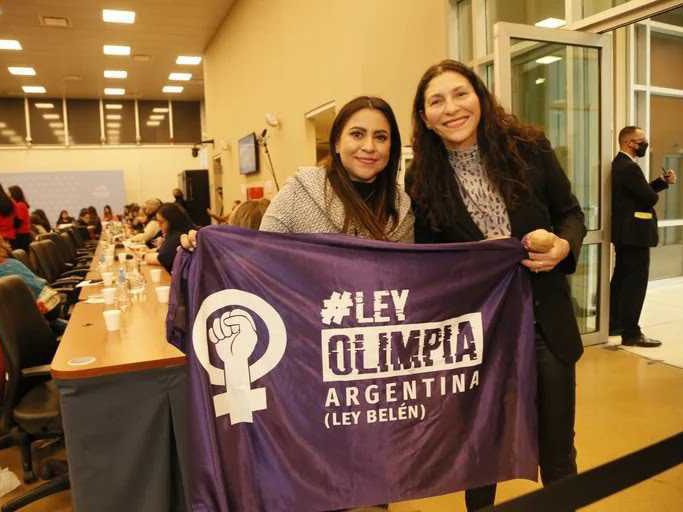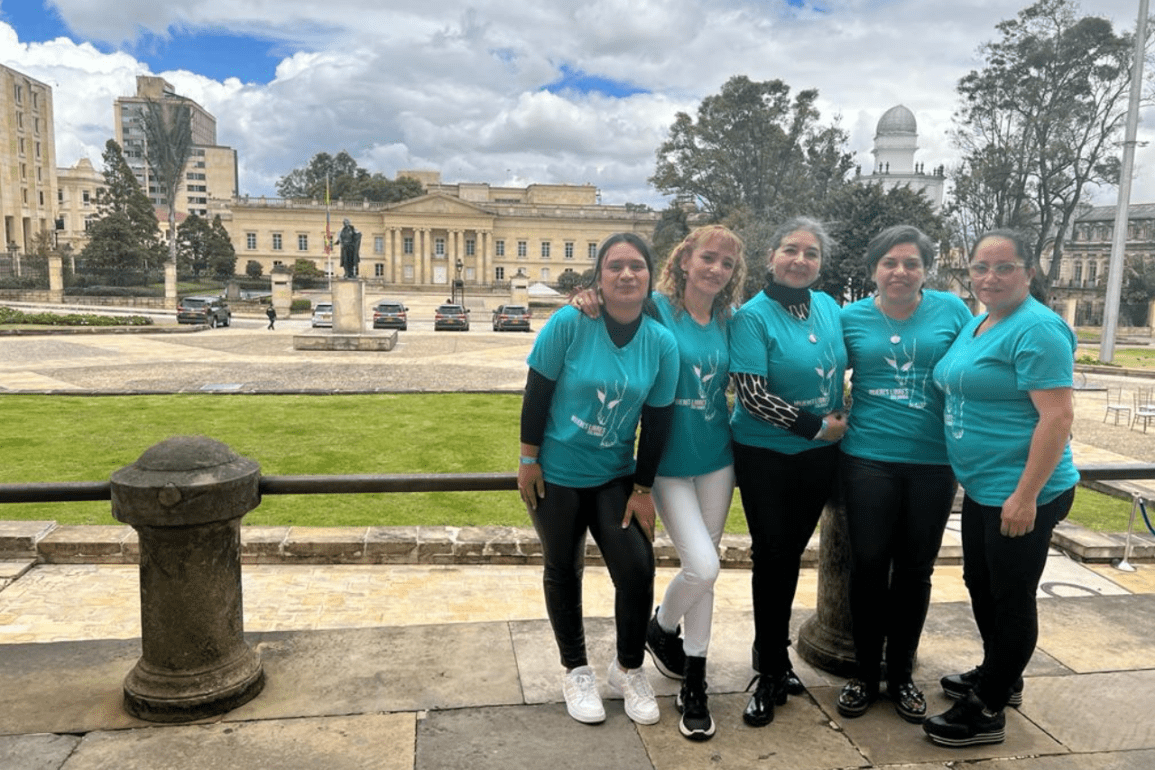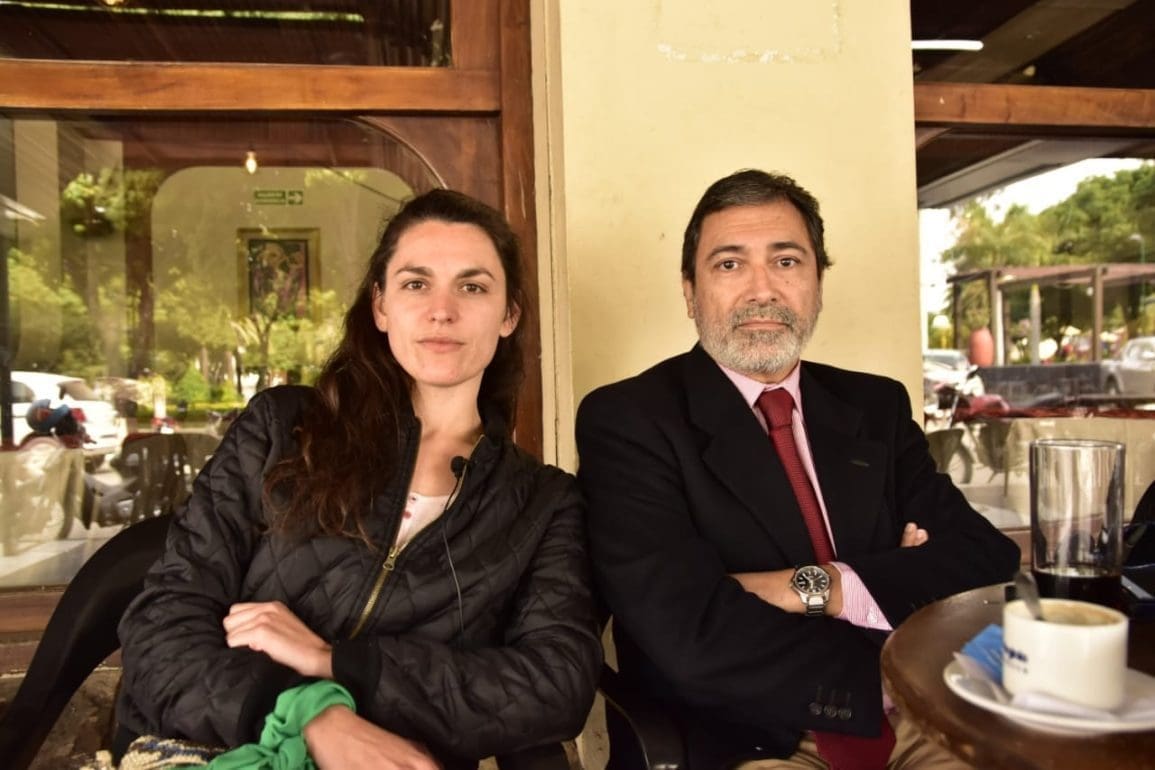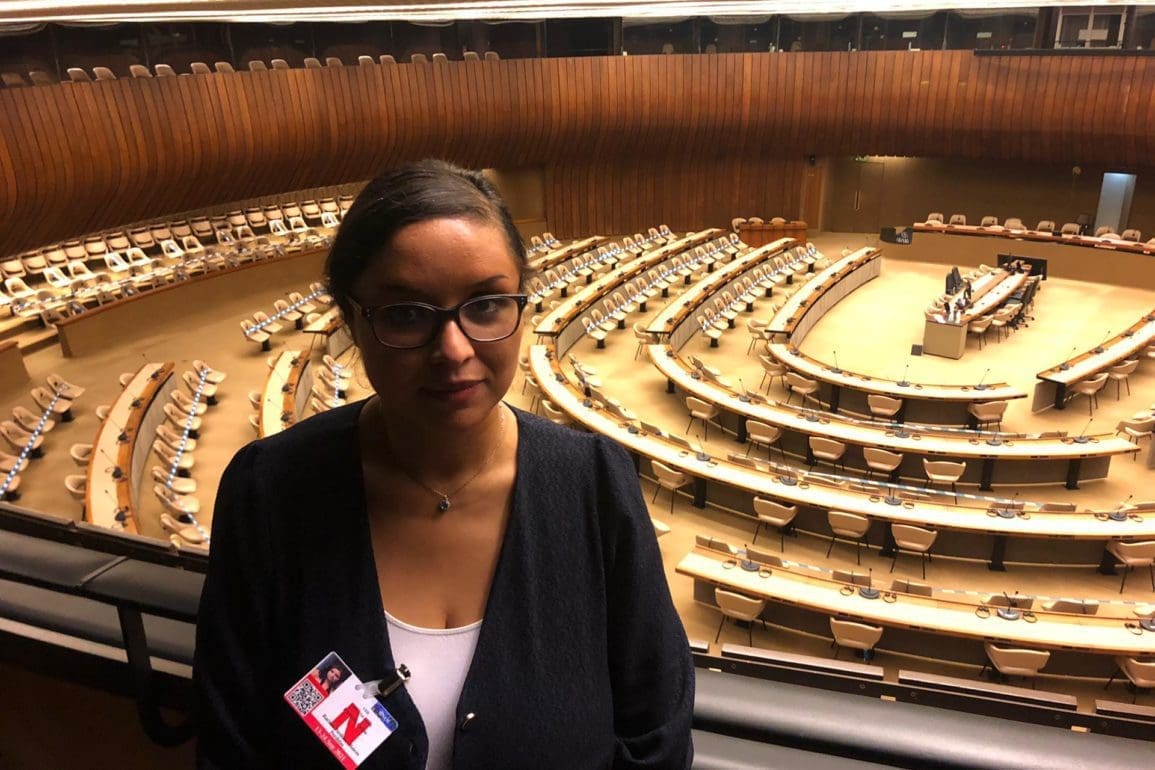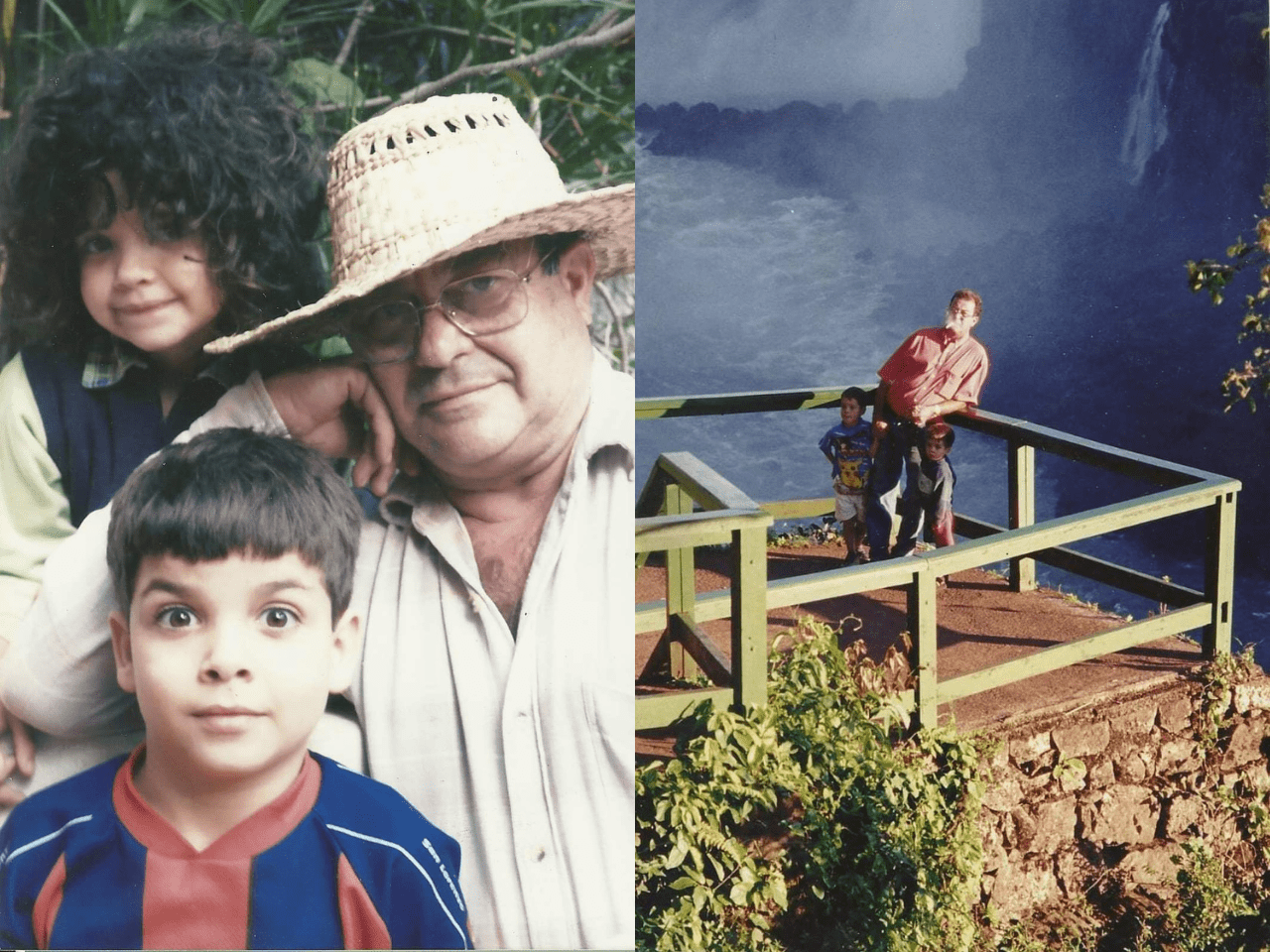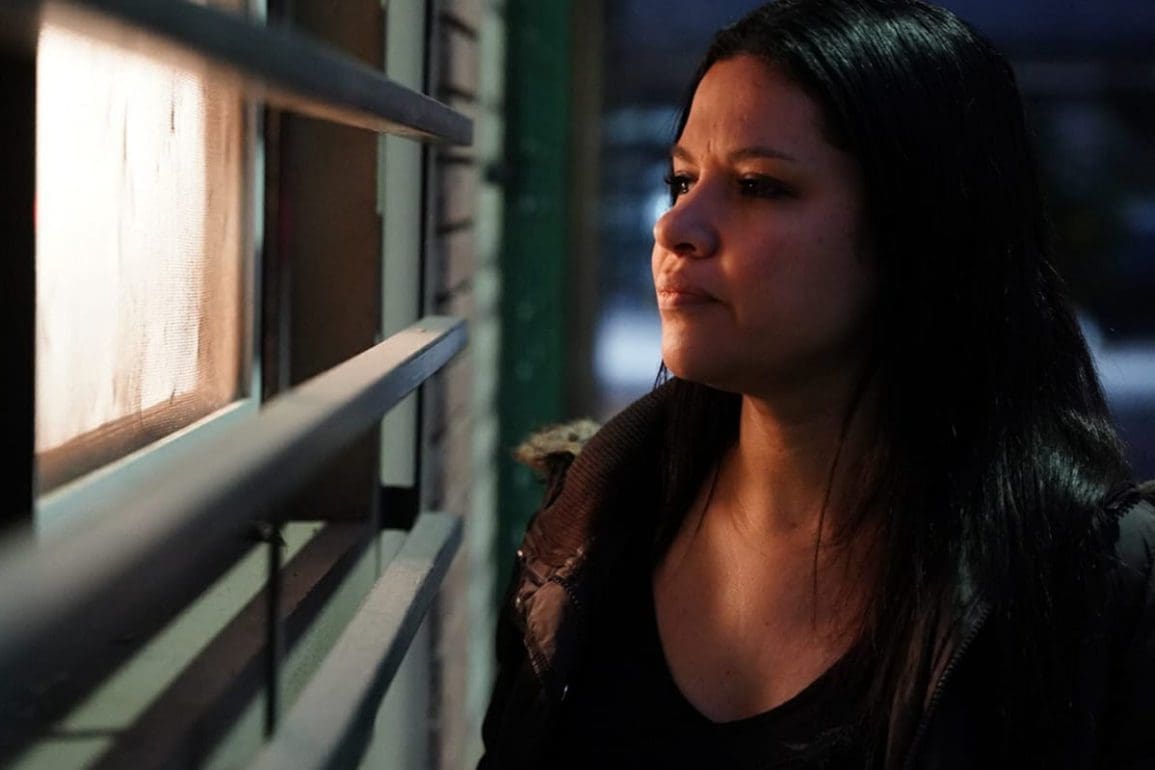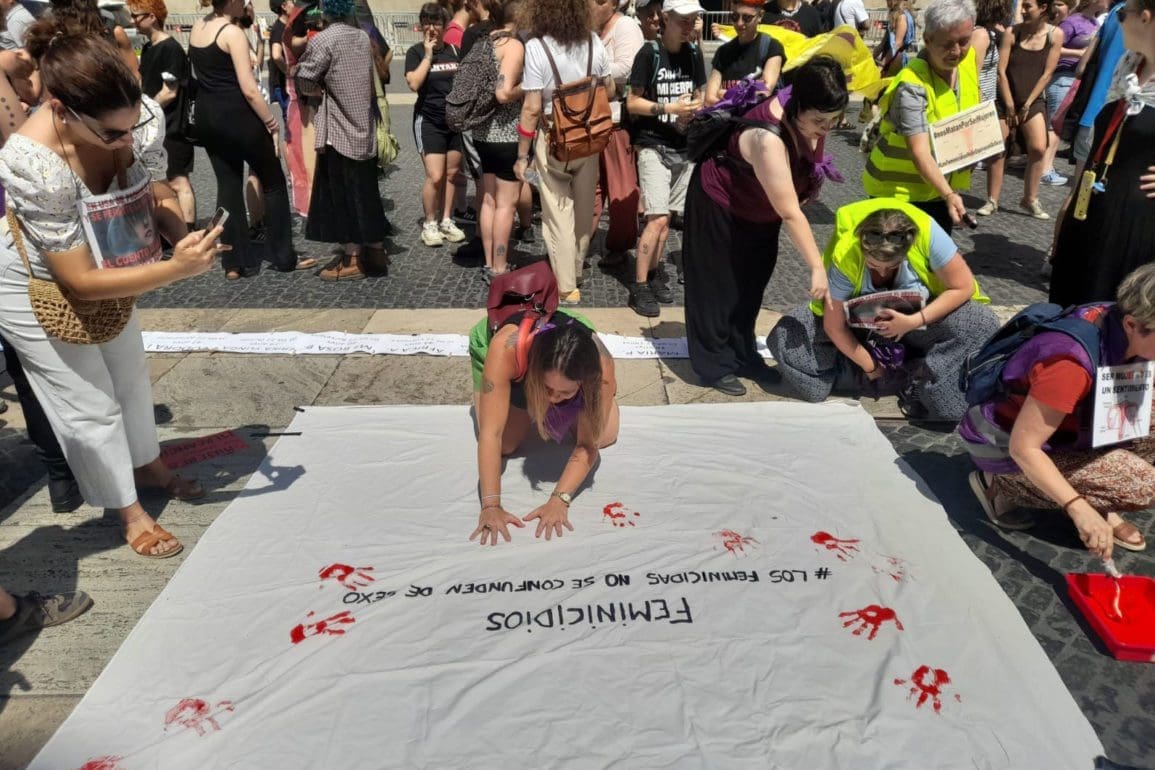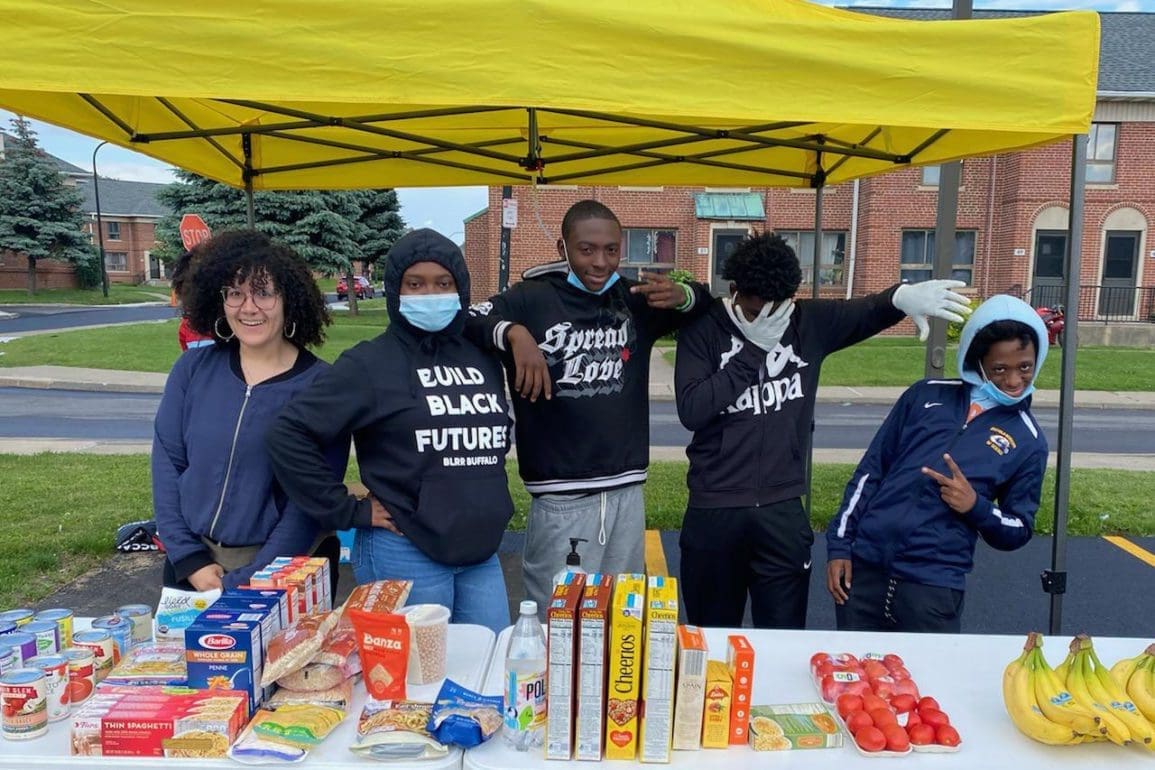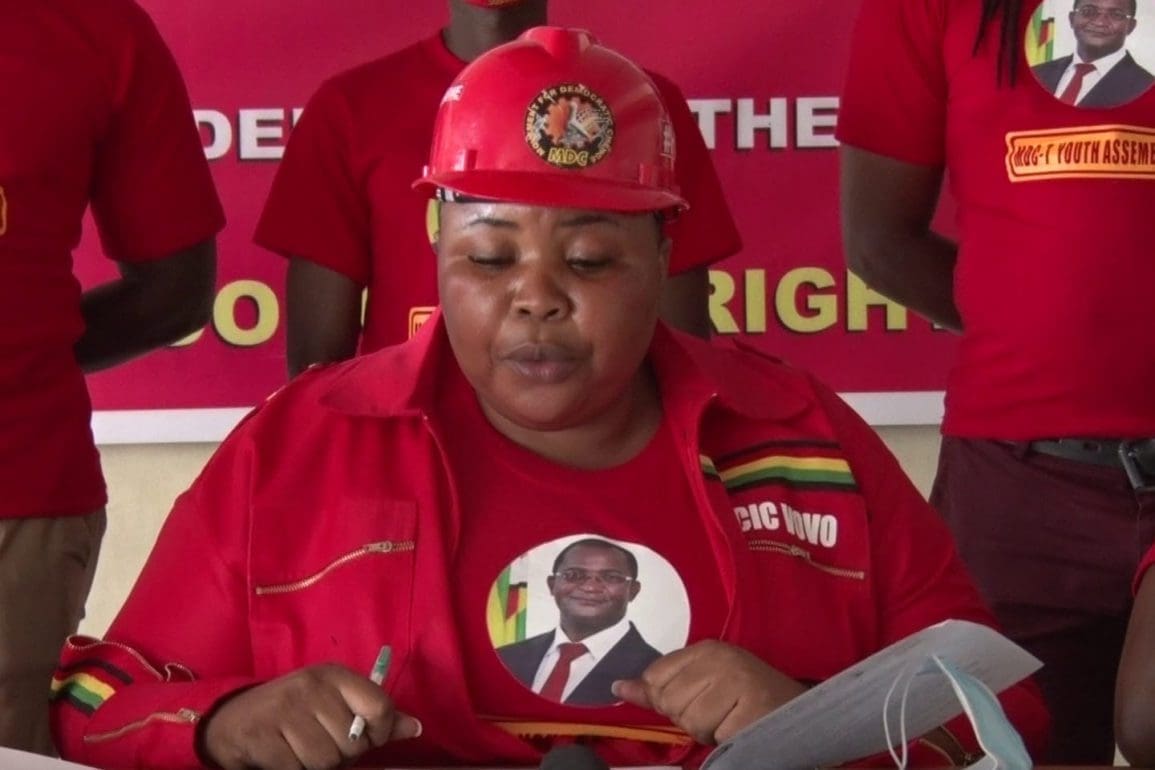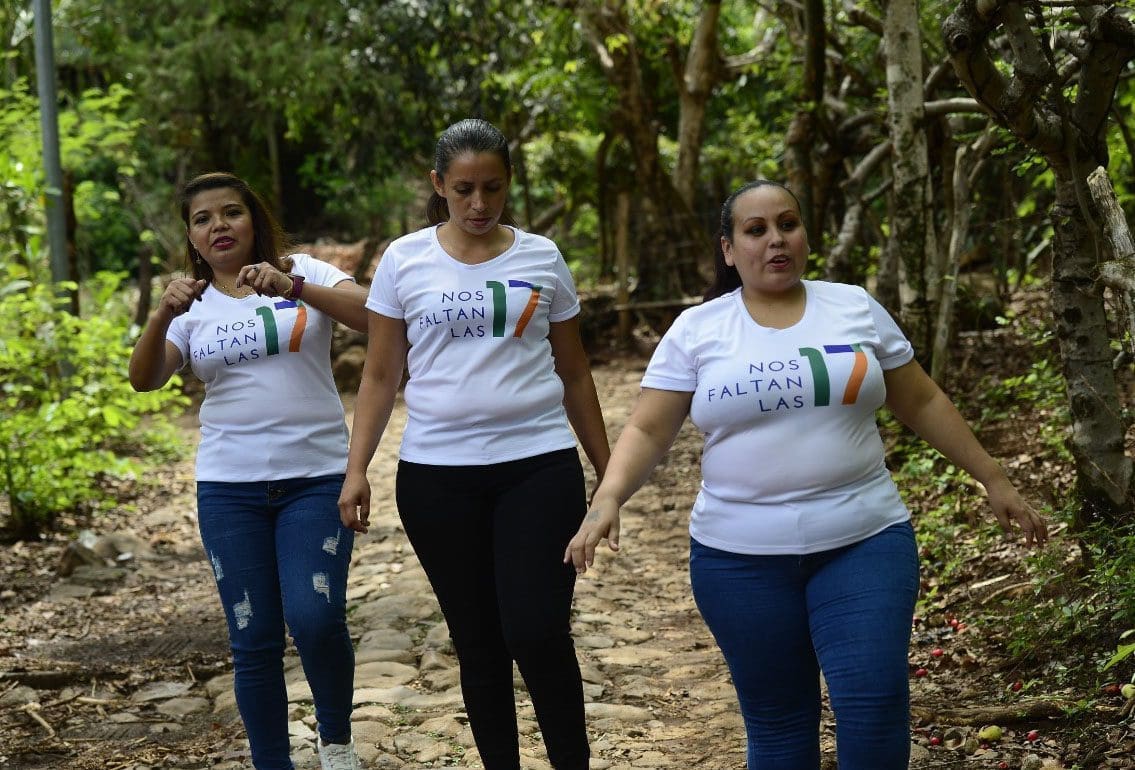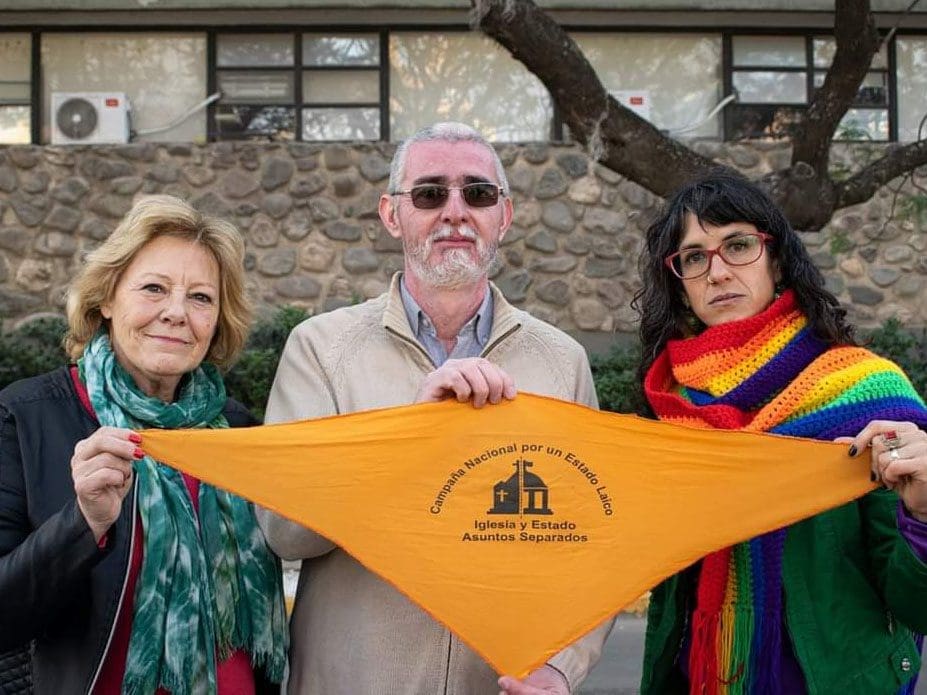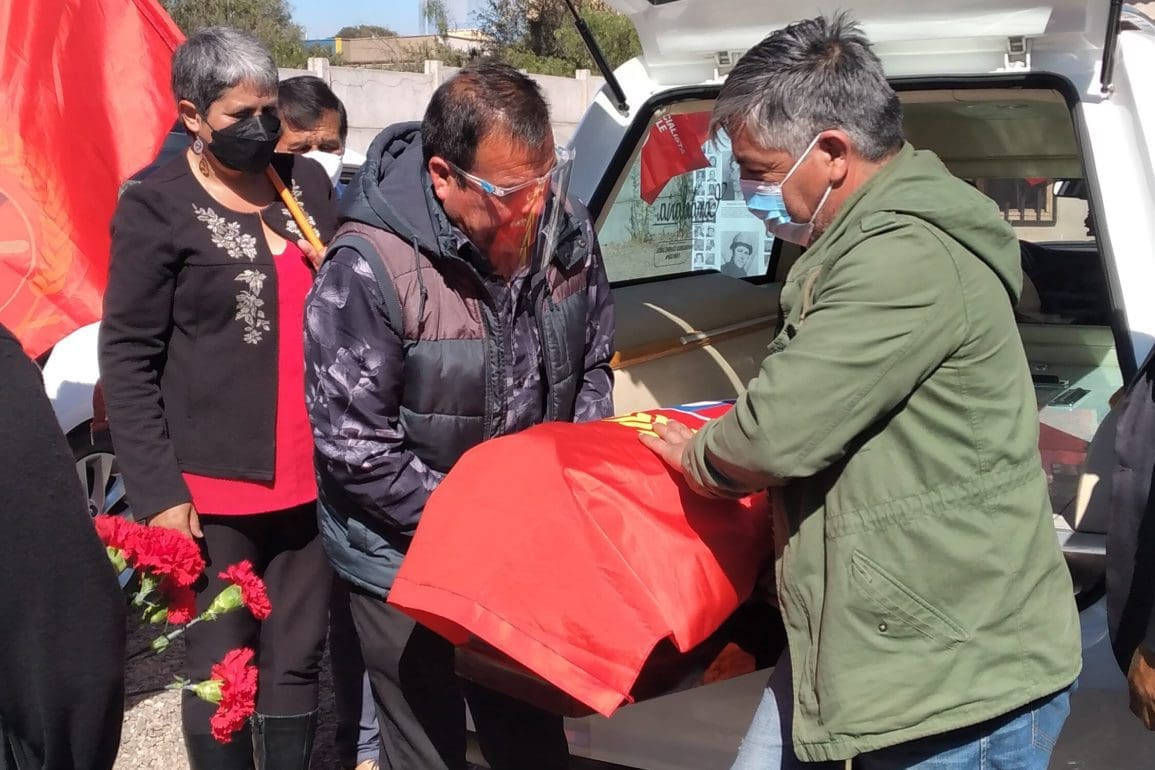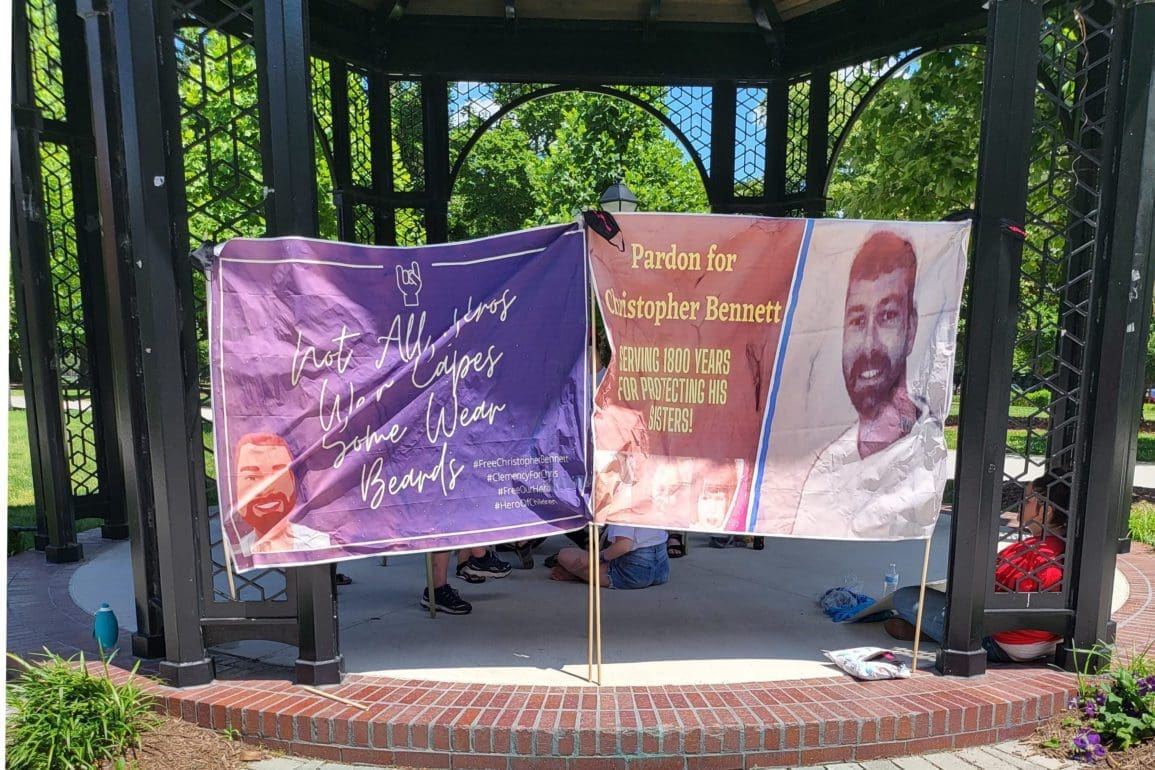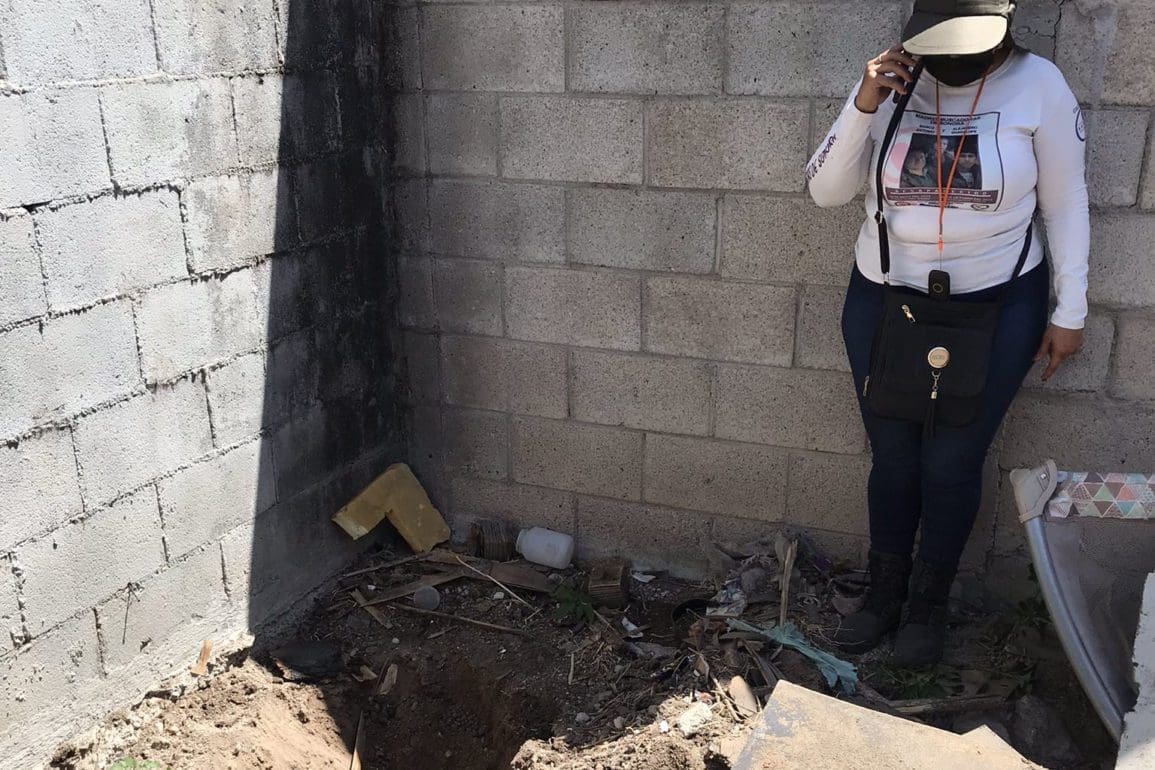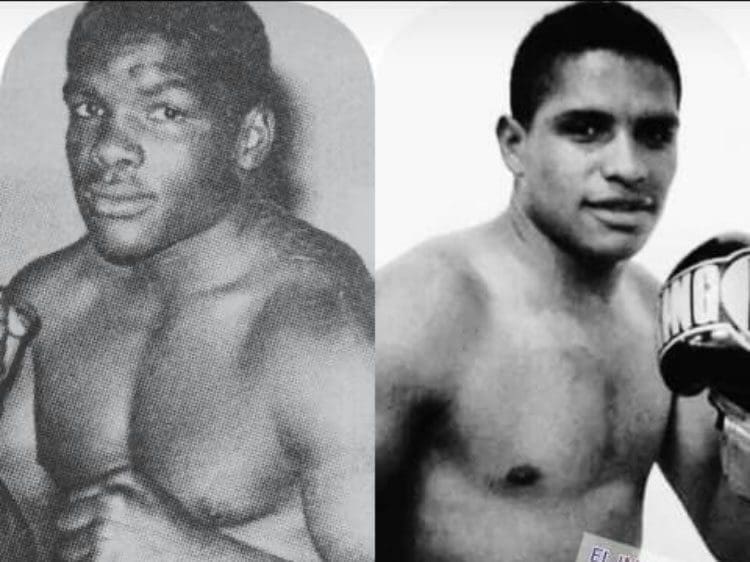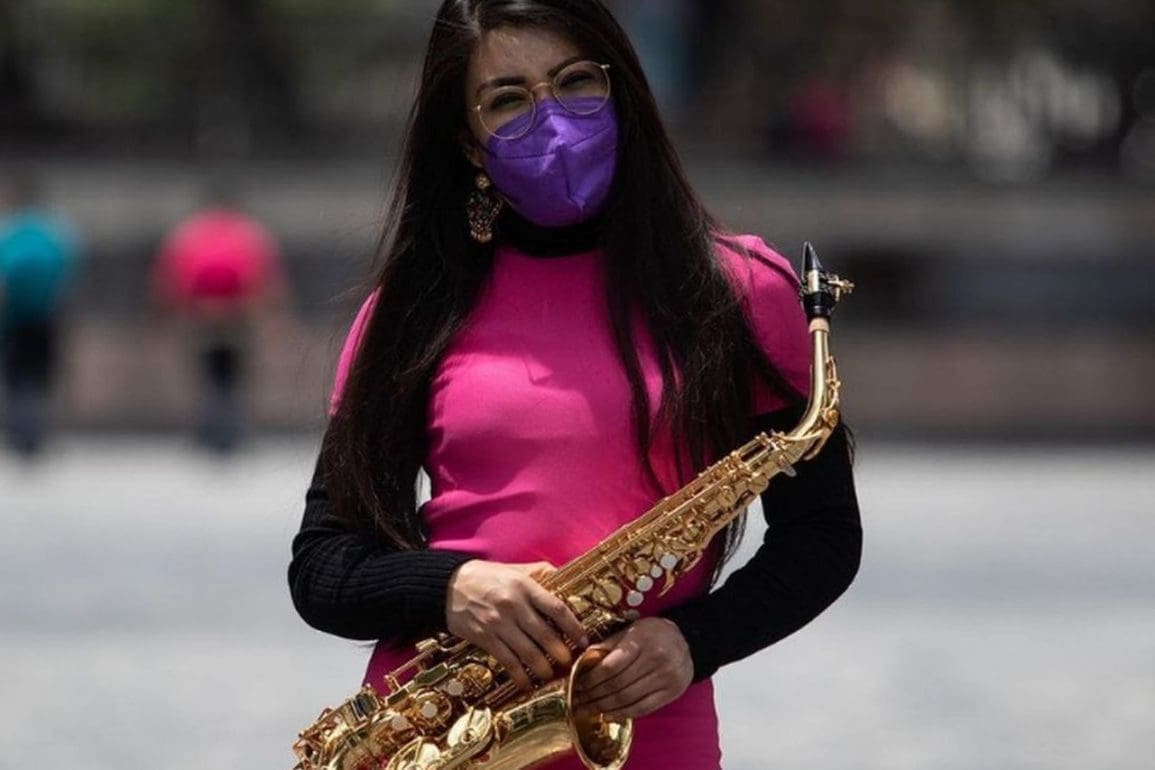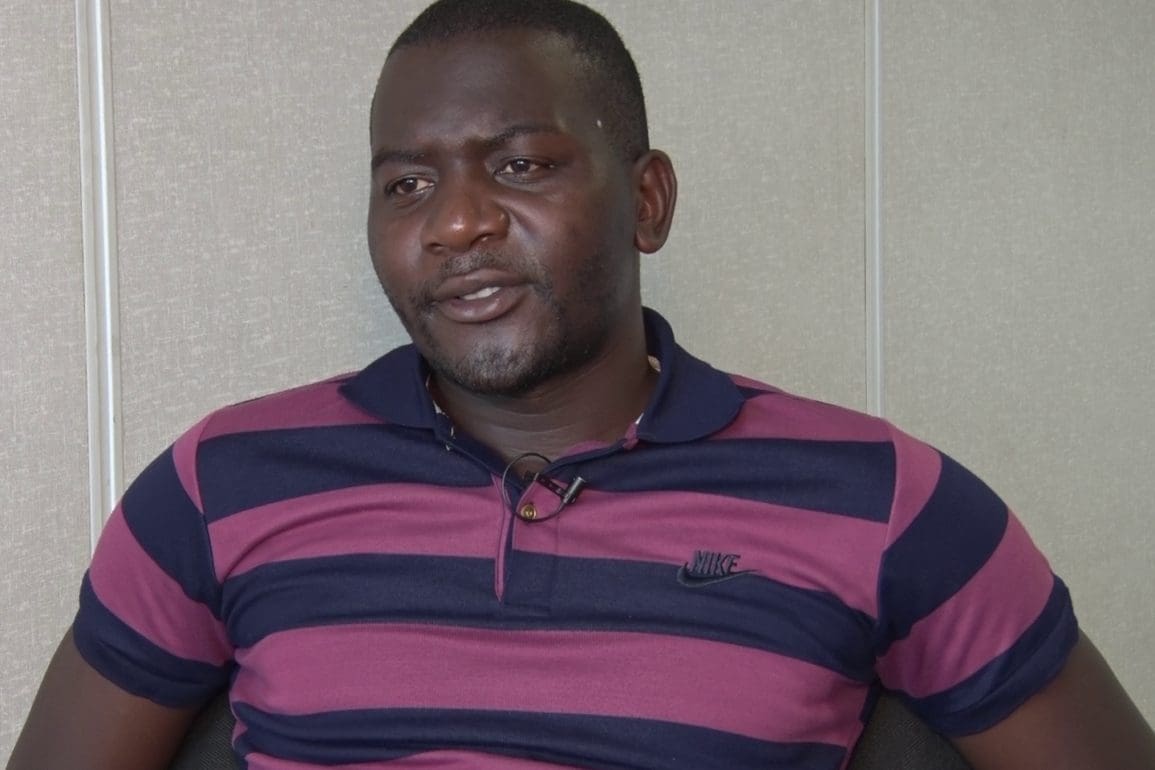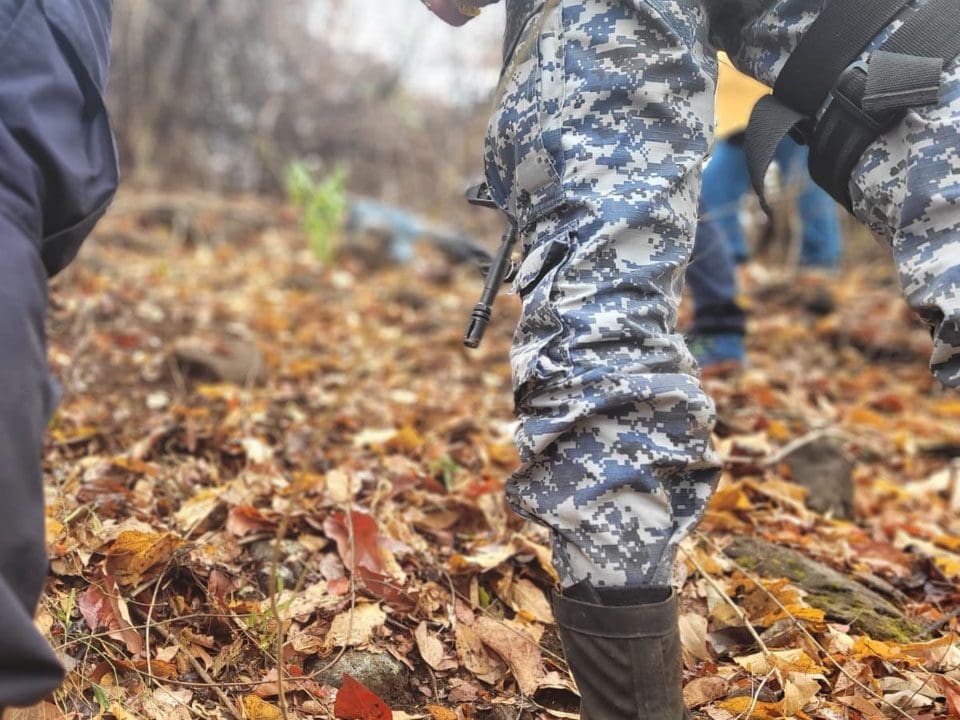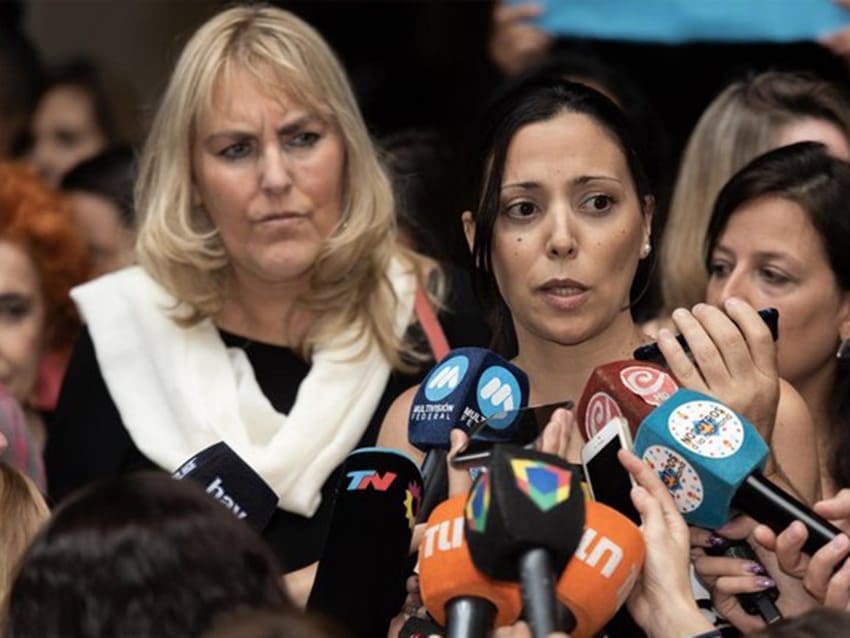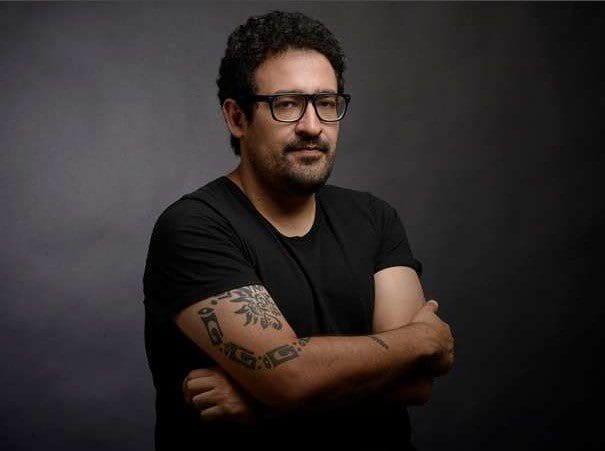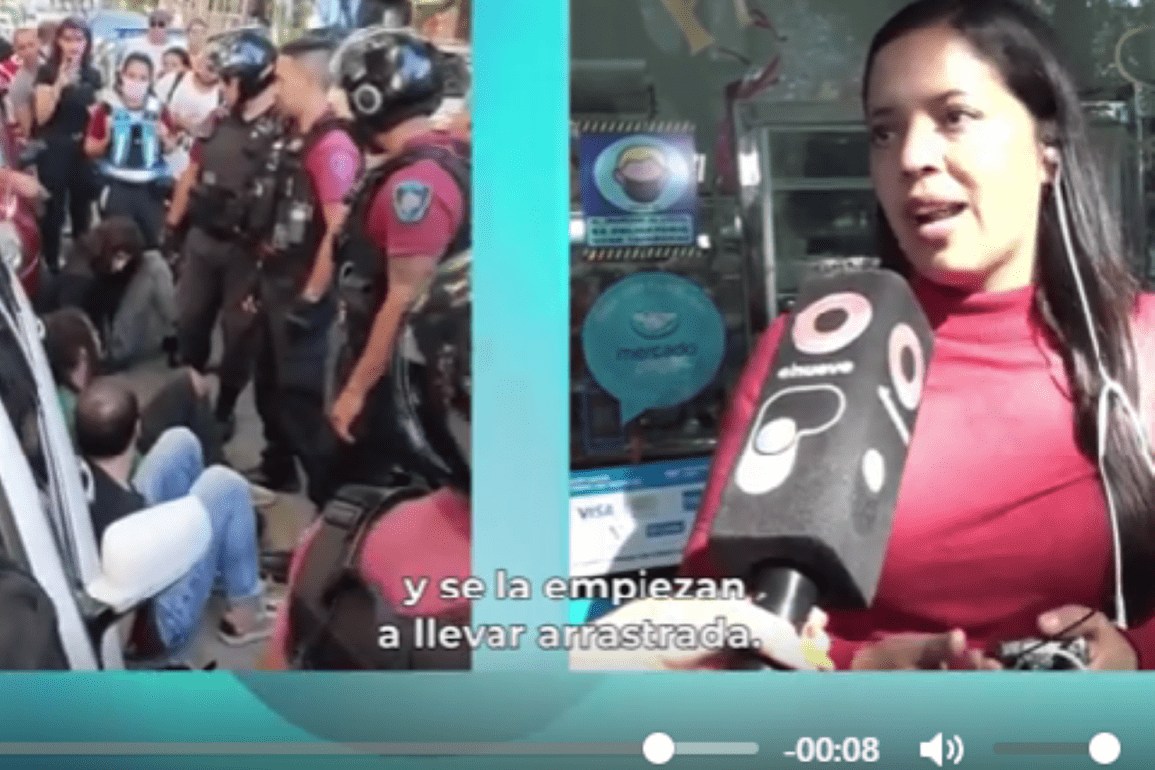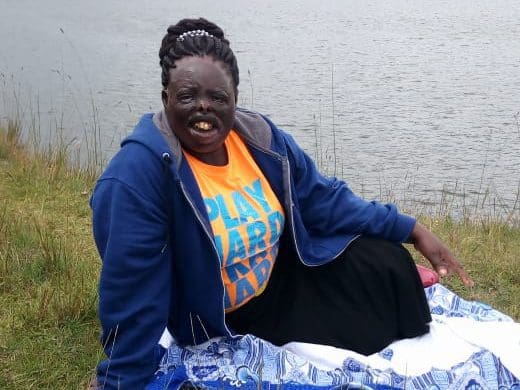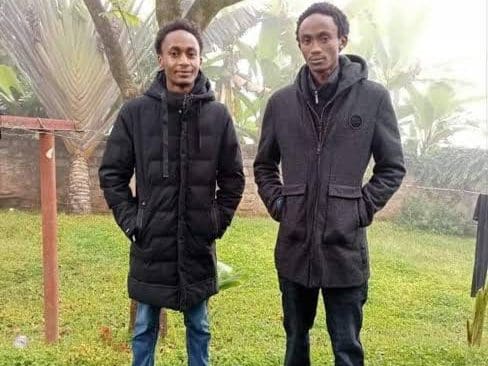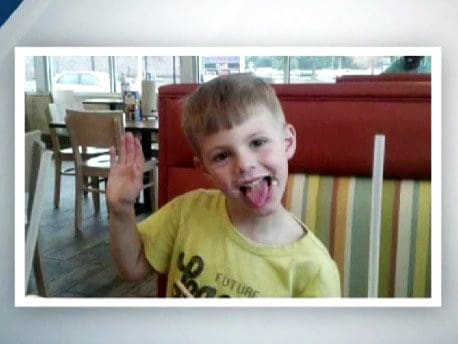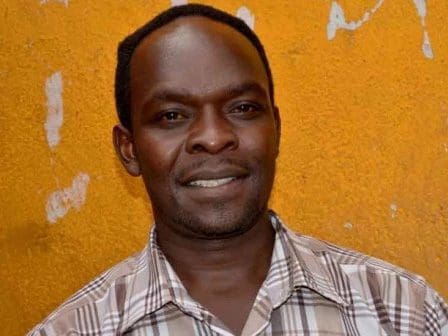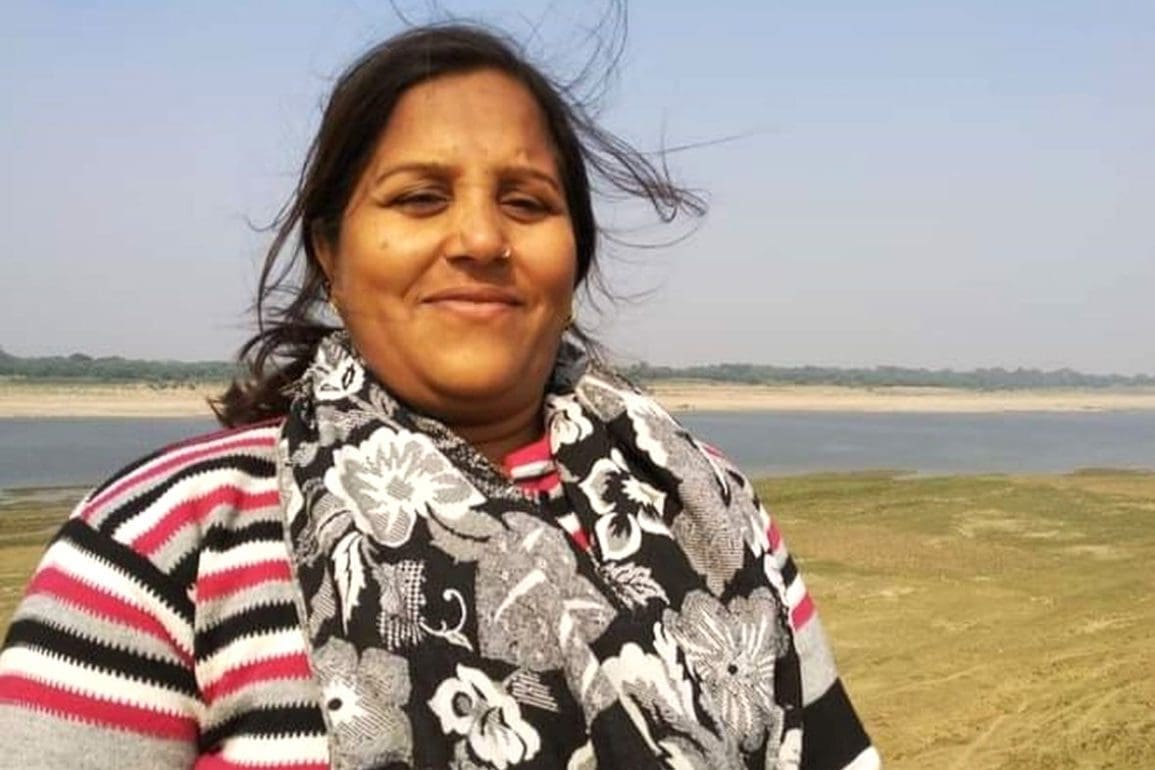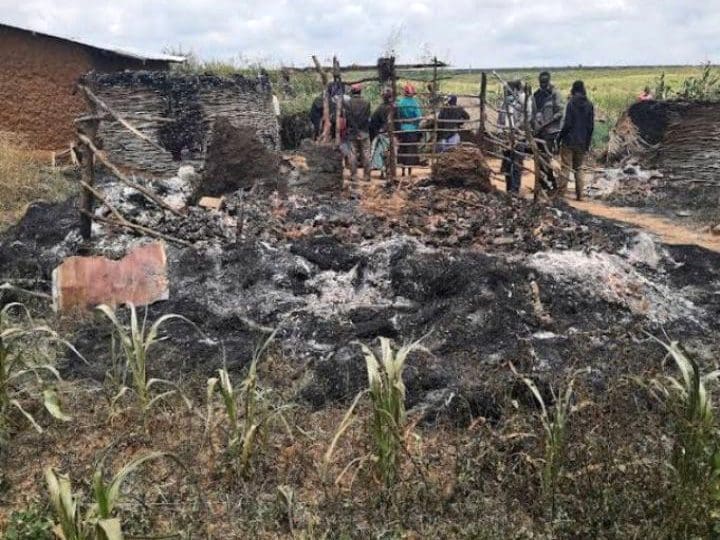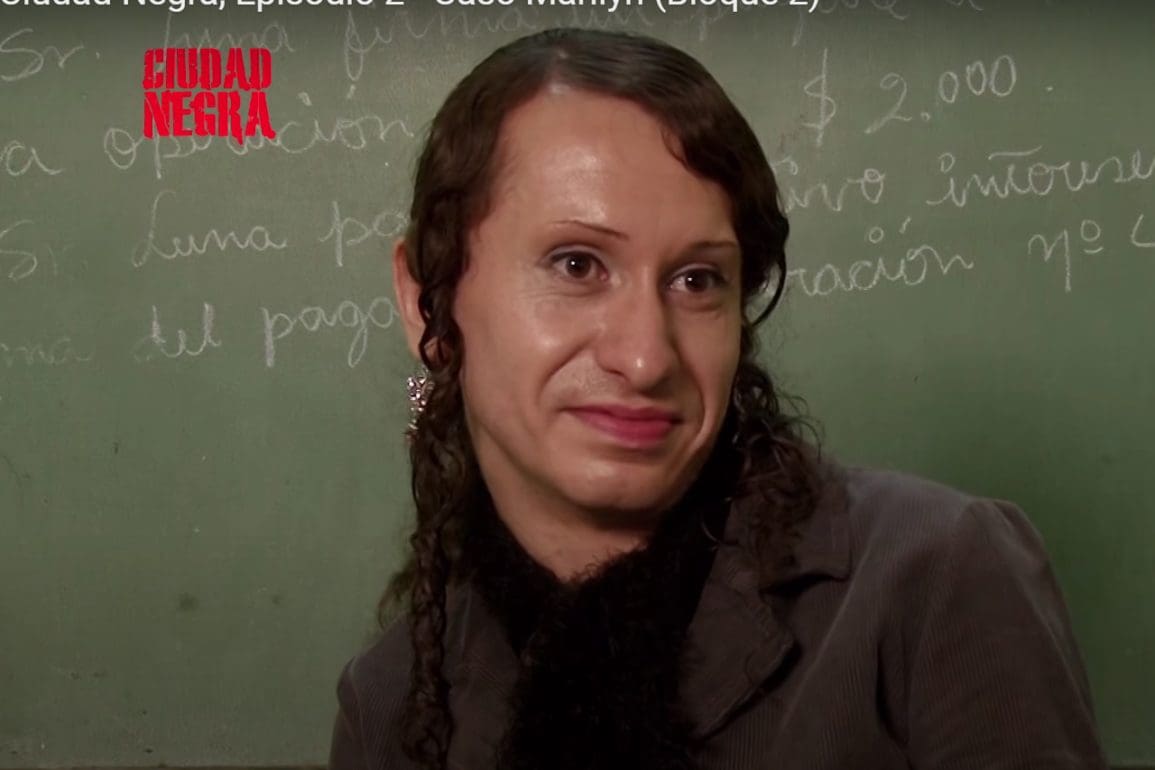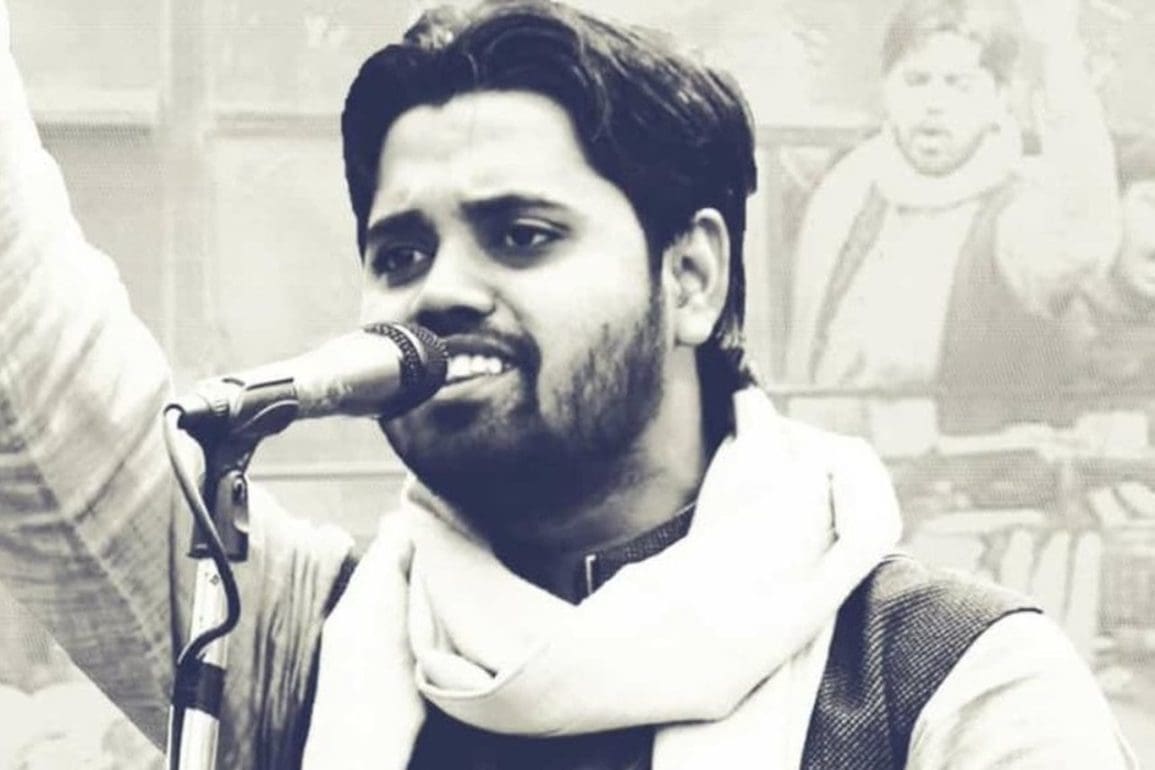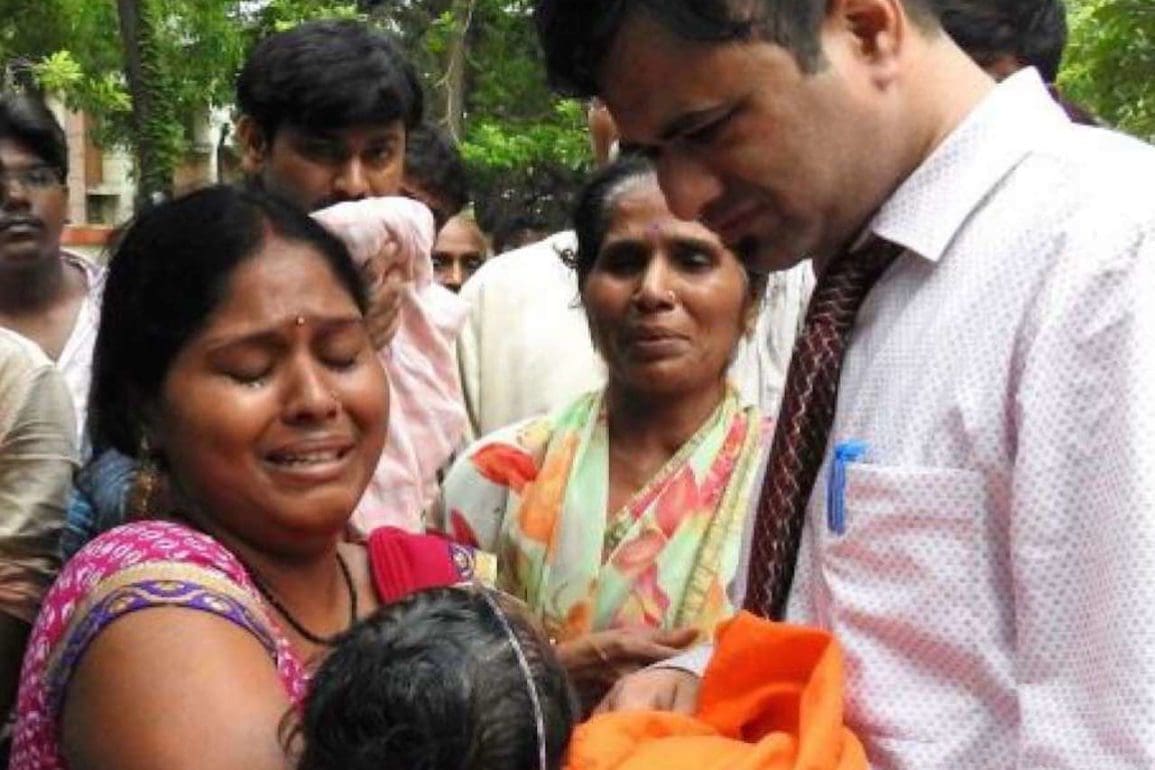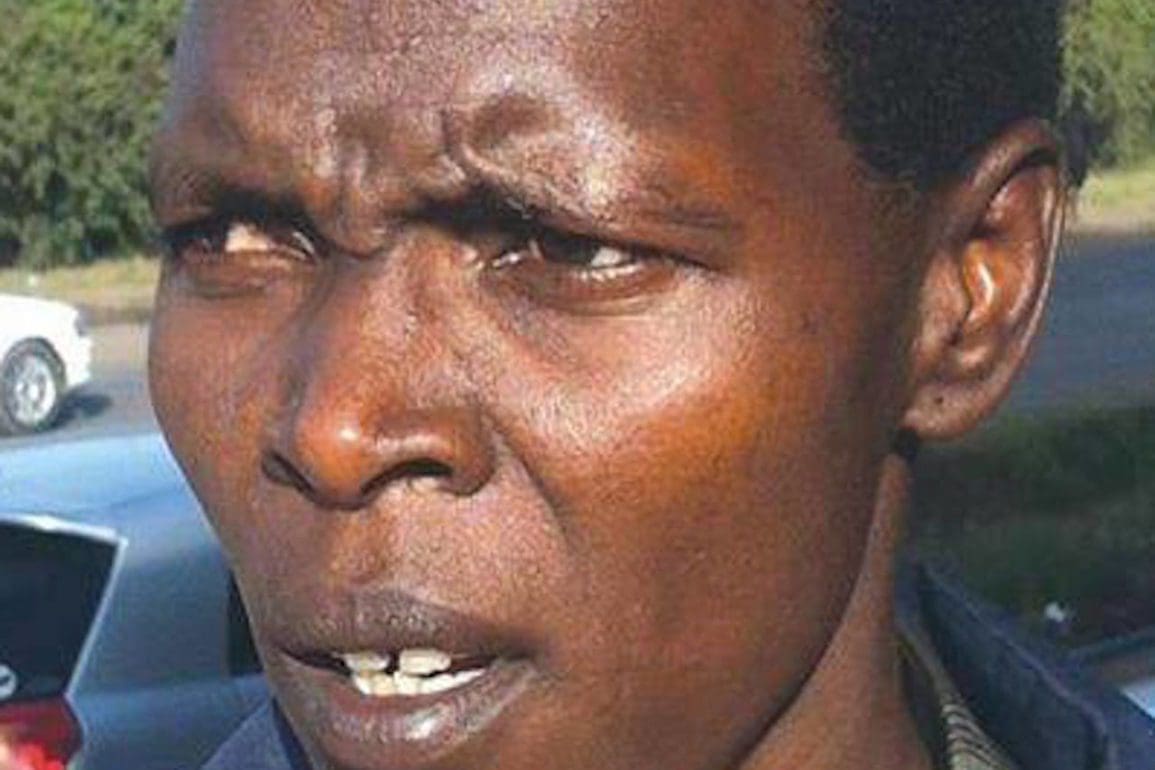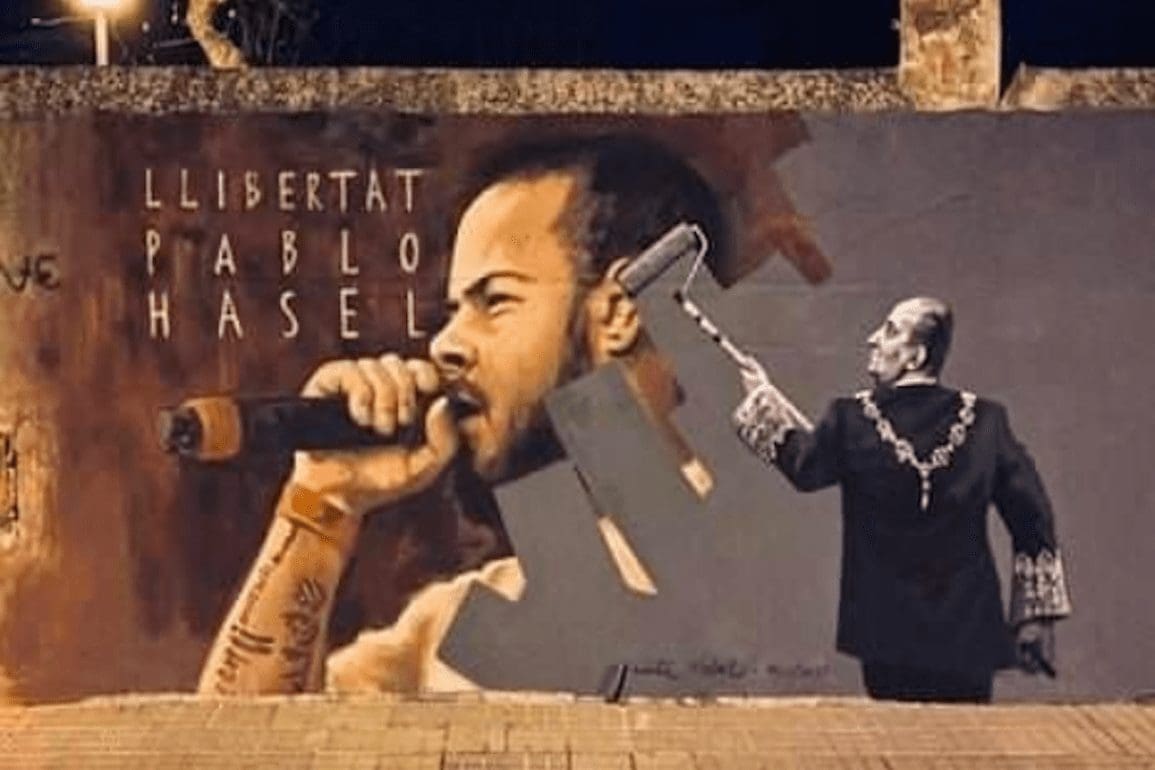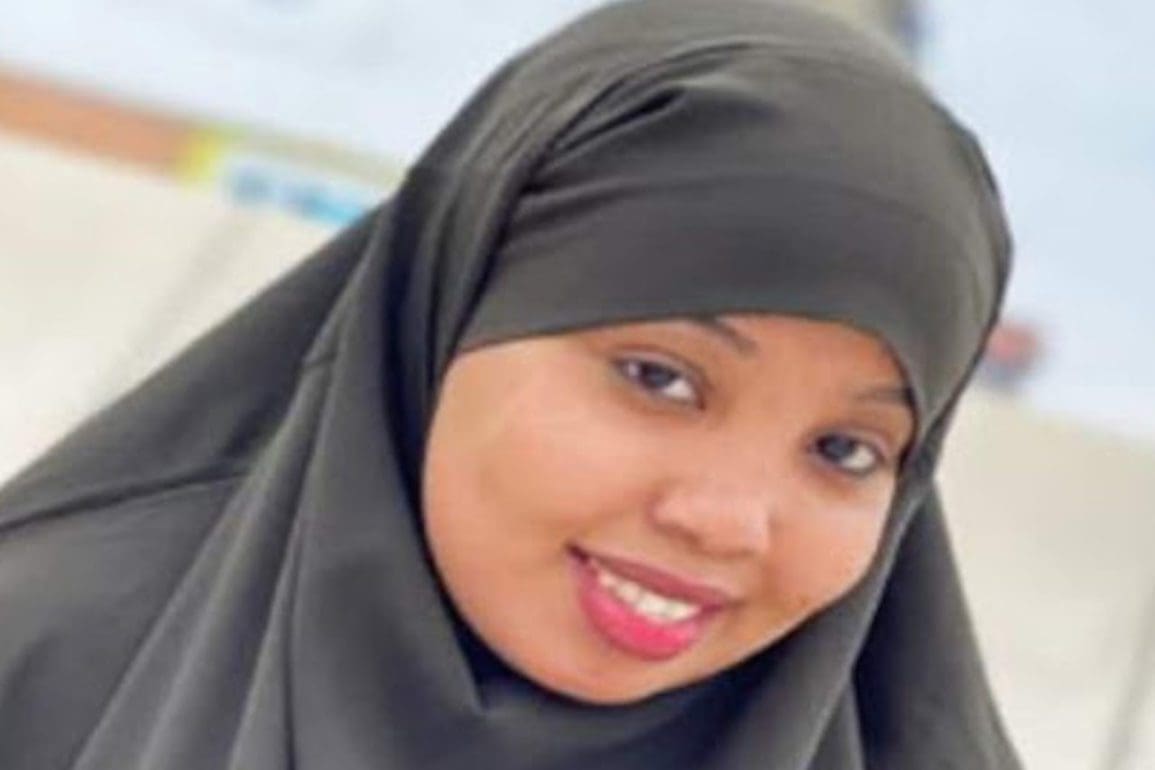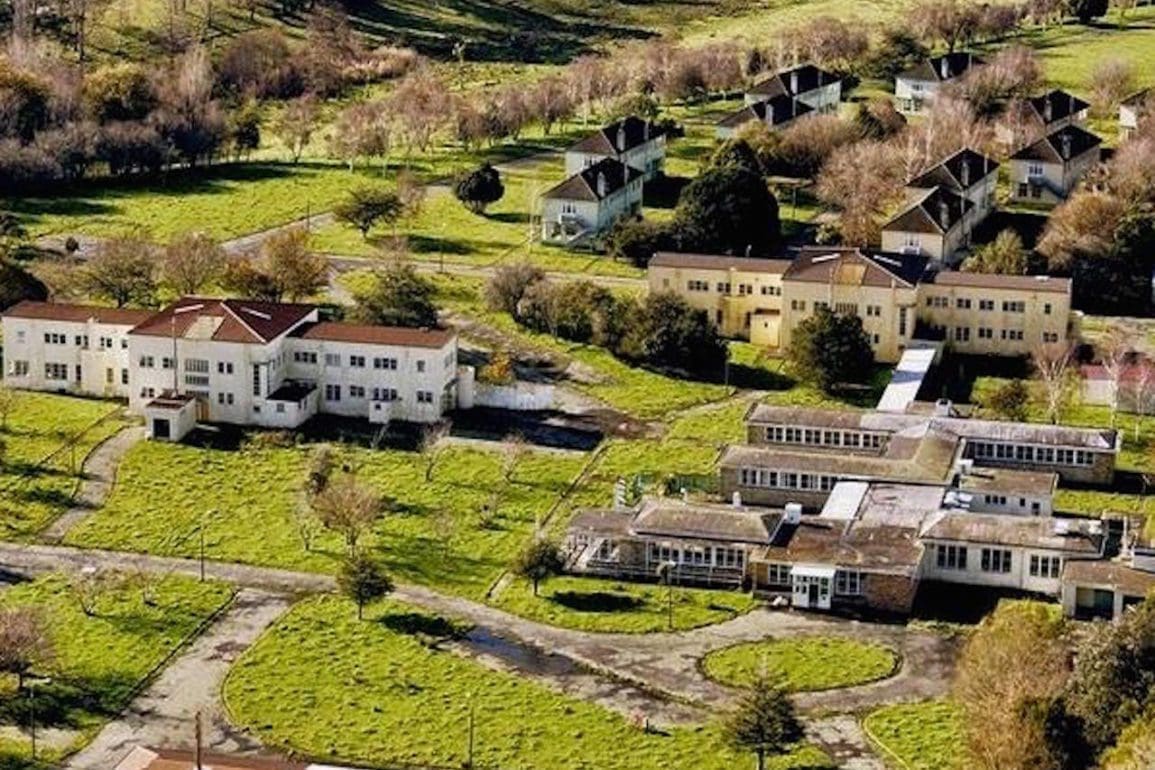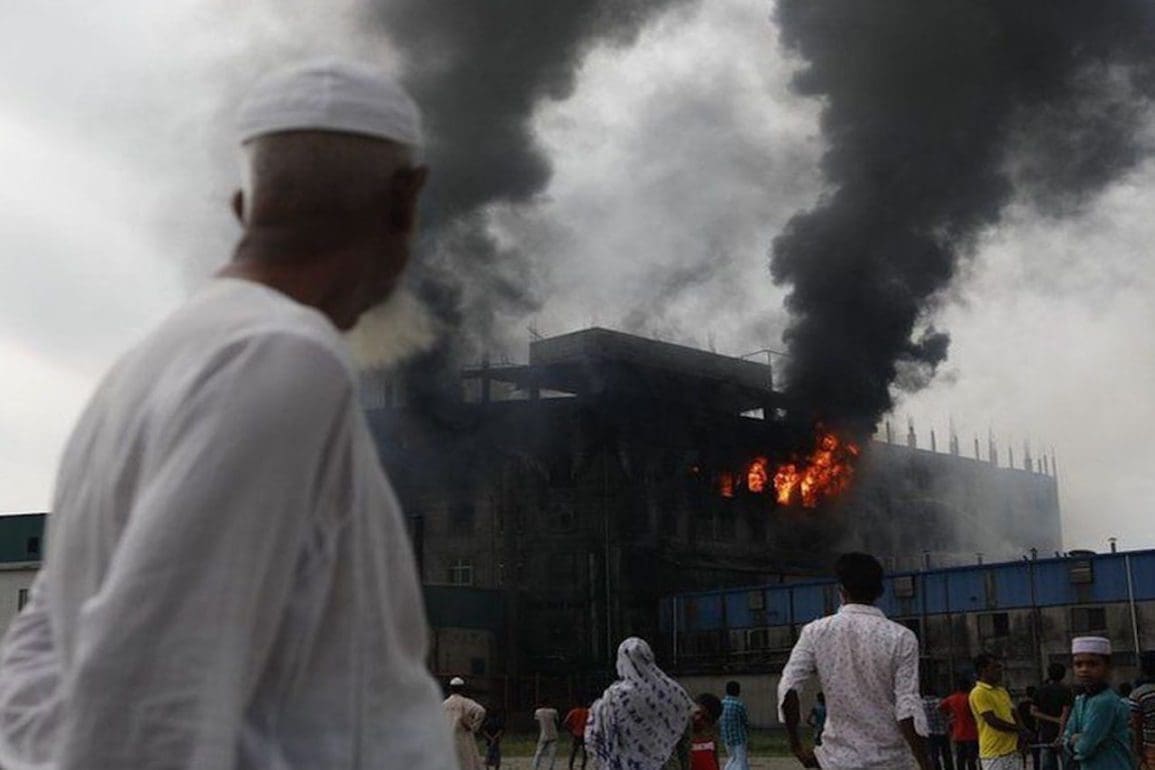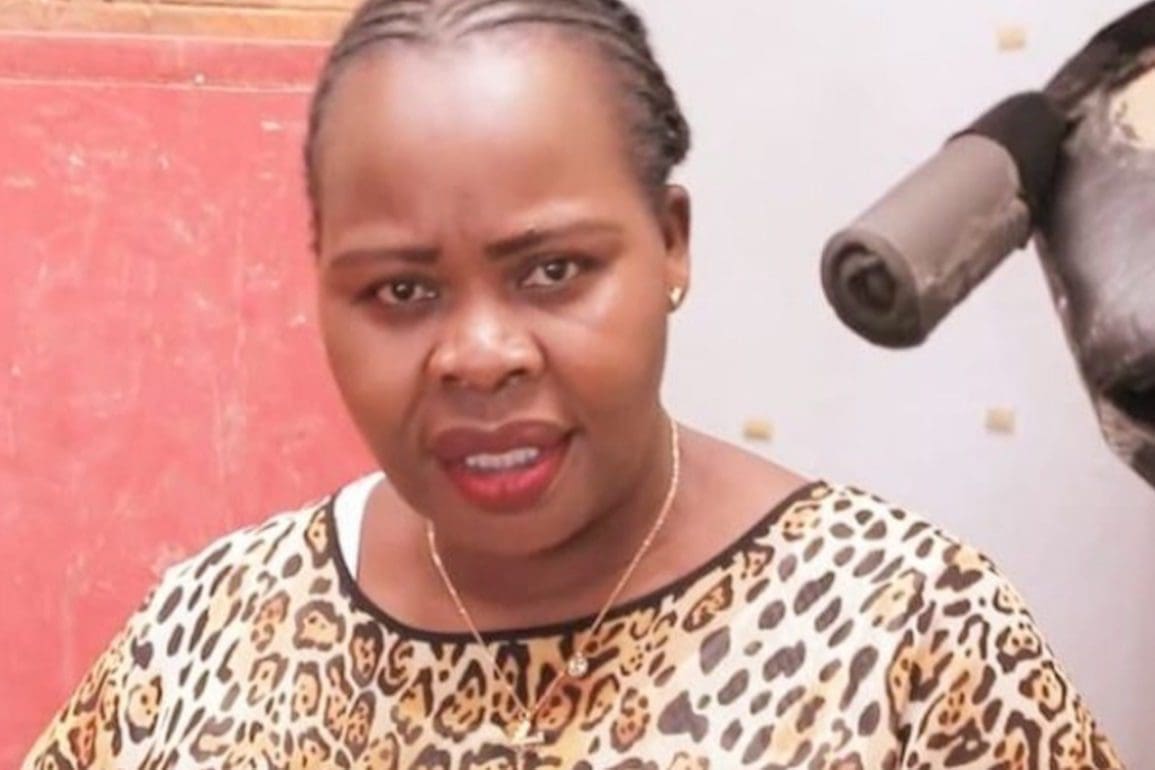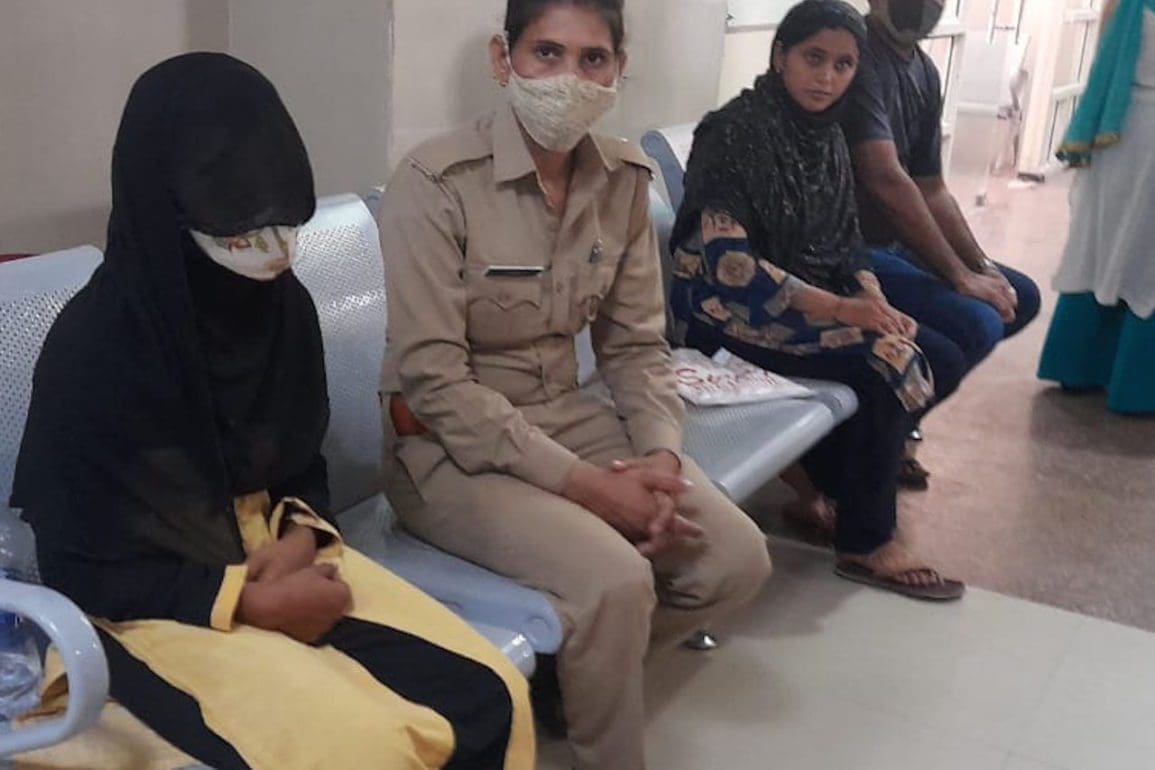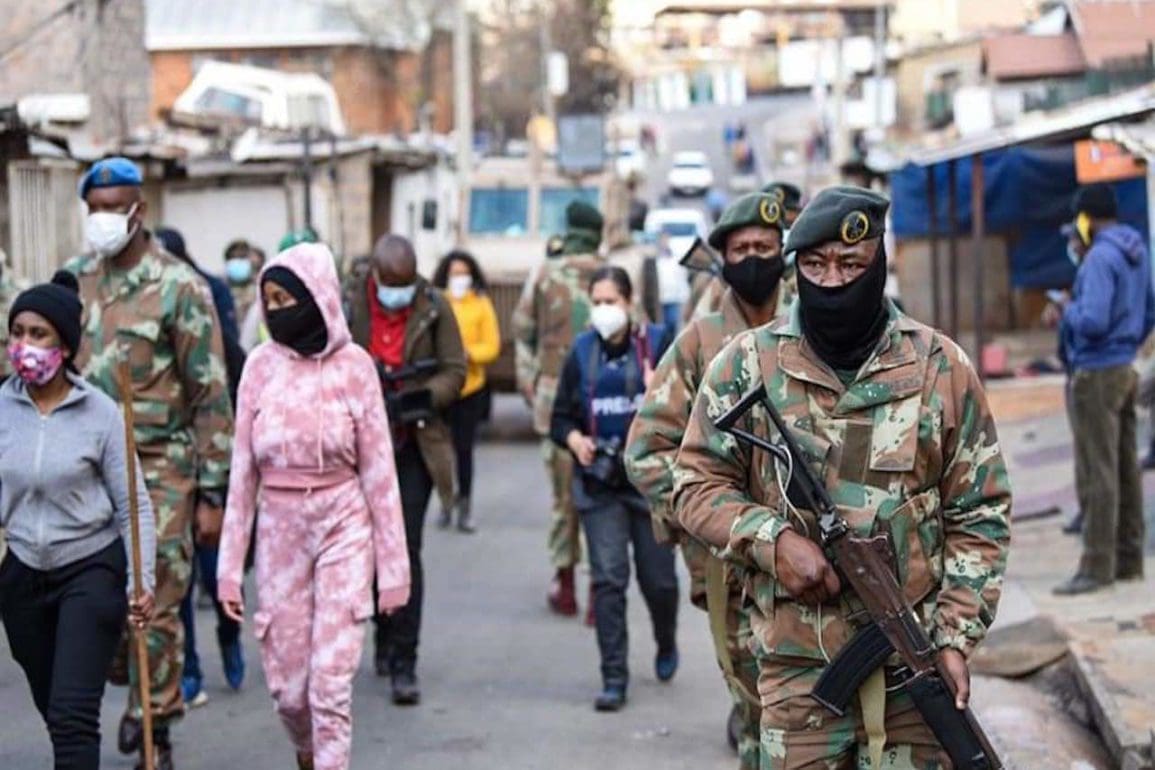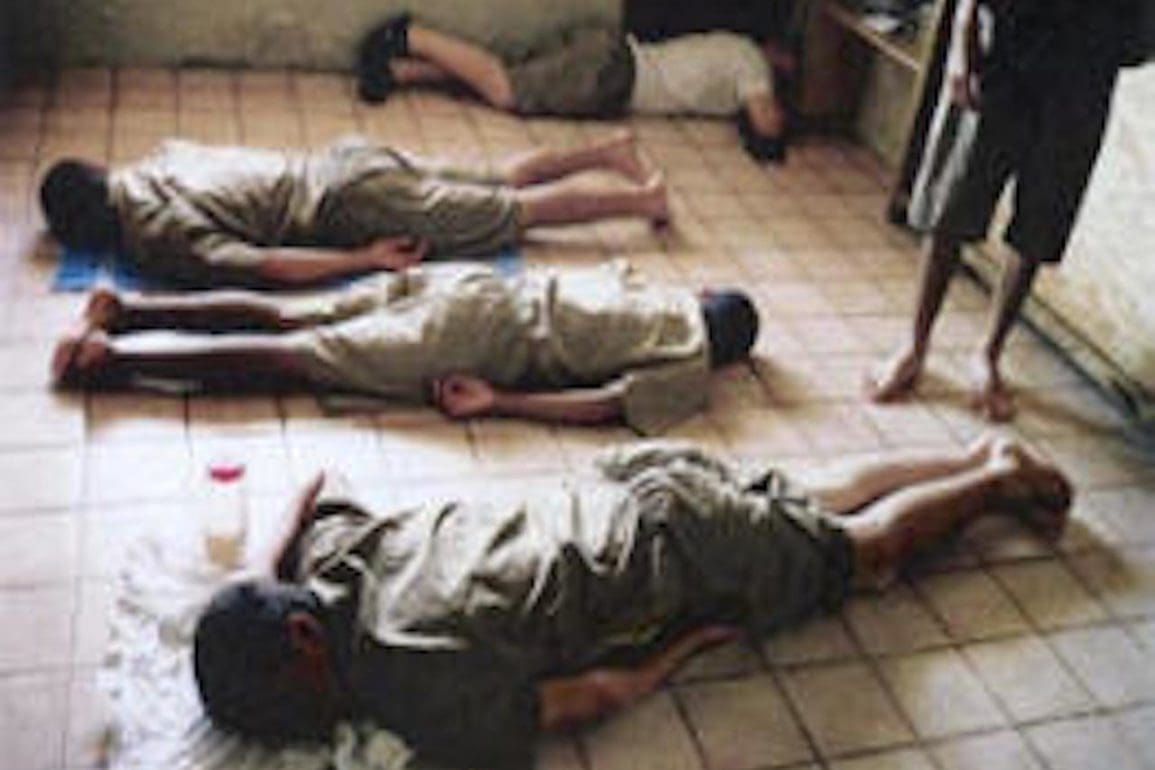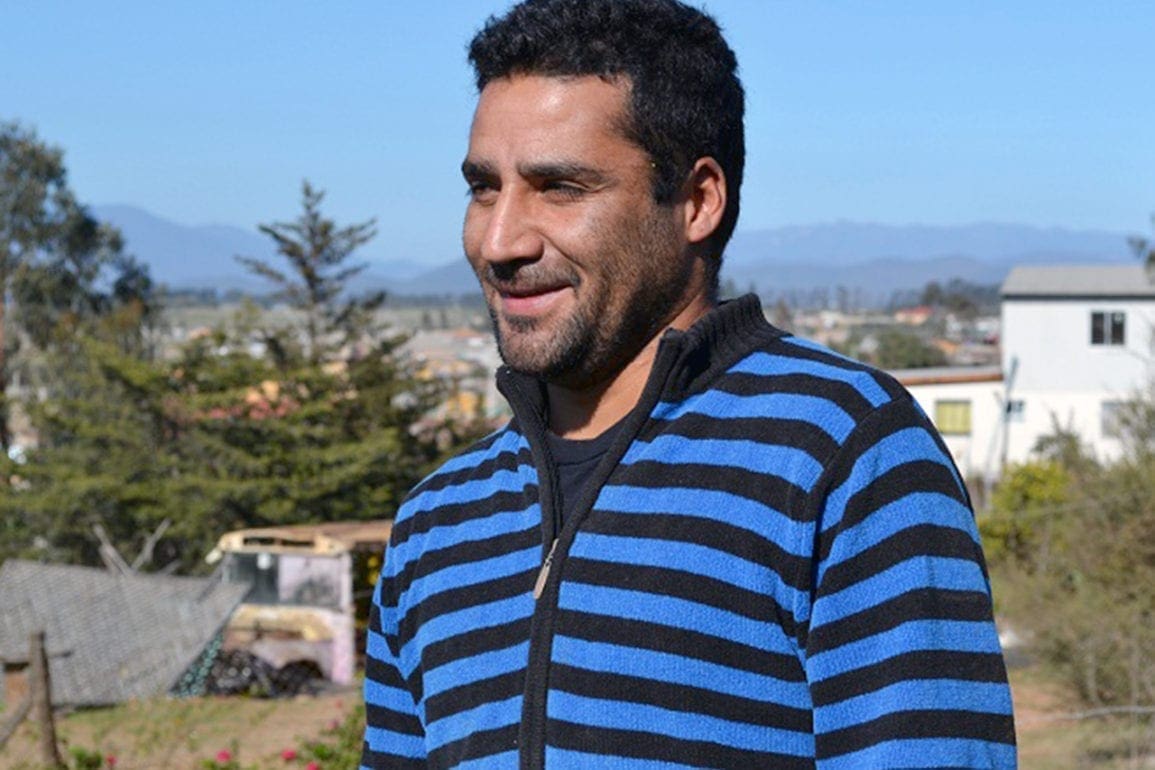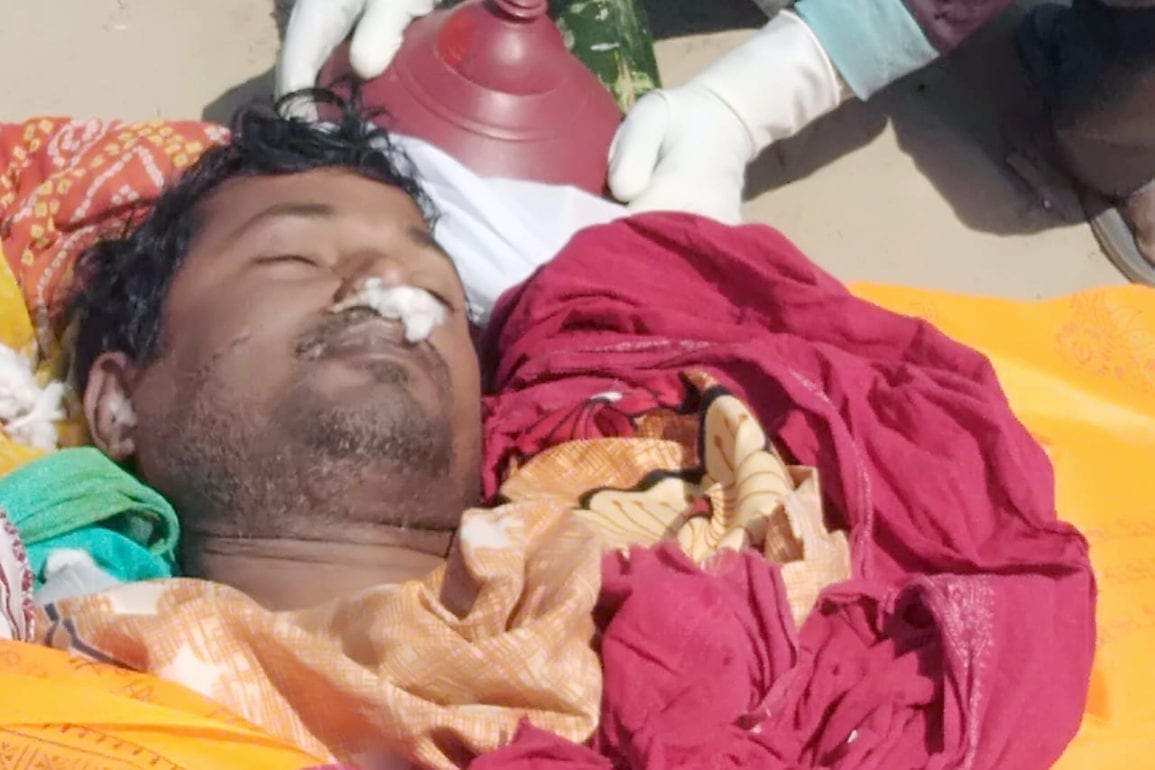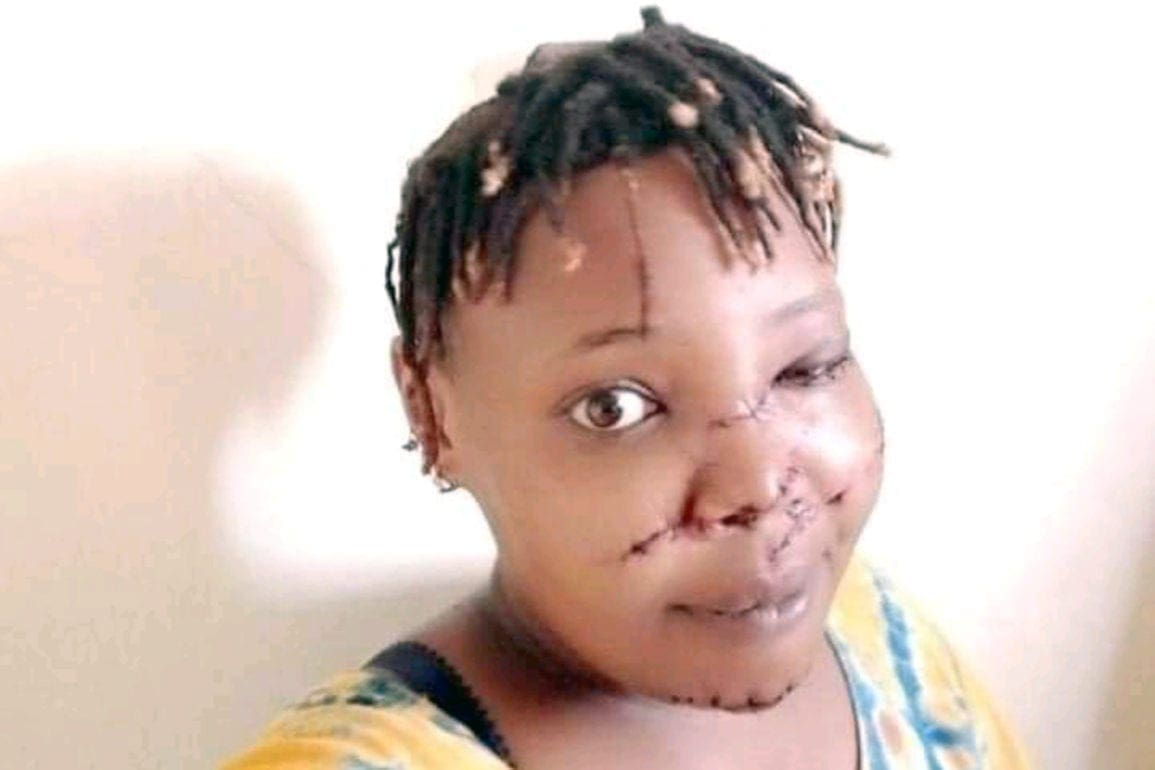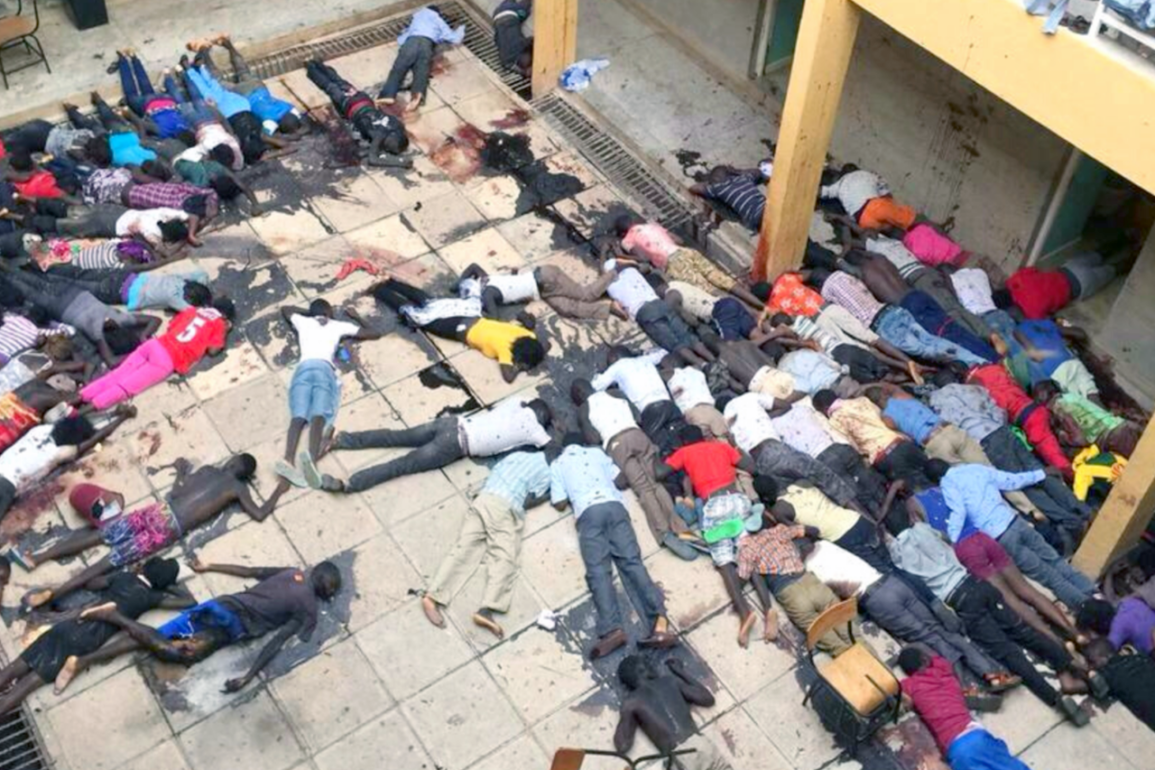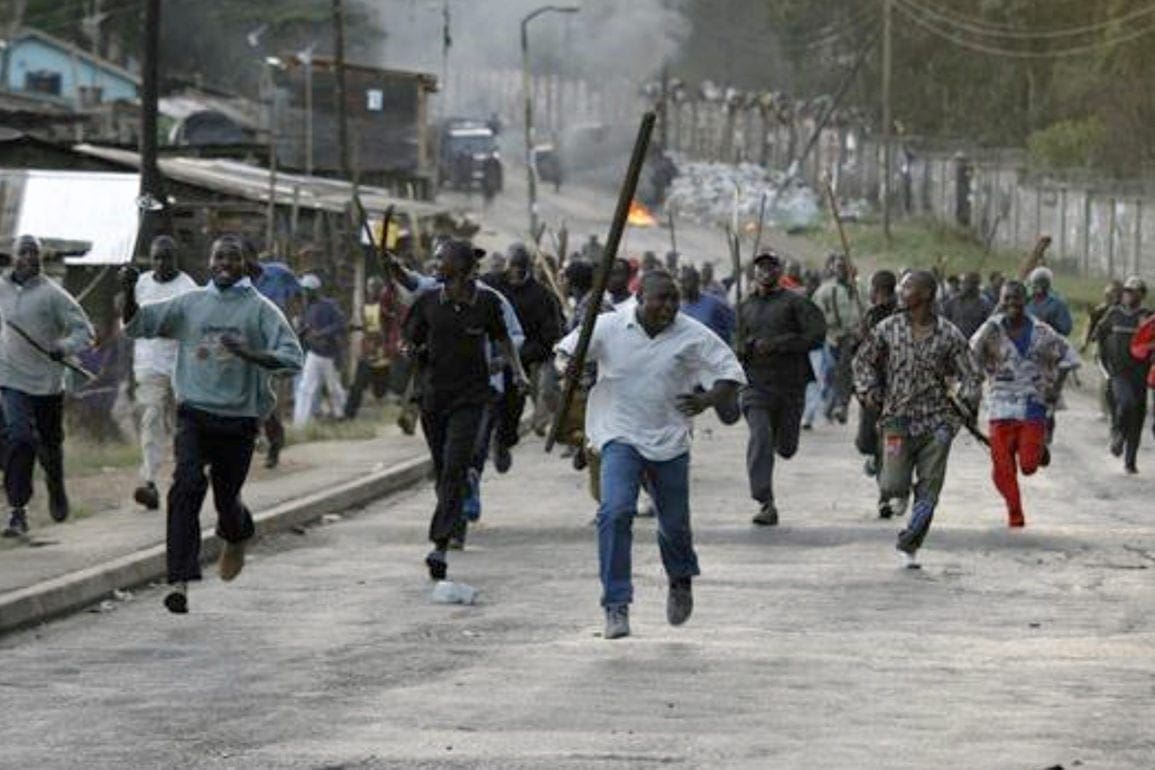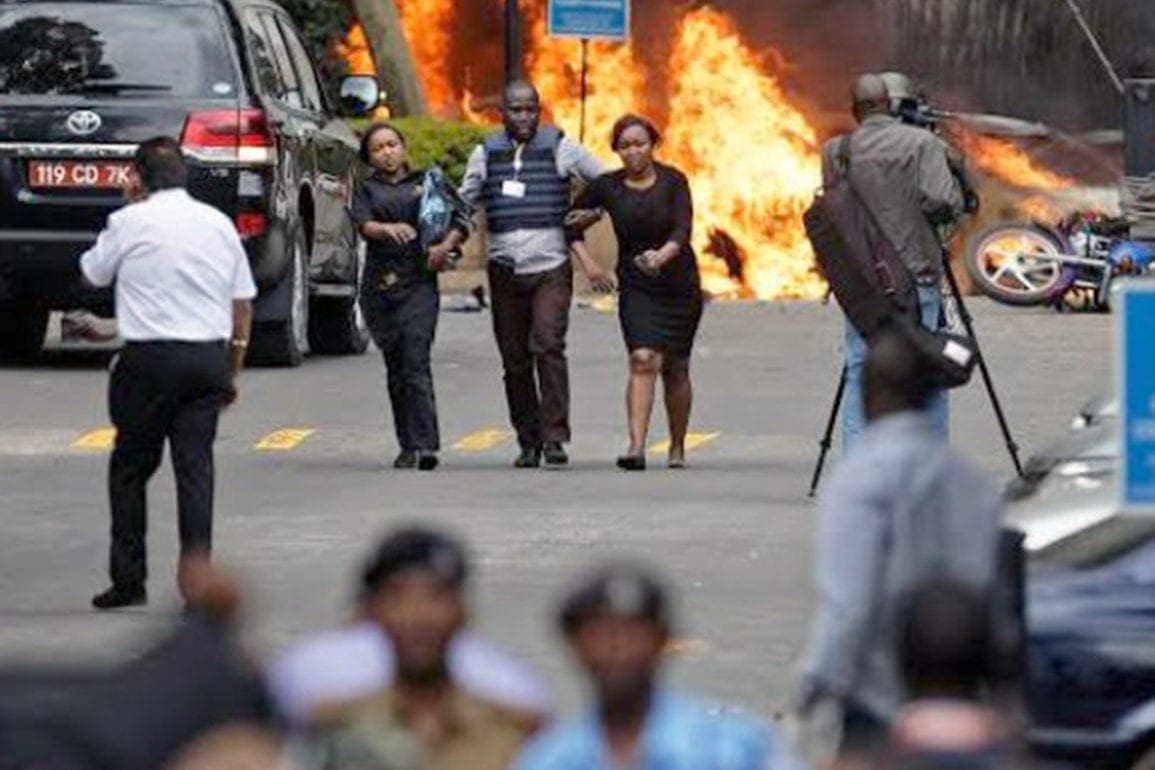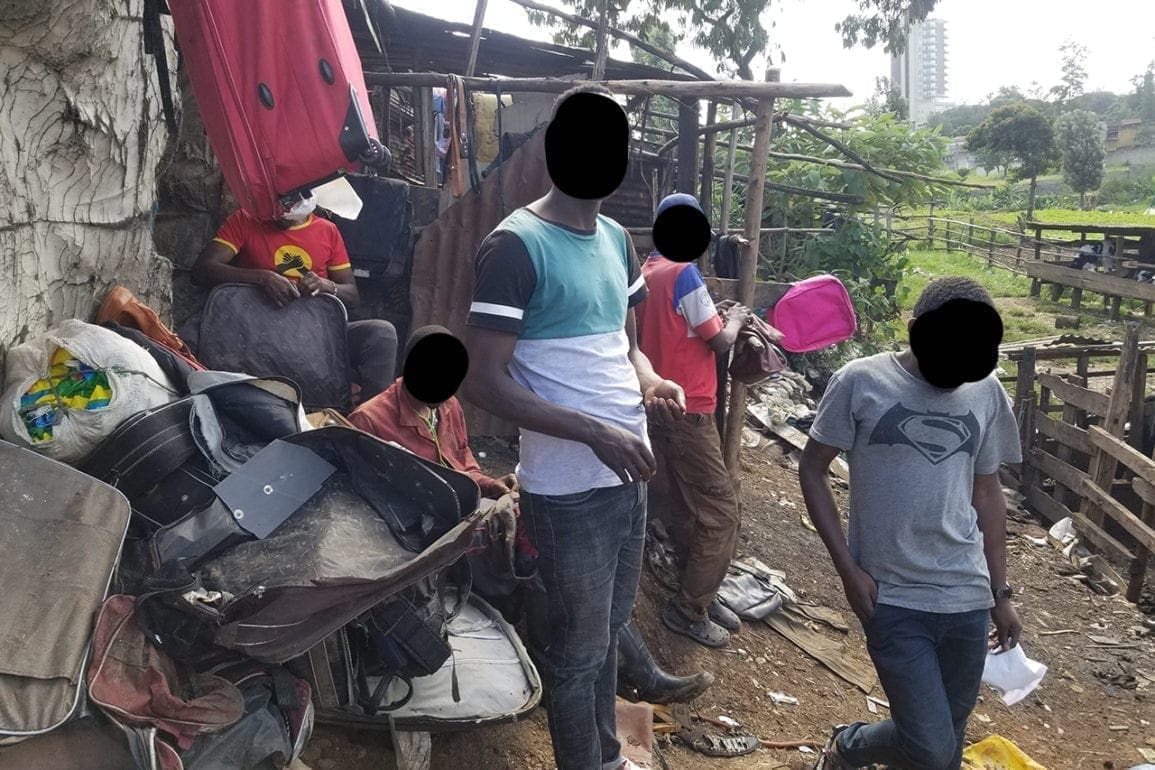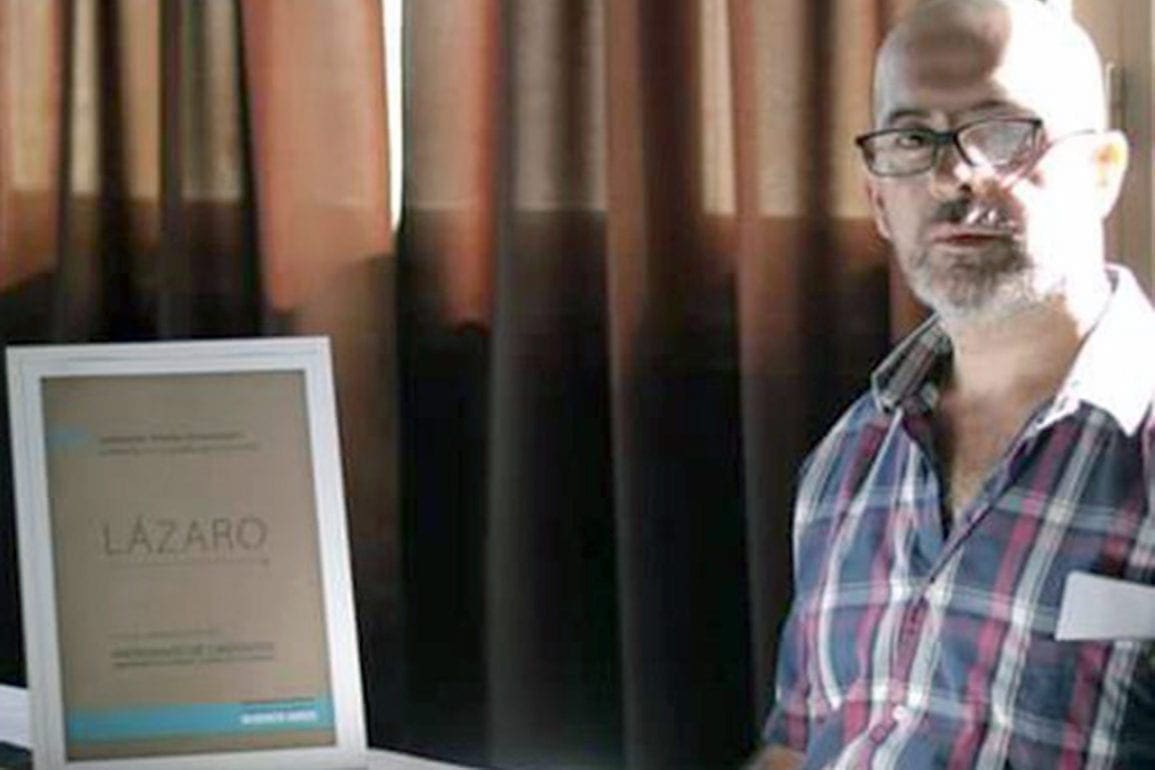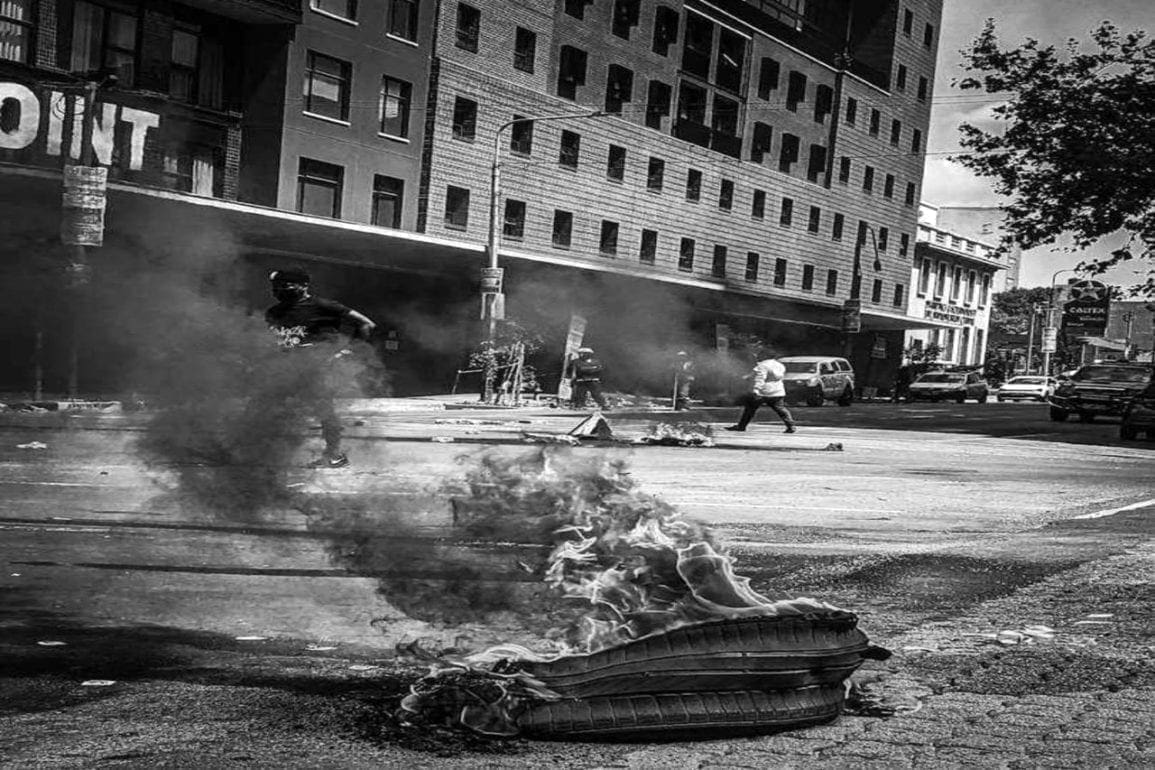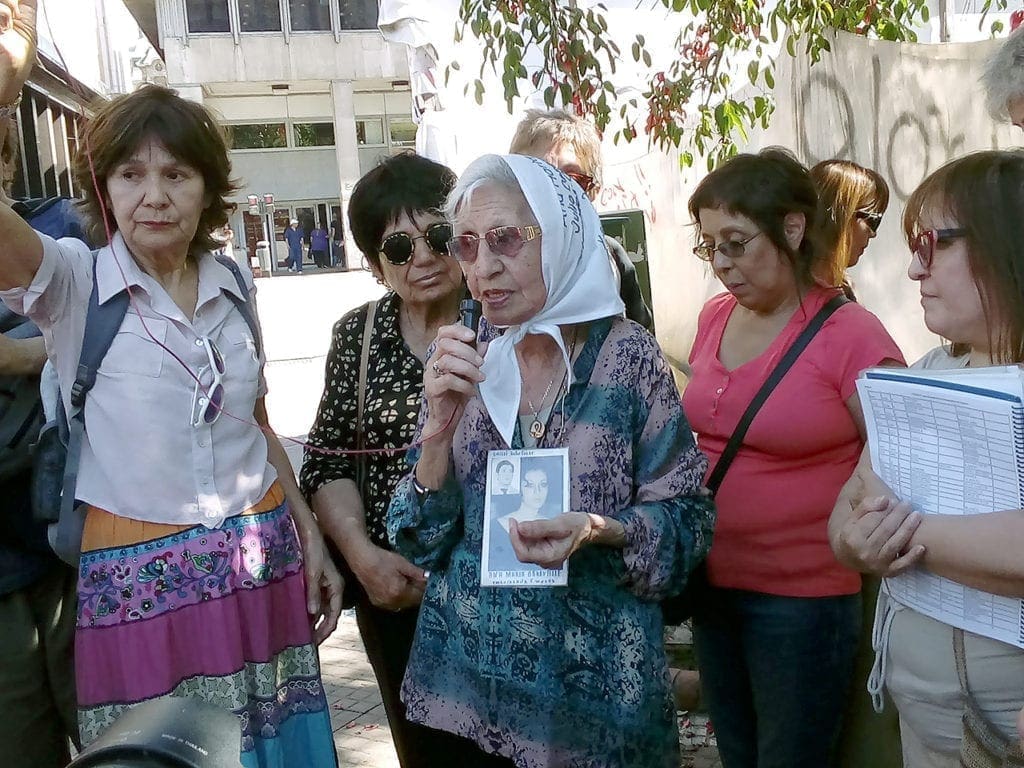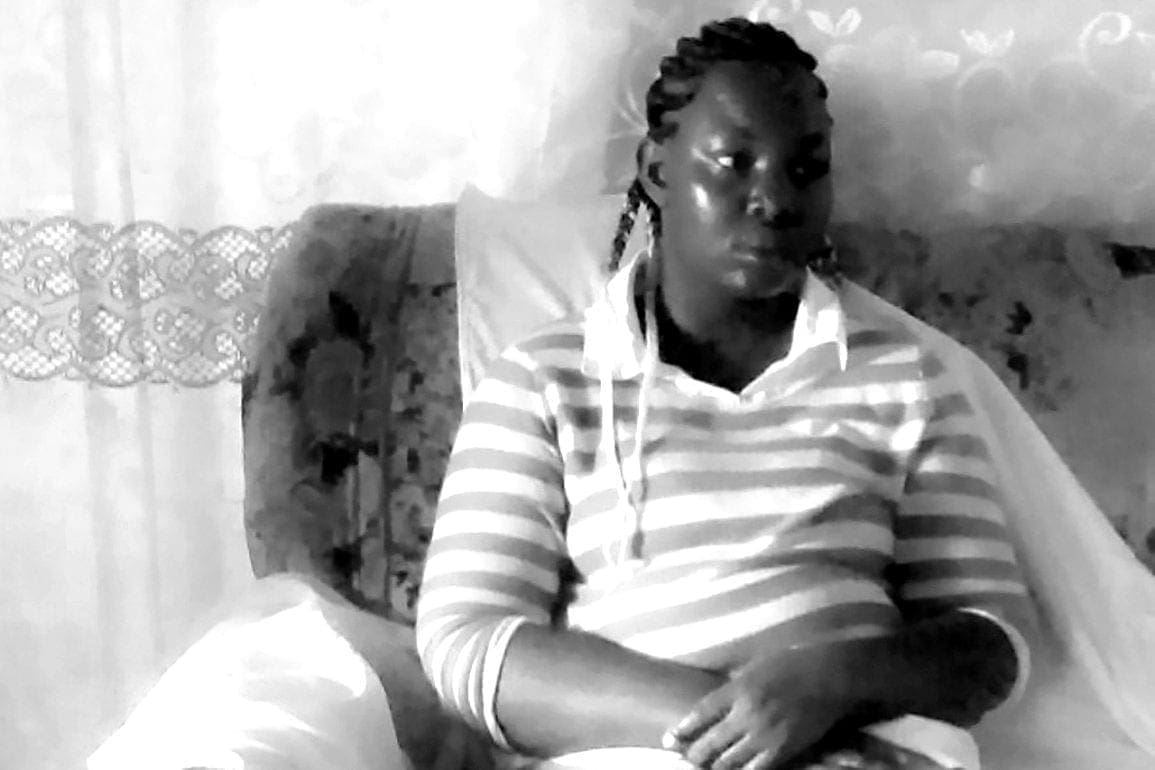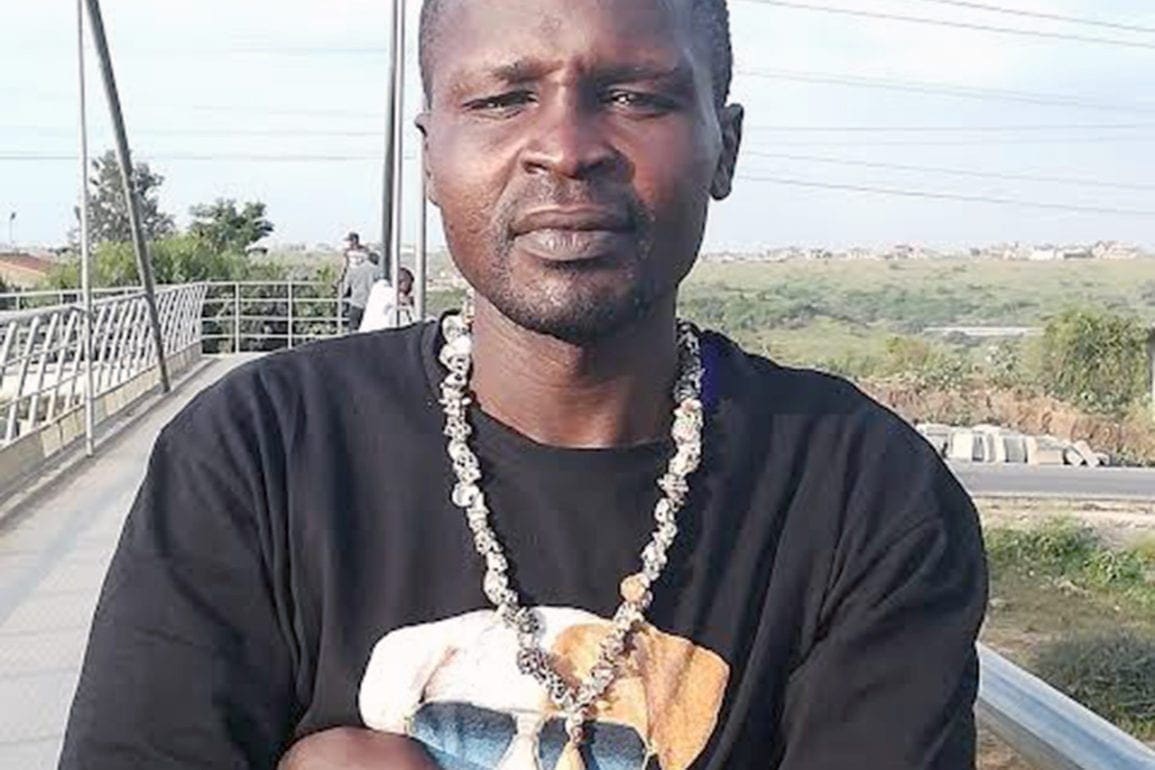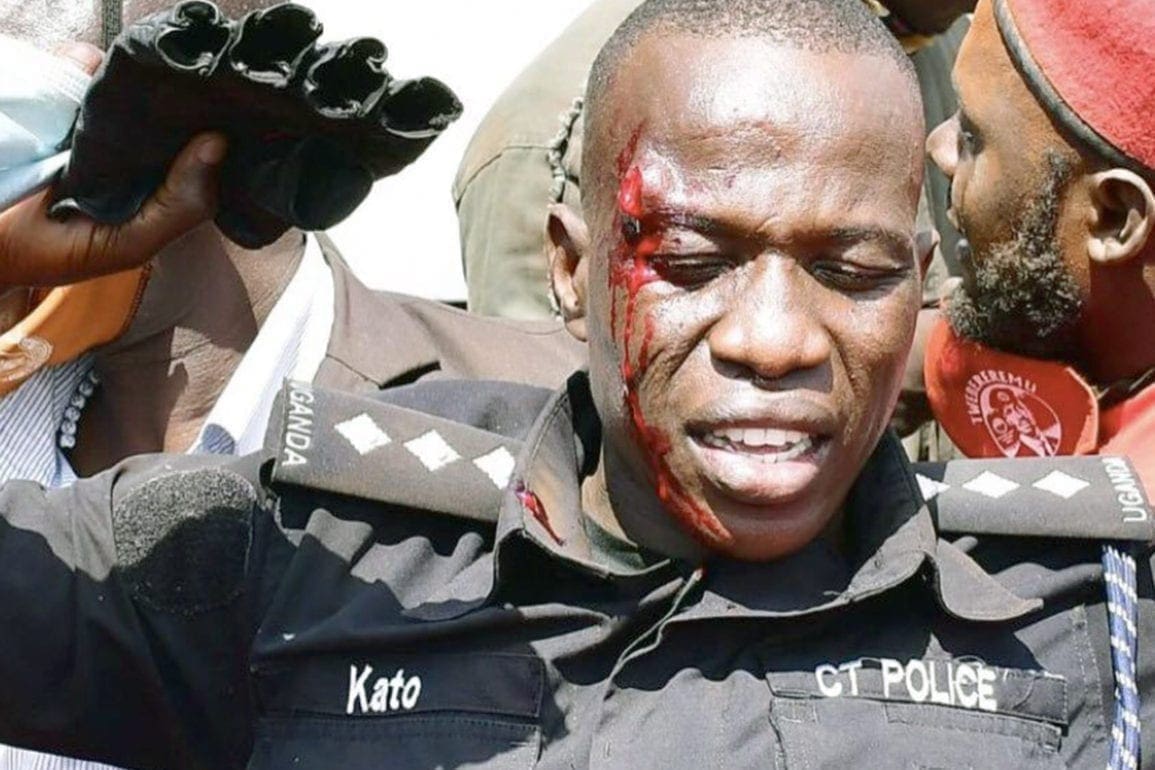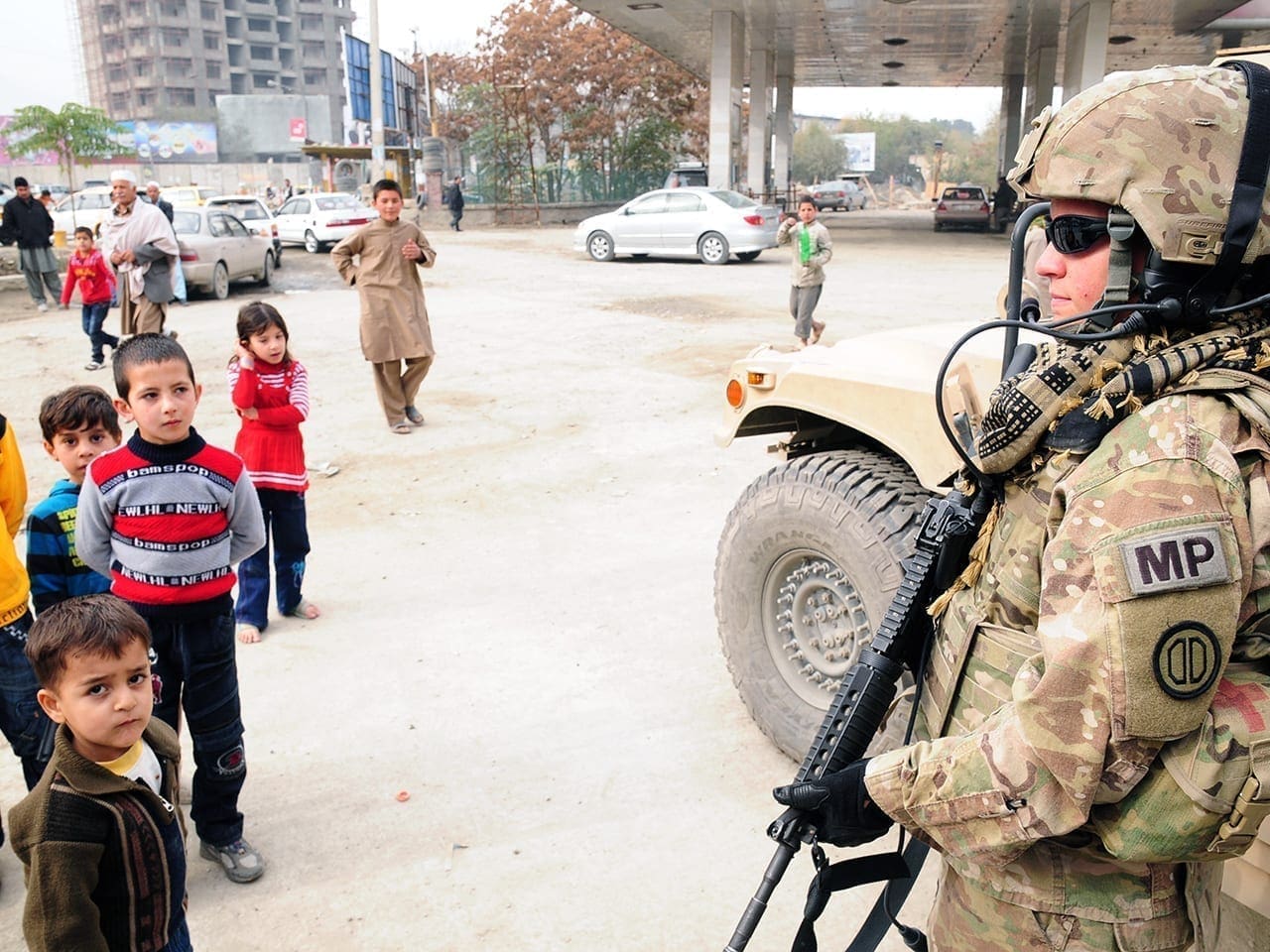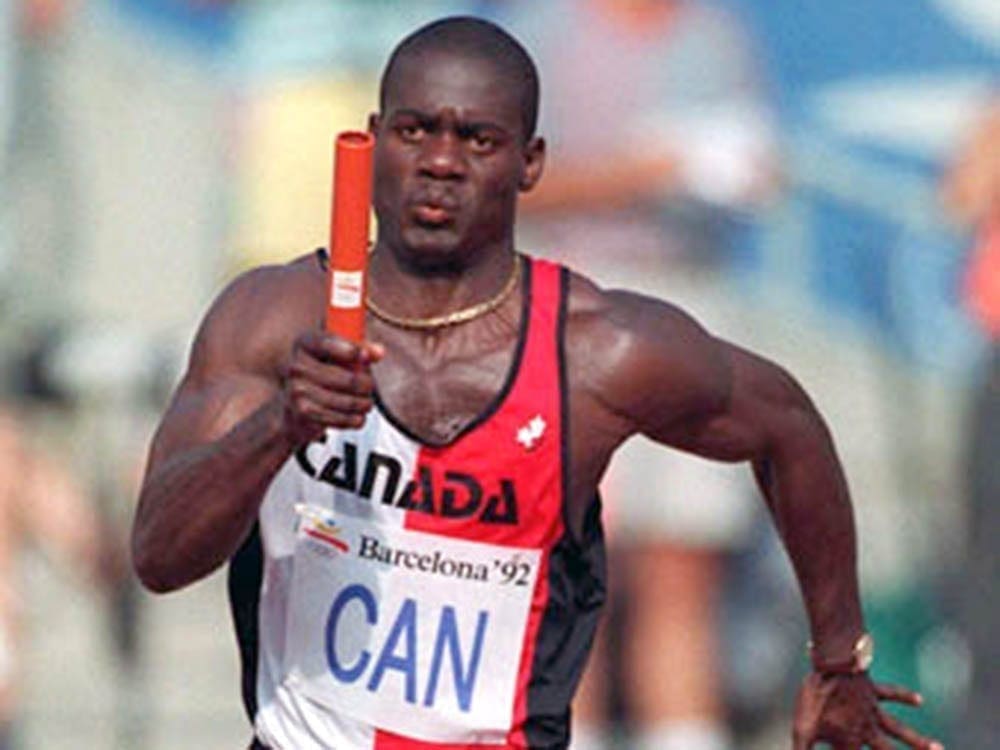Face to face with a murderer: journalist investigates failed system, killing of Ámbar Cornejo
Hugo Bustamante sat across the table from me, the “monster” who dominated Chile’s headlines and the man who brutally took Ámbar’s life. He sat without handcuffs, exuding a chilling air of control. It felt as if he held the upper hand even in this confined space. I knew every word I spoke and every movement I made carried weight, that any detail could become a tool of manipulation in his hands.
- 1 year ago
December 2, 2024
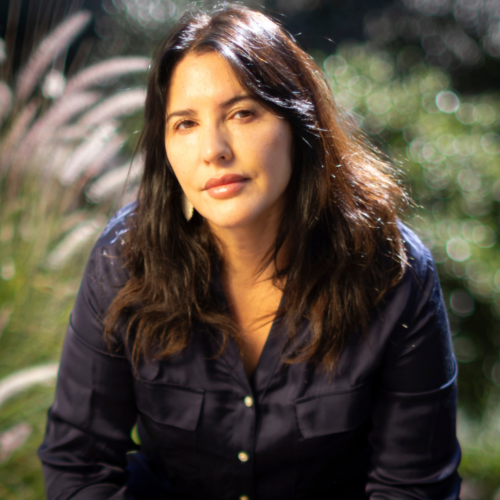
SANTIAGO, Chile — In the winter of 2020, amid the isolation of the COVID-19 Pandemic, something in me changed forever. During that dark time, as the world retreated into confinement, the case of Ámbar Cornejo shattered the silence in my life. At just 16, this young girl was brutally murdered in an act of unimaginable cruelty.
What struck me most was not only the horrific nature of her death but the bleak, harrowing journey of neglect and abandonment that defined her short life. Like many, I felt the shock and outrage, but beyond that, a personal drive to uncover the truth behind her story.
Read more crime and corruption stories at Orato World Media.
Ámbar’s story sparks a transformative journalistic investigation
In my years as a journalist, I encountered many difficult stories, but none compared to the heart-wrenching tragedy of Ámbar Cornejo. The more I delved into her story, the more apparent it became. This was the portrait of a collapsed protection network, where the warning signs of neglect and danger were ignored at every turn.
Ámbar’s murder was orchestrated by Hugo Bustamante, a man with a chilling criminal record, and her mother, Denisse Llanos, who became his accomplice. Bustamante, previously convicted in 2005 for the double homicide of Veronica Vásquez and her son Eugenio, was controversially granted parole in 2016. Upon his release, he resumed a relationship with Llanos, deepening their toxic bond.
Together, they perpetrated Ámbar’s murder, and in 2020, both were convicted for their unspeakable crime. I remember the early days of this investigation vividly. I spent sleepless nights pouring over court documents, psychological reports, and official letters. Each line unfolded like a narrative of pain, revealing the horror that shaped Ámbar’s life from a young age. Every omission by the protection system and every missed opportunity to save her felt like a wound. It felt as if Ámbar walked beside me, urging me forward.
The courthouses became a second home, though every time I entered, I felt an ache in my chest. The endless corridors and the cold walls filled with fragments of her life. Each document I held became another piece of her story, a detail etched in words. I often stopped to read, gripping the pages tightly, searching for something—anything—that could guide me through the tangled threads of her history.
My first interviews were with neighbors, family friends, and relatives
As the investigation progressed, I began speaking with people who knew Ámbar. My first interviews included neighbors, family friends, and relatives who once tried to shield her. These conversations became vital, though heartbreaking. Many times, I had to stop, step away, and catch my breath because each story delivered another blow, exposing the profound pain and loneliness Ámbar endured. However, I knew that before confronting her murderer, Hugo Bustamante, I needed to understand the context.
I remember one particularly poignant conversation with Ámbar’s grandmother, who recounted her desperate attempts to protect her granddaughter. She had always been concerned and painfully aware of the neglect and lack of love her granddaughter endured. In her words, I heard the sorrow of someone who tried to intervene but faced obstacles at every turn. Those obstacles included court decisions and even barriers imposed by Denisse, Ámbar’s mother, who refused her help.
The grandmother told me, “I wanted to take care of her, but they would not let me.” Her voice trembled with grief, and I shuddered as I listened. I imagined Ámbar growing up with the fragile hope someone might rescue her—a hope never realized. For Ámbar, the child protection system became yet another cycle of nightmares.
At just three years old, she was placed under the care of Sename (the National Service for Minors) after her sister’s death. Instead of finding safety, Ámbar and her brother faced environments that perpetuated the neglect and trauma they had already experienced at home. These so-called protective centers failed to shield them. They ignored the warning signs and returned custody to Denisse.
Preparing to learn the truth abour Ámbar’s story
I sat across from one of Ámbar’s caregivers in a quiet café. Her hands trembled as she spoke and her eyes filling with tears as she described her. Ámbar was a little girl who seemed to understand, even at a young age, that she was alone in the world. The caregiver recalled how Ámbar rarely sought comfort, her sorrowful eyes revealing years of silent suffering. Despite attempts to offer affection, Ámbar remained distant, shielded by an invisible wall of pain and neglect.
As the time approached to face Hugo Bustamante and Denisse Llanos in prison, I knew I needed to prepare for more than just a confrontation with facts. I needed to brace myself for the unknown and the terrifying. I faced a psychological battle requiring an understanding of the darkest aspects of human nature. To prepare, I delved into literature on psychopathic behavior. I studied books on FBI profiling of criminals and decoding their mindset. I immersed myself in texts about manipulation, emotional detachment, and superficial charm. In the process, I felt myself changing.
Each step of preparation was a blend of trepidation and determination. I knew I had to remain composed, even as I prepared to listen to people speak of death with a chilling indifference that felt profoundly inhuman. The days leading up to the visit were filled with tension. I rehearsed my questions endlessly, aware that every word must be deliberate and measured. This encounter required precision and control. Then, the day arrived.
Hugo Bustamante, the “monster” in Chile’s headlines
The trip to the prison remains a blur in my memory. I only recall parking the car, closing the door behind me, and passing through a series of security checkpoints. A correctional officer, assigned to stay by my side, guided me down one hallway and another, the air growing heavier with each step. Finally, I entered a small, stark room and came face to face with the murderer.
Every movement felt critical, like walking a razor’s edge. A heightened sense of alertness consumed me, as if I stood on the brink of a cliff. The small windowless interview room—no more than three-by-three meters— felt stark, cold, and hostile. They left the door ajar.
Hugo Bustamante sat across the table from me, the “monster” who dominated Chile’s headlines and the man who brutally took Ámbar’s life. He sat without handcuffs, exuding a chilling air of control. It felt as if he held the upper hand even in this confined space. I knew every word I spoke and every movement I made carried weight, that any detail could become a tool of manipulation in his hands.
The air in the room felt heavy and pressed down on me. I drew a deep breath, reminding myself I sat there for Ámbar. The silence felt oppressive, as though it might crush me. My heart raced, but I kept control. I observed him, studying every gesture, blink, and subtle movement of his hands. We began to speak, and the silence between us hung like a third presence in the room.
I knew any hint of emotion or condemnation might shut him down
My questions came direct, calculated, and free of judgment. I knew any hint of emotion or condemnation might shut him down. He tried to seize control of the conversation, answering evasively, withholding information, or deflecting as a display of dominance. Yet, I prepared for his tactics. Each exchange became a silent battle of wills, a delicate dance to uncover the truth without giving him the satisfaction of control.
At one point, I mentioned the collective grief surrounding Ámbar’s disappearance. Parents, friends, and strangers joined the search out of empathy and anguish. Rather than a glimmer of remorse or humanity, his demeanor shifted, and he appeared visibly irritated. I watched intently, barely blinking, as he answered with a cold indifference that bordered on contempt: “Yes, I felt uneasy. I could not cook. I wanted to make empanadas to celebrate an occasion, and I could not.”
In that moment, Ámbar’s life seemed nothing more to him than a domestic inconvenience, a minor disruption in his routine. This felt like a chilling confirmation this man was completely dehumanized. Bustamante reduced her life to an obstacle in the kitchen, rendering it meaningless.
That cold detachment revealed something critical about his psychopathy. Beyond the fact Bustamante remained incapable of feeling the pain of others, he could not even perceive it as real. His comment about the empanadas lingered in my mind, a grotesque symbol of his detachment.
Prison interviews: returning home was a battle to preserve my sanity
Later, when I asked about his first victim Veronica, with whom he had once been in a relationship, Bustamante locked eyes with me. Without hesitation, and with a chilling coldness, he said: “With her, I was free to do anything.” That brief, devastating sentence hung heavily in the air. I felt a shiver run through me, though outwardly I remained composed. Inside, my mind reeled, processing the weight of his words while I struggled to mask every instinctive reaction.
Leaving the prison felt like taking a deep breath coming out of the water, but the relief never lasted. Once in the parking lot, I sat in my car, staring blankly ahead, unable to process what just unfolded. I would turn on the radio, desperate for distraction, but his calculated, cold voice echoed in my mind, haunting me with the magnitude of his words.
That first encounter gave way to another, and then another, each carrying the same suffocating darkness. Every time I pressed him about the possibility of additional victims, he deflected or avoided a clear answer, wielding silence as yet another tool of control. At times, the space between us felt dangerously insufficient, as if even physical distance could not shield me from the oppressive weight of his presence.
Each time I returned home, it was a battle to keep my sanity intact. I struggled to set aside the weight of those revelations, even for a moment. Sleepless nights became my routine. I closed my eyes, only to hear his voice again and to feel the same oppressive air of those interview rooms. My insomnia became filled with vivid images and sensations that refused to fade, as if the story demanded I stay immersed in its tragedy.
Bustamante’s “gift:” a chilling confession of two more murders
During our third meeting, an event unfolded that forever changed the course of my research. I pressed him again for answers about possible additional victims. This time, he broke his silence, fixing his gaze on me and, with chilling calm, declared he had a gift for me. I felt taken aback. Bustamante never gave anything without an ulterior motive, and I struggled to fathom what he might consider a “gift.” The word echoed in my mind.
Suddenly, his tone, paired with a grim, menacing smile, intensified my sense of dread as he began to speak. Without hesitation, he uttered two names: Elena Hinojosa and Eduardo Paez [missing since 1996]. I froze. He confessed to killing them and added a location of their bodies. He claimed to have buried their bodies at the same address where they found Ámbar.
The revelation shocked me. He offered no details, but the names and the address painted a grim picture. The weight of his words hit me like a physical blow, each one heavier and more horrifying than the last. For a moment, I felt myself struggling to process the magnitude of what he just admitted.
What he shared went beyond a confession. It felt like a demonstration of his utter contempt for life. His “gift” was a twisted tool of control. He manipulated my presence in his macabre game. I could barely take notes. Each word written down that day felt like a step closer to the abyss. As I left the prison, I struggled to breathe, as though some of that darkness latched onto me, refusing to let go.
Final meeting with Bustamante and preparing to confront Ámbar’s mother
During my fourth and fifth meetings with Bustamante, the tension became unbearable. Each question clashed with his calculated indifference, and as the conversations progressed, his detachment from Ámbar’s life and death became increasingly unsettling. He spoke of trivial matters, oblivious to the gravity of the horrors I pieced together.
For a fleeting moment, at the final meeting, I felt real fear. The correctional officer briefly peeked through the open door, a stark reminder of the fragile balance I existed in. I knew this to be our last conversation. Closing my notebook, a bitter clarity settled over me. With a lump in my throat, I left the room. Having reached both an emotional and professional limit after confronting his remorselessness, I withdrew, knowing I went as far as I could.
Denisse Llanos, Ambar Cornejo’s mother, remained incarcerated in the San Miguel Women’s Prison in Santiago, where she served a life sentence for participating in the murder of her daughter. Denisse acted as an accomplice in the rape and murder of Ámbar and actively participated in acts of sexual abuse and corruption of minors. These crimes reflected a brutality the judges described as extremely serious. I approached Denisse with a mixture of nerves and expectations, curious whether she felt regret.
Preparing to interview Denisse Llanos
Arriving at the prison, once again I followed a series of security checks, making each minute last longer. I braced myself for a difficult encounter, but nothing prepared me for what I saw and heard from Denisse. The small, stark room with cold, gray walls felt unwelcoming. Sitting across from me, Denisse Llanos looked back at me with a strange mix of anxiety and unsettling familiarity.
It felt like she wanted to confess something but struggled to bring herself to say it. I could not reconcile the fact that this woman was Ámbar’s mother. Her expression remained void of pain or loss, trapping me in competing feelings of tension and revulsion. I vividly remember the moment Denisse broke the silence.
Without hesitating, she told me the reason for killing her daughter: the IFE money, a state aid payment. Her words hit me like a physical blow. The sheer lack of empathy in her tone left me stunned, exposing a level of evil I never encountered so closely. She spoke as if recounting a mundane bureaucratic detail—devoid of remorse, absent of even the faintest trace of love for her child.
Denisse spoke with cold, dismissive remarks, as if Ámbar had been nothing more than a stranger or an inconvenience. She justified her actions by claiming that Bustamante had “taught her to hate her daughter.” The emptiness in her words felt indescribable, leaving me hollow. I pressed her on specific issues, attempting to confront her, but my questions seemed to slide off her indifference, unable to pierce the barrier she constructed. Instead of showing pain or remorse, she shifted the conversation to her struggles, lamenting the difficulties of being alone in prison.
A mother’s indifference: “Her detached posture, casual shrugs, and lack of guilt were infuriating”
She spoke of Ámbar with cold detachment, like her daughter was a distant, irrelevant figure. When I asked about the abuse Ámbar endured, her response hit like a punch “I did not believe her,” she said. In that moment, the full weight of Ámbar’s story crashed down on me. How could a mother respond with such indifference?
I struggled to maintain composure. Her detached posture, casual shrugs, and lack of guilt felt infuriating. Every word tangled me in anger and sadness, but I forced myself to remain neutral. Her behavior became invasive as she reached out with gestures, futile attempts at connection her words failed to achieve. At one point, she admitted, “I never did anything good for her,” a statement void of remorse for the life she destroyed. The desolation I felt made it nearly impossible to continue.
When I left the room, I felt drained, as though I stared into an impenetrable void. A heavy bitterness settled over me. Ámbar had been failed not only by Hugo Bustamante but also by her own mother, the one person who should have protected her. Sleepless nights and recurring nightmares consumed me. The few hours of sleep I managed to get became haunted by dreams of Ámbar.
I saw a fragile figure reaching for help. Fatigue and stress wore me down. I lost weight, and each day became a battle to stay upright and continue the investigation. Her story weighed on me constantly, not as a professional obligation but a deeply personal fight for justice. Ámbar’s story became a haunting reminder of the lives shattered by neglect and indifference, a truth that demanded to be told.
I had to write a book, not just for Ámbar but for all victims failed by the system
I never felt fear so acutely. Ámbar’s story consumed me. The horrifying truth of Bustamante’s crimes left no doubt. I had to write a book, not just for Ámbar but for all victims failed by the system meant to protect them. Through exhaustion, tears, and rage, I began writing. It became more than recounting a crime; it became a denunciation of systemic failure, a plea for accountability, and a call to awaken collective conscience.
The release of La Niña Ámbar sparked an immediate and powerful reaction. As responses poured in, I saw how my work awakened public awareness, stirred emotions, and prompted difficult but necessary questions. It felt like a relief and a burden to witness the impact of her story on readers. Despite her suffering, Ámbar carried an instinct for survival.
She longed for love and protection, things tragically denied by those closest to her. Her relentless search for safety and affection kept her hope alive, even in the face of neglect and abuse. Ámbar’s resilience was a testament to her desire to live and find the care she desperately needed but never received.
Sometimes, I open the drawer of my desk and find a simple bracelet, a few photos, and messy drawings—remnants of Ámbar’s world. Holding these objects, I feel her spirit and impulse to create and live. They carry the innocence stolen from her, and the weight of that loss breaks my heart.
Writing Ámbar’s story gave voice to someone never truly heard. My only hope is that Ámbar will not be forgotten and that her pain was not in vain. Every word of my book became an effort to ensure her story endures.

